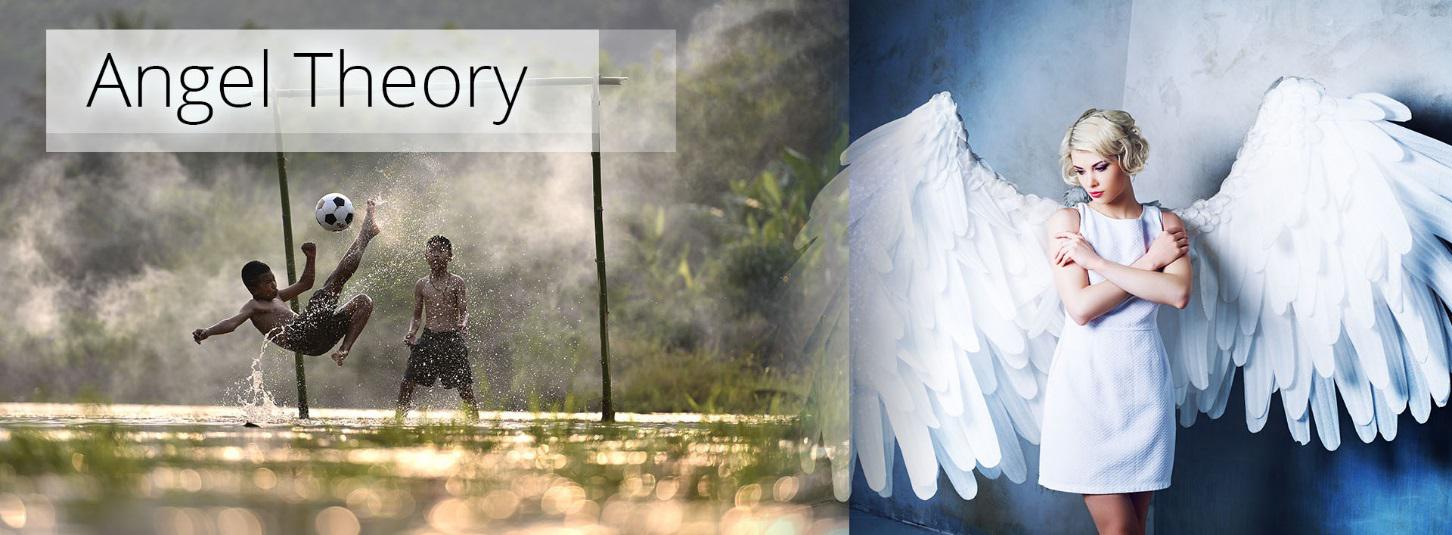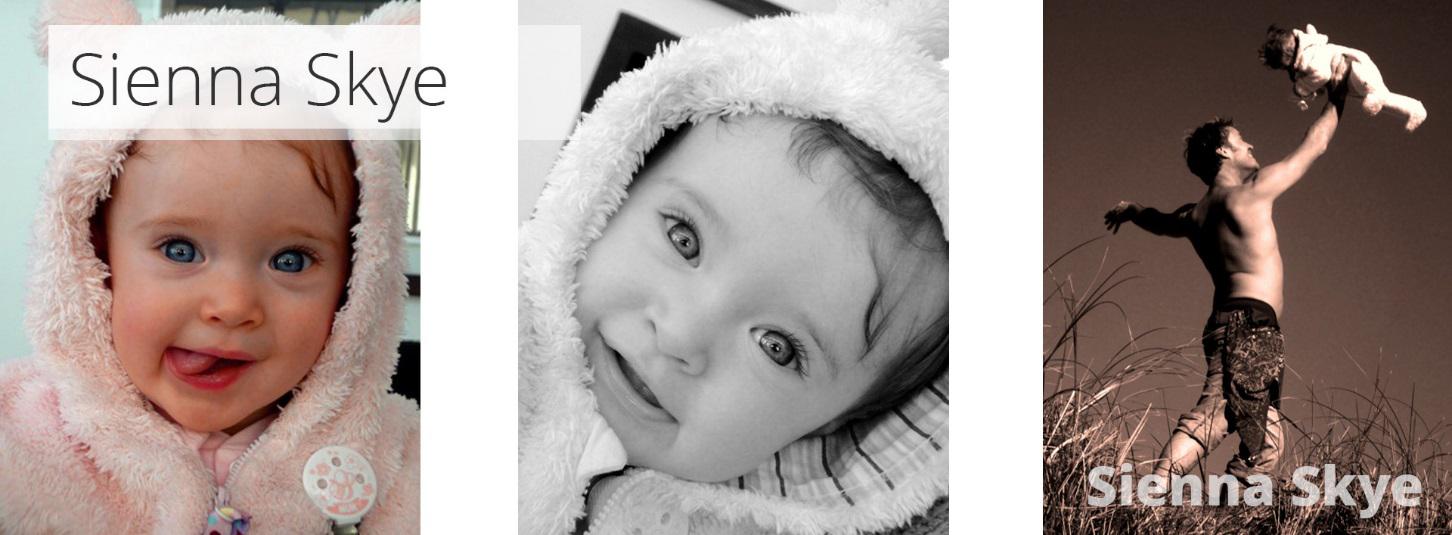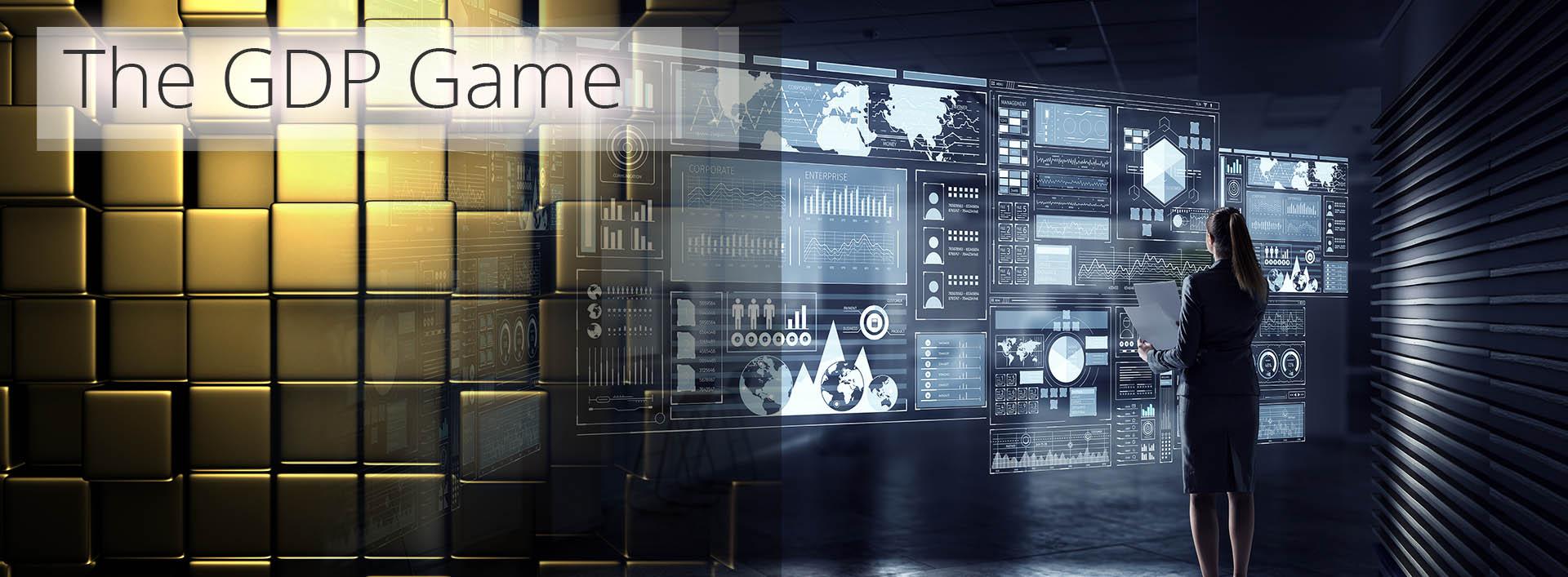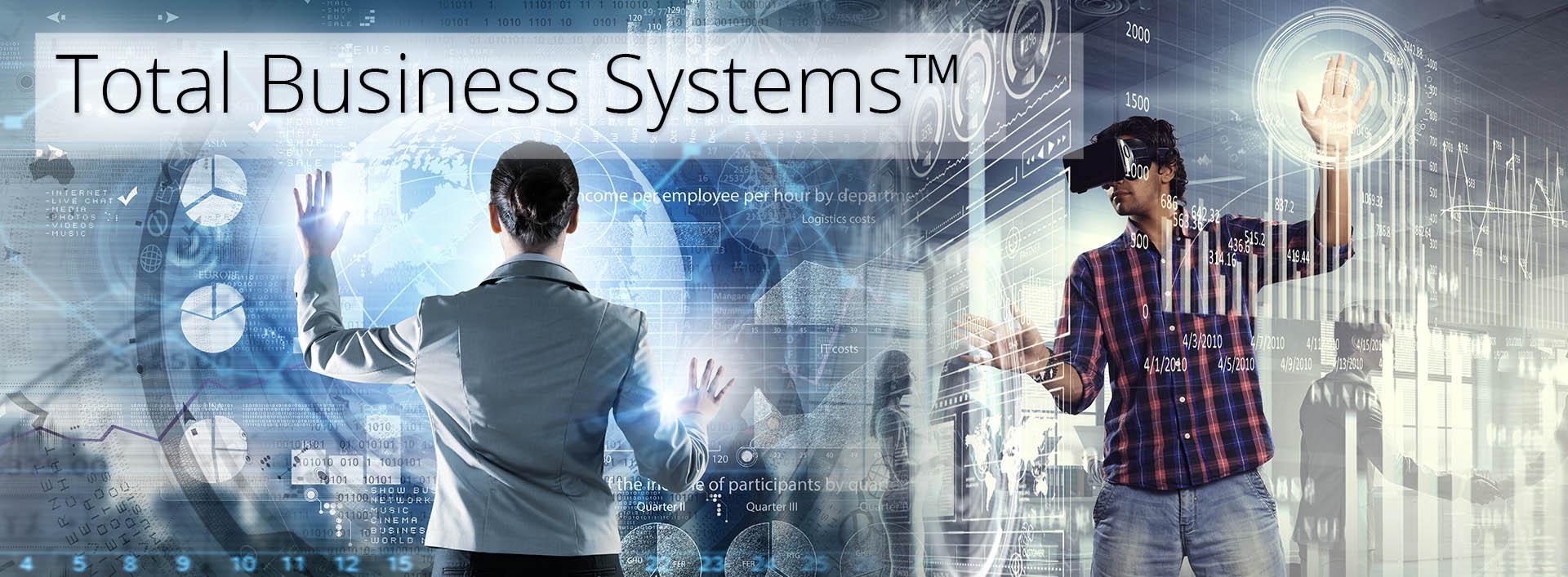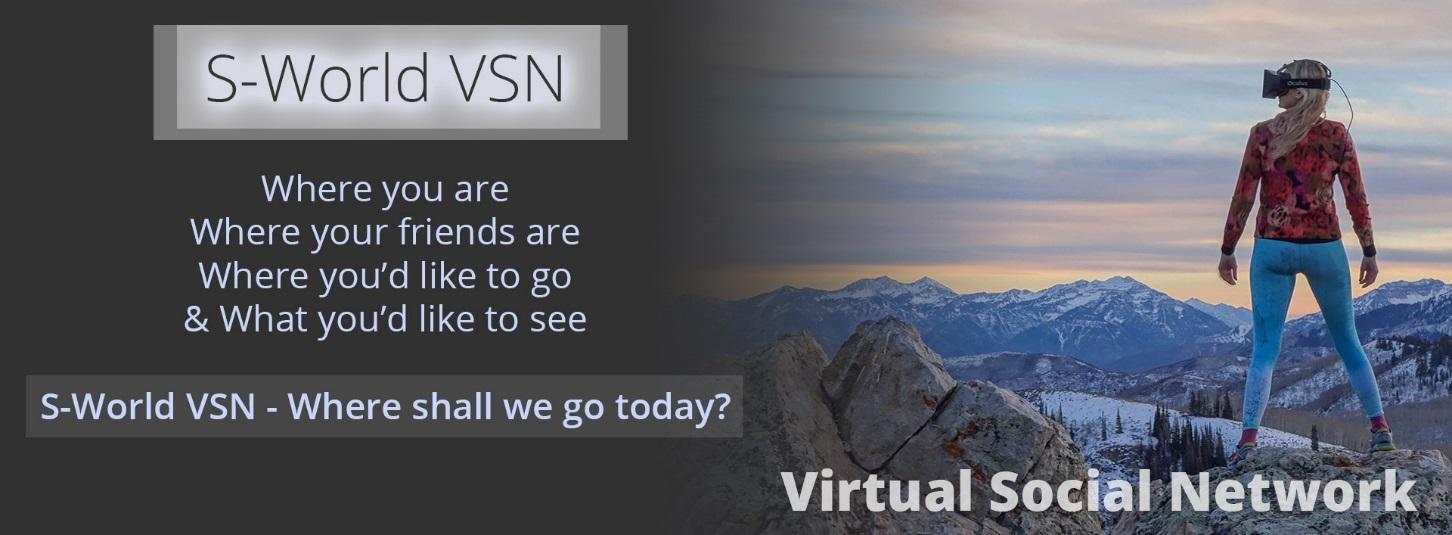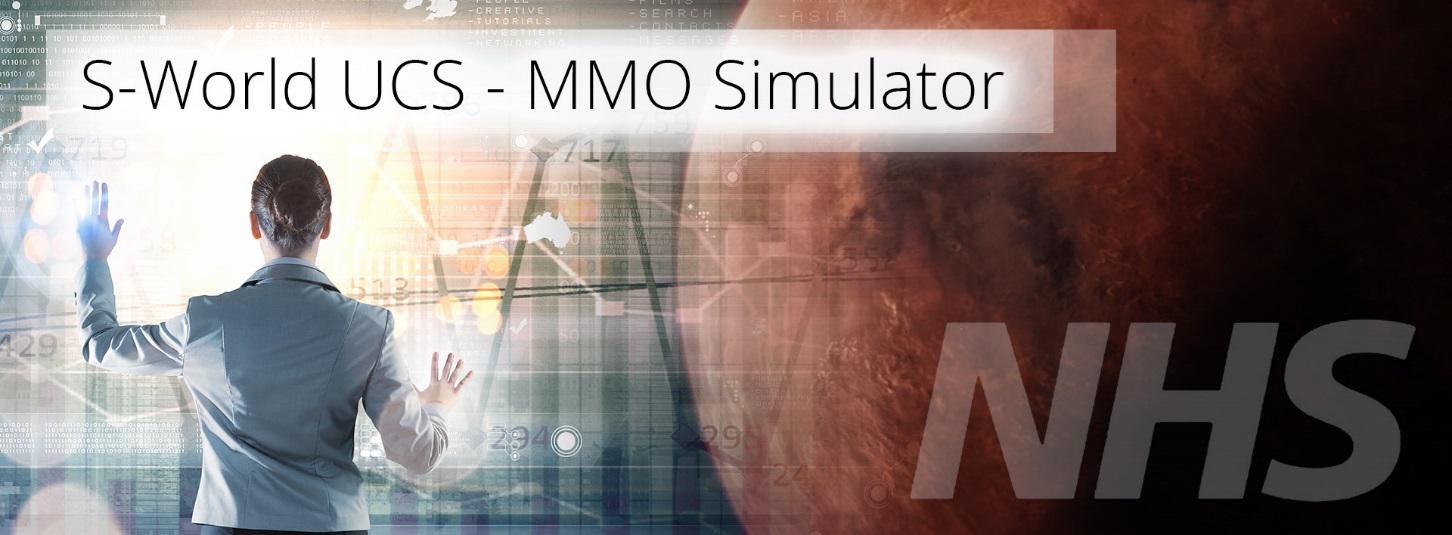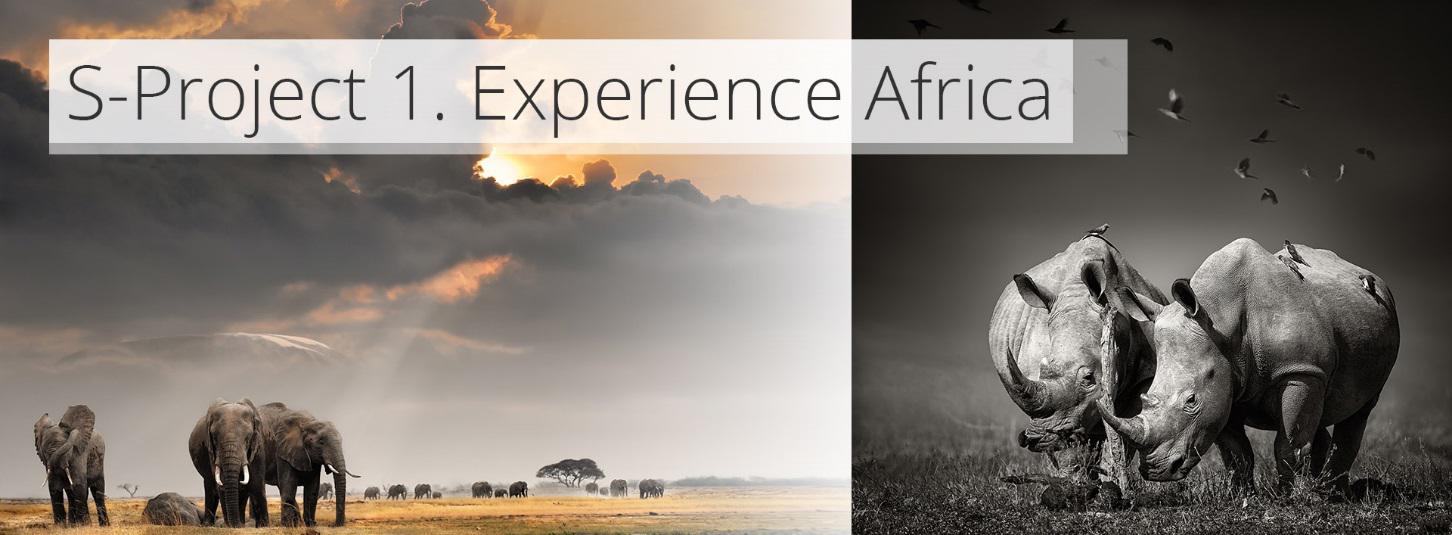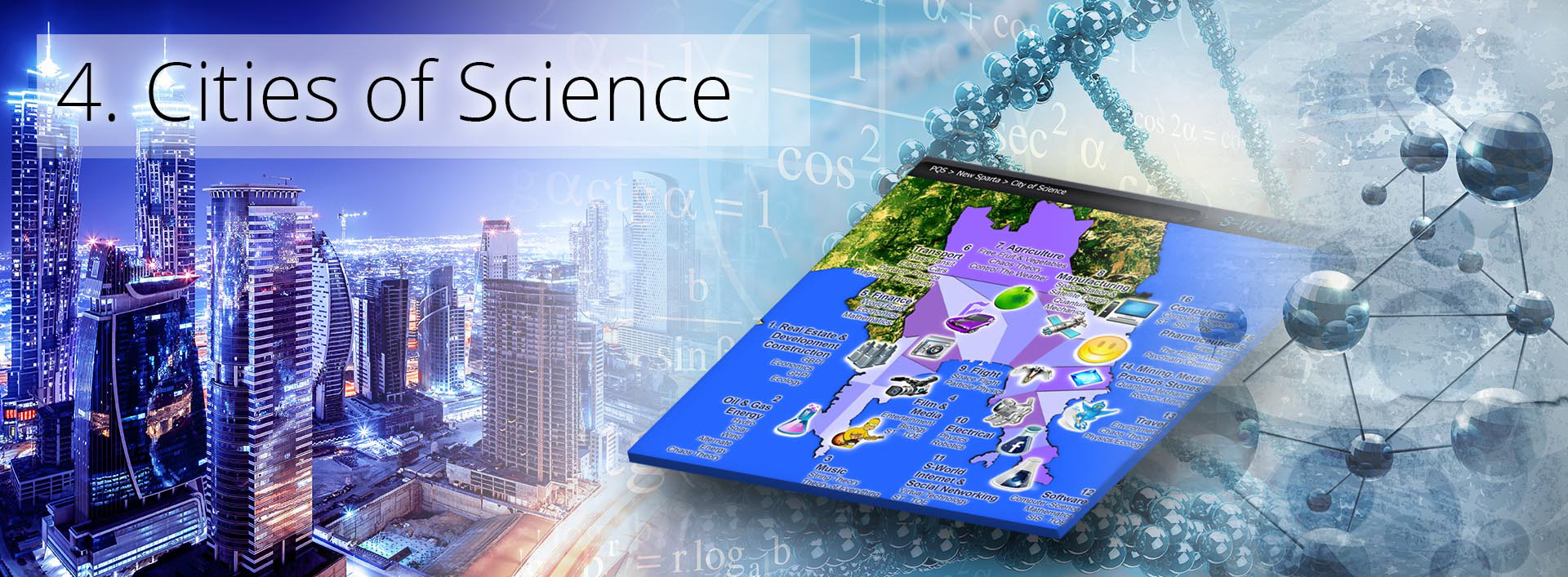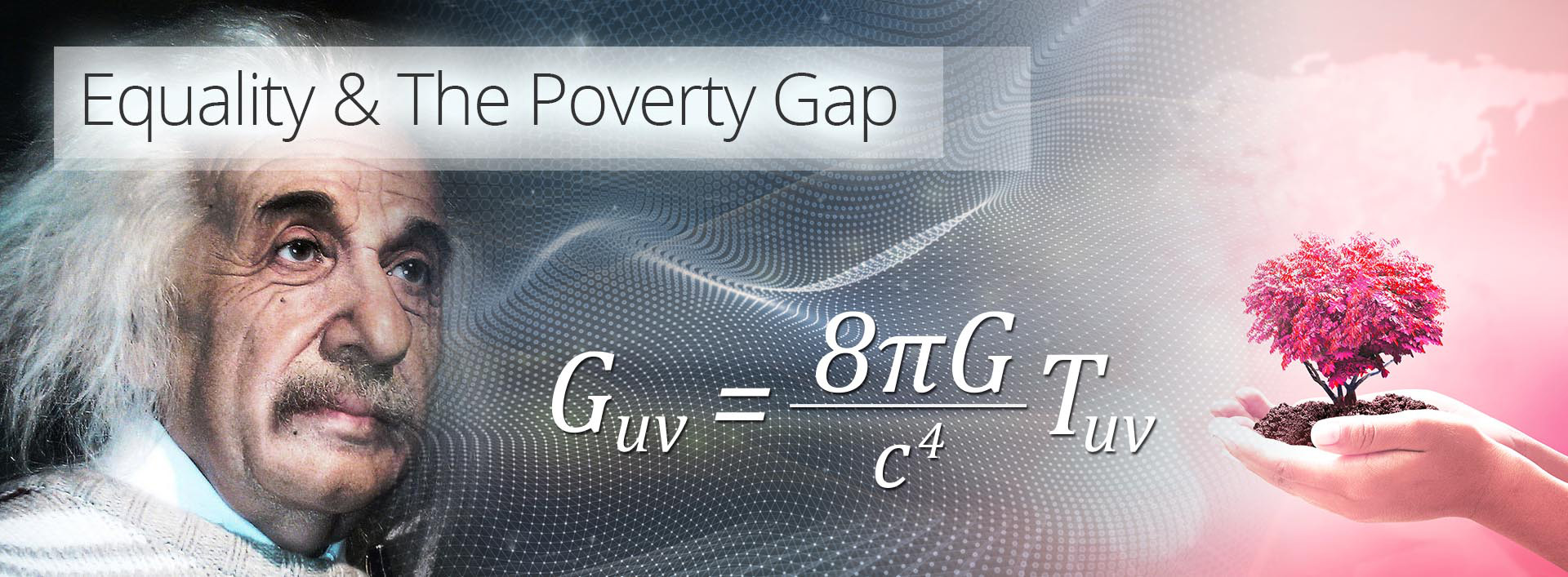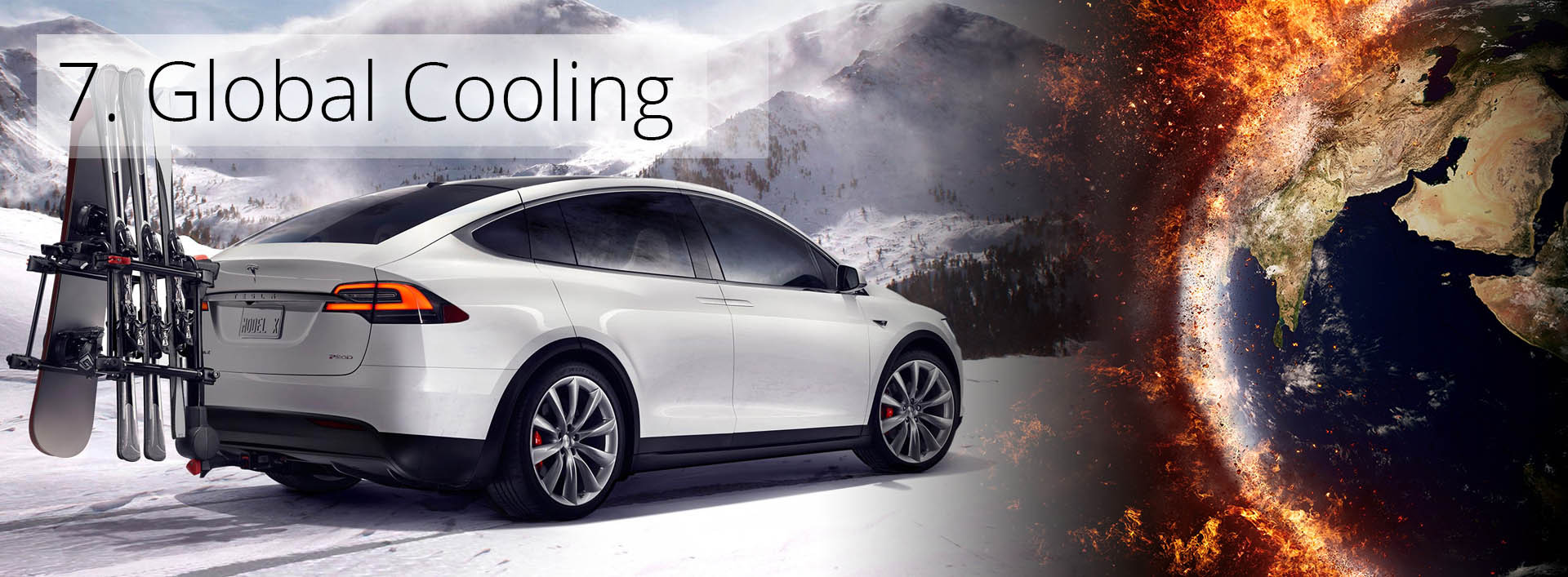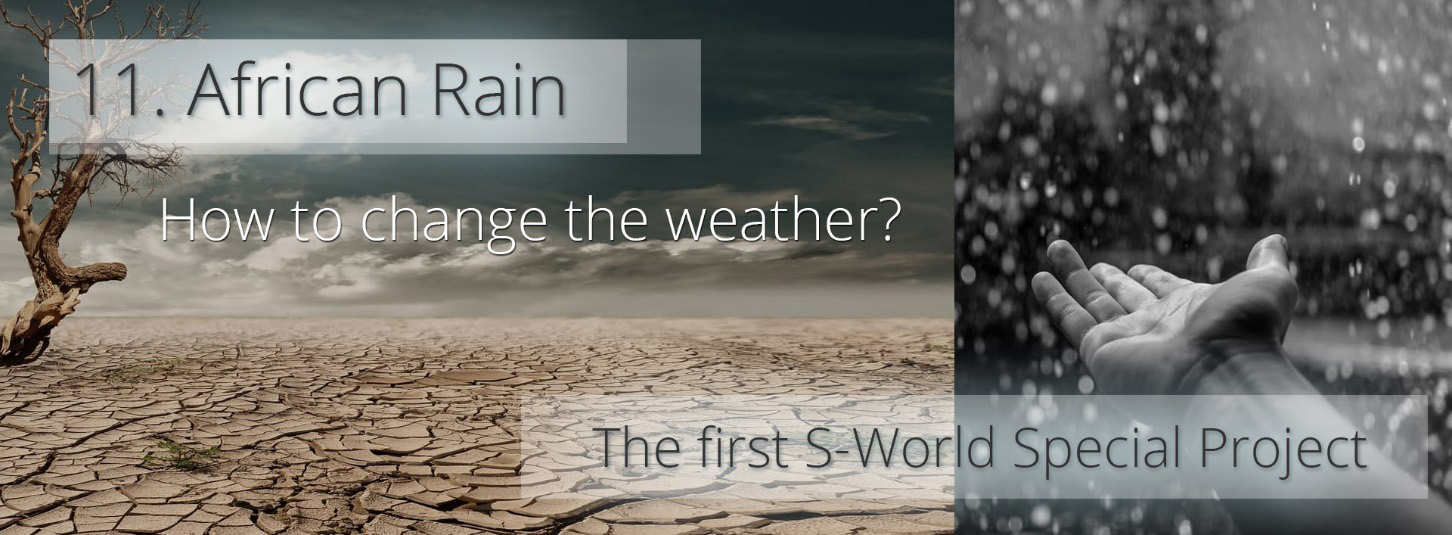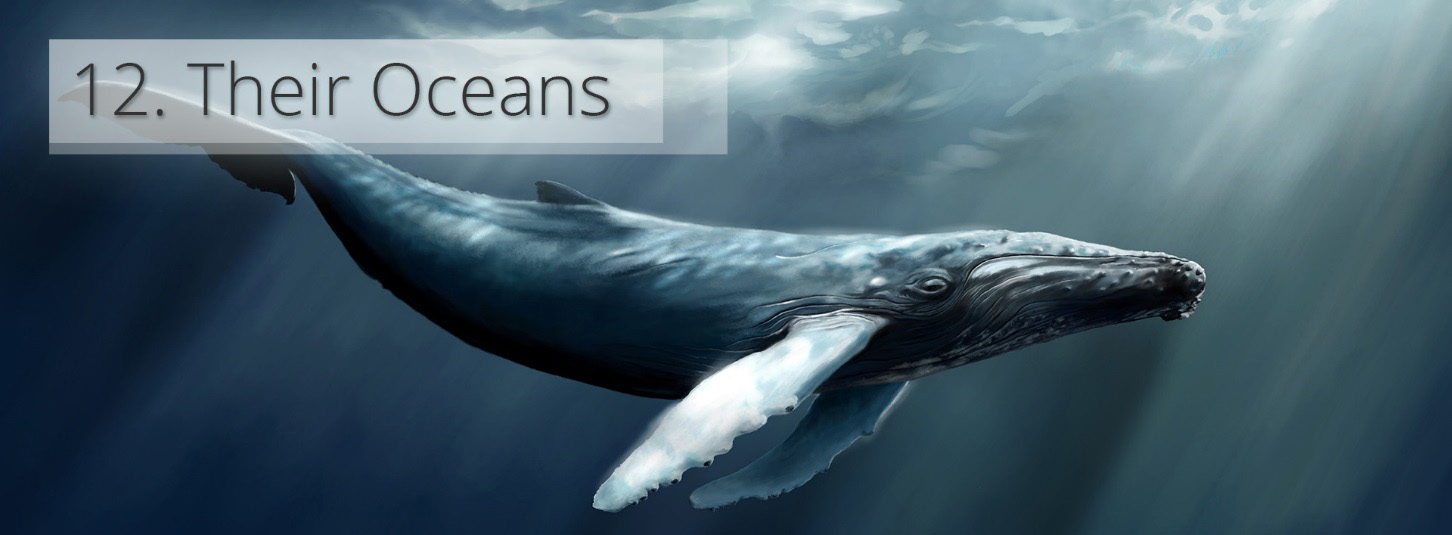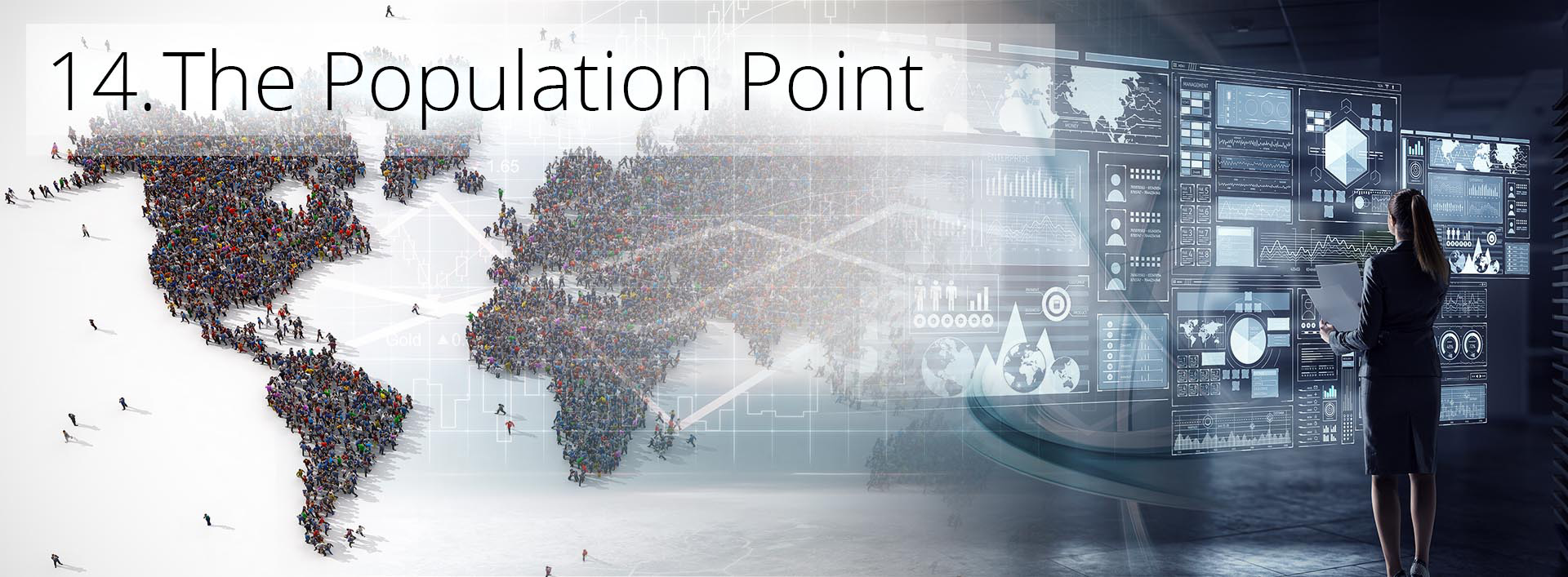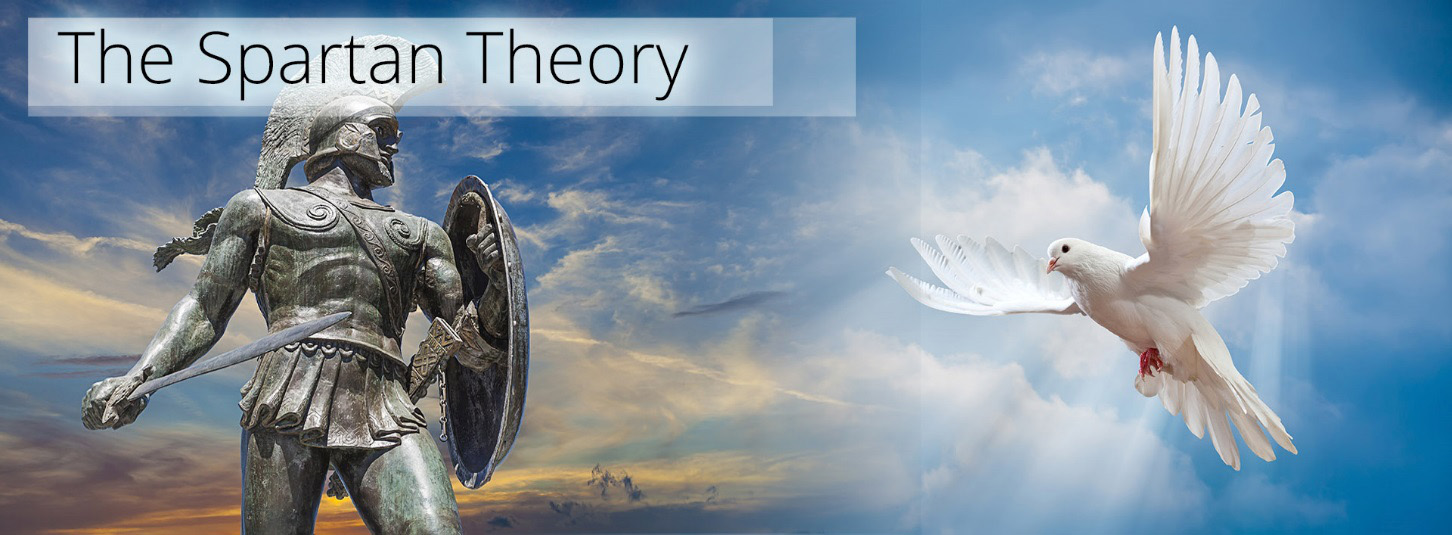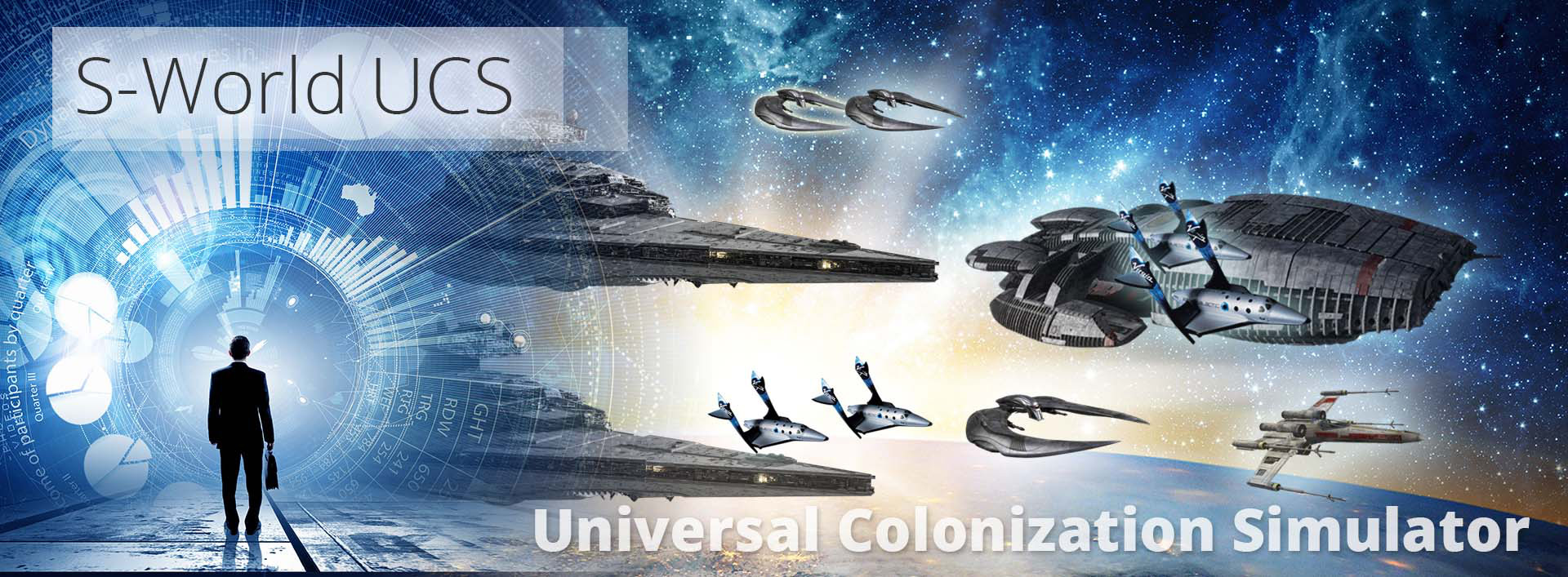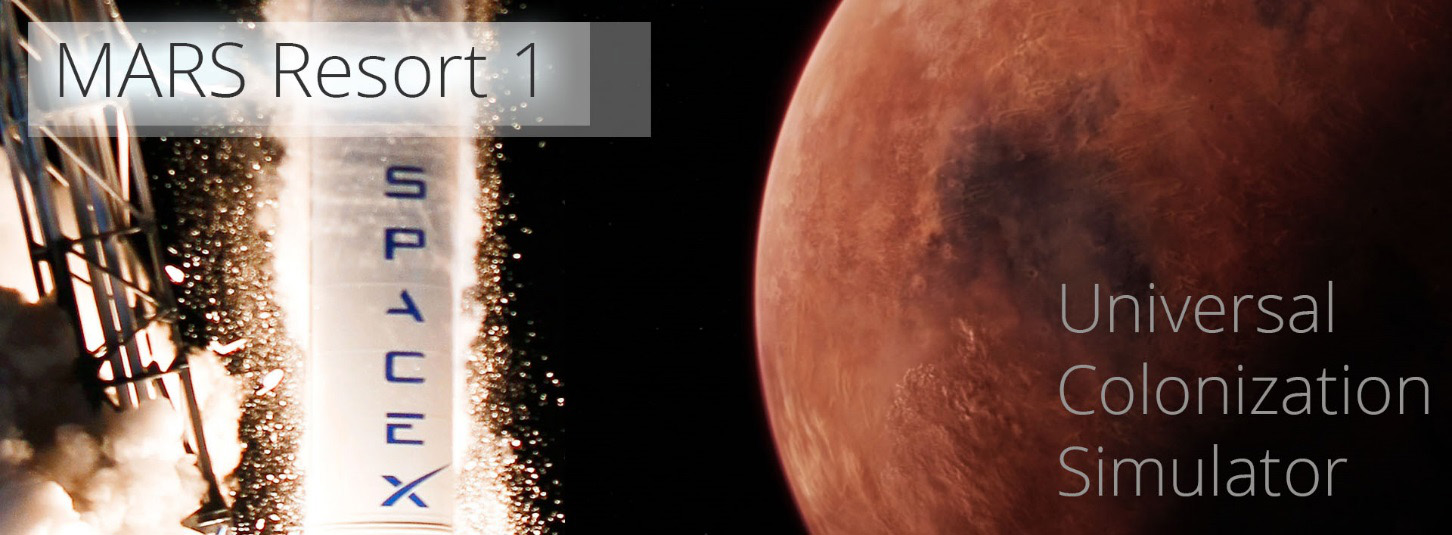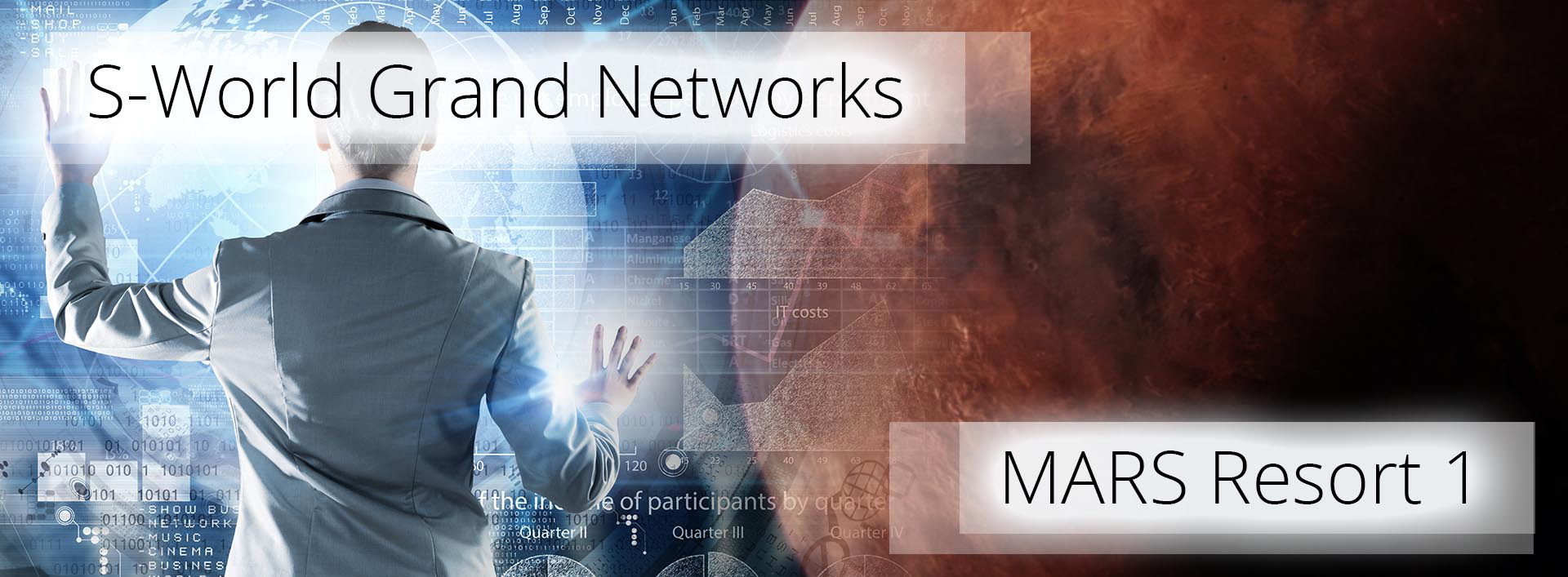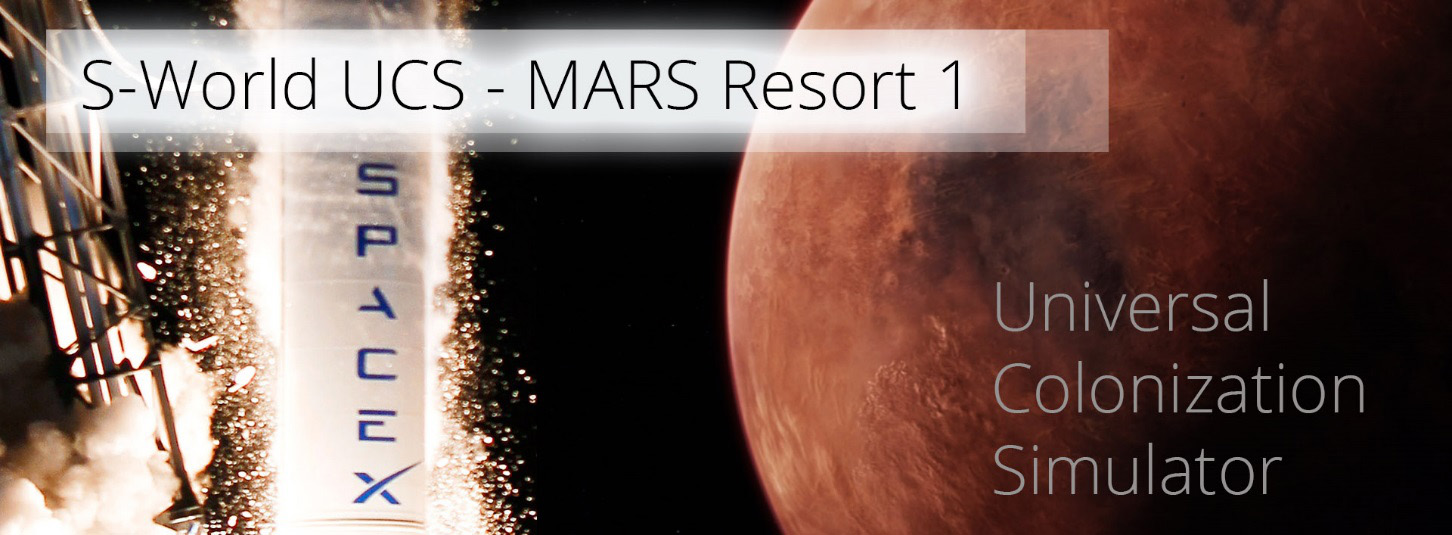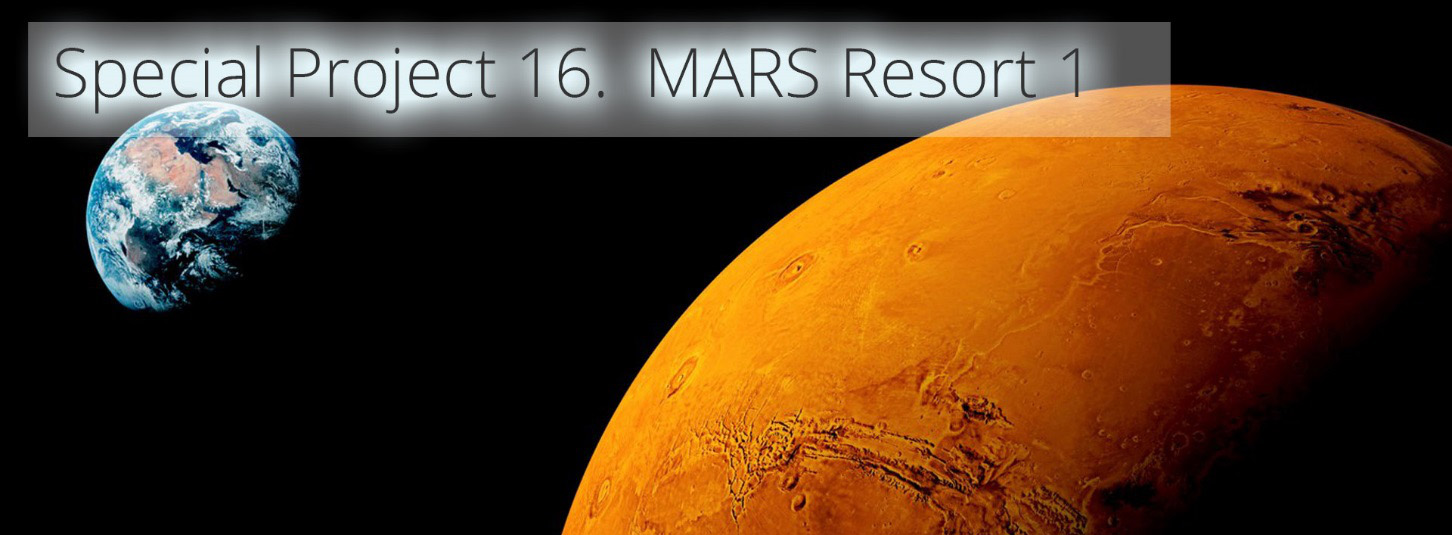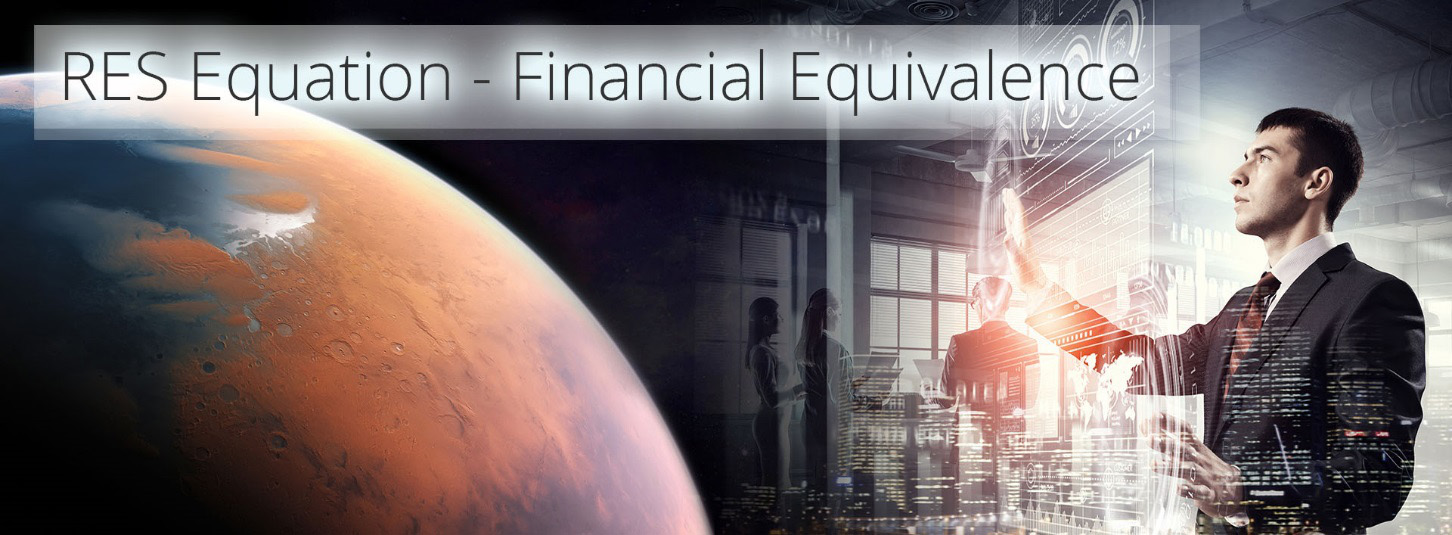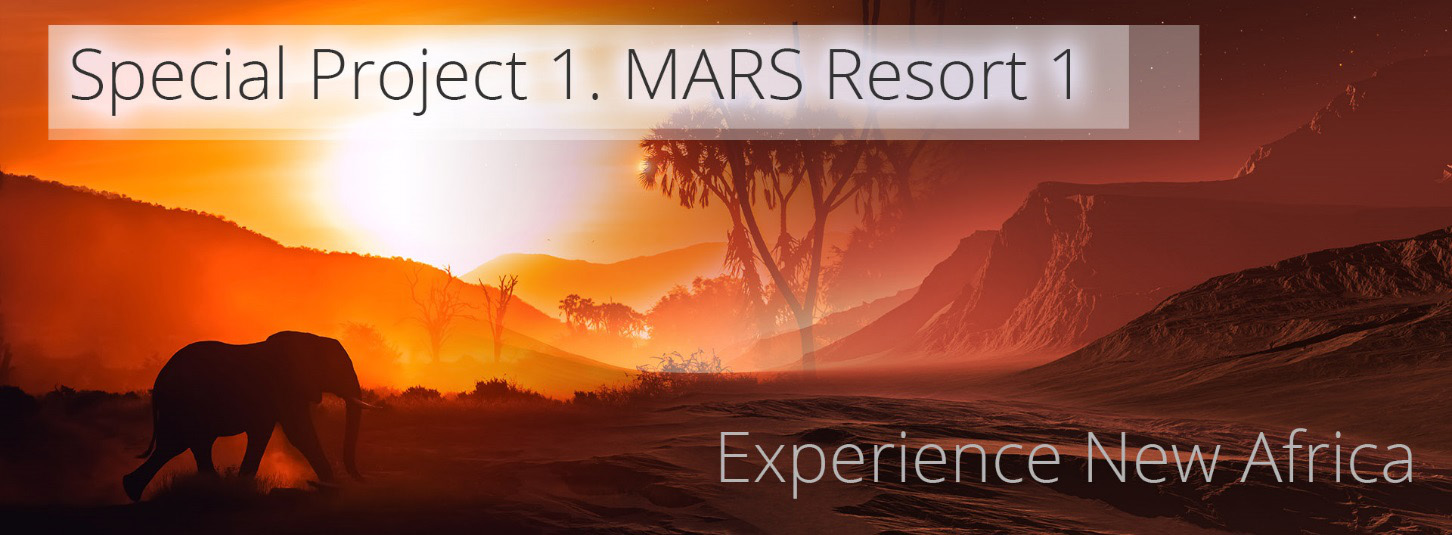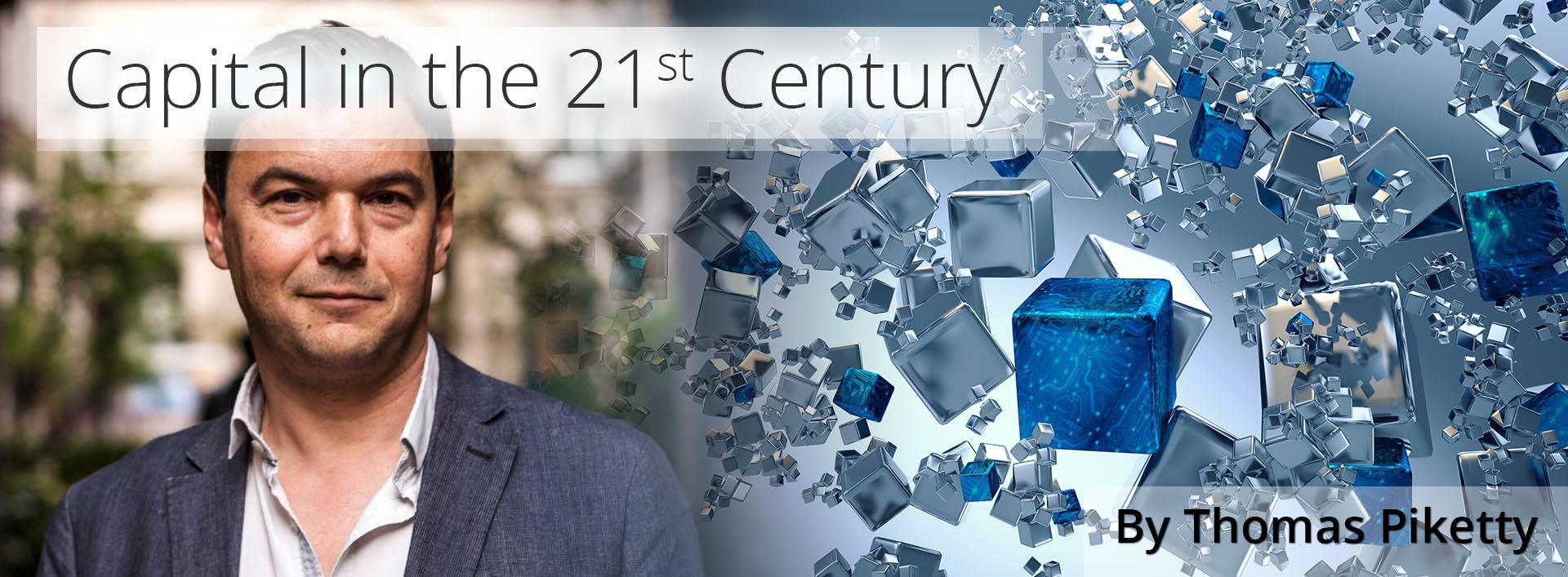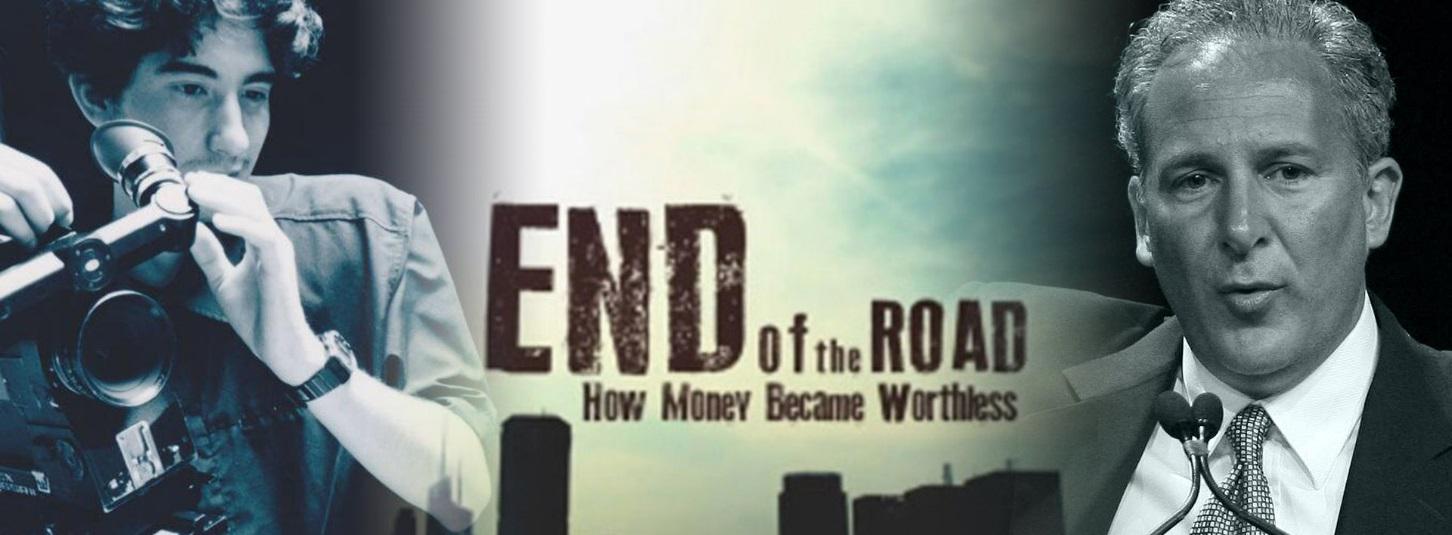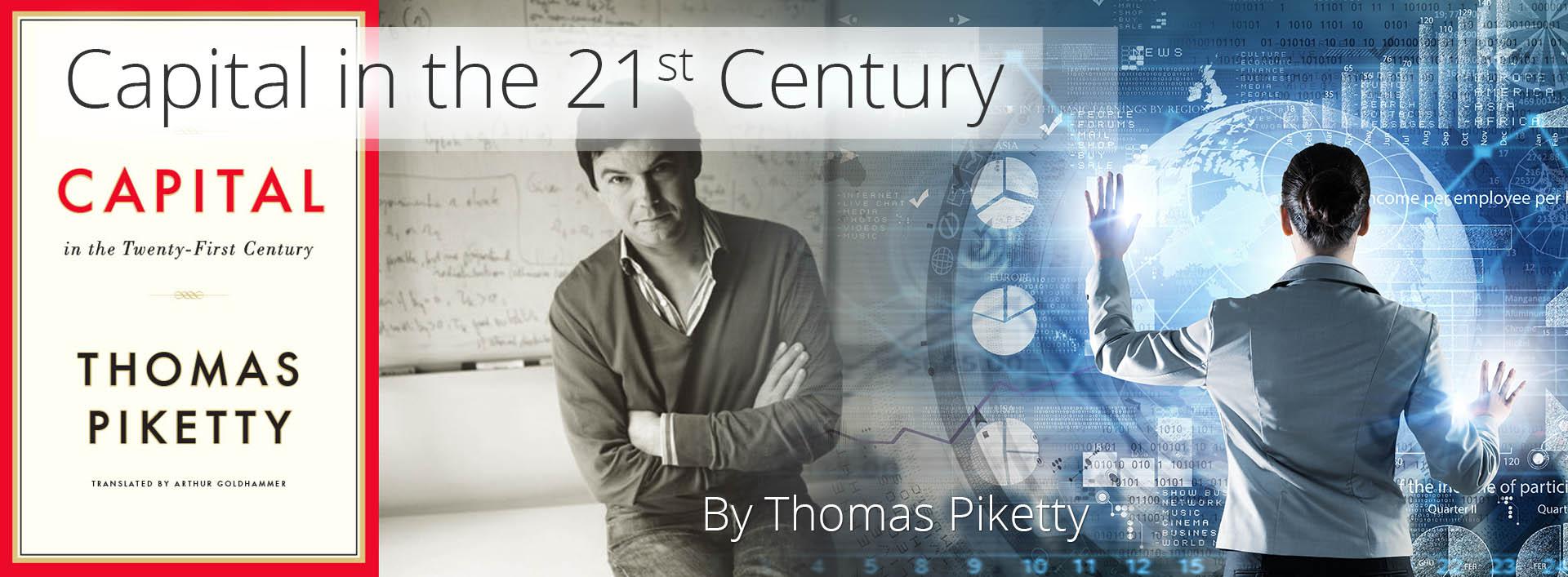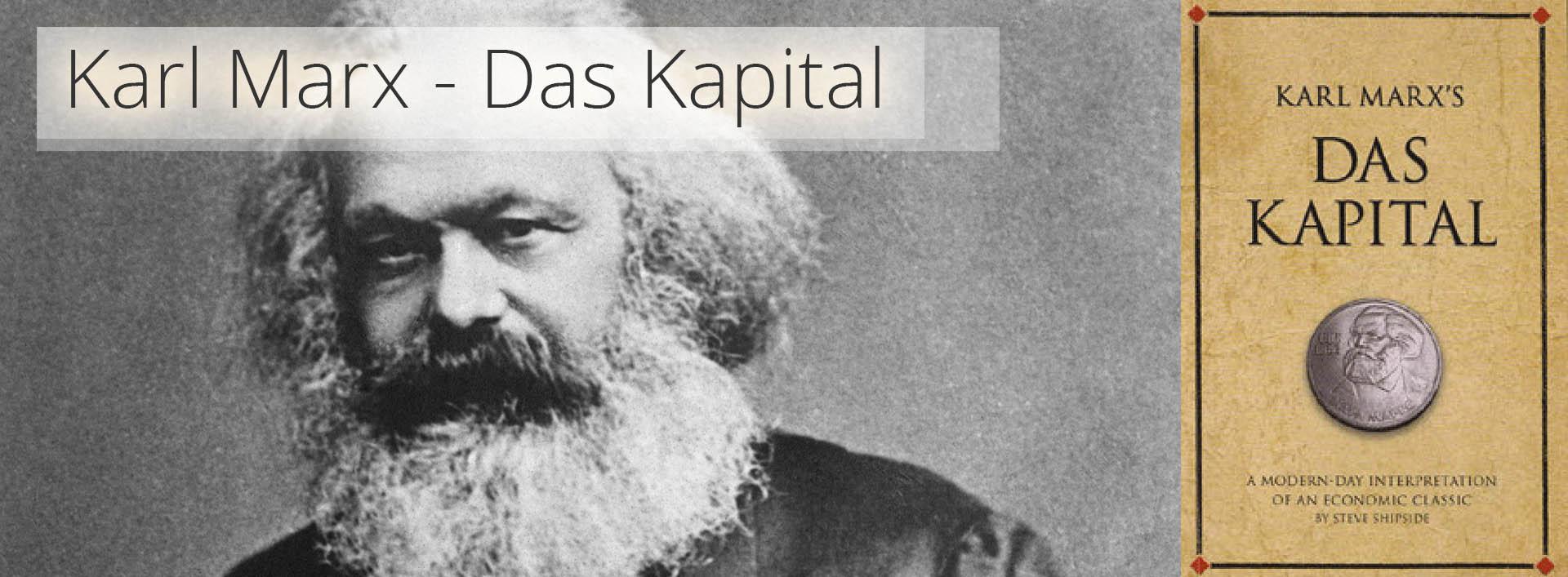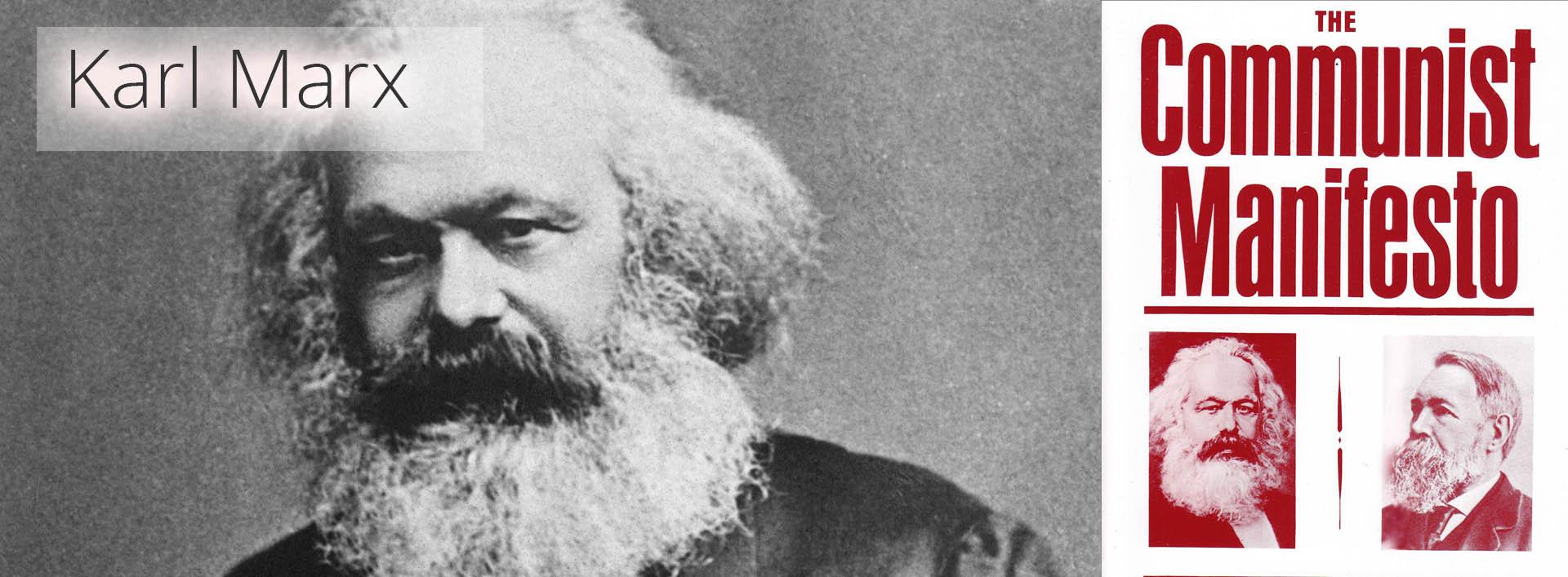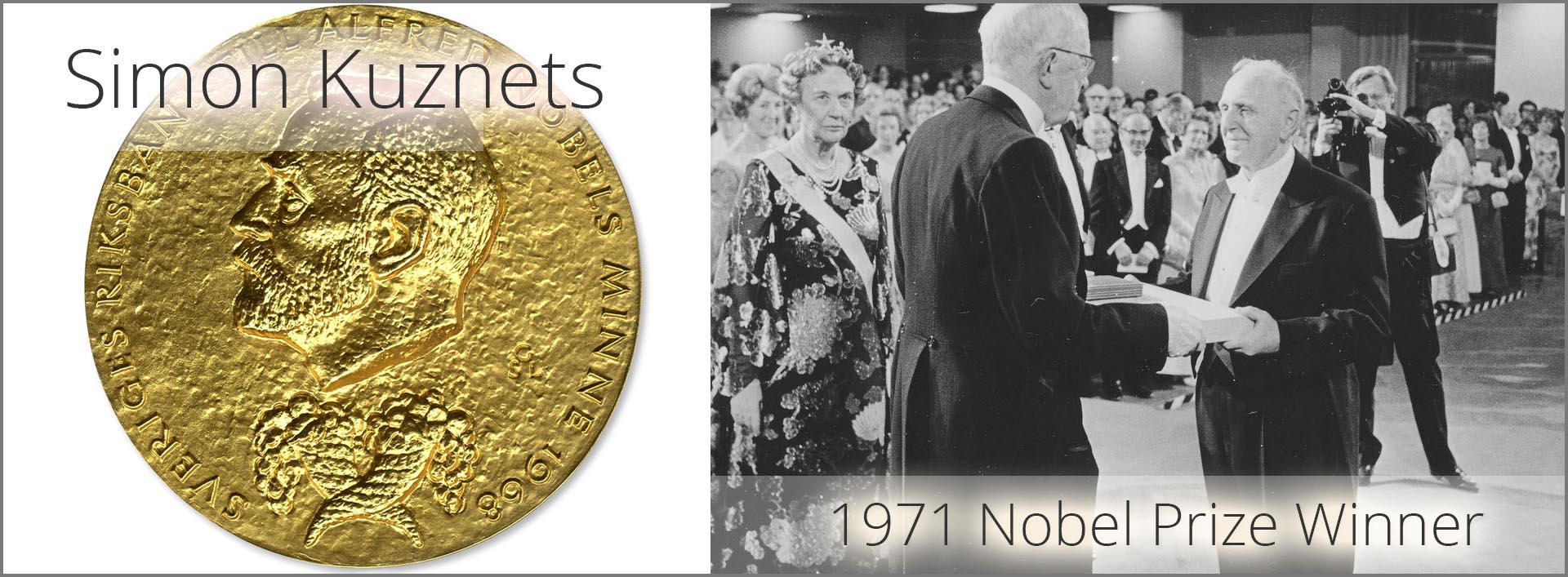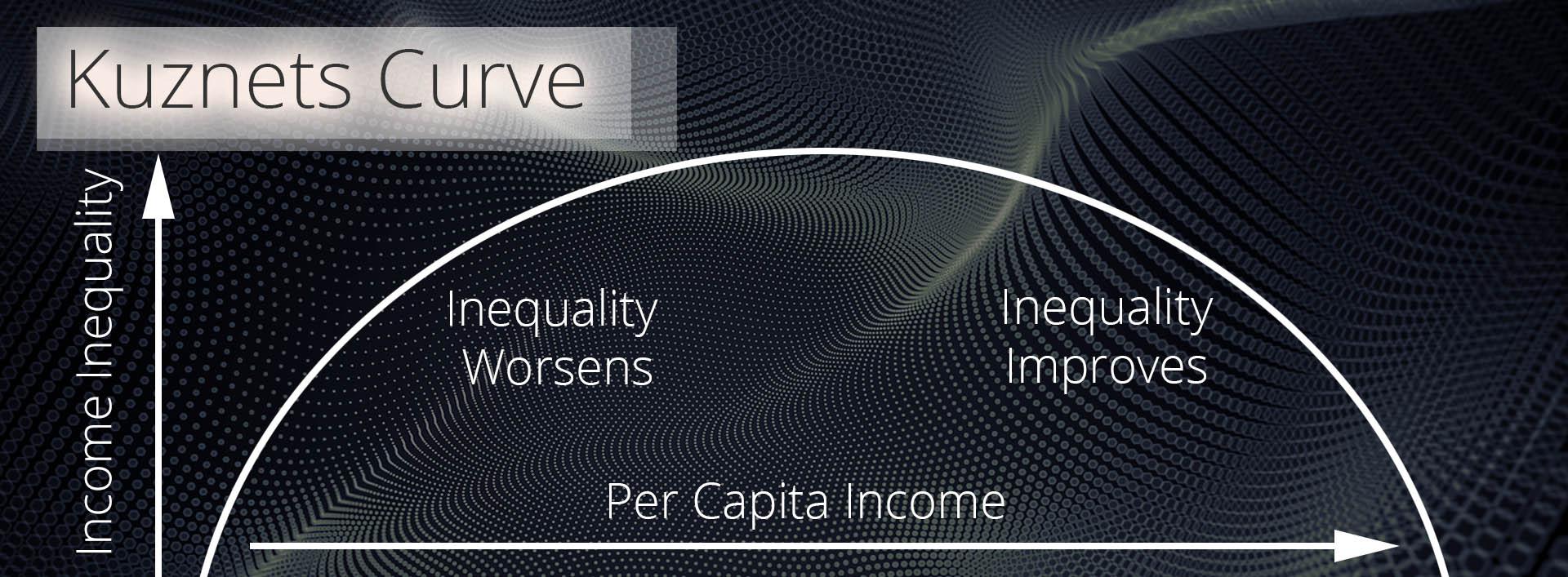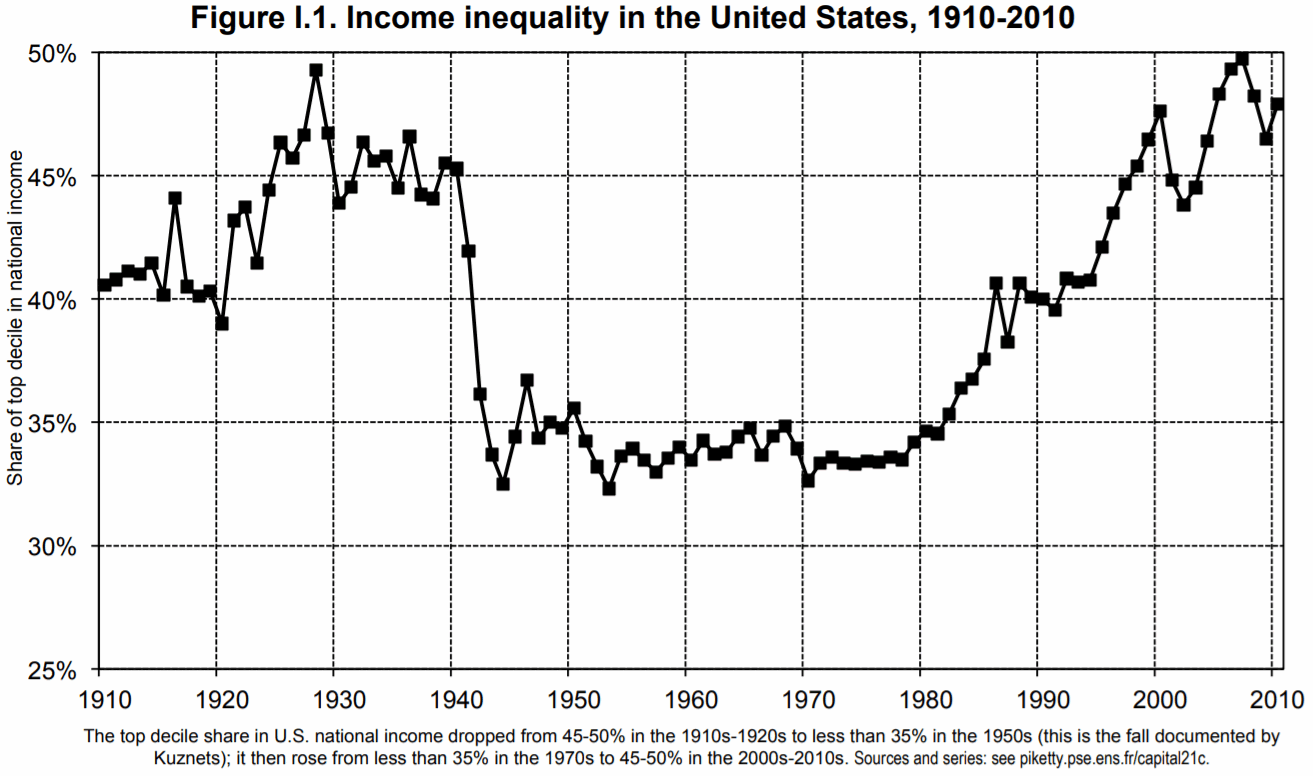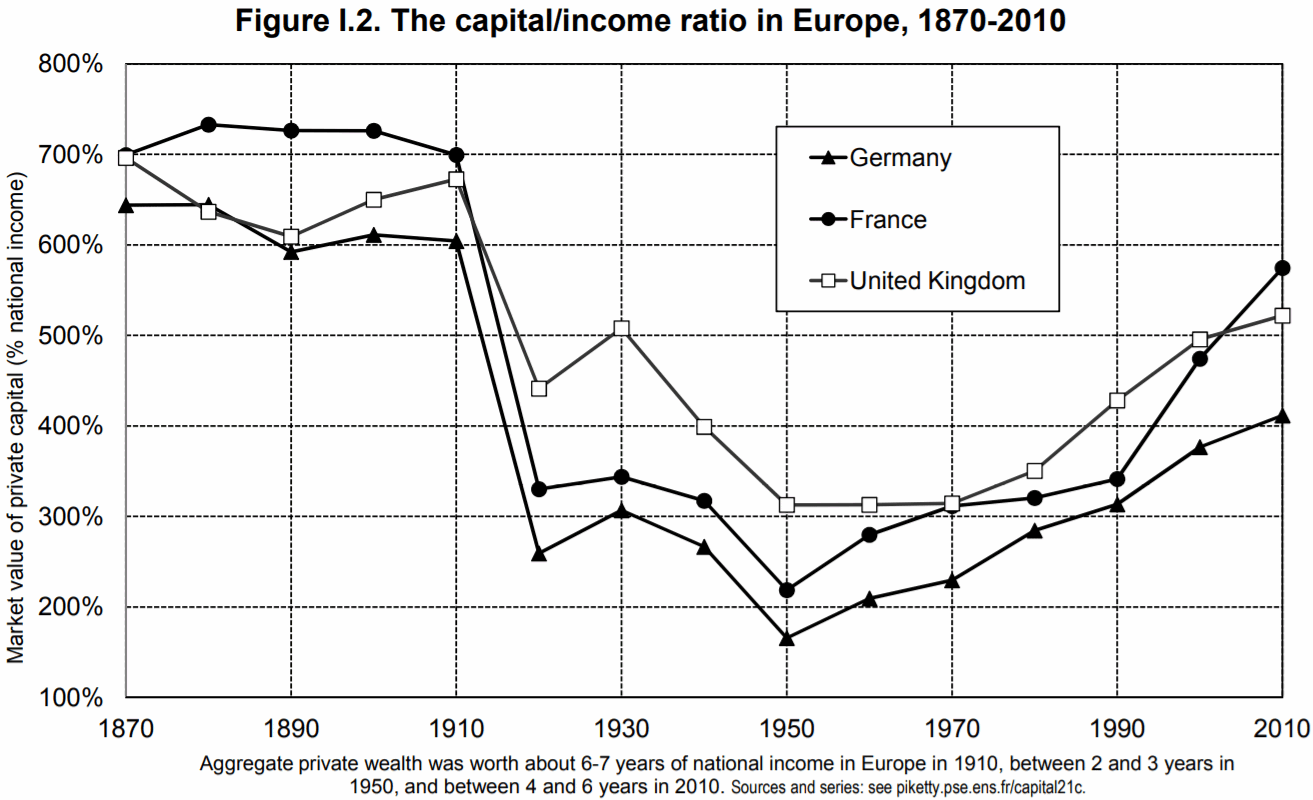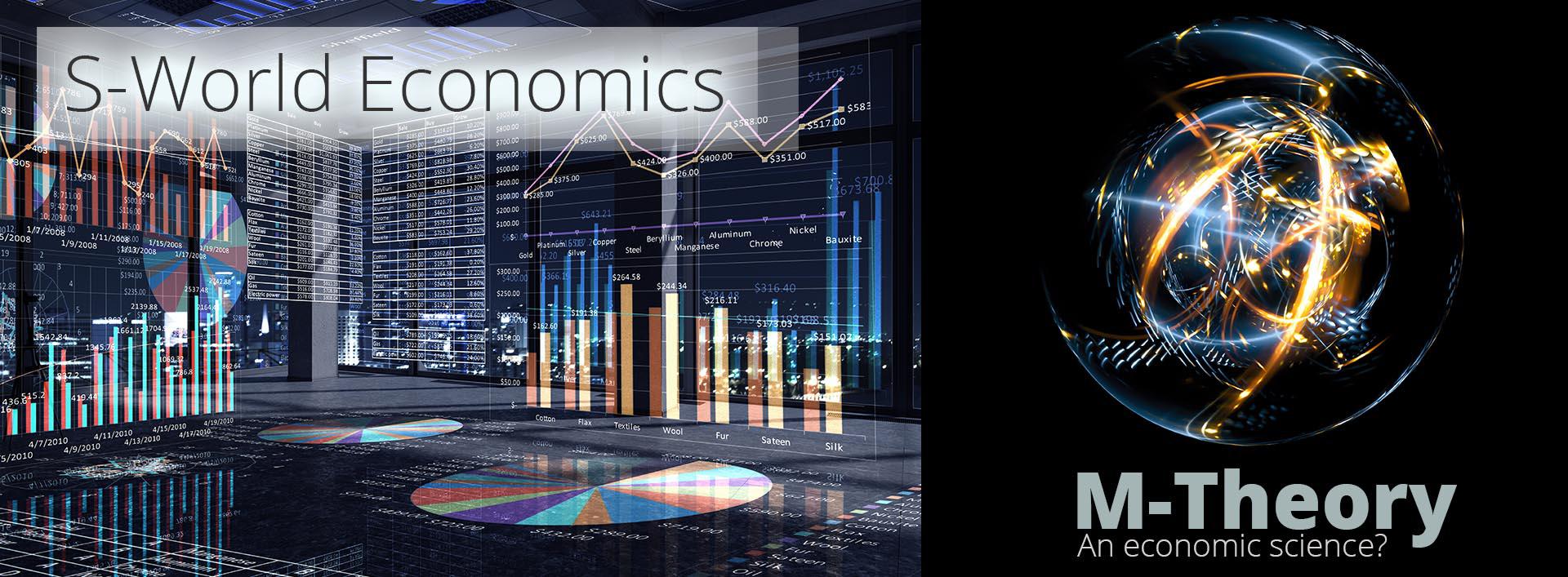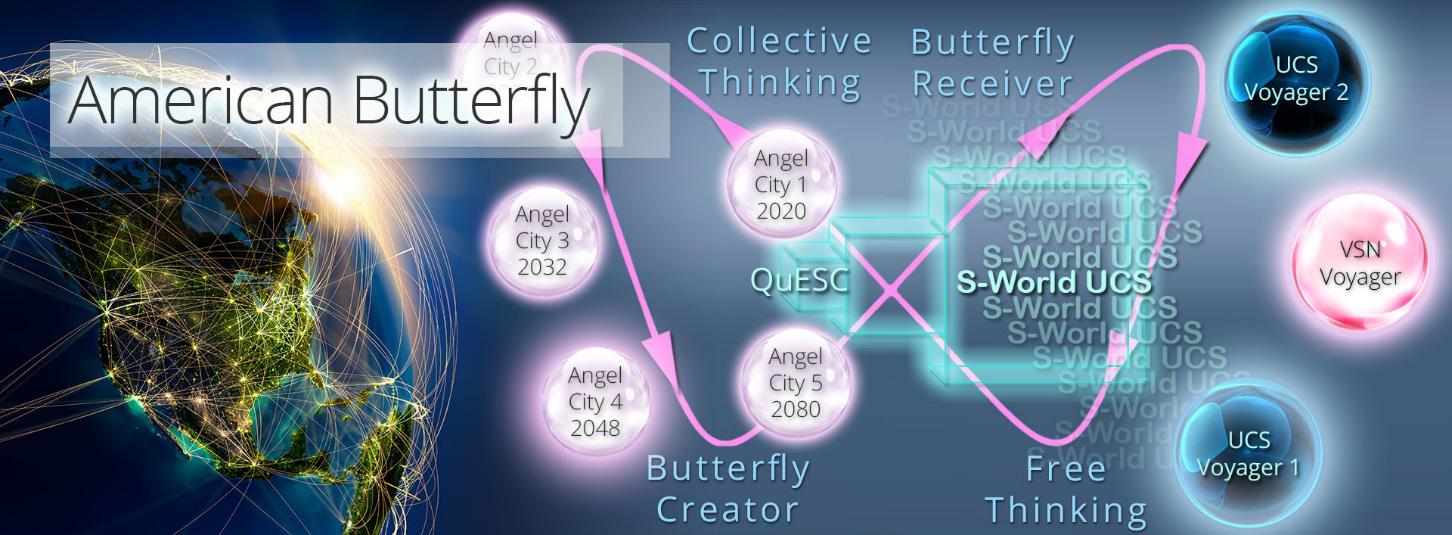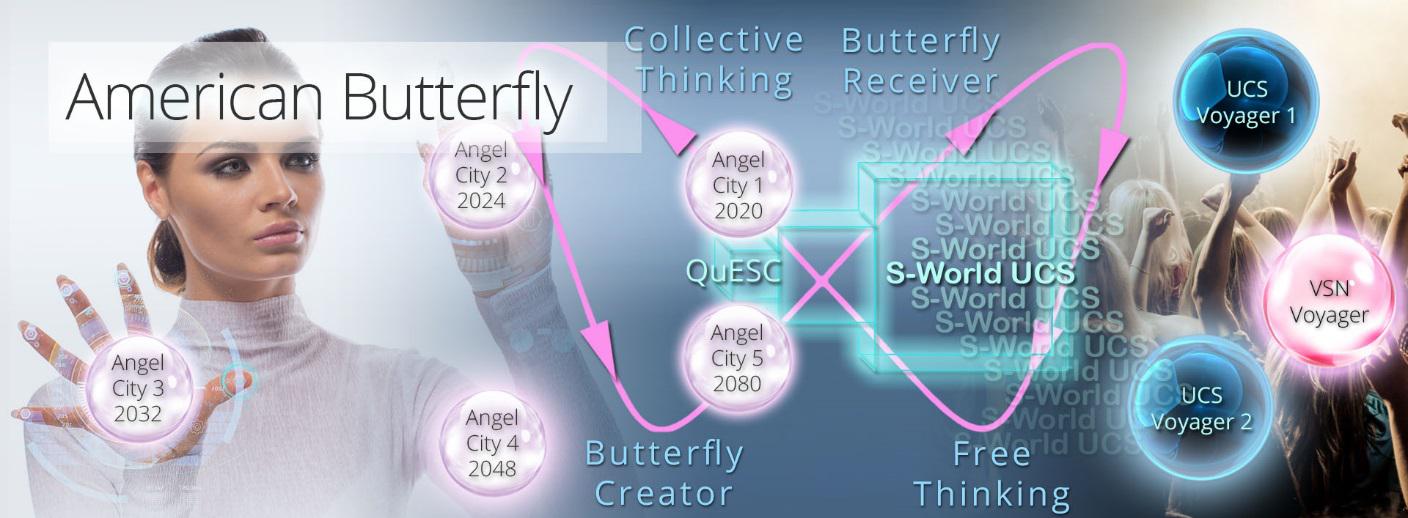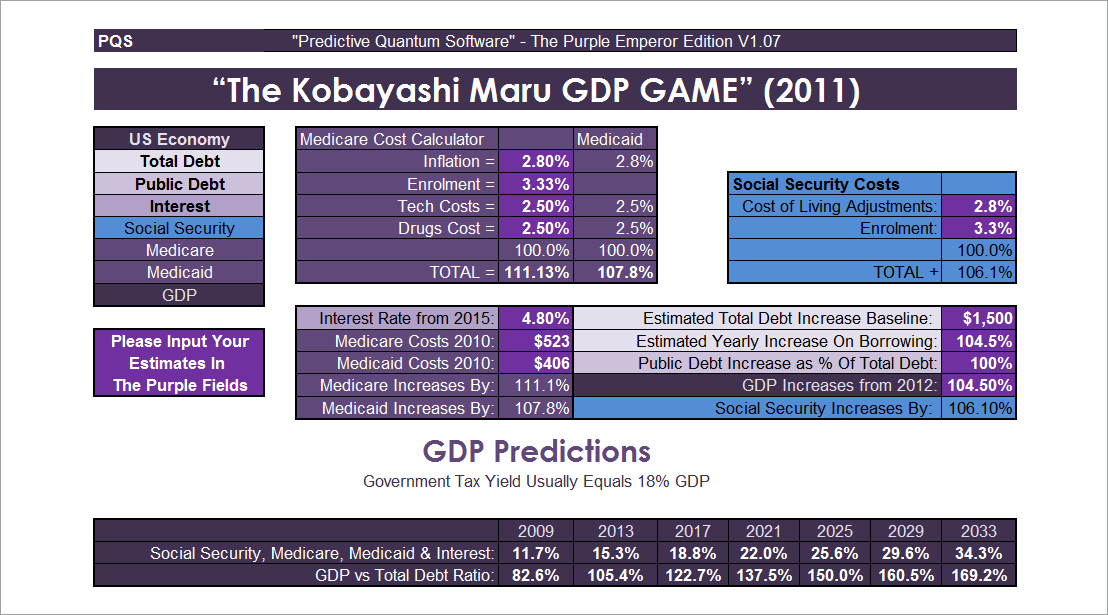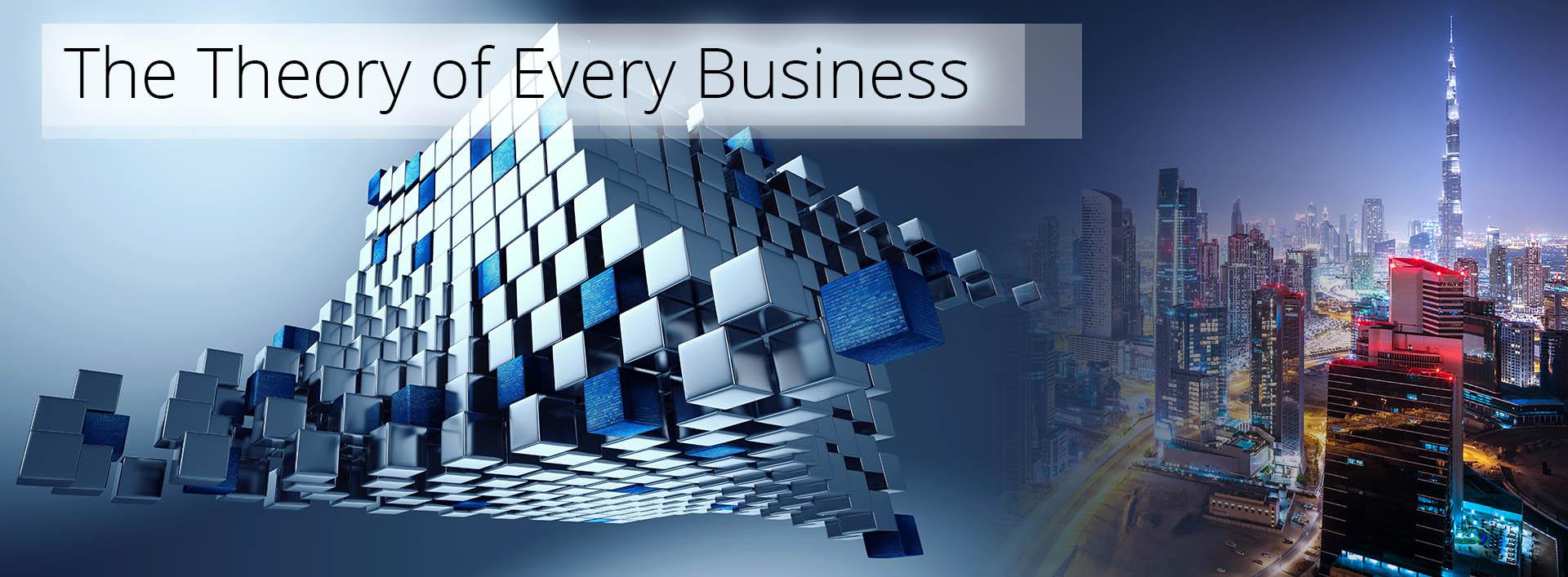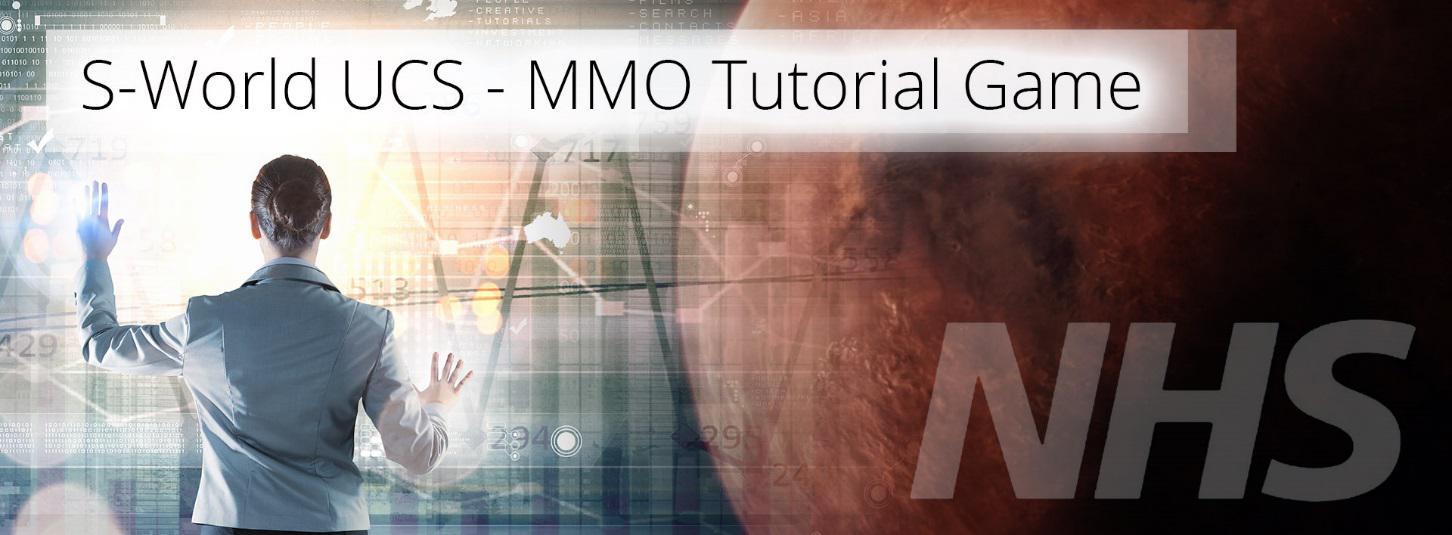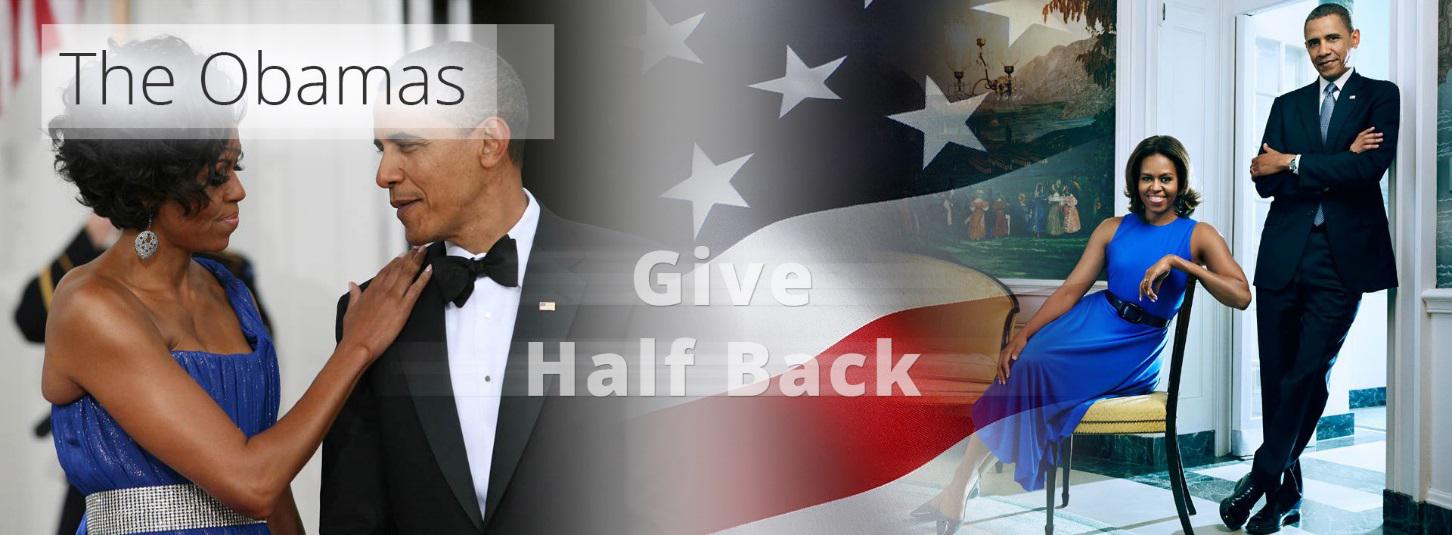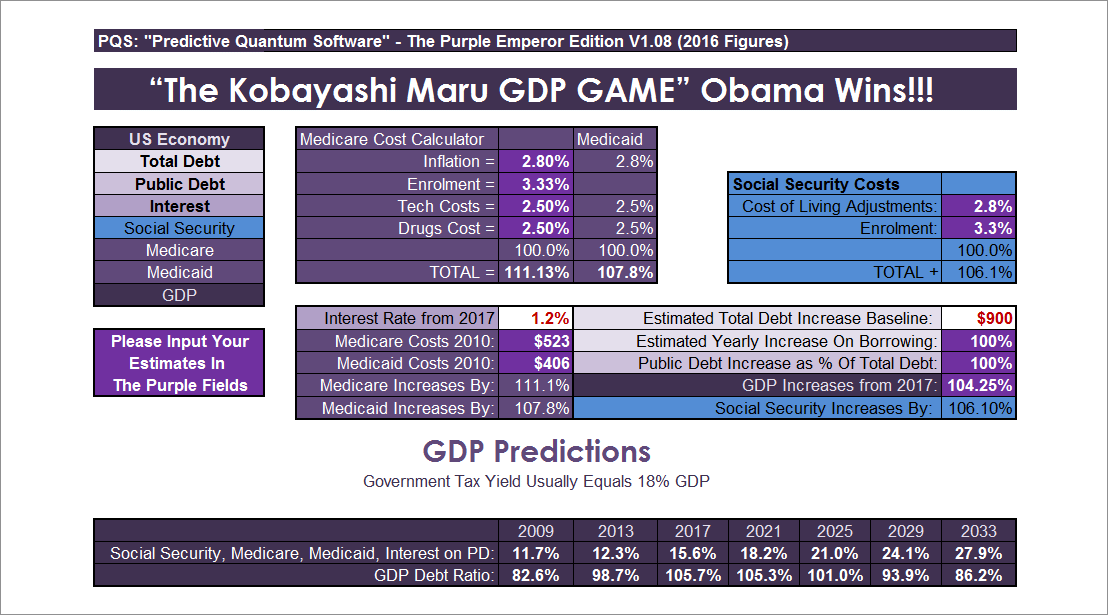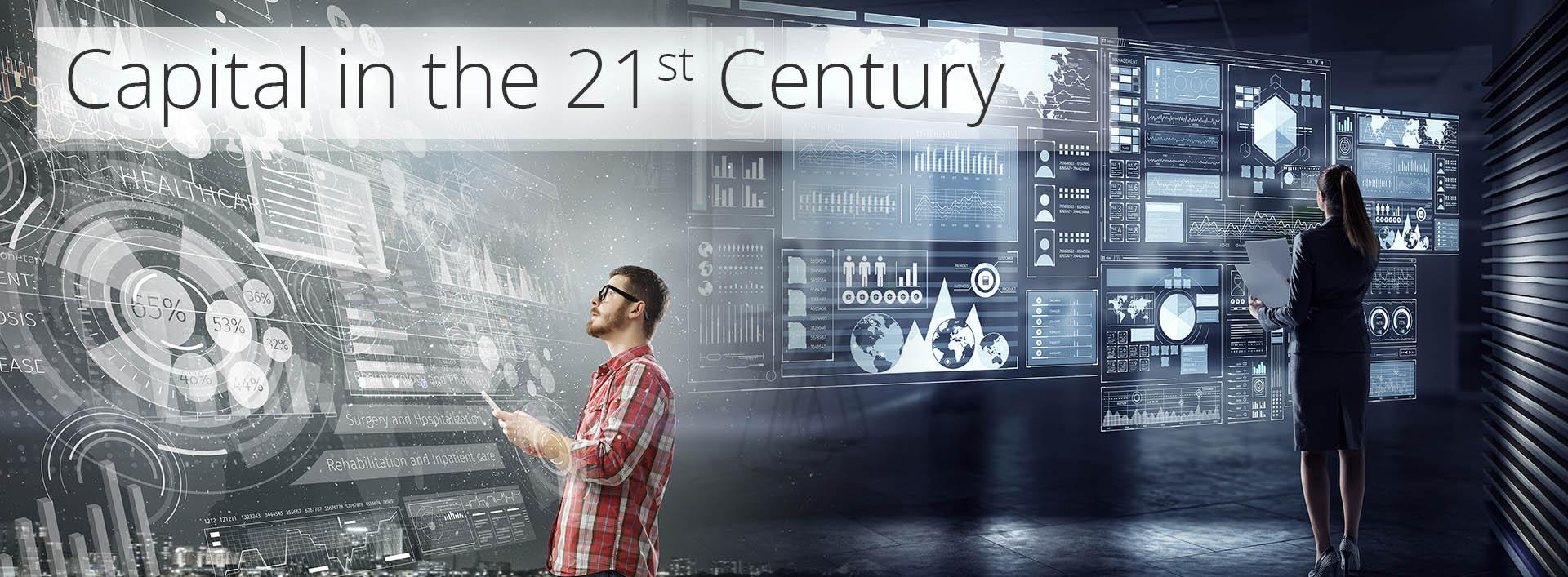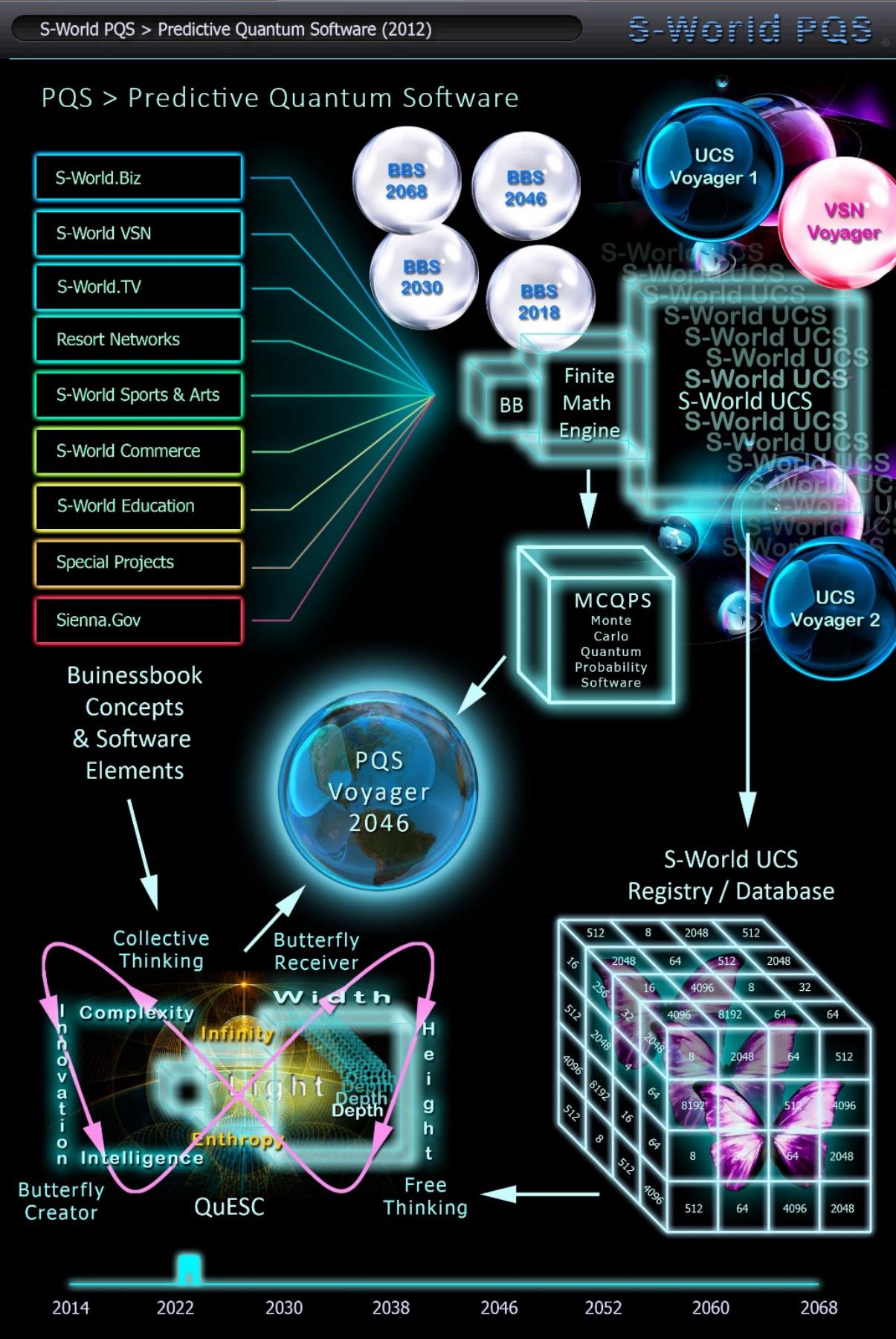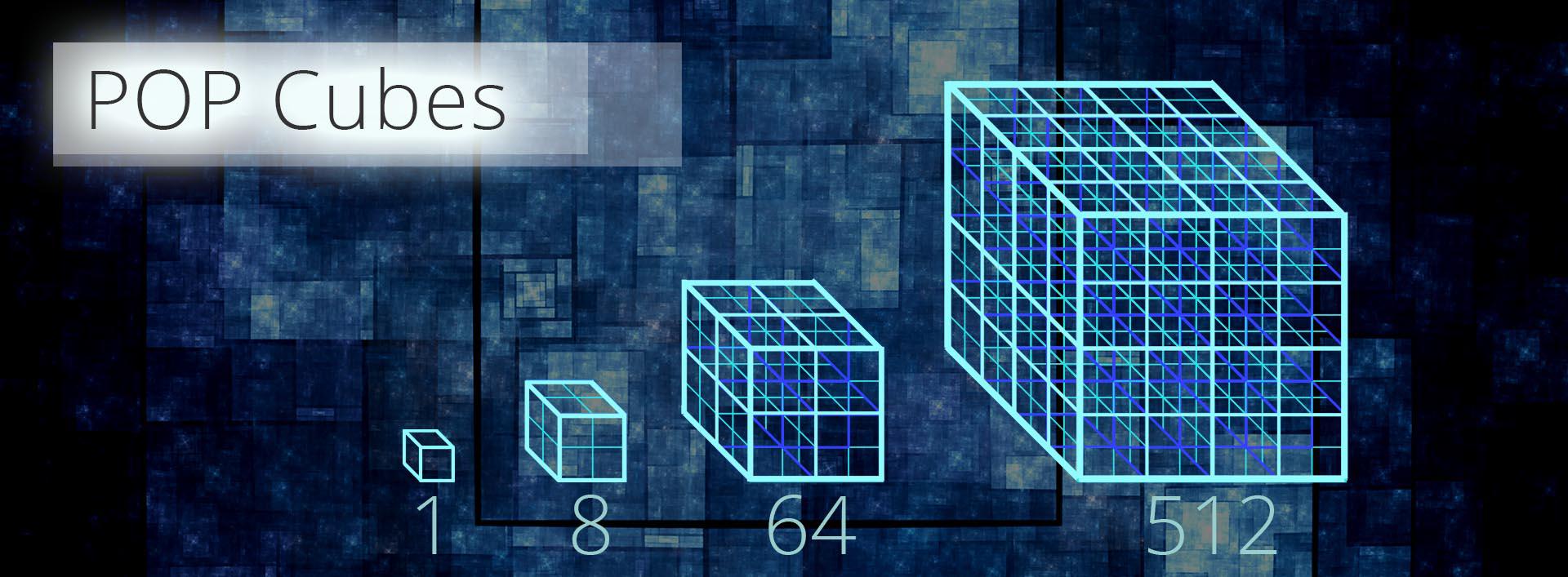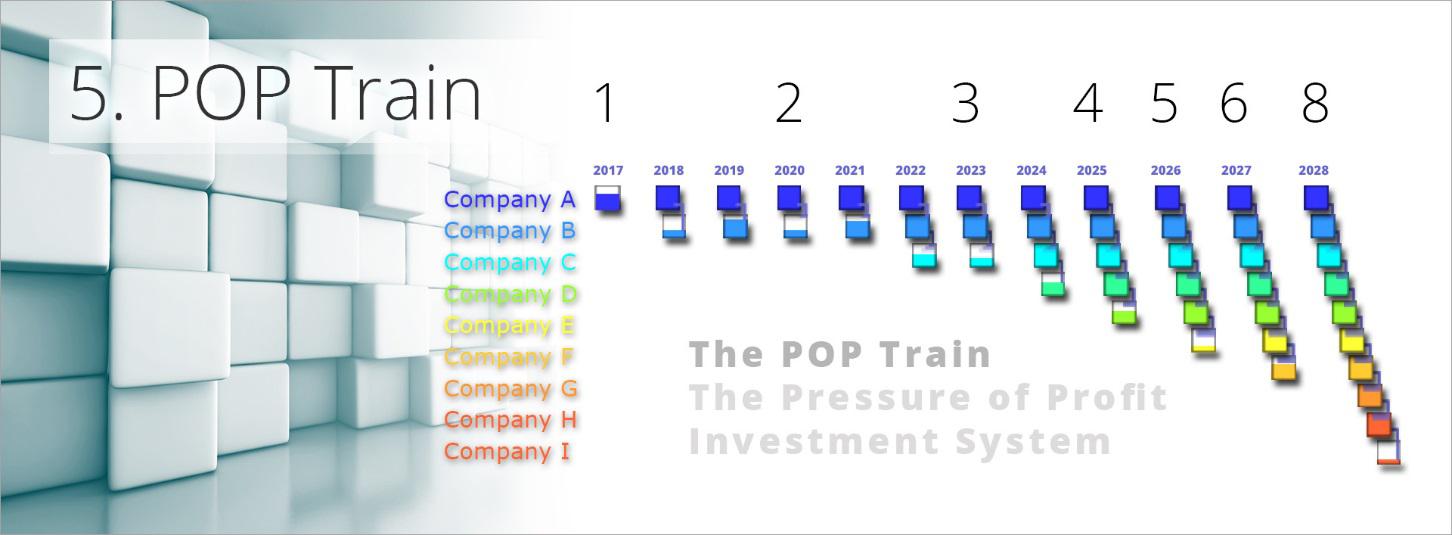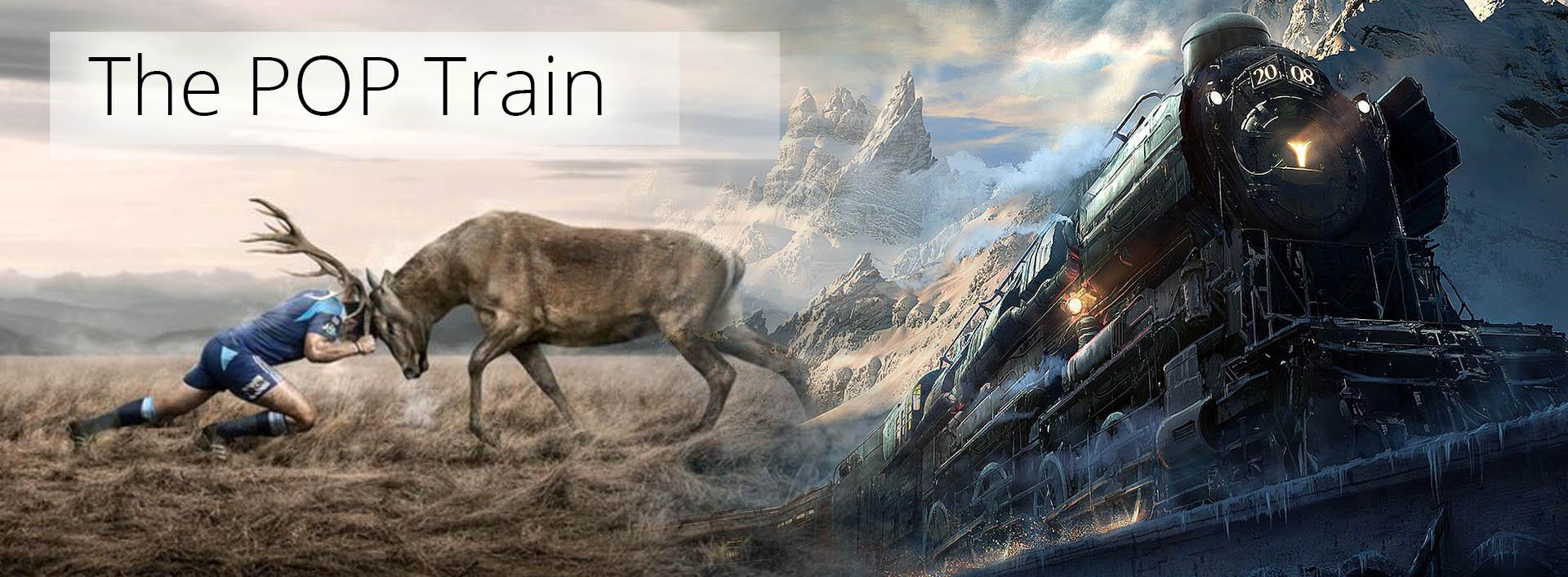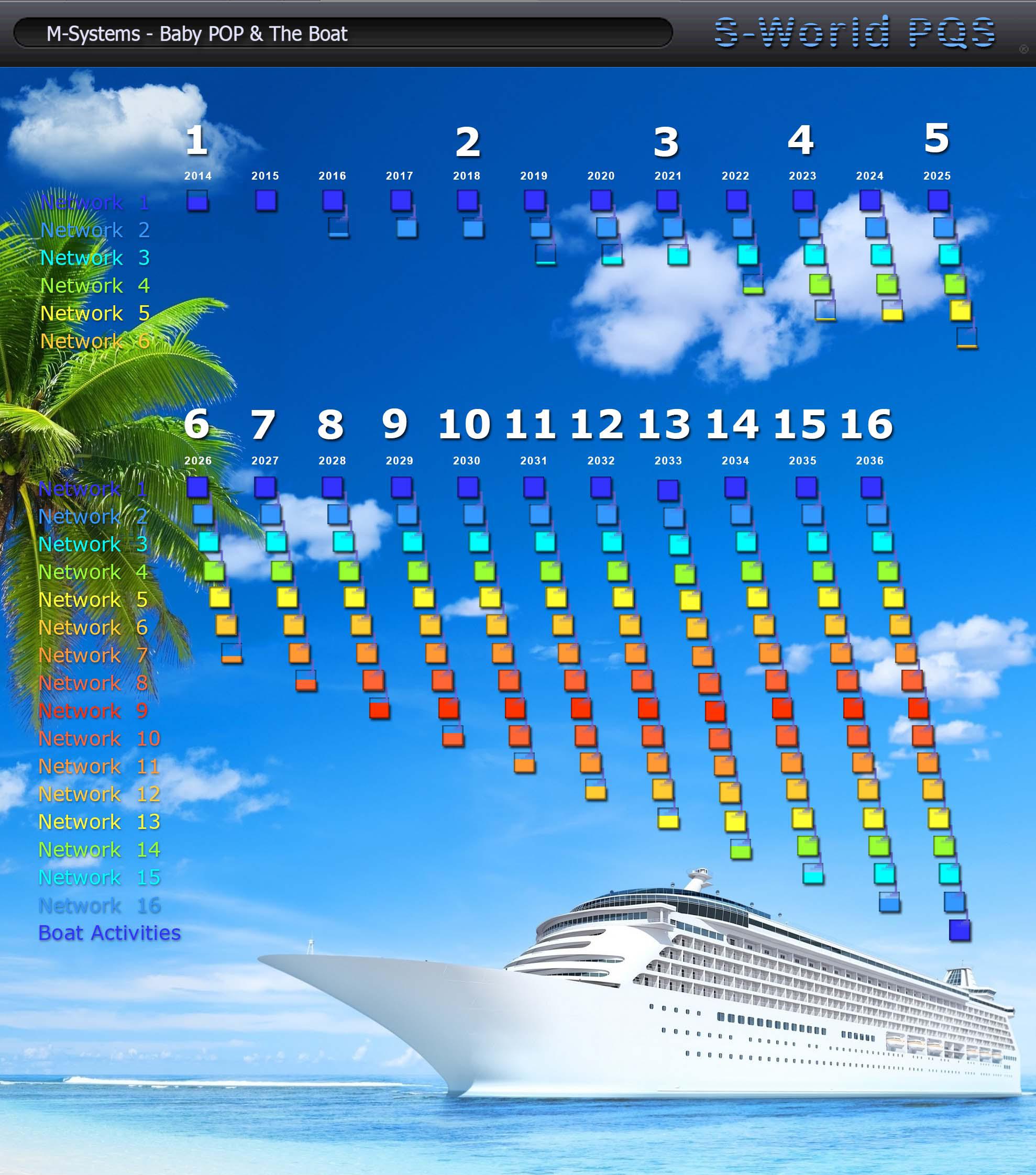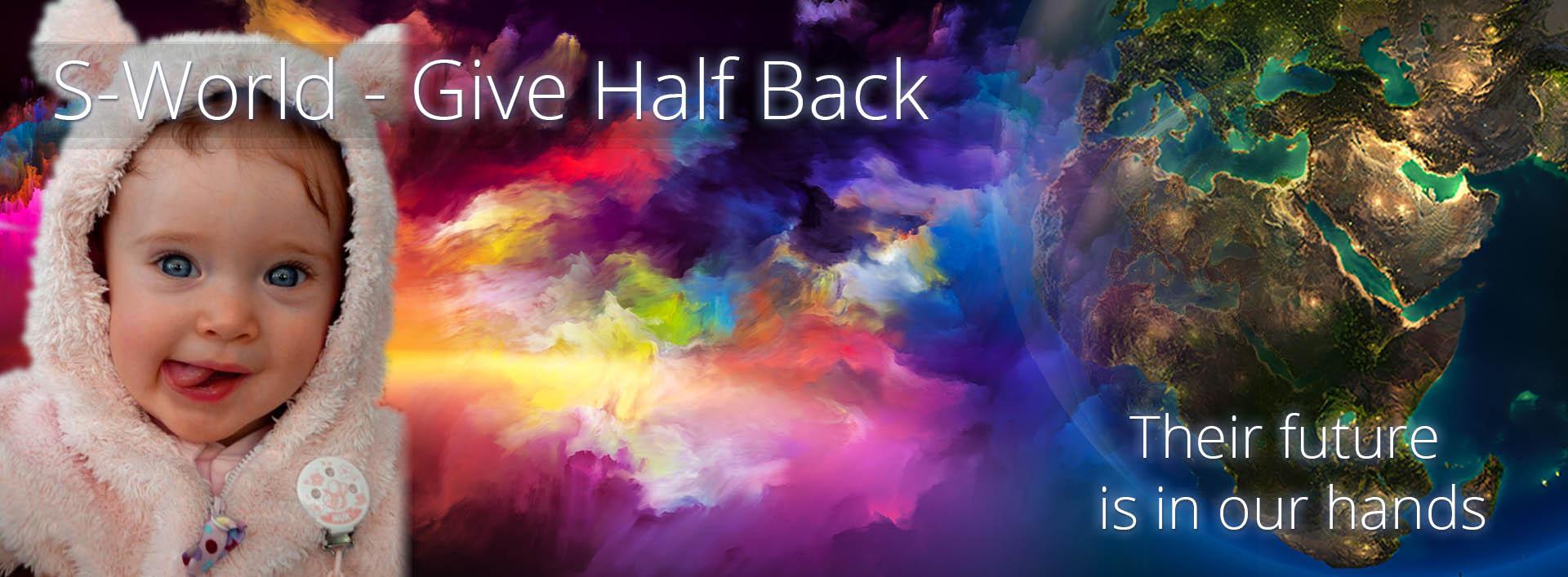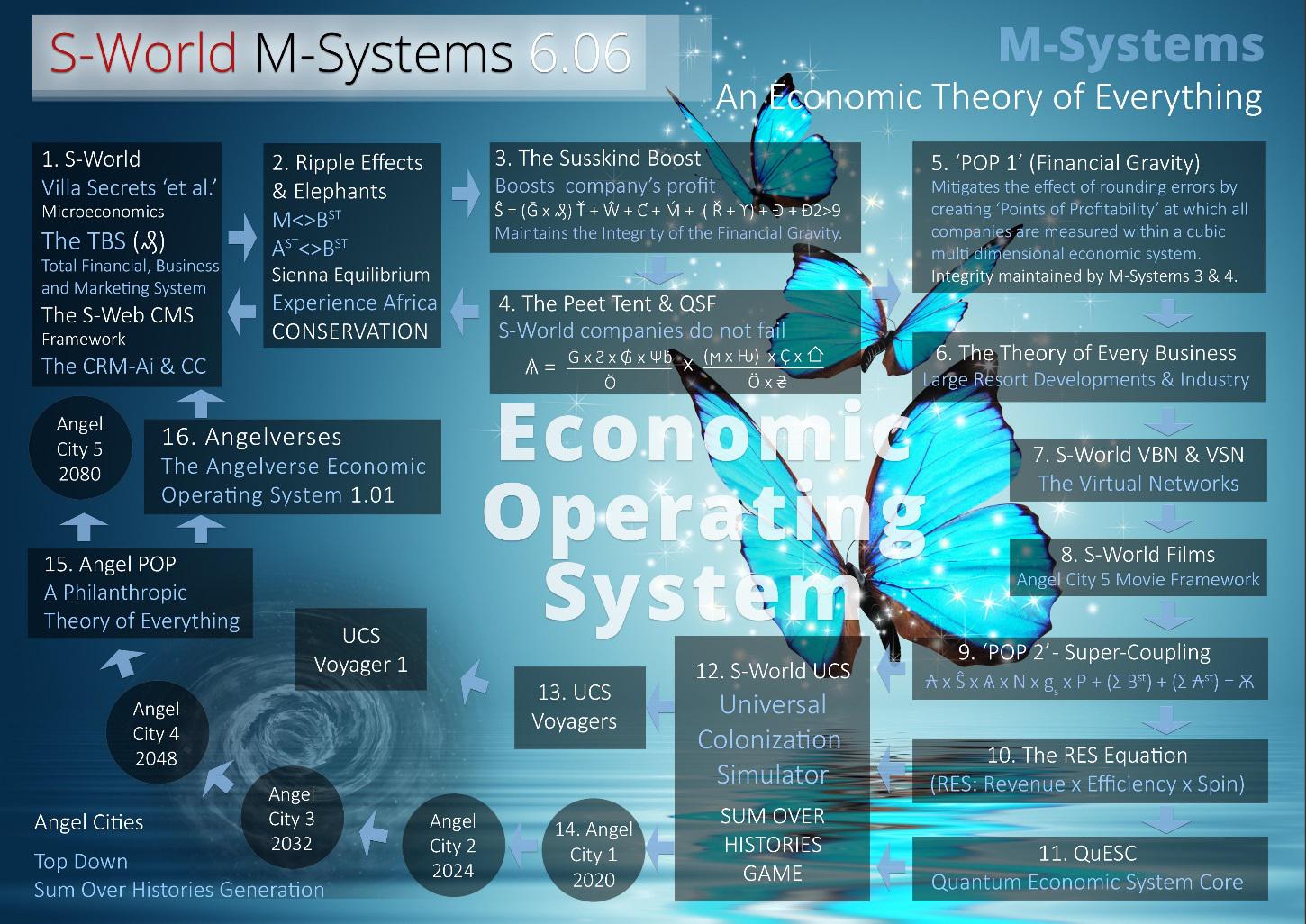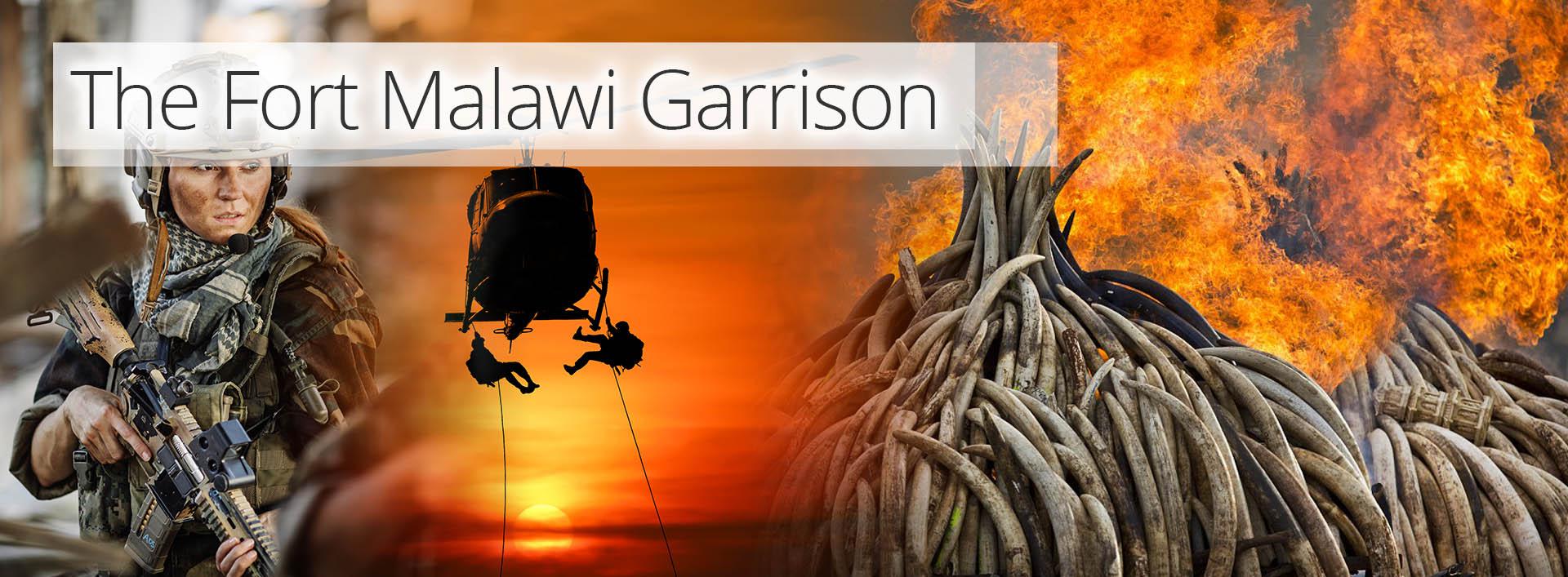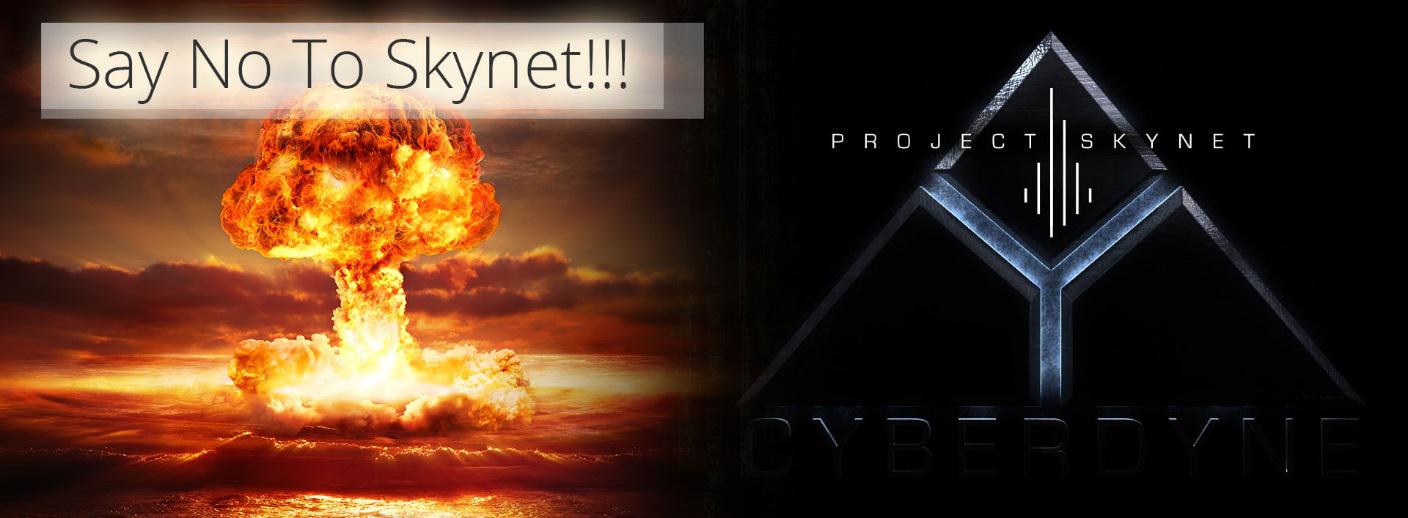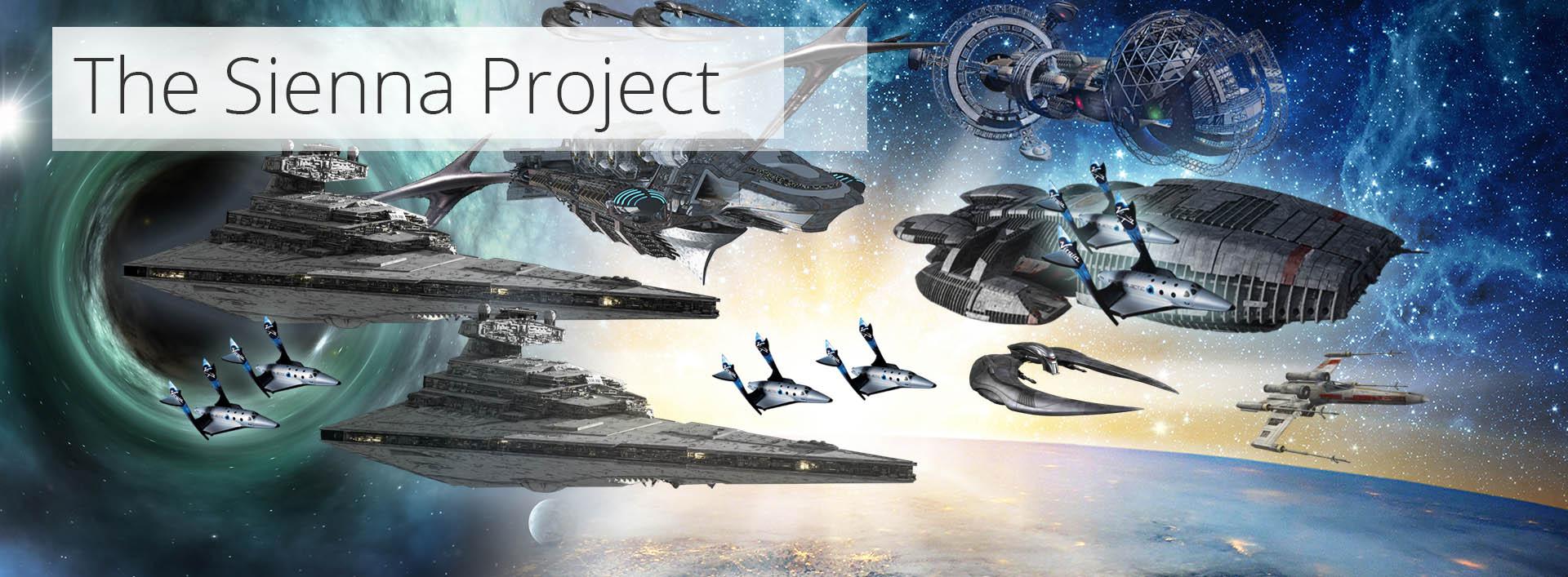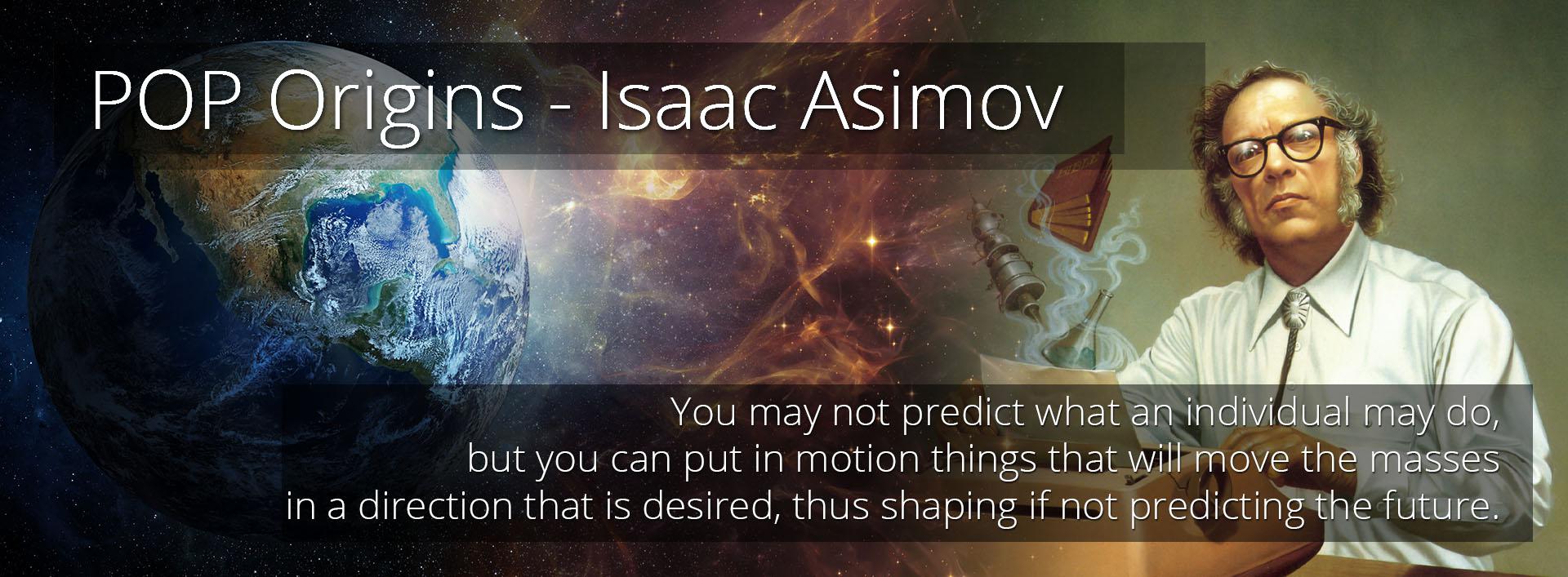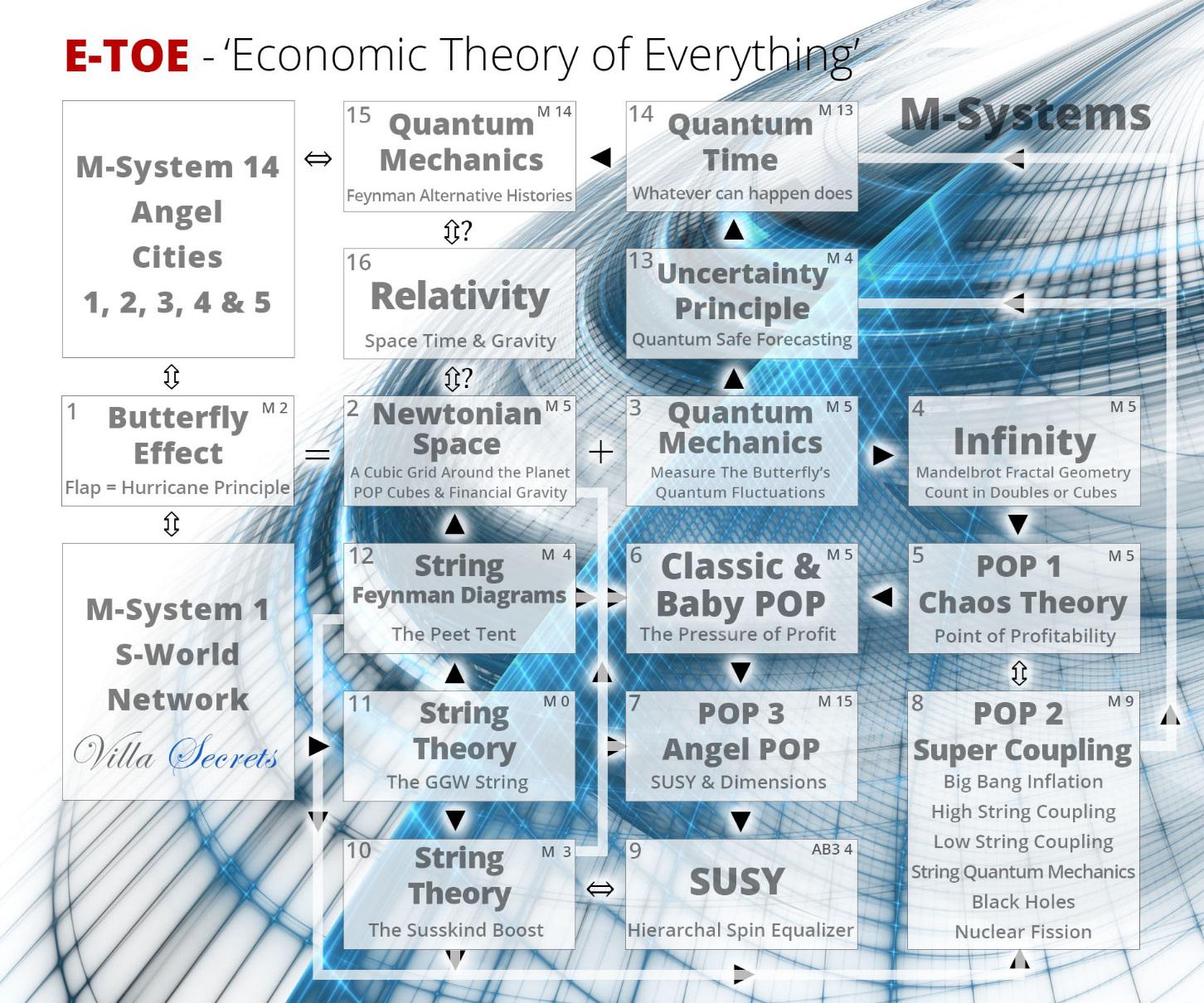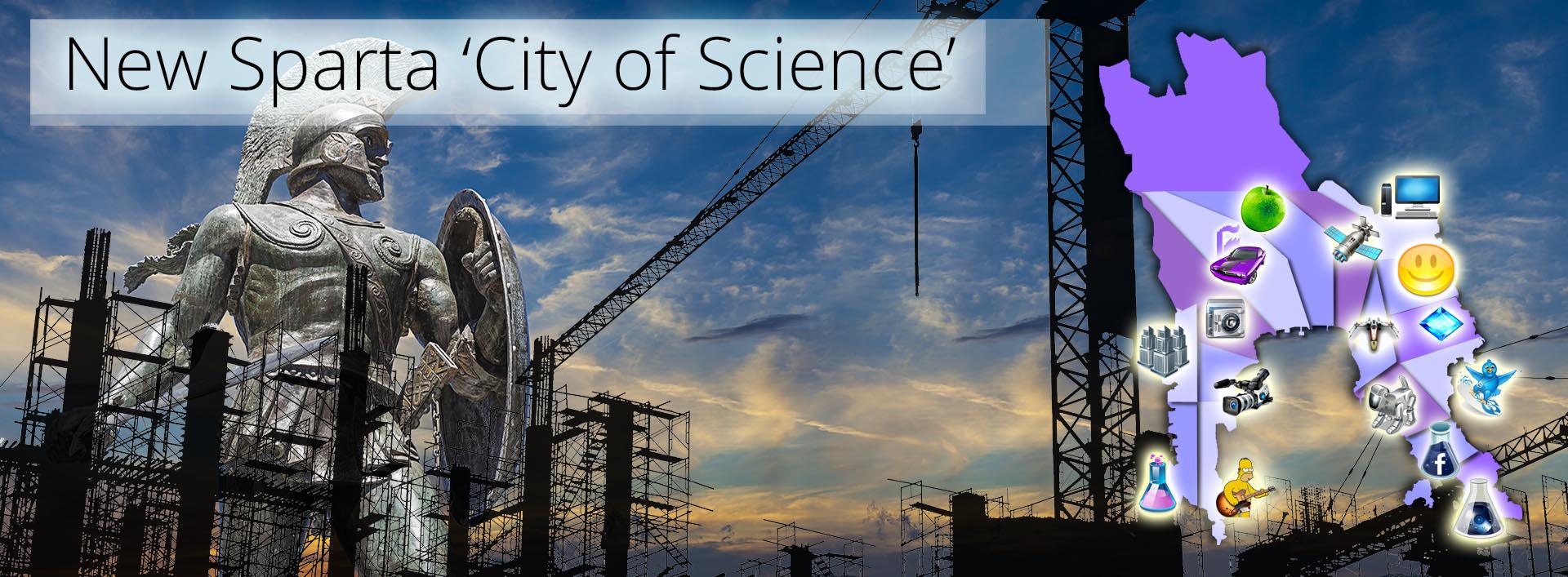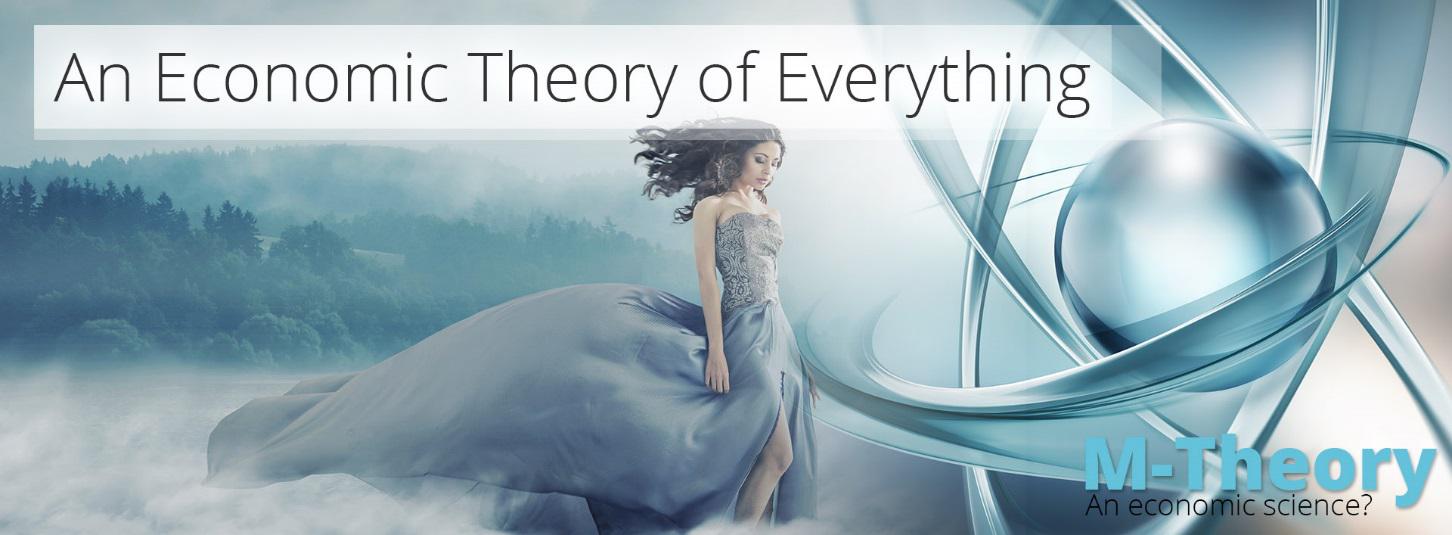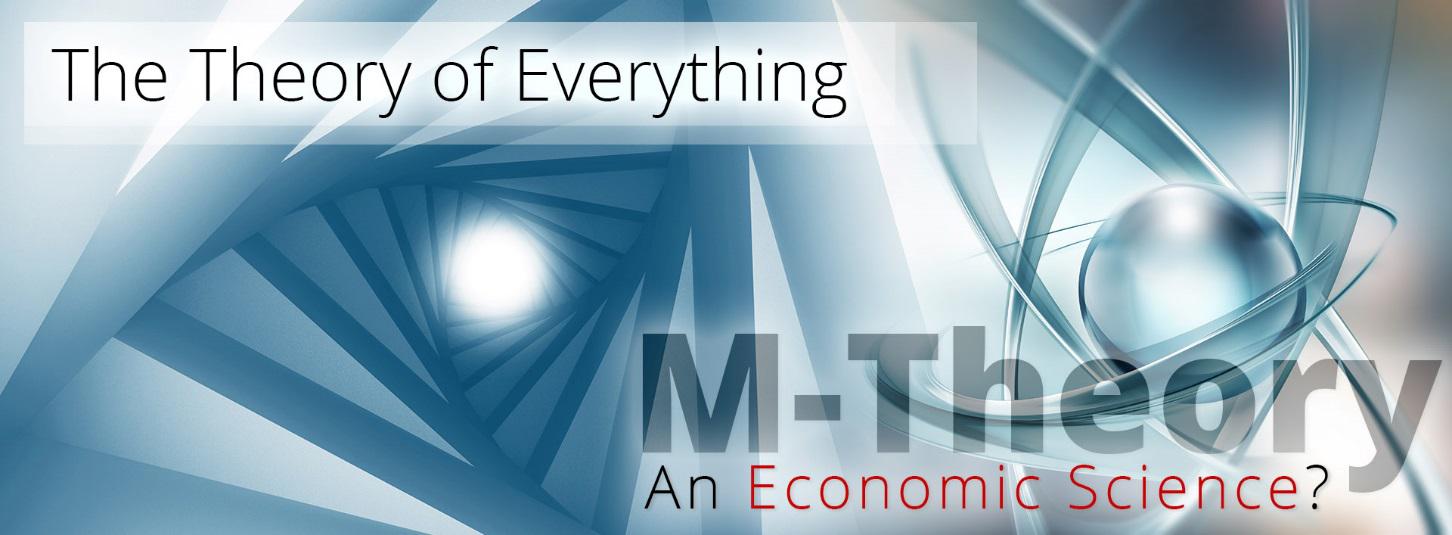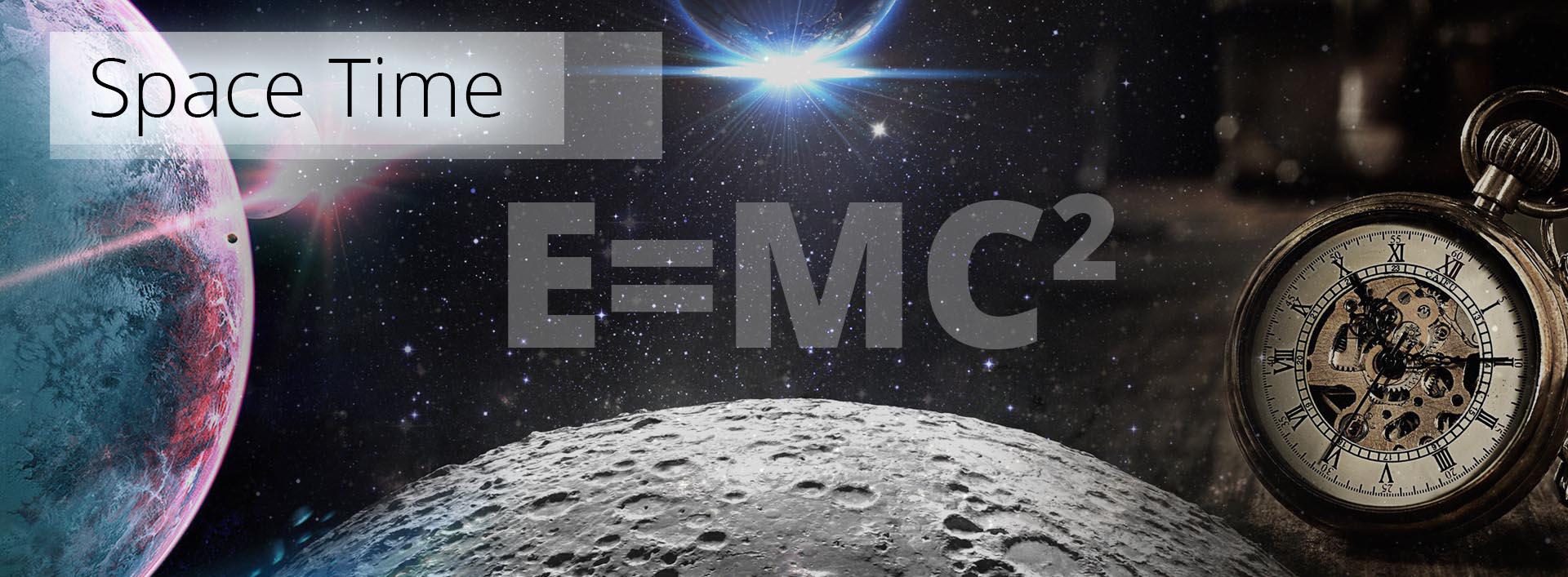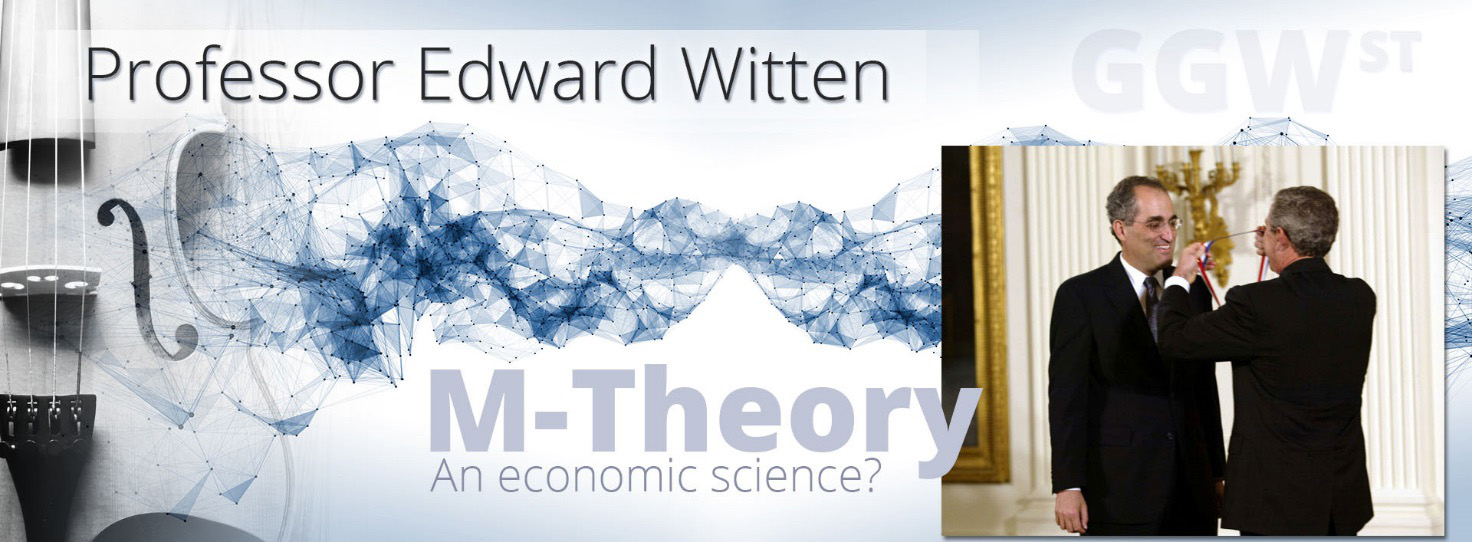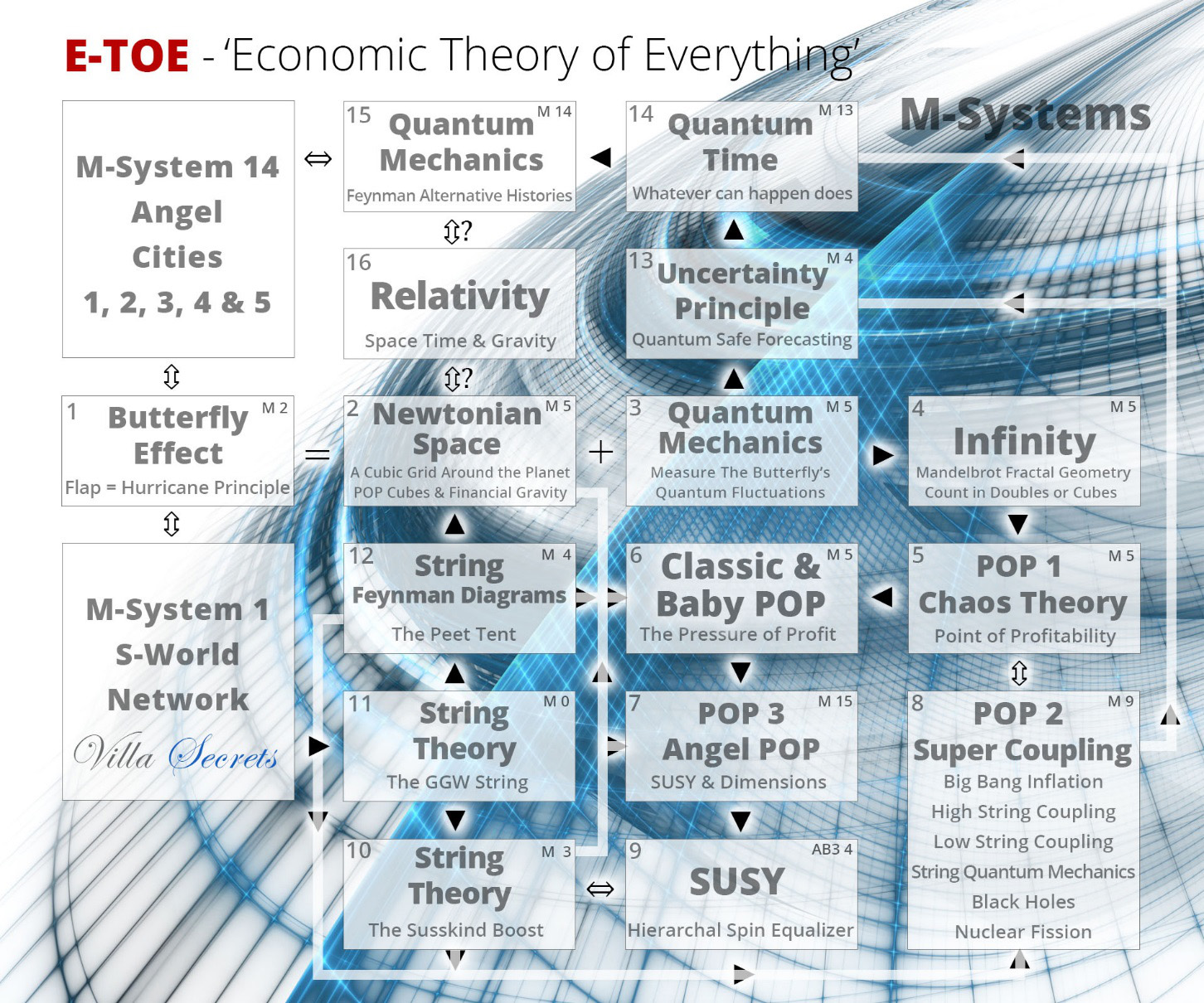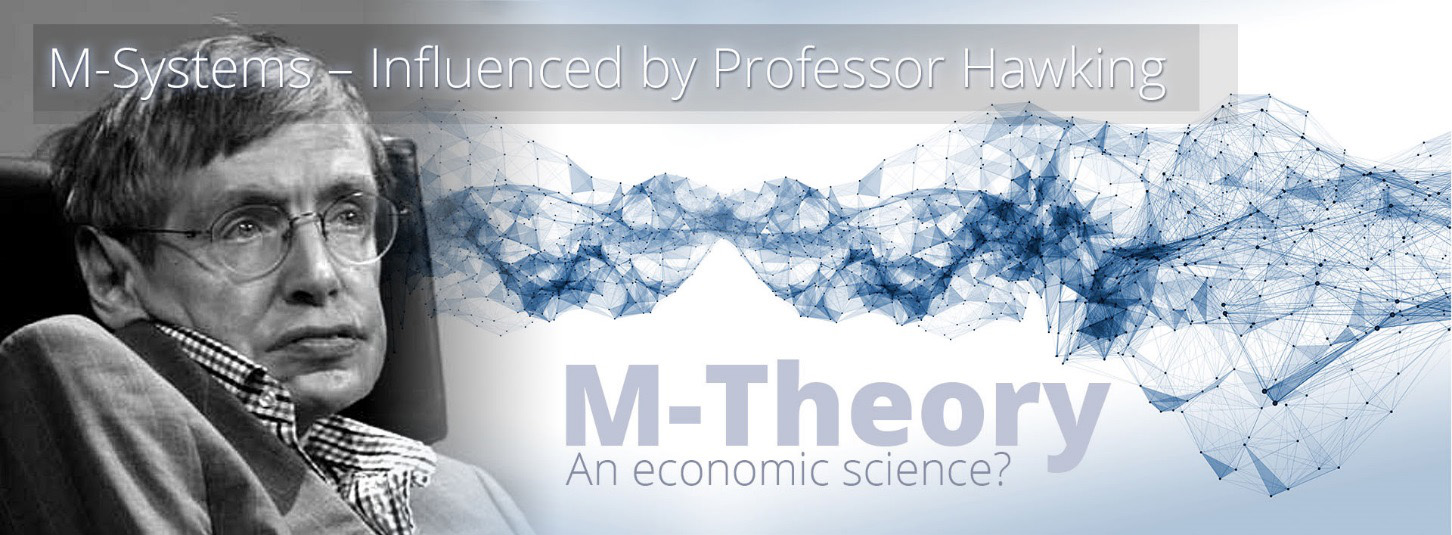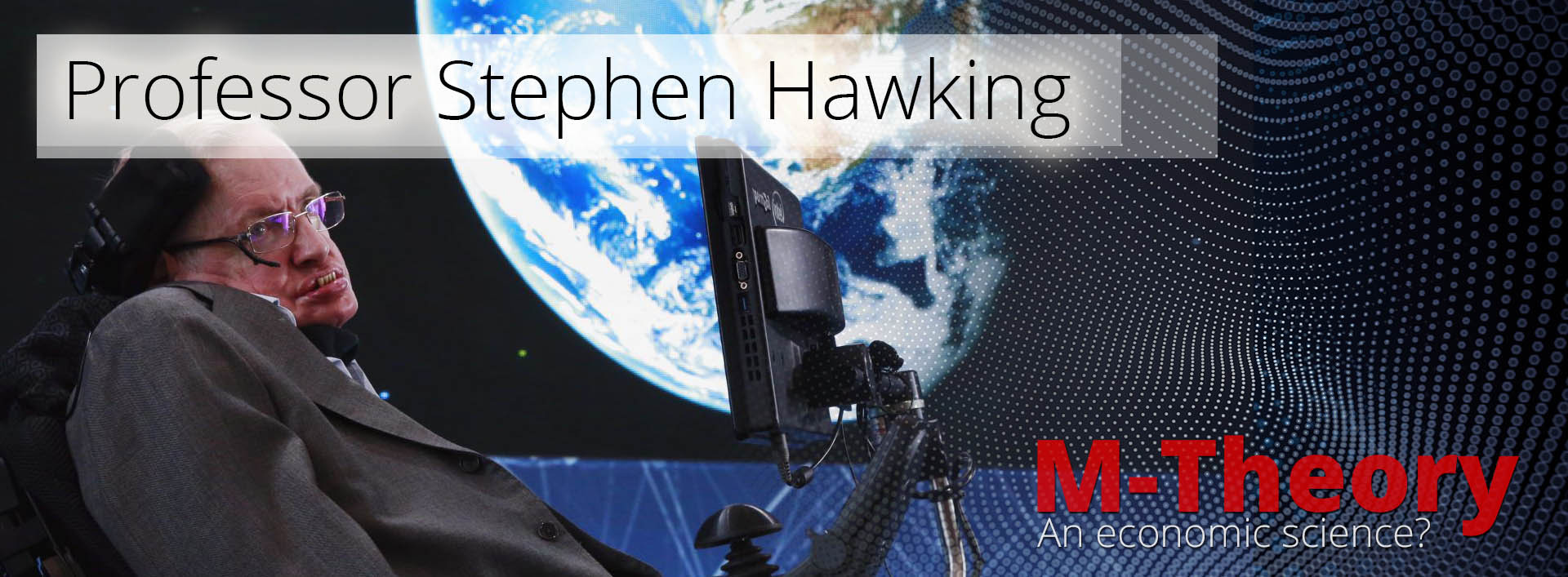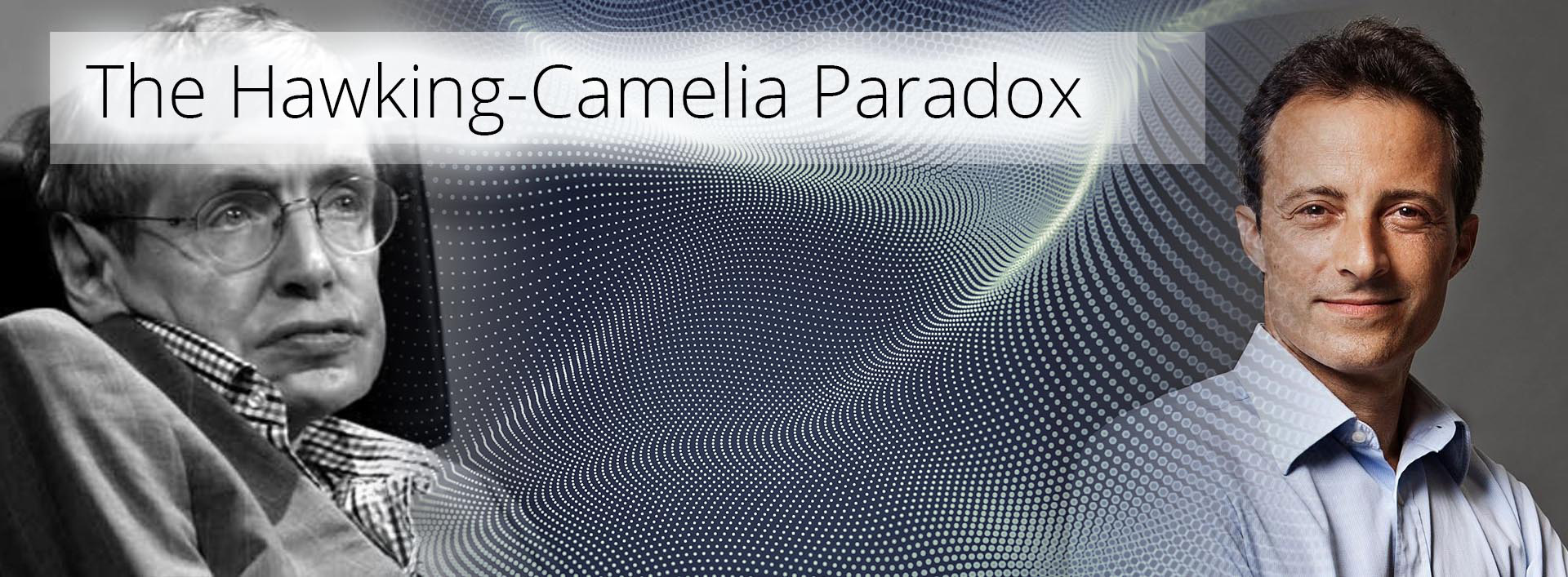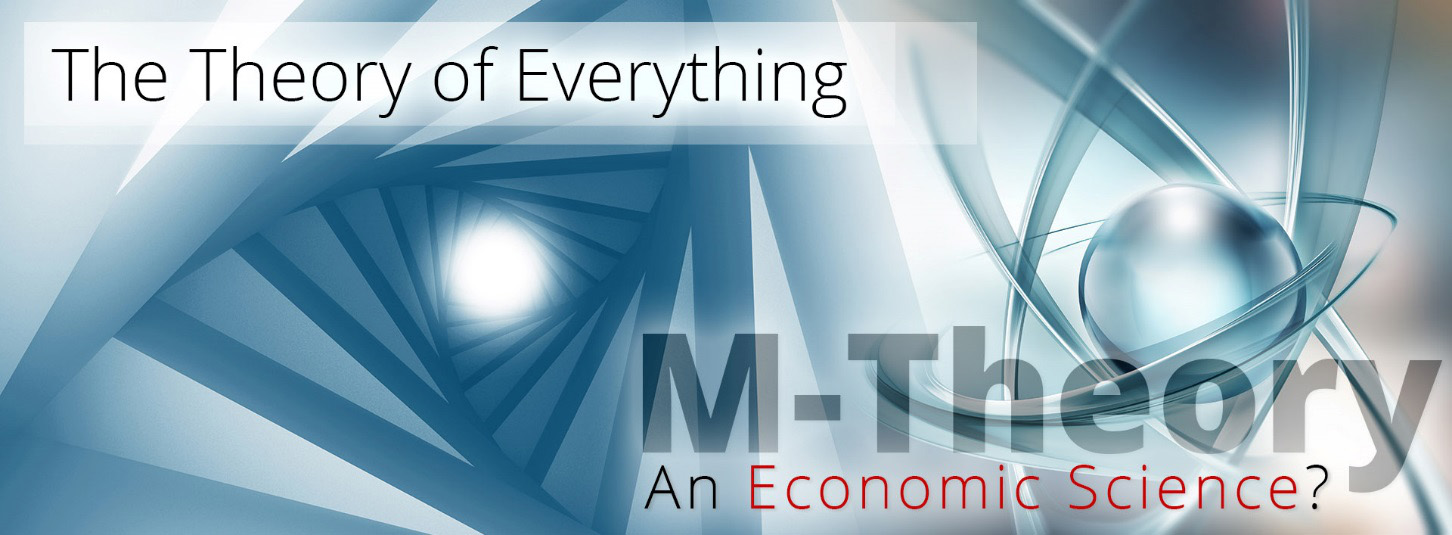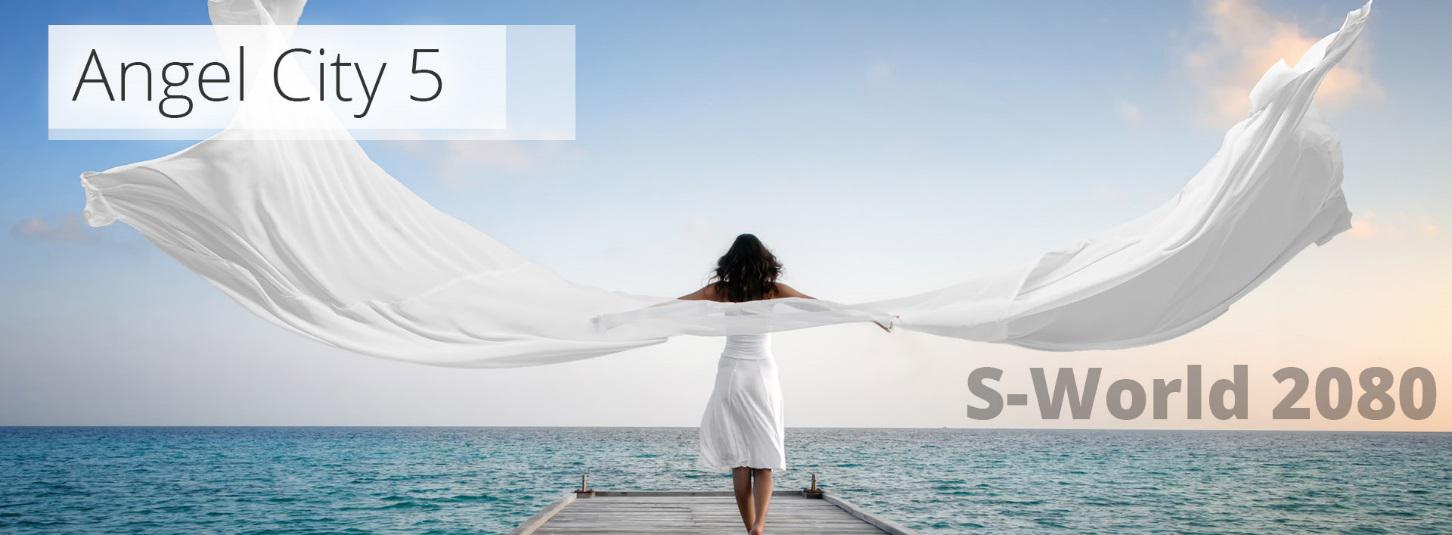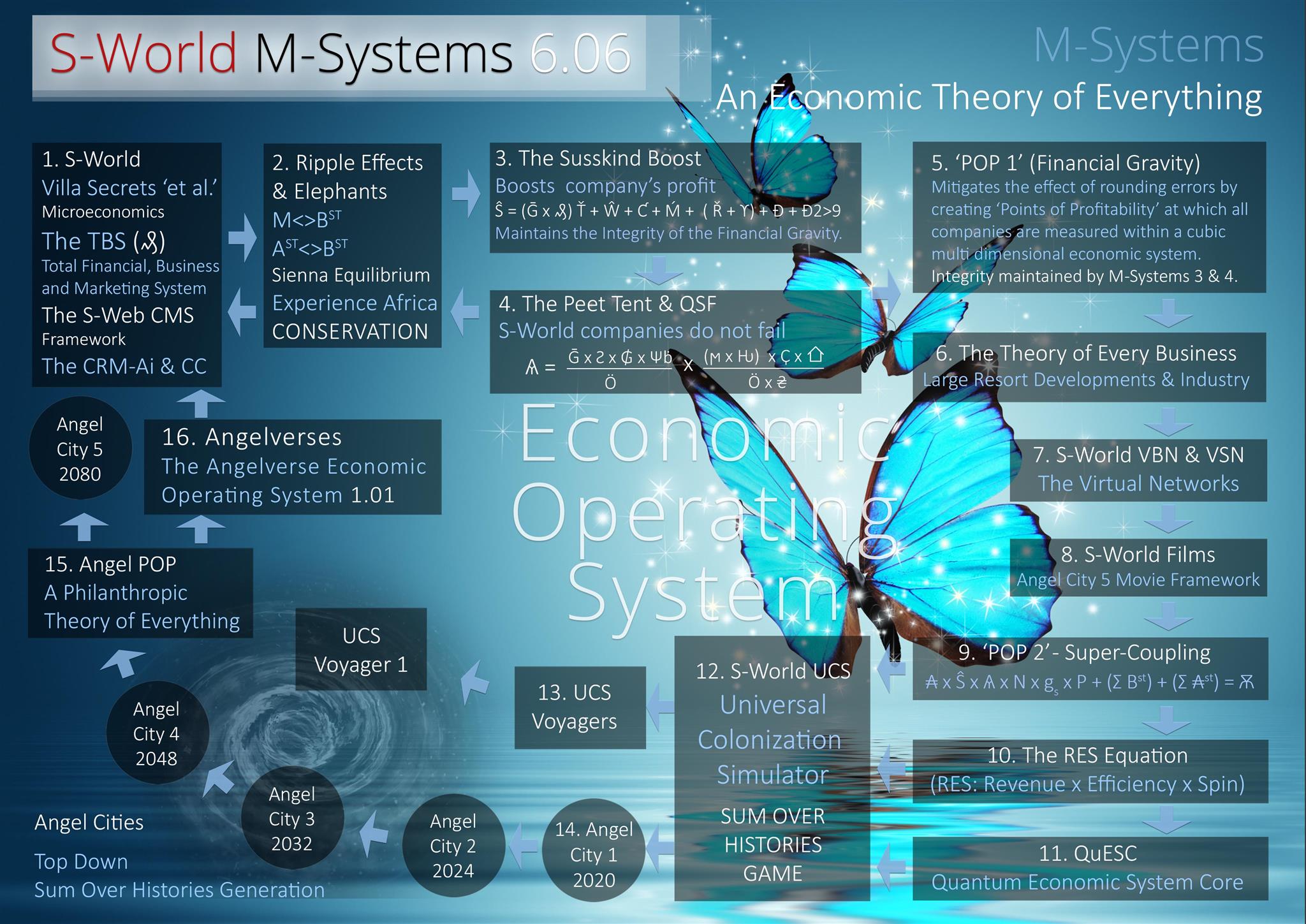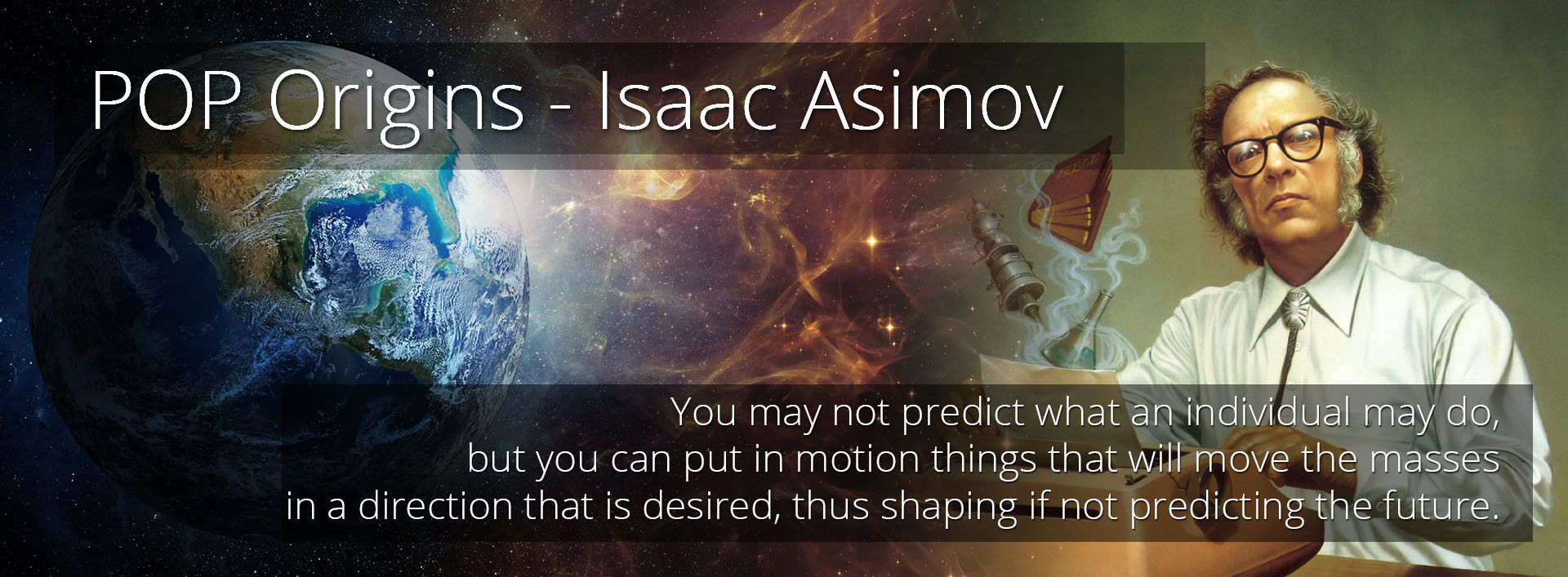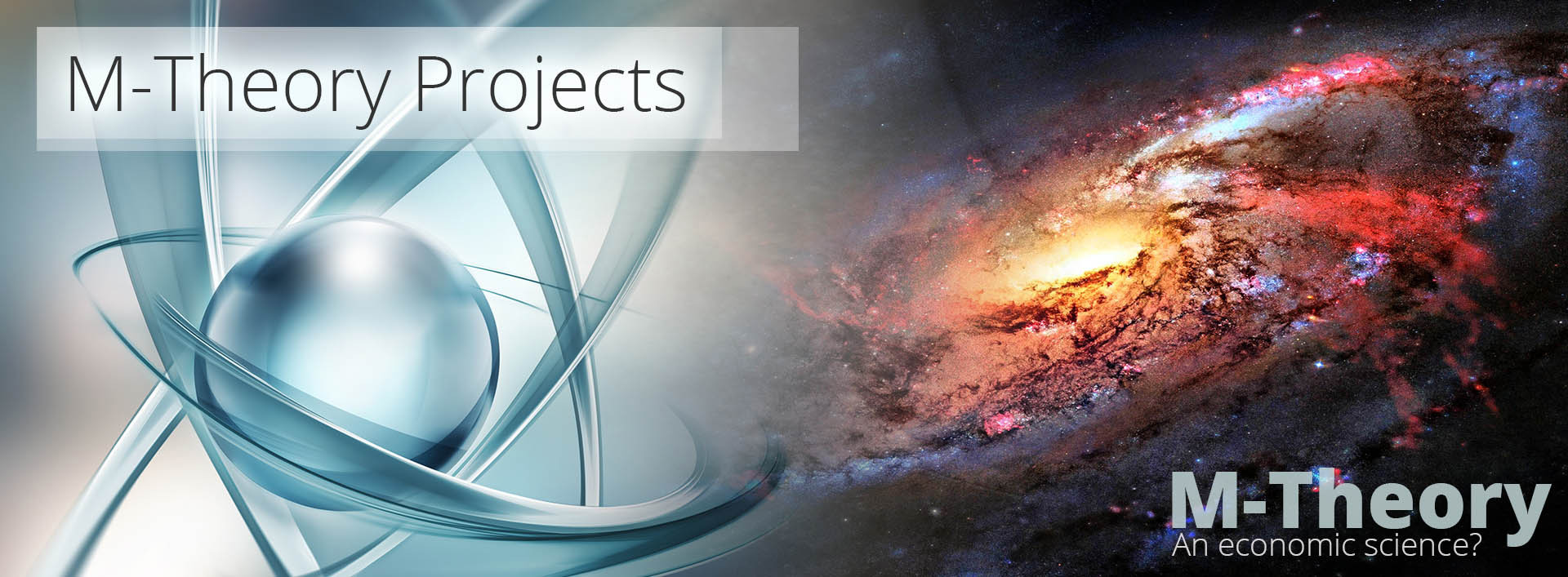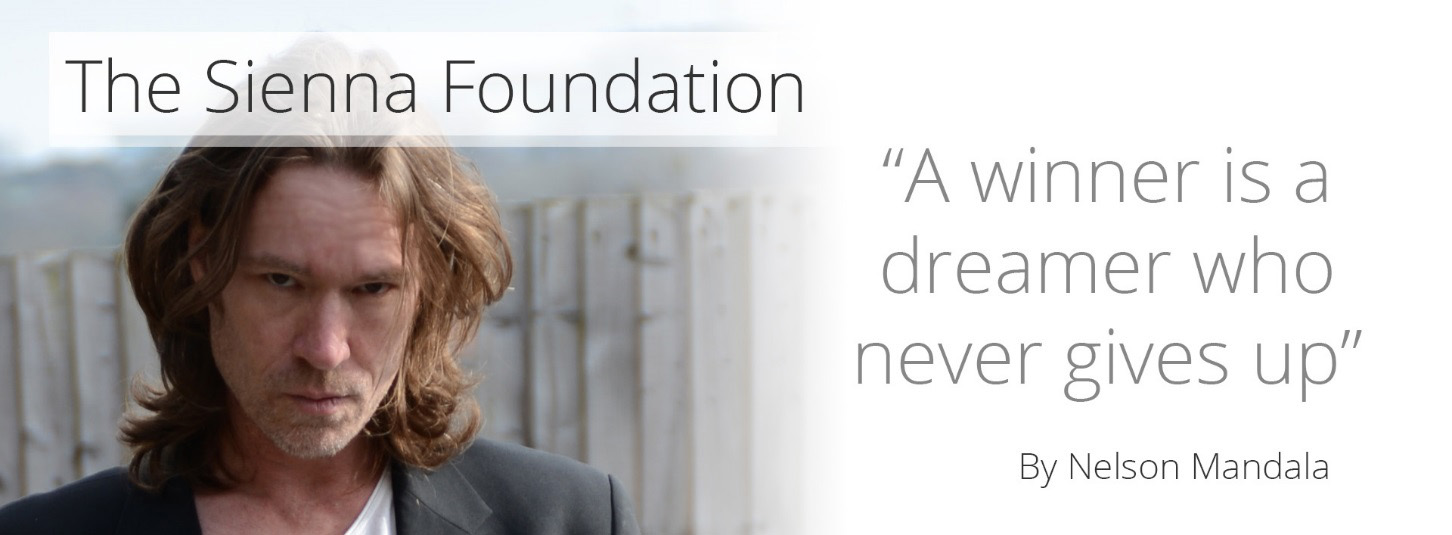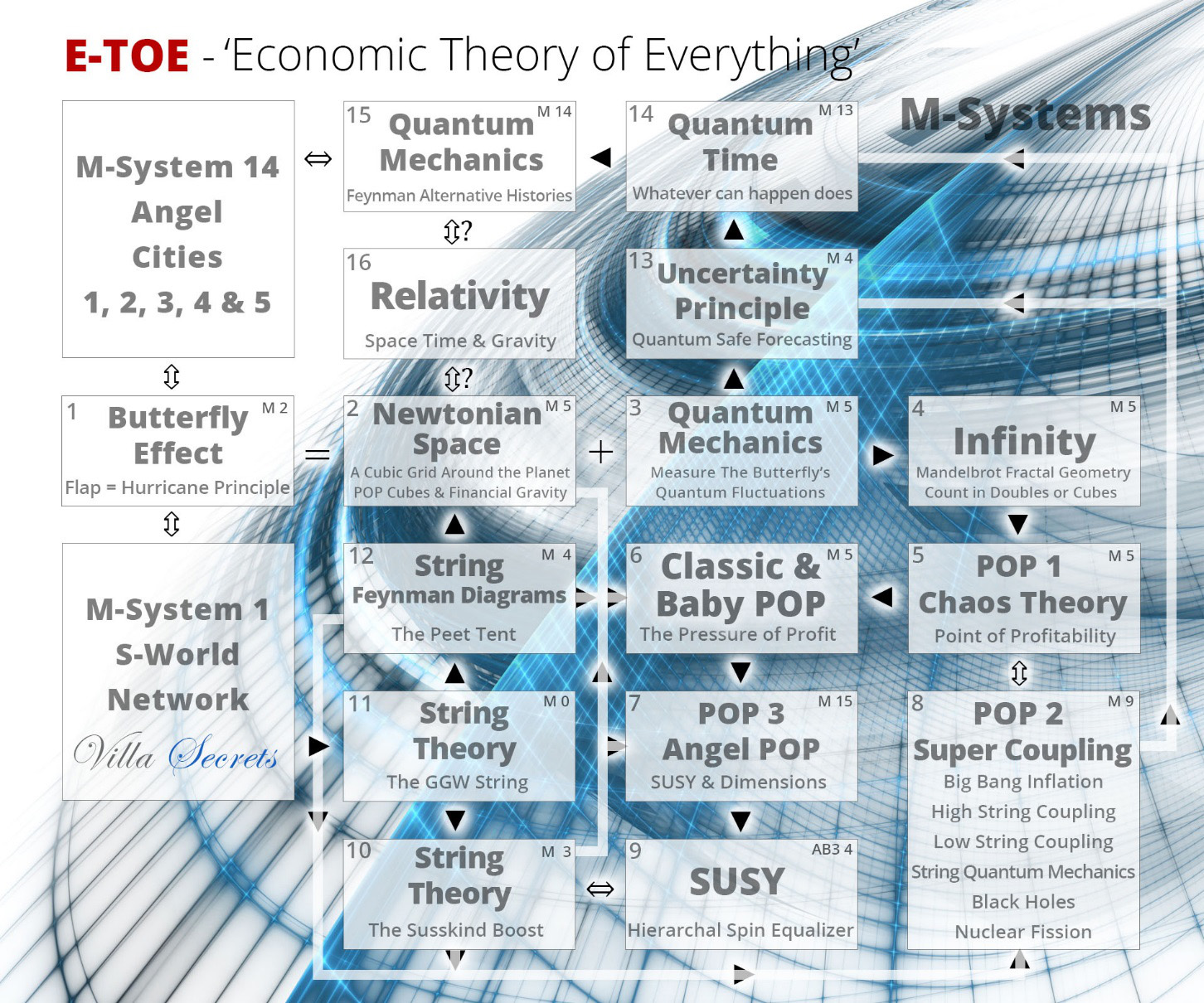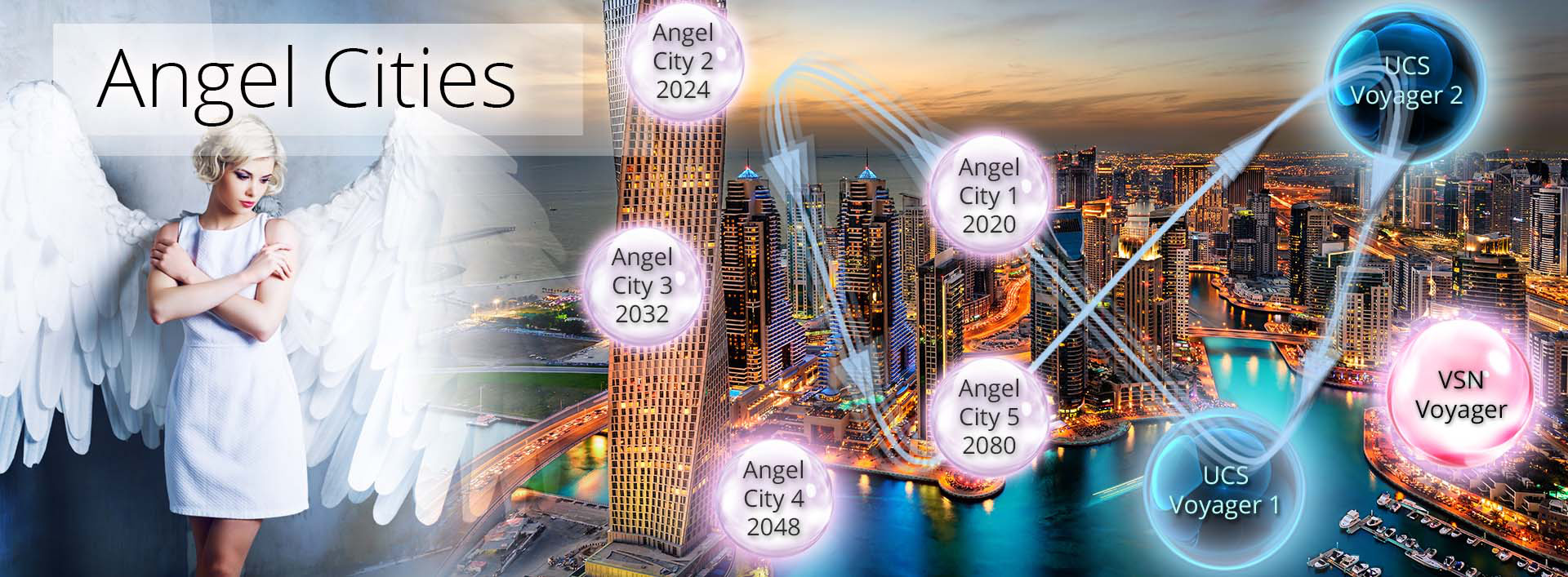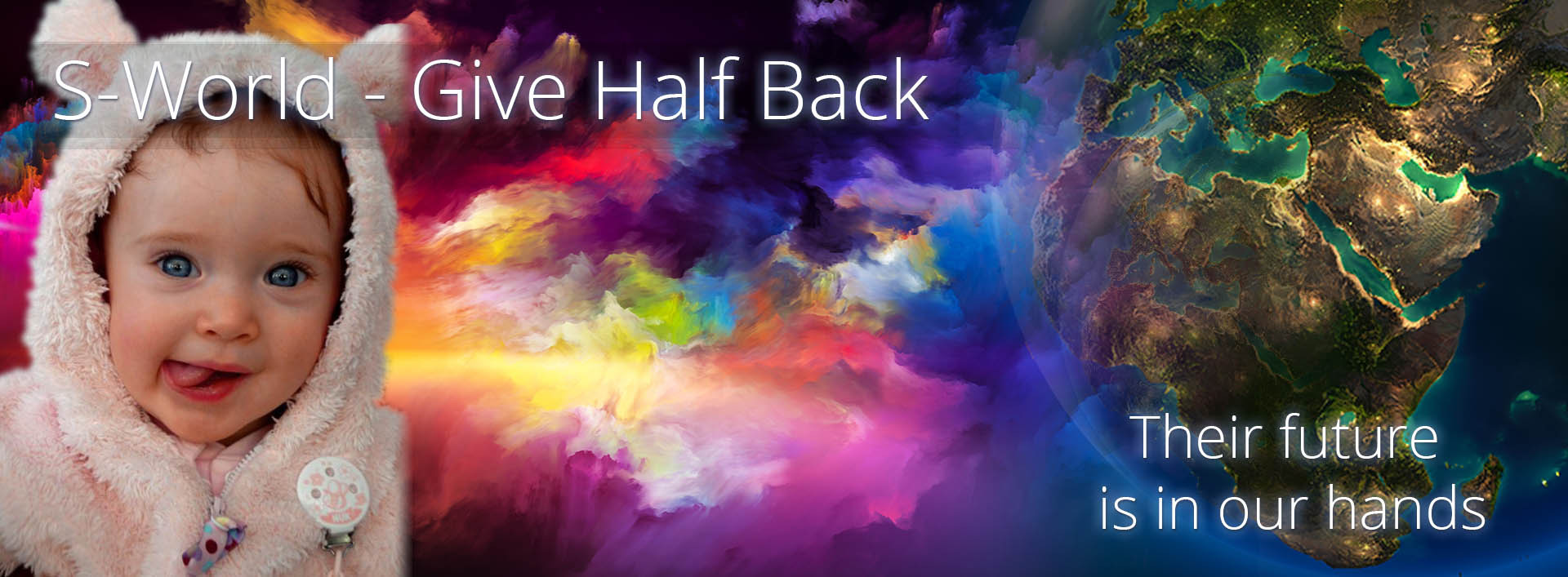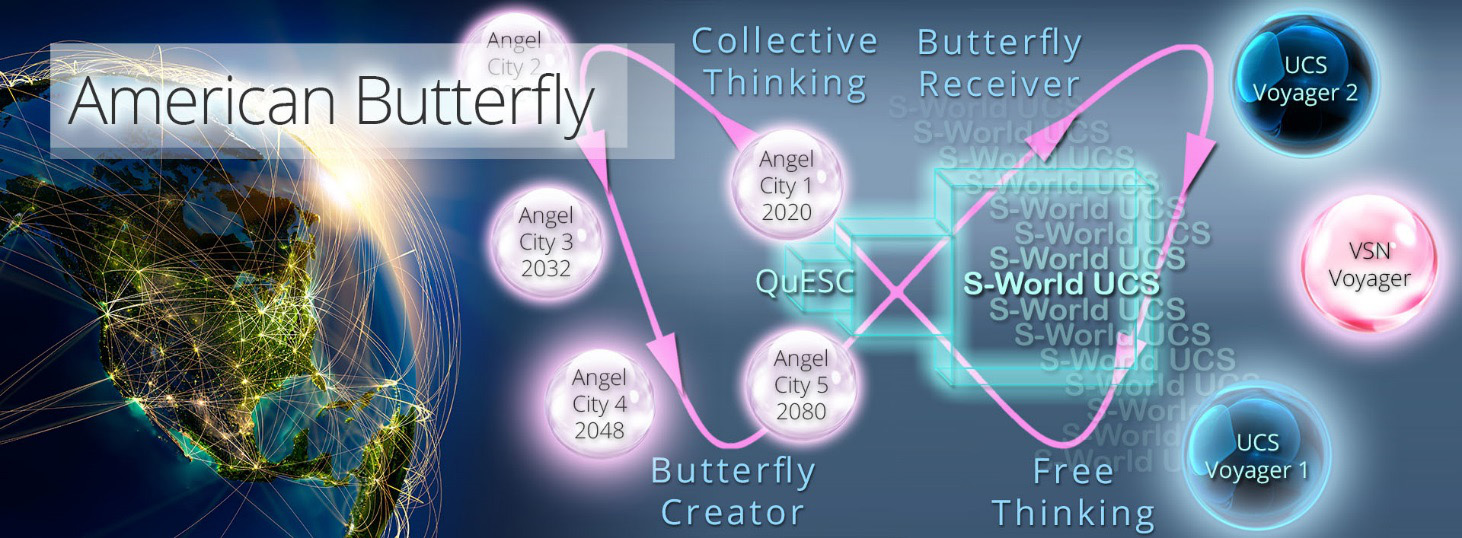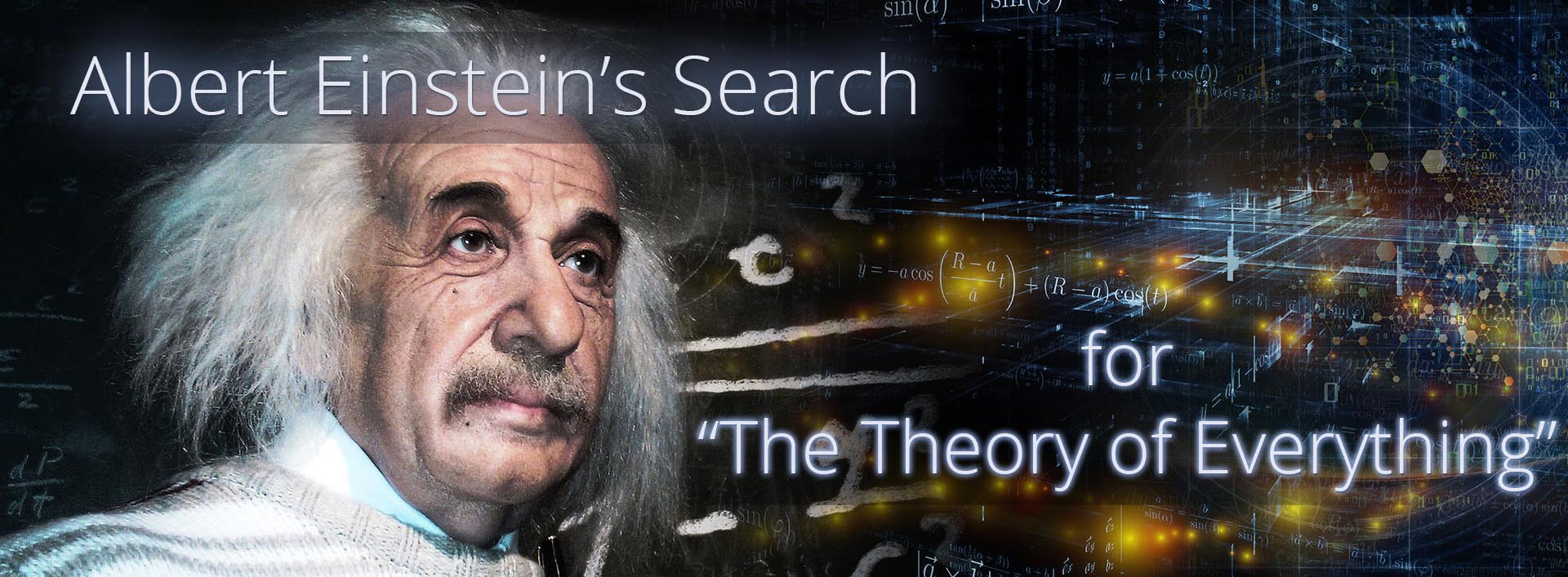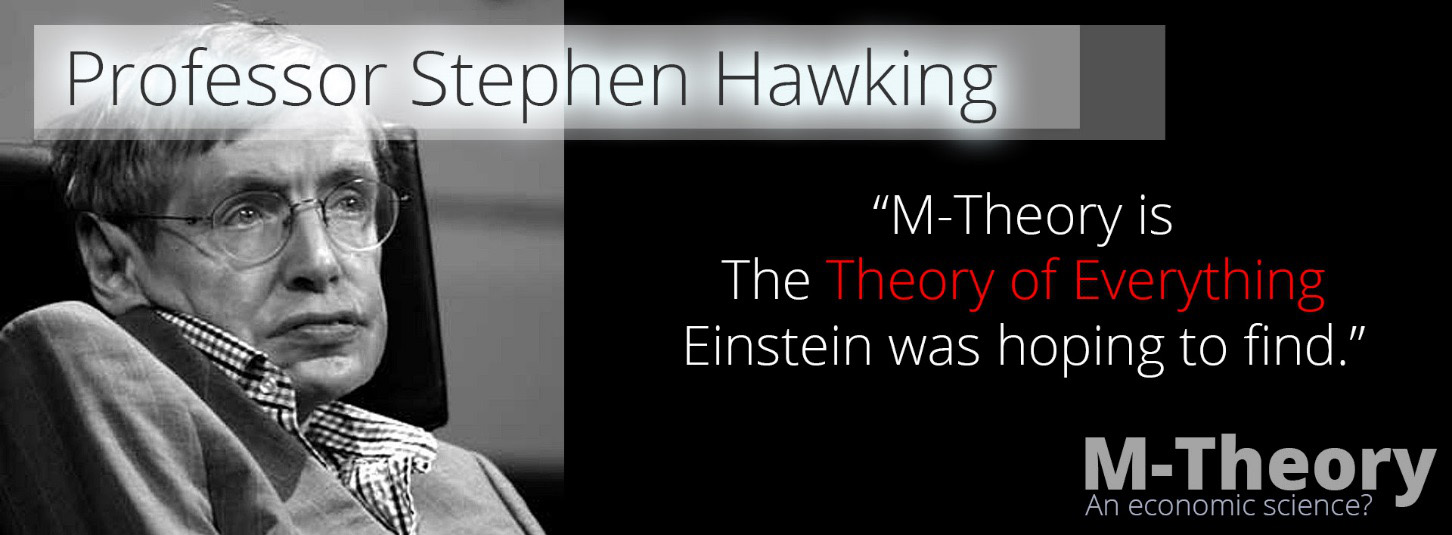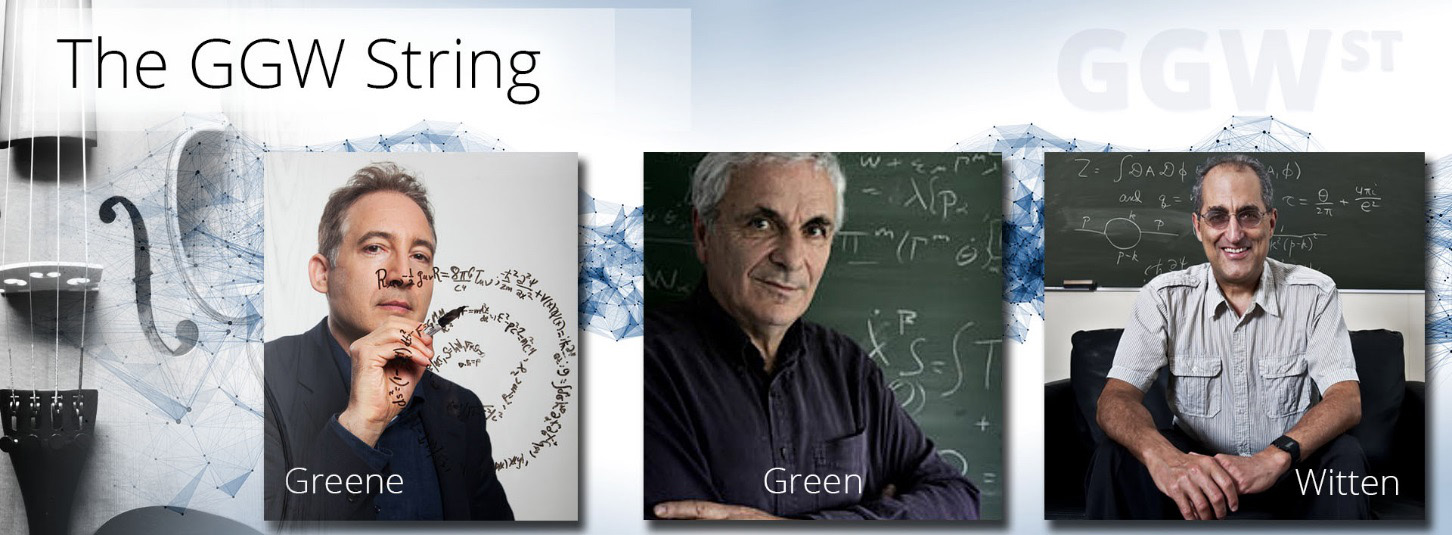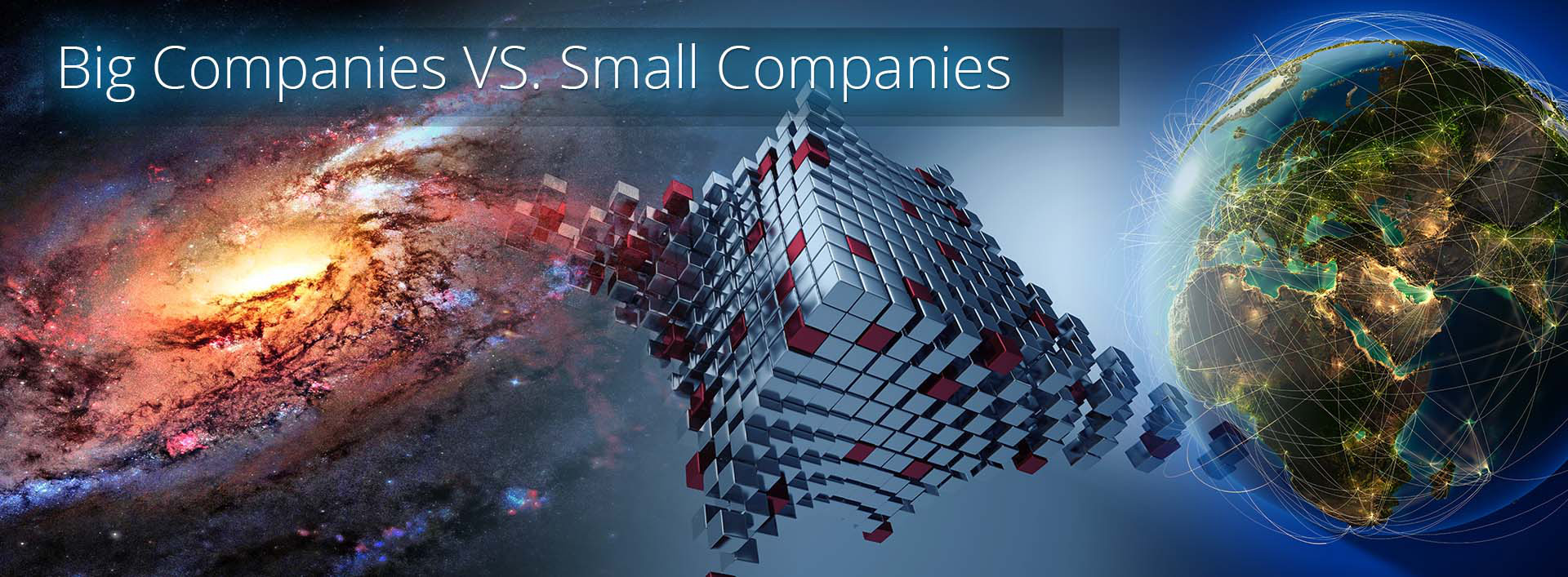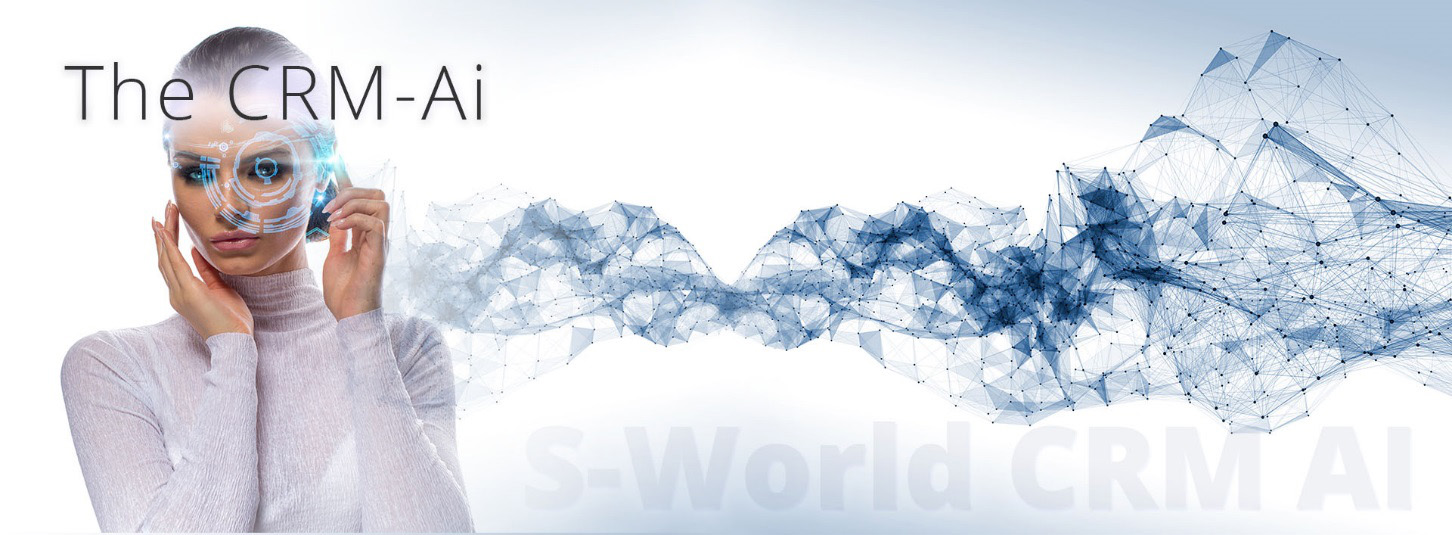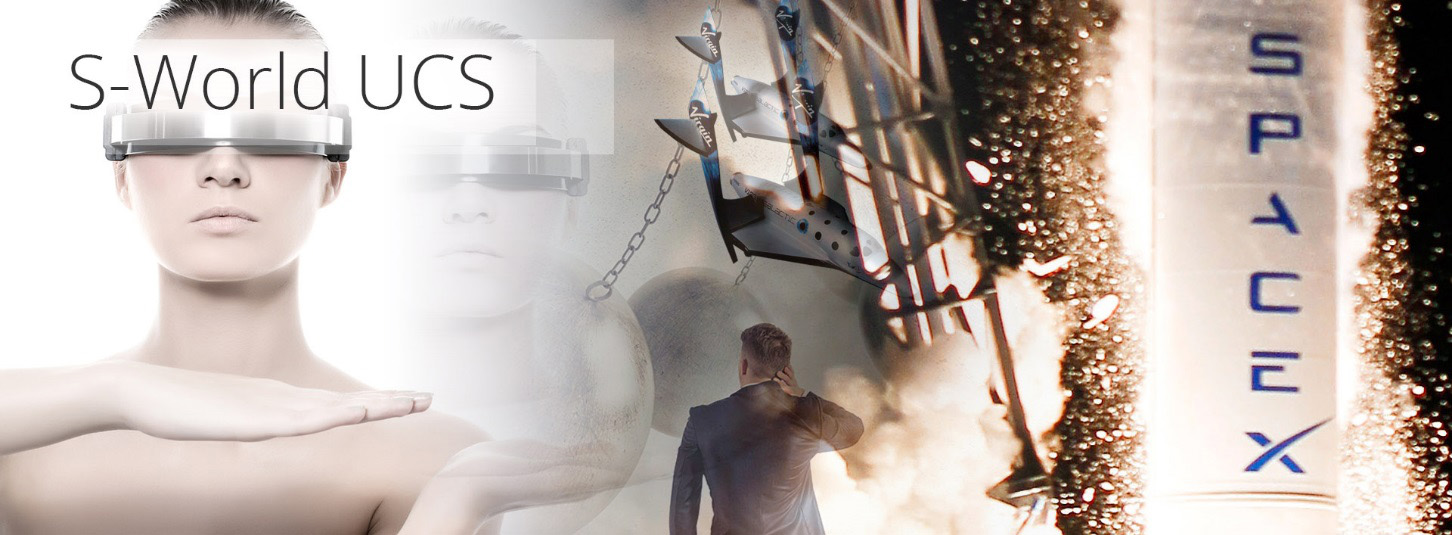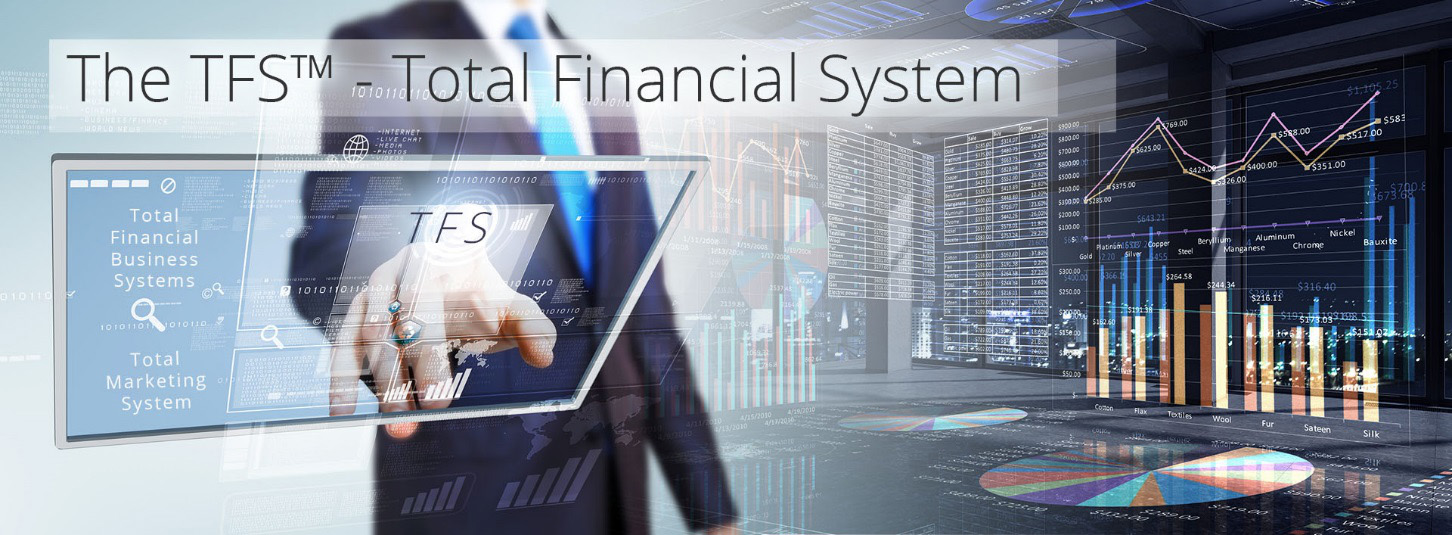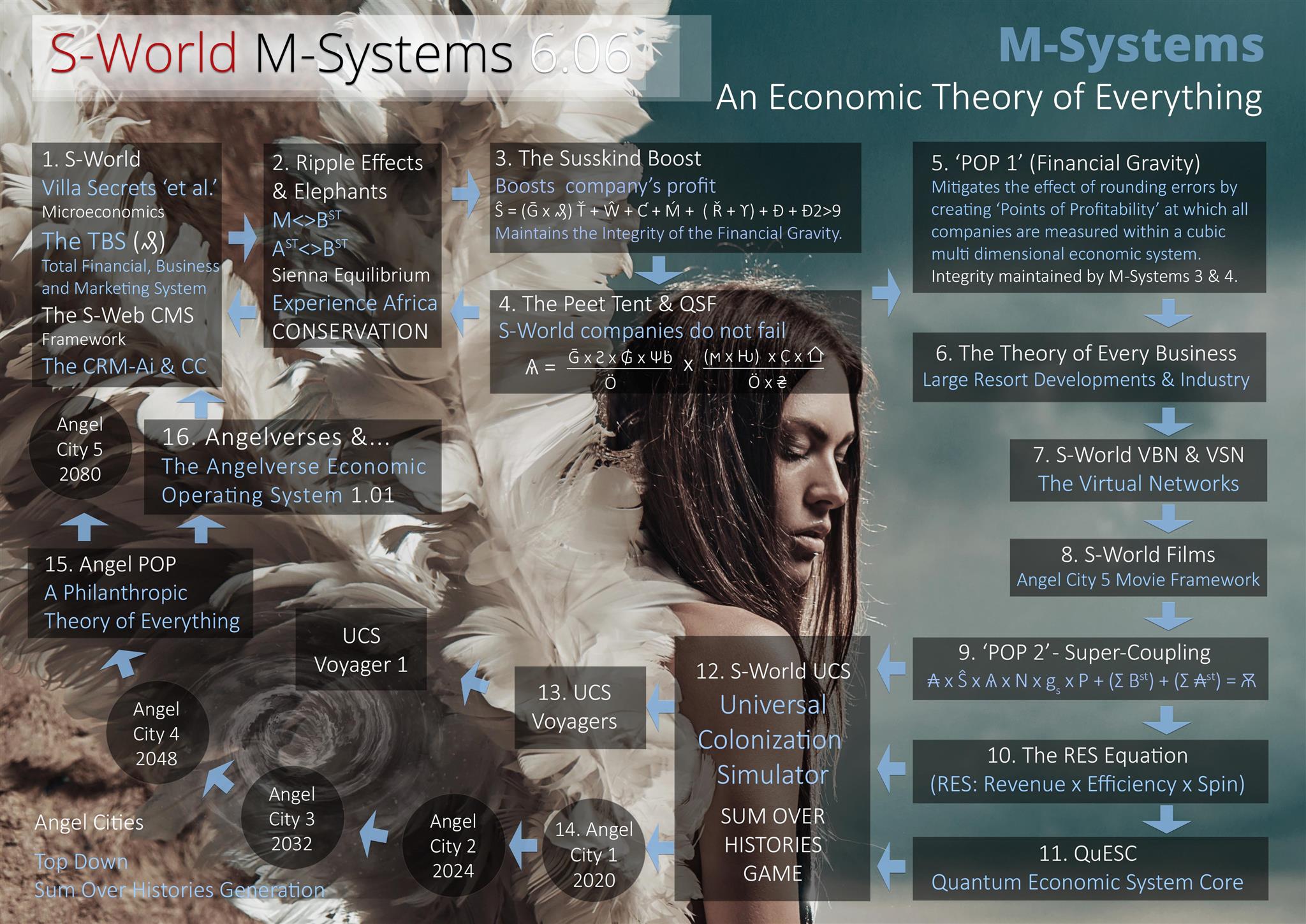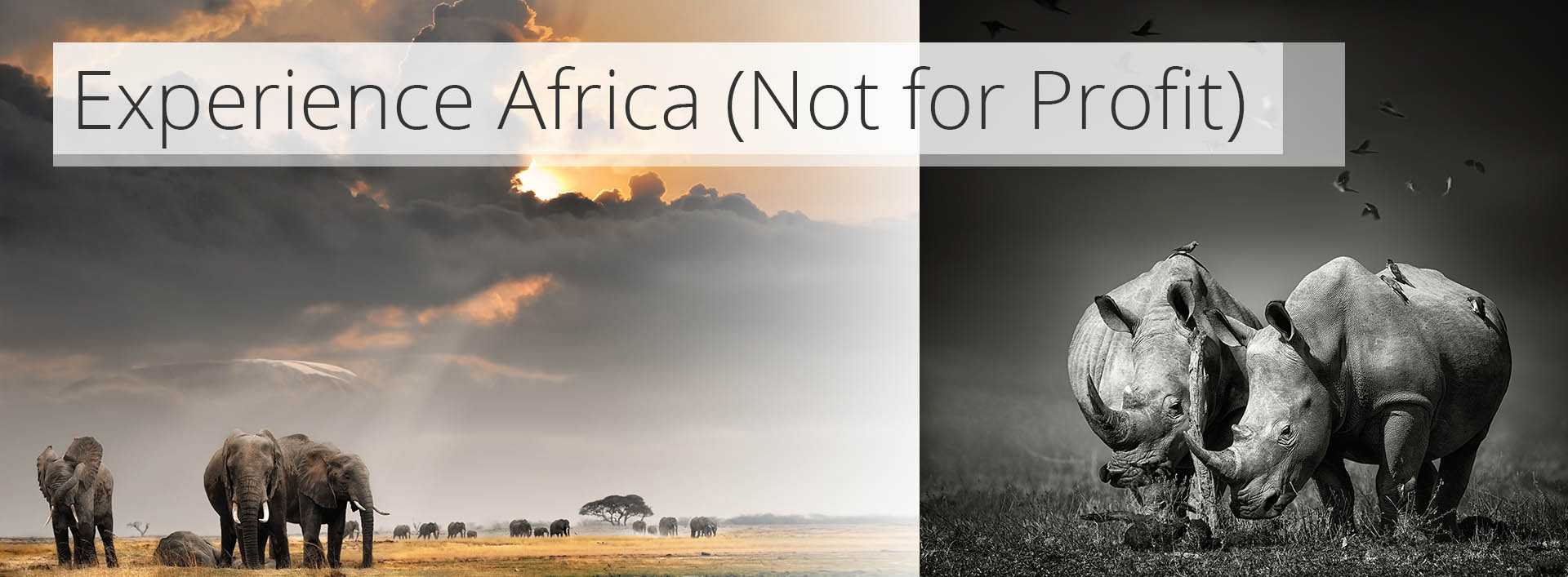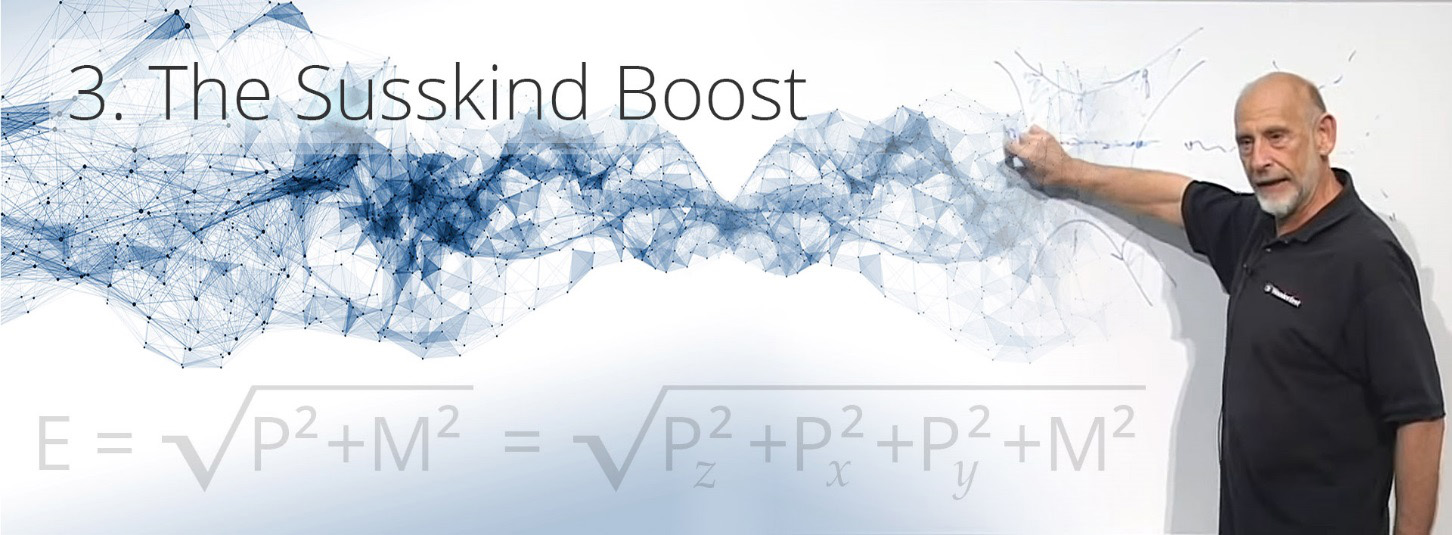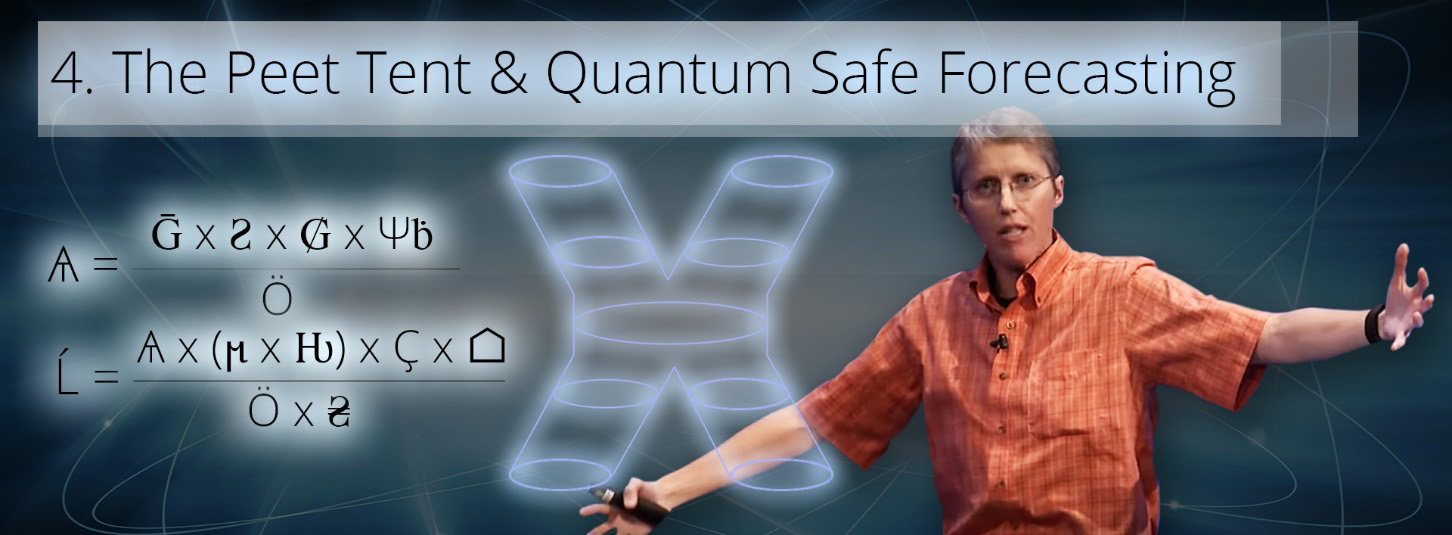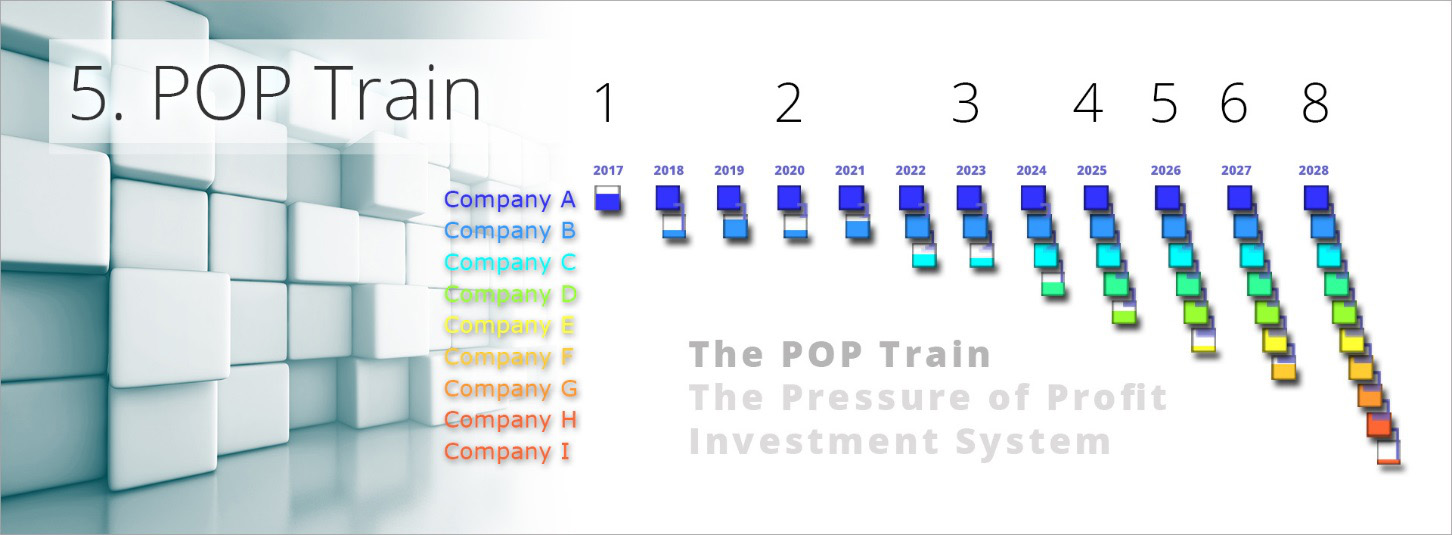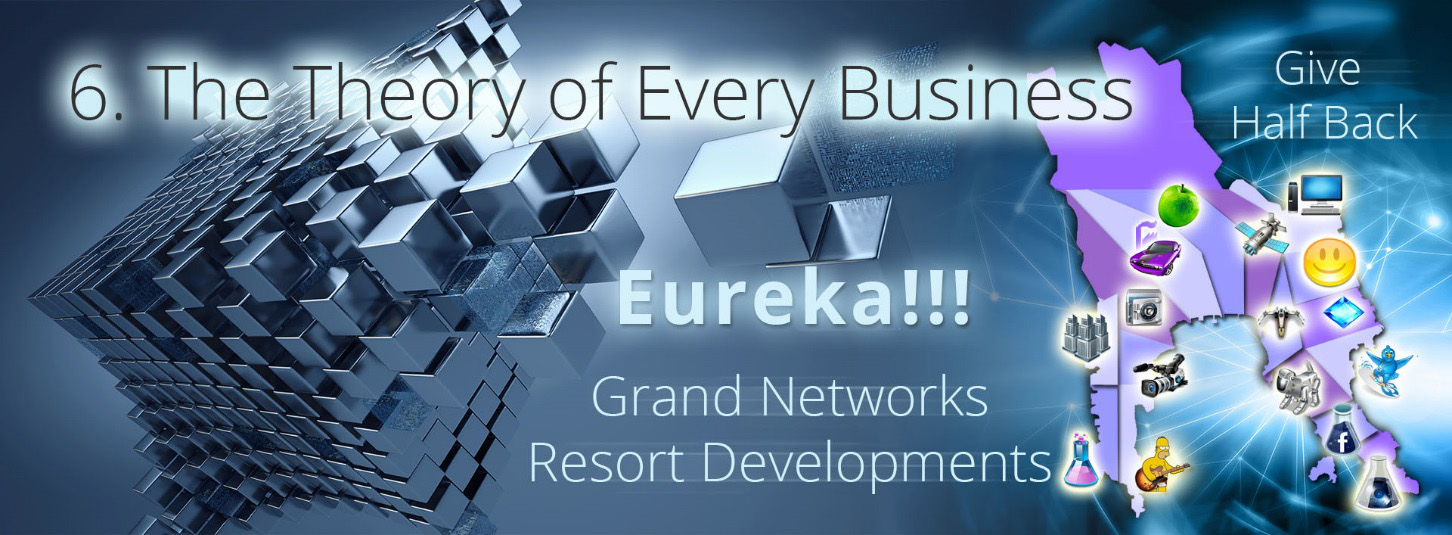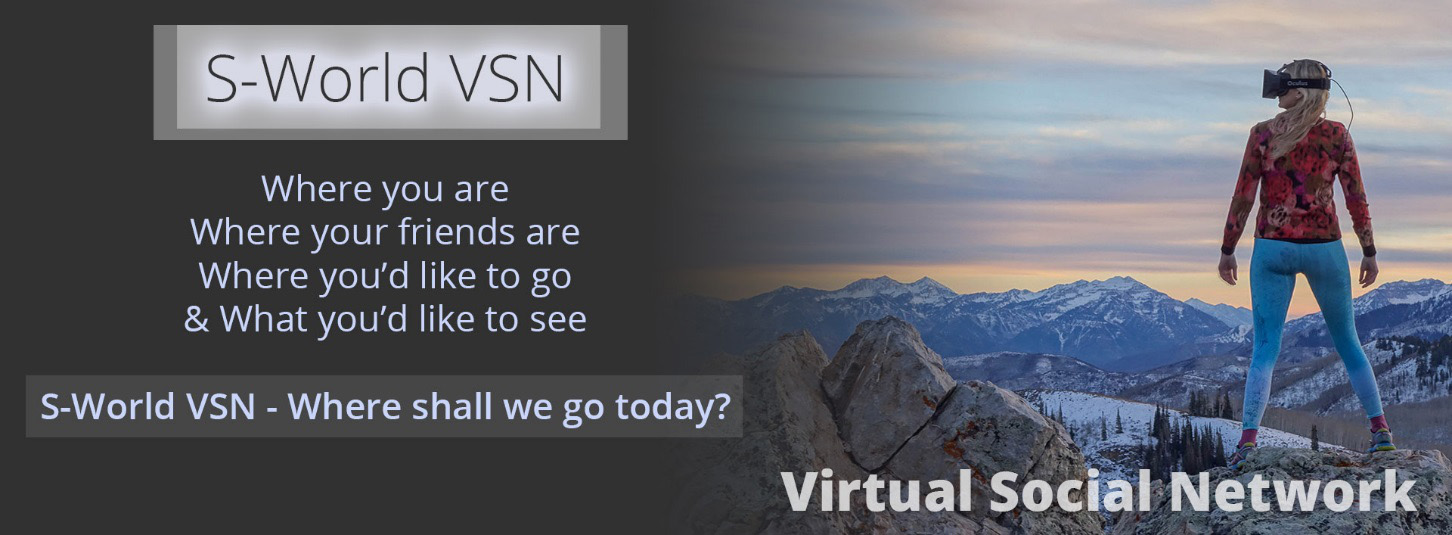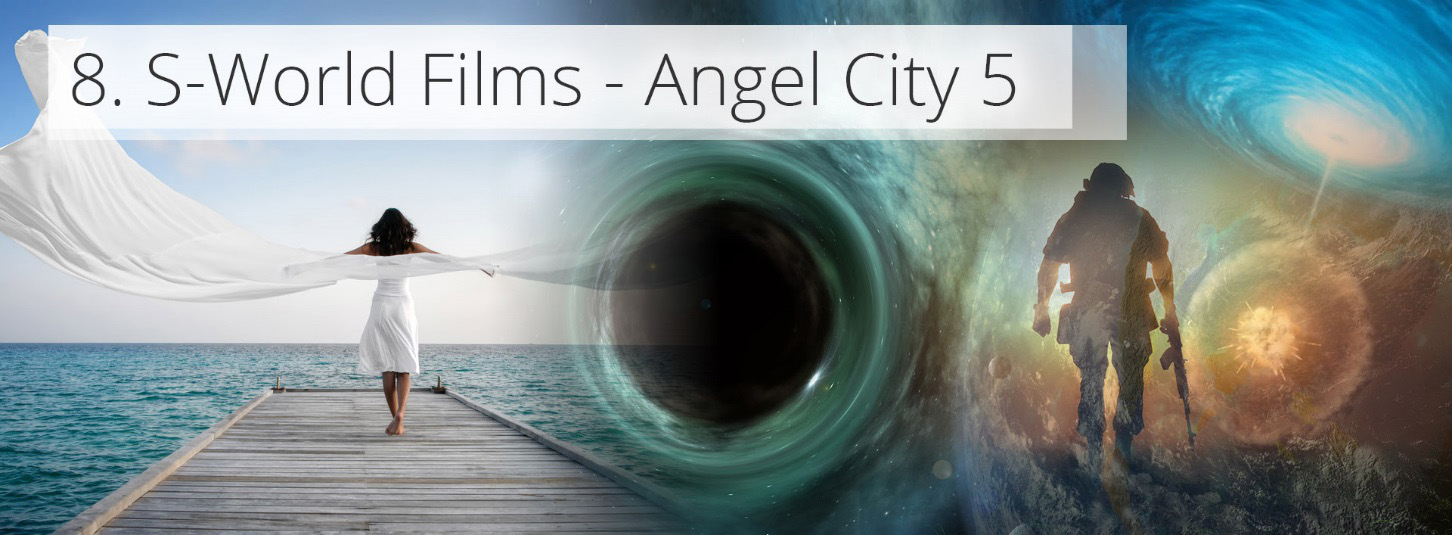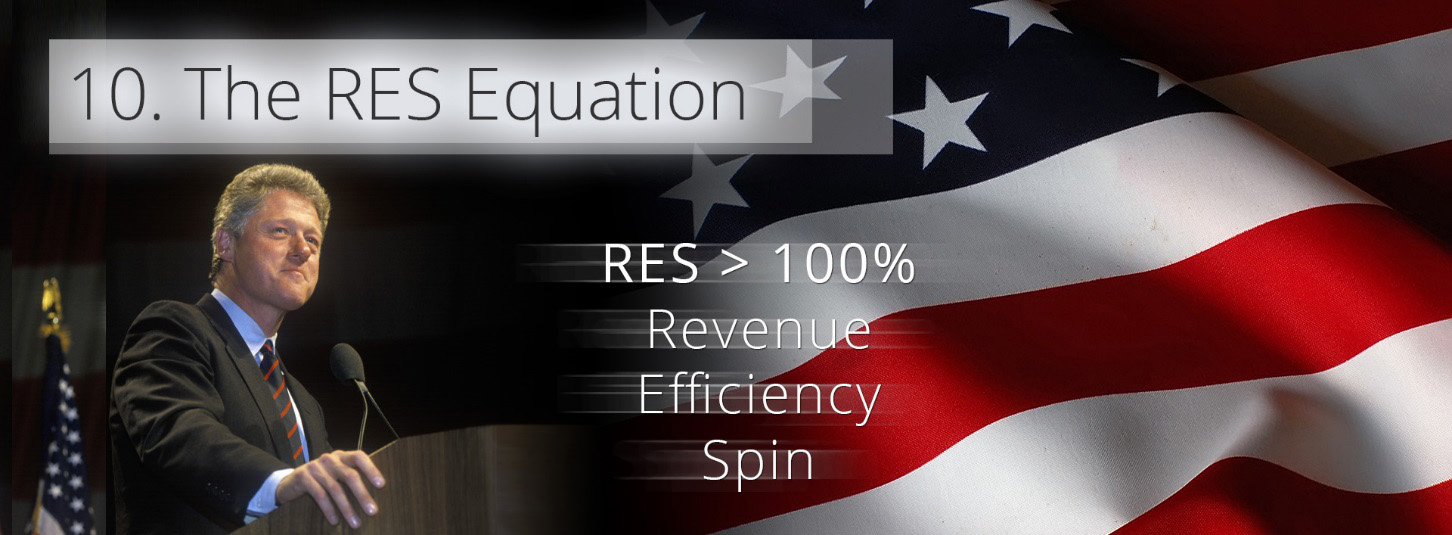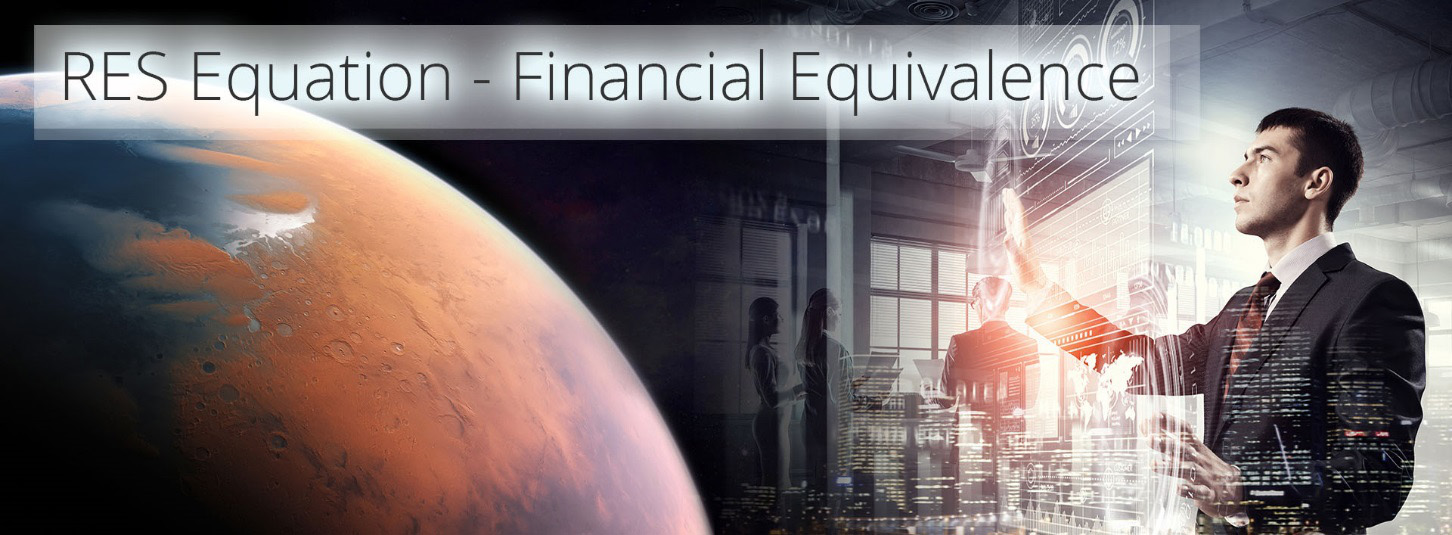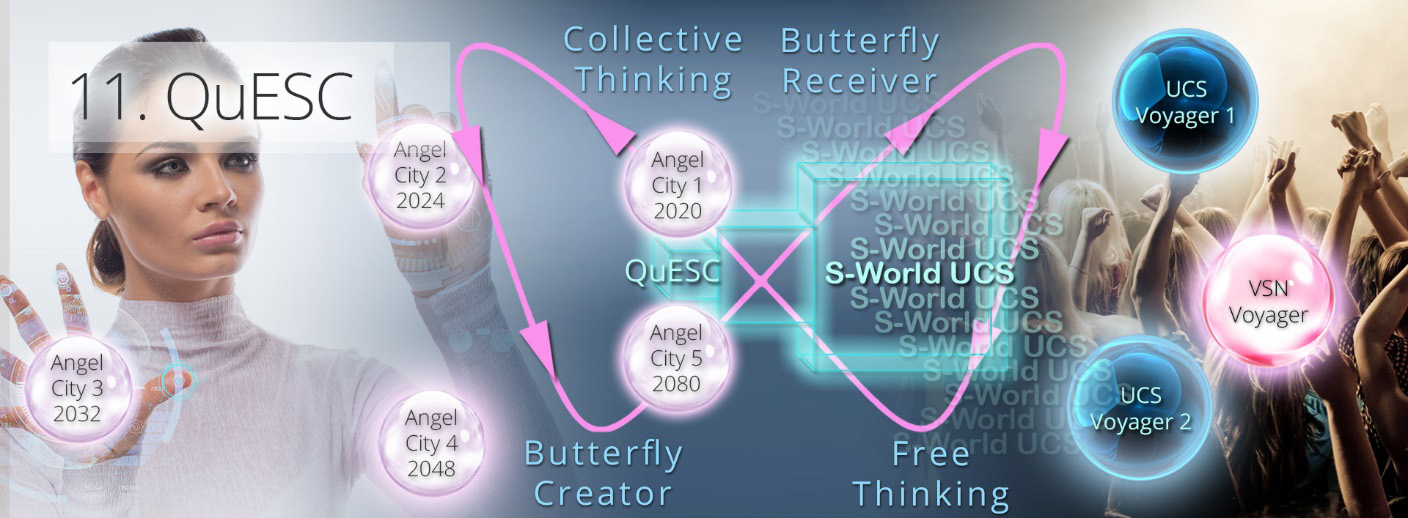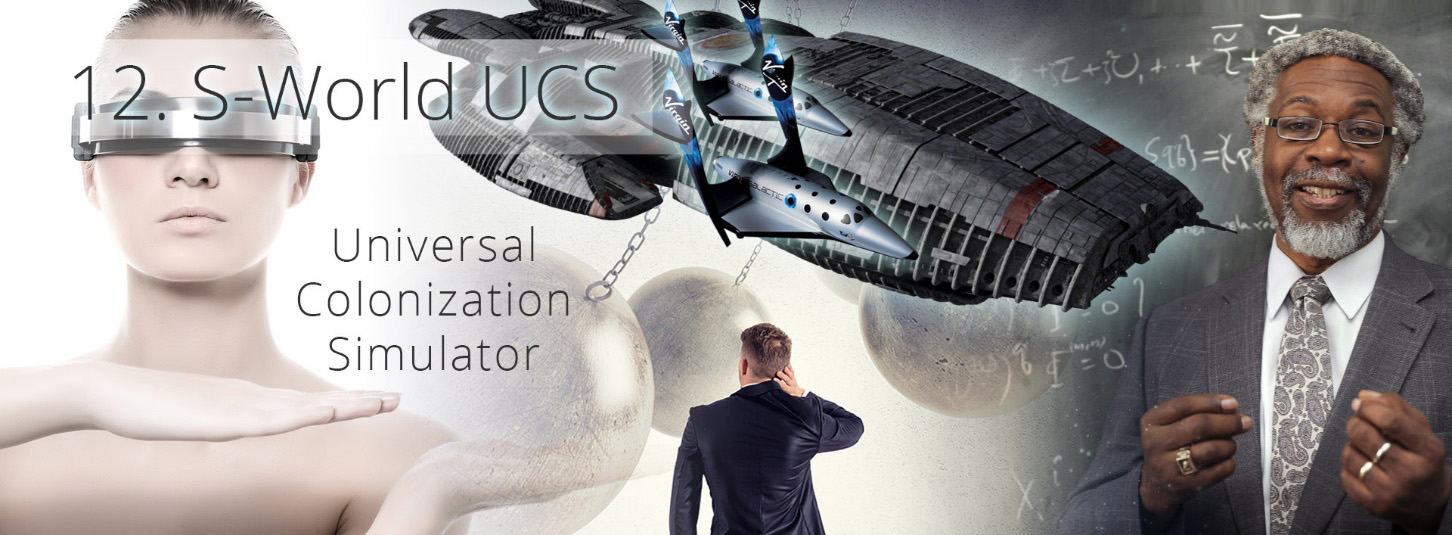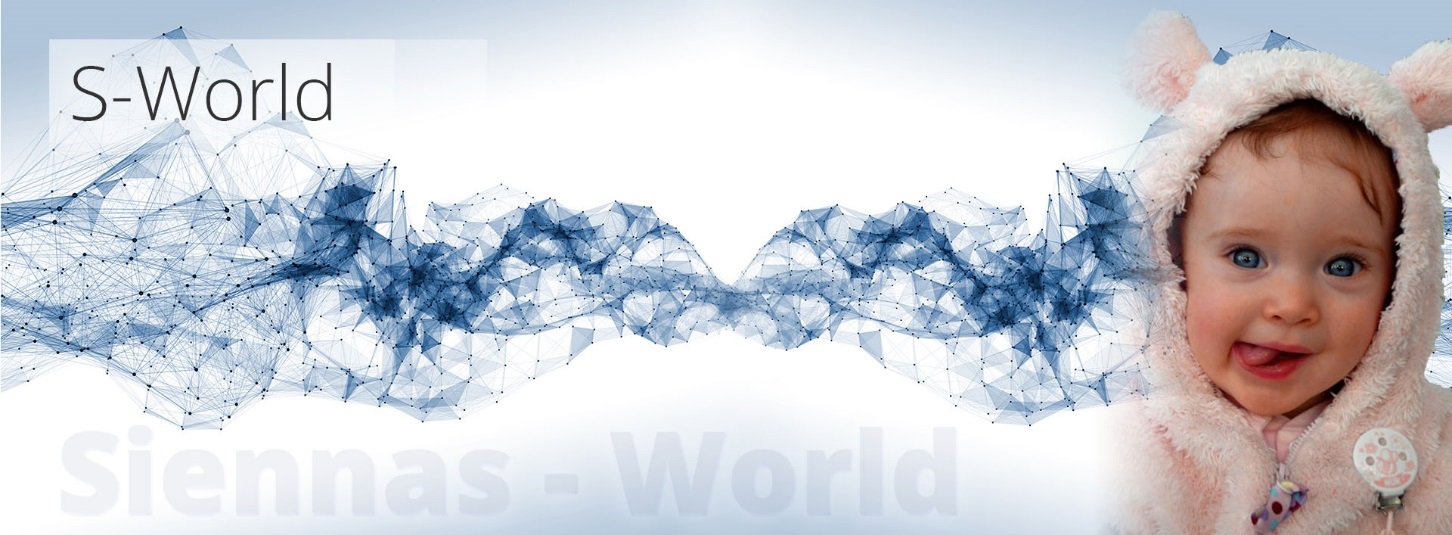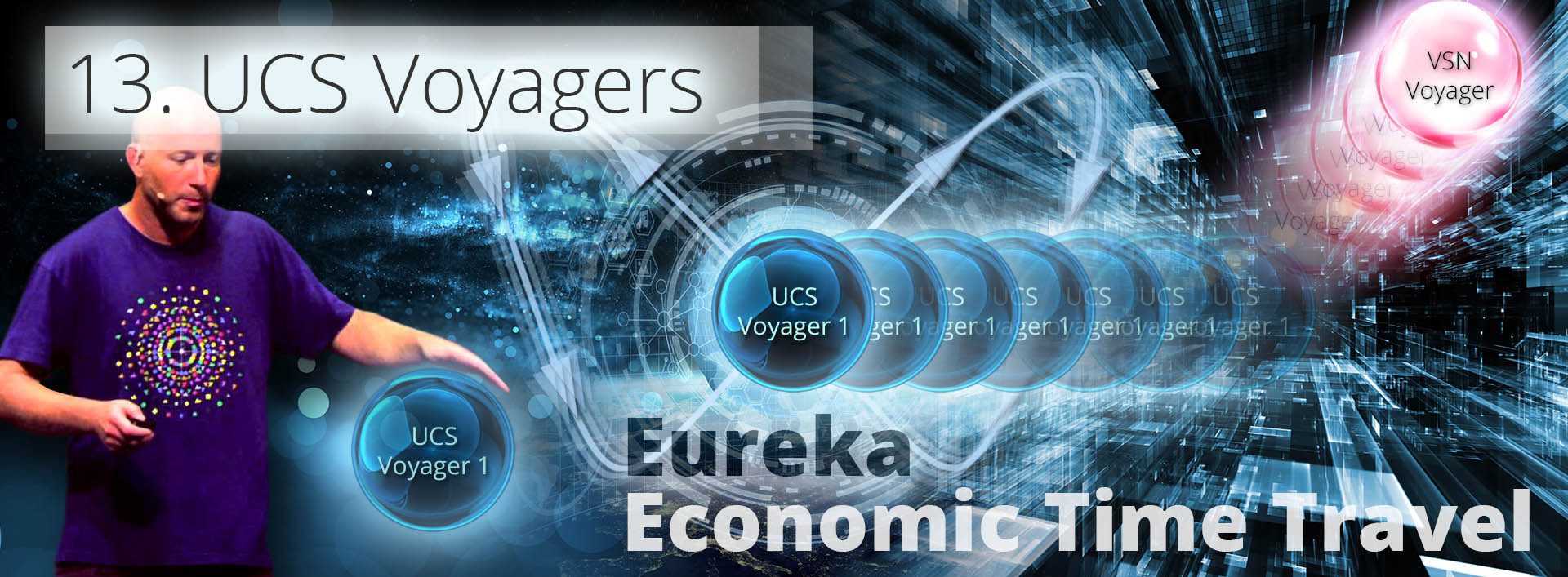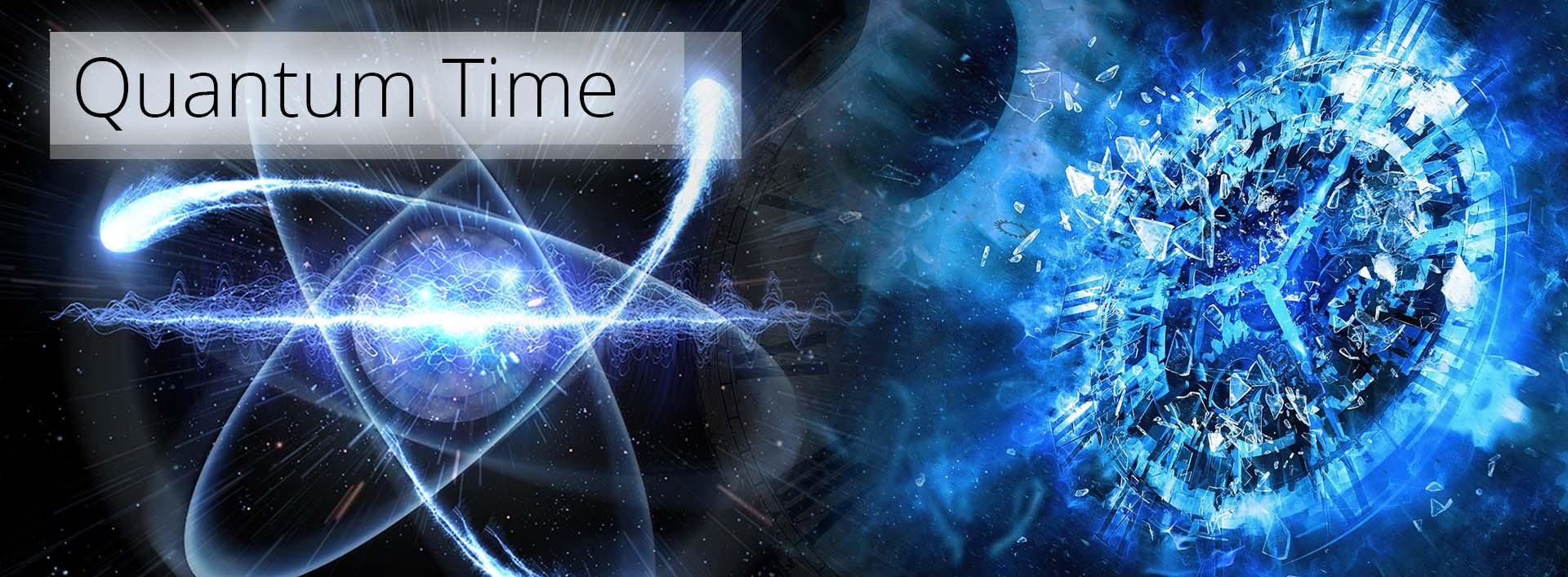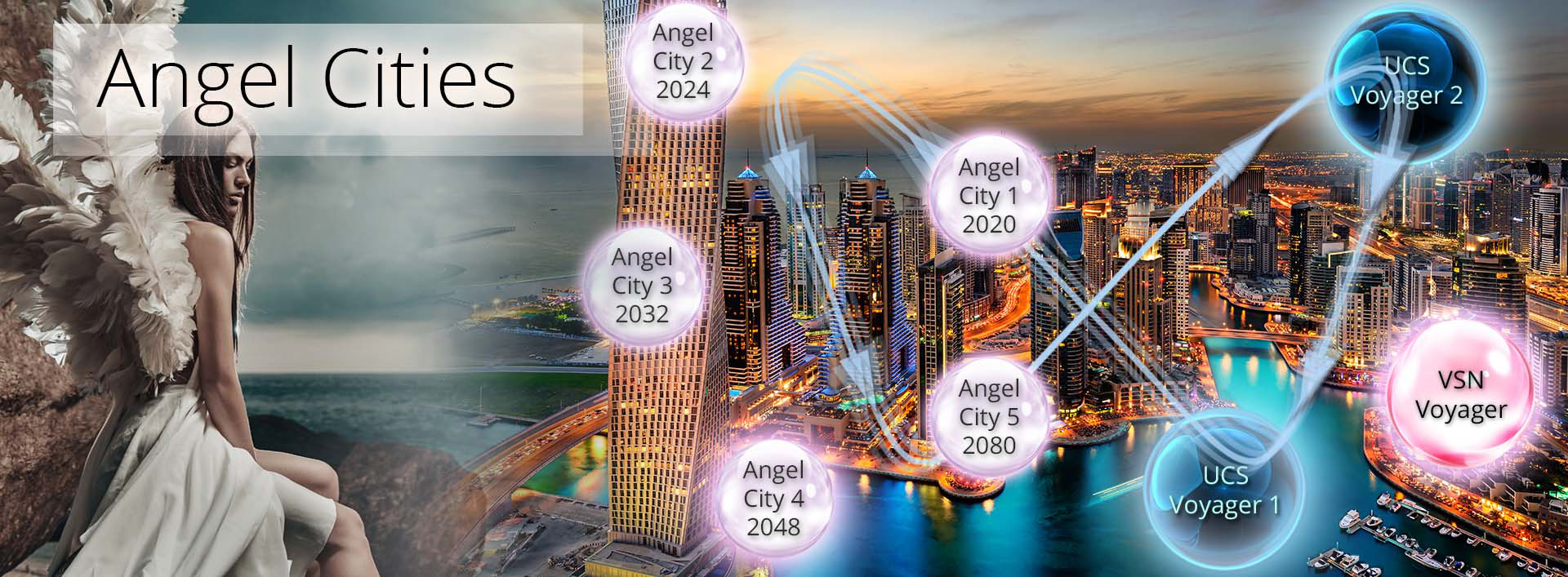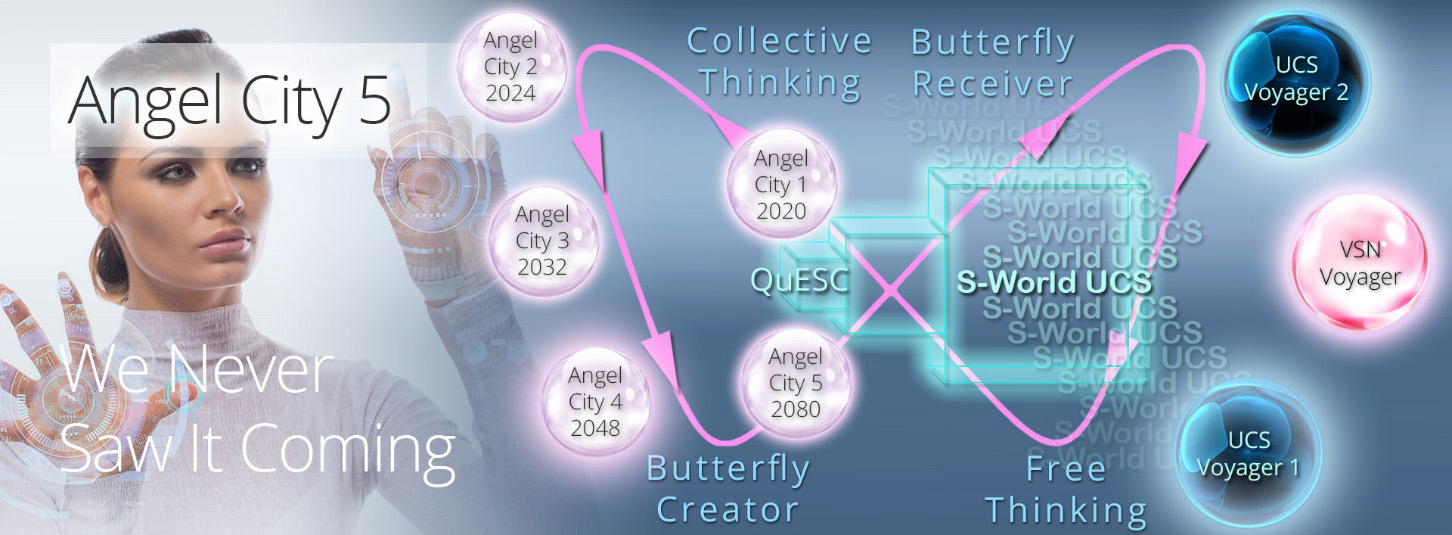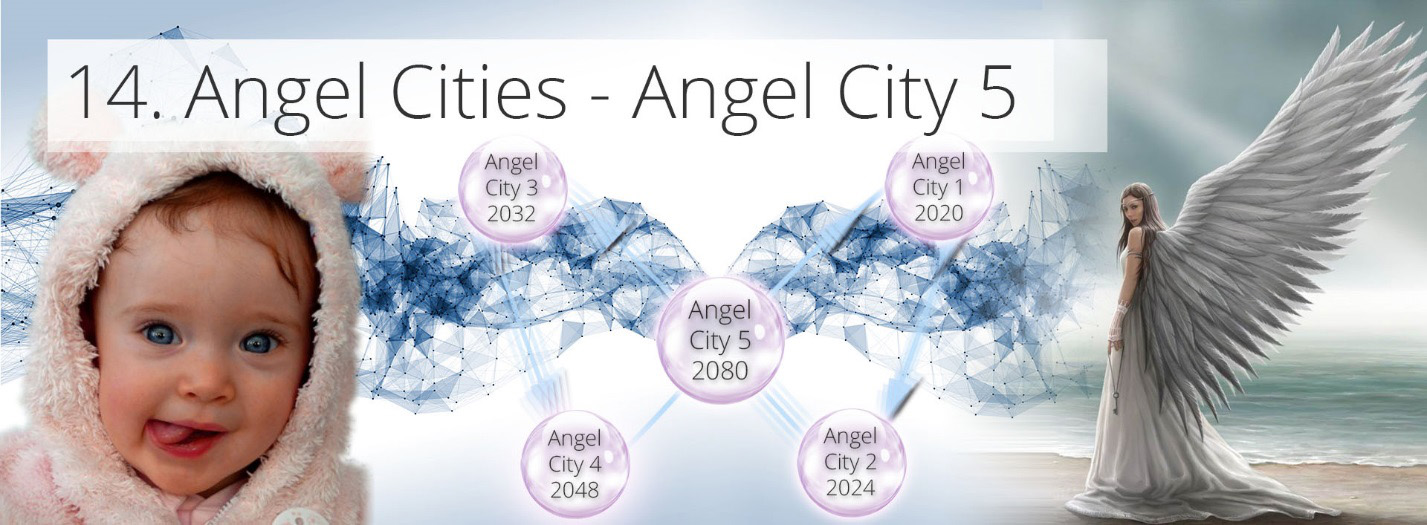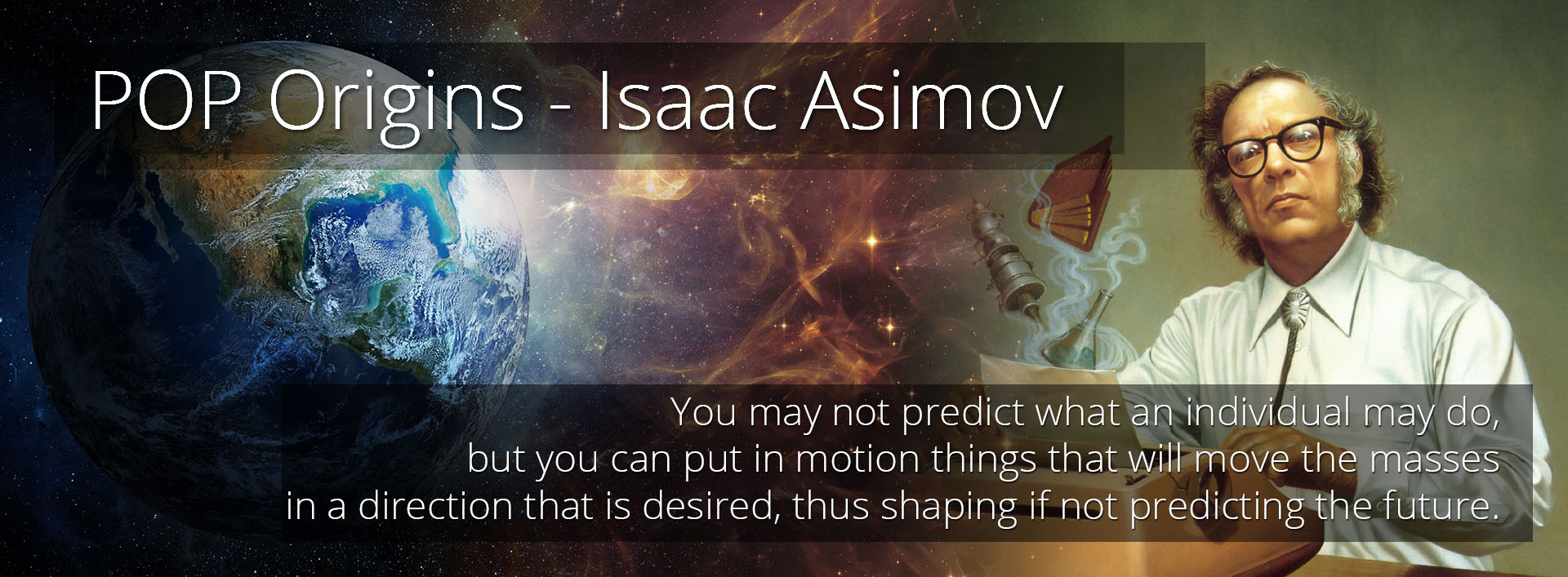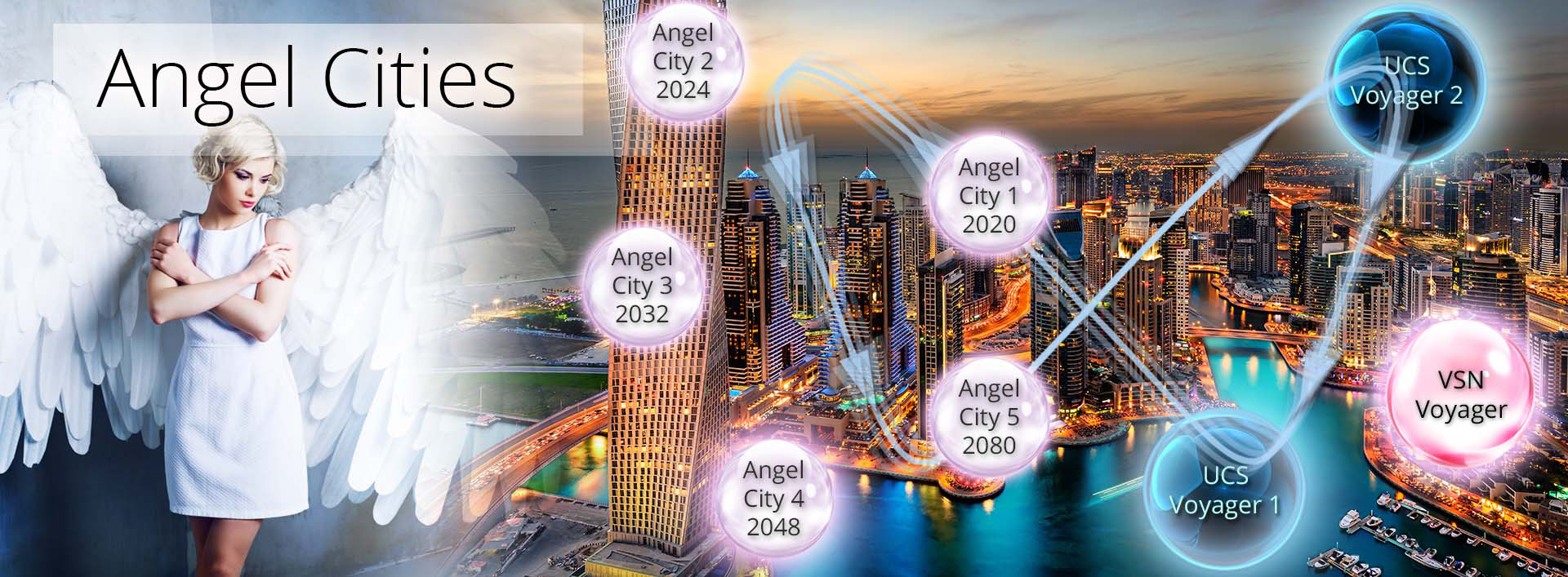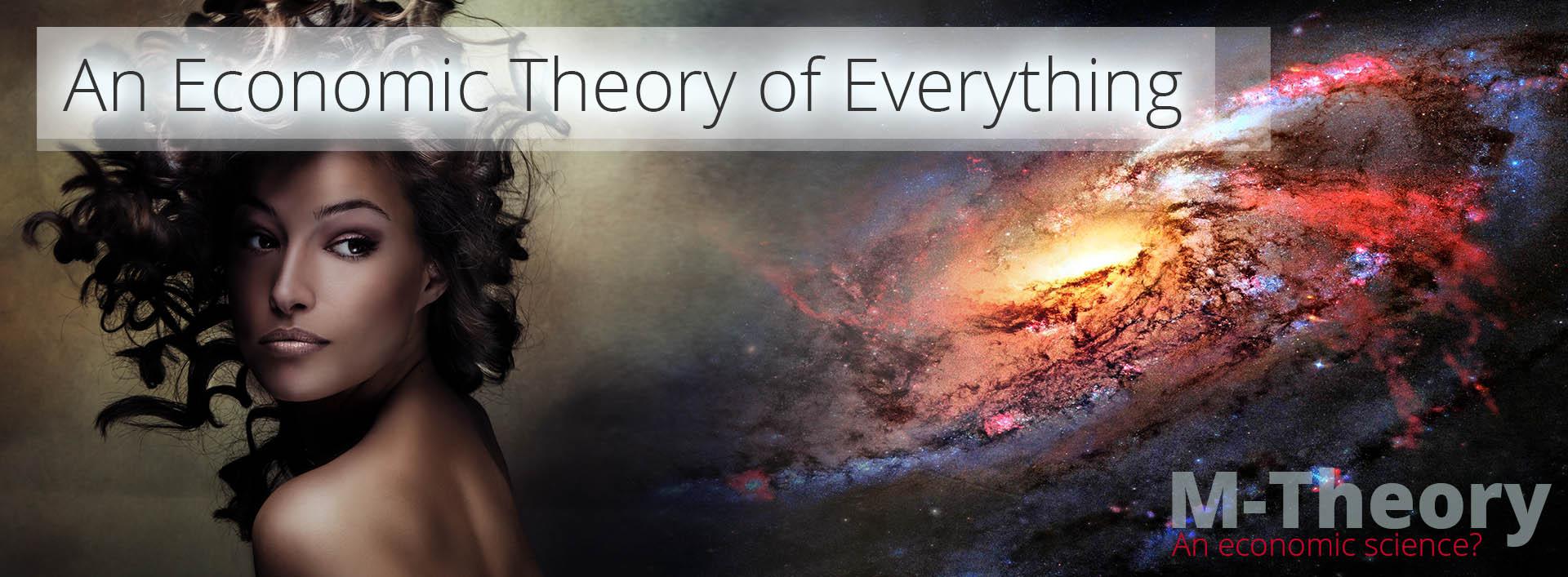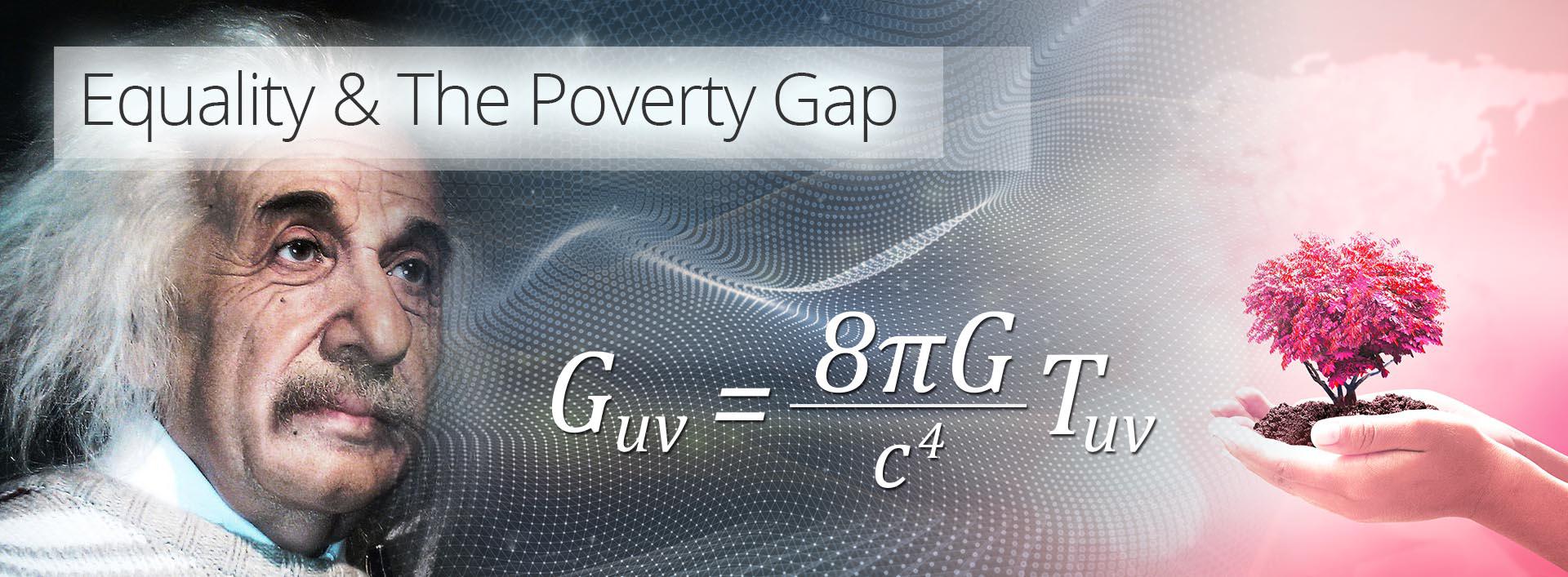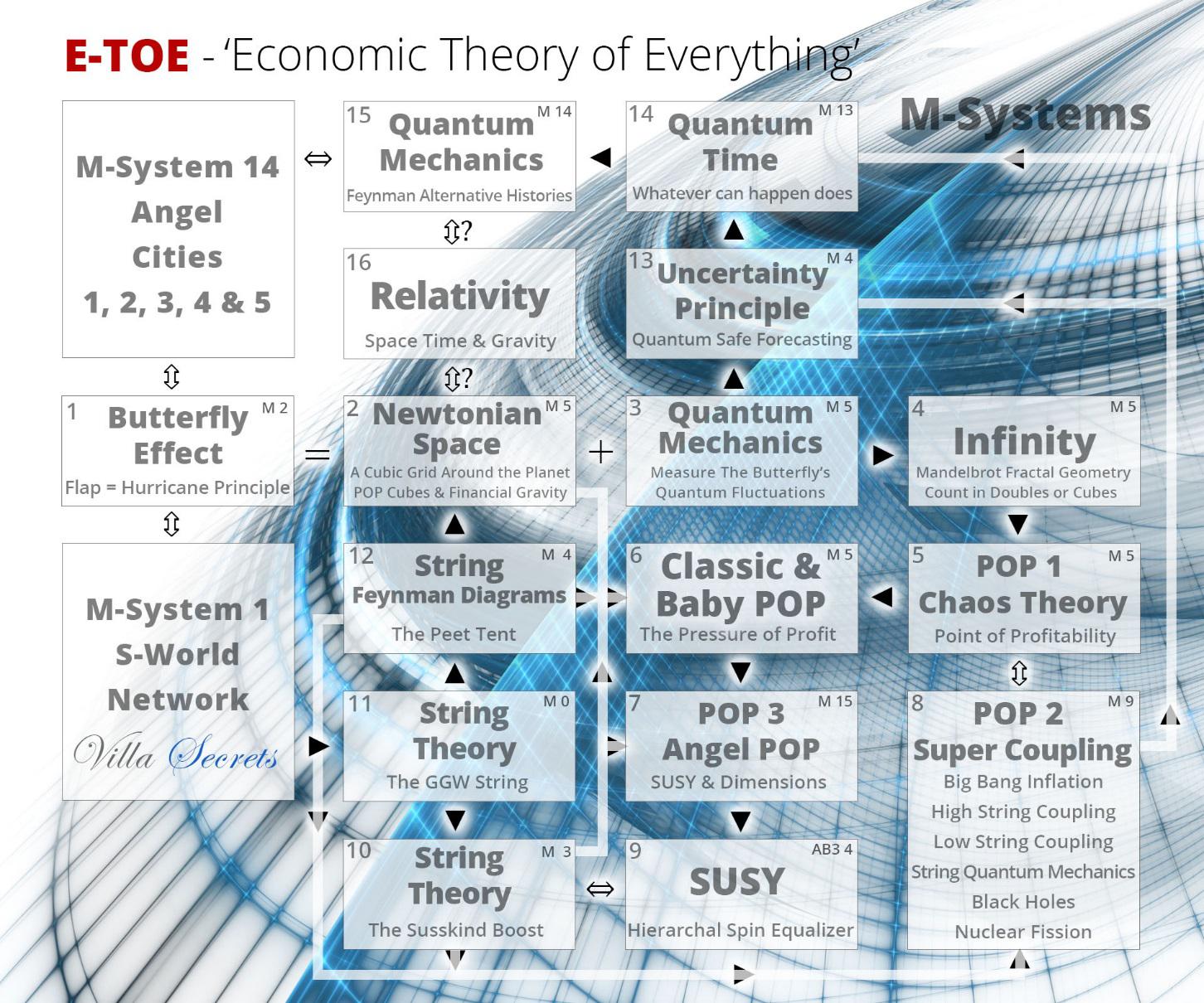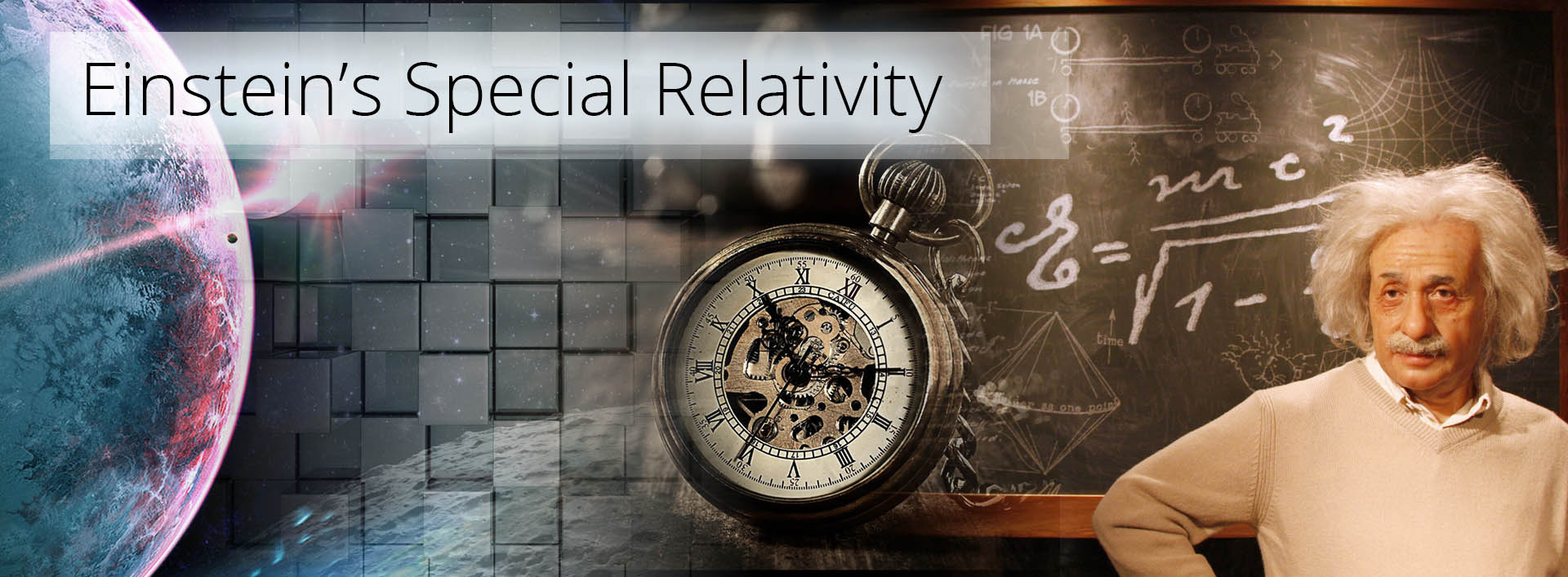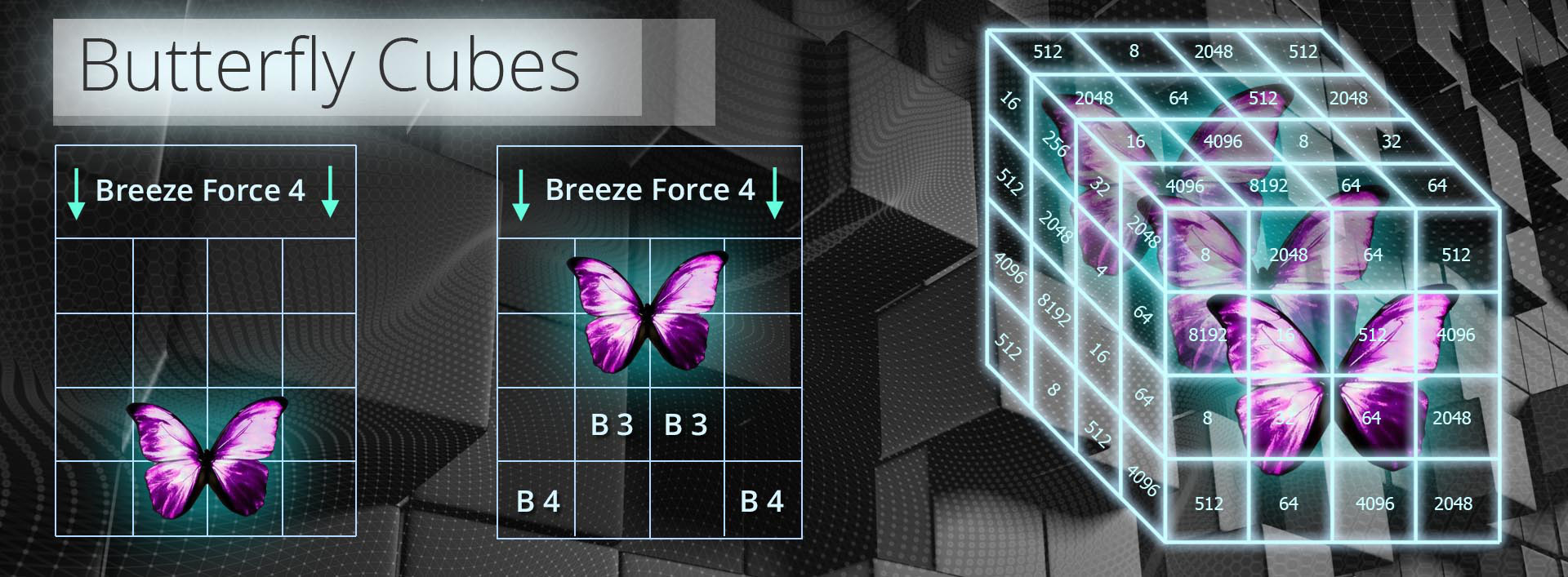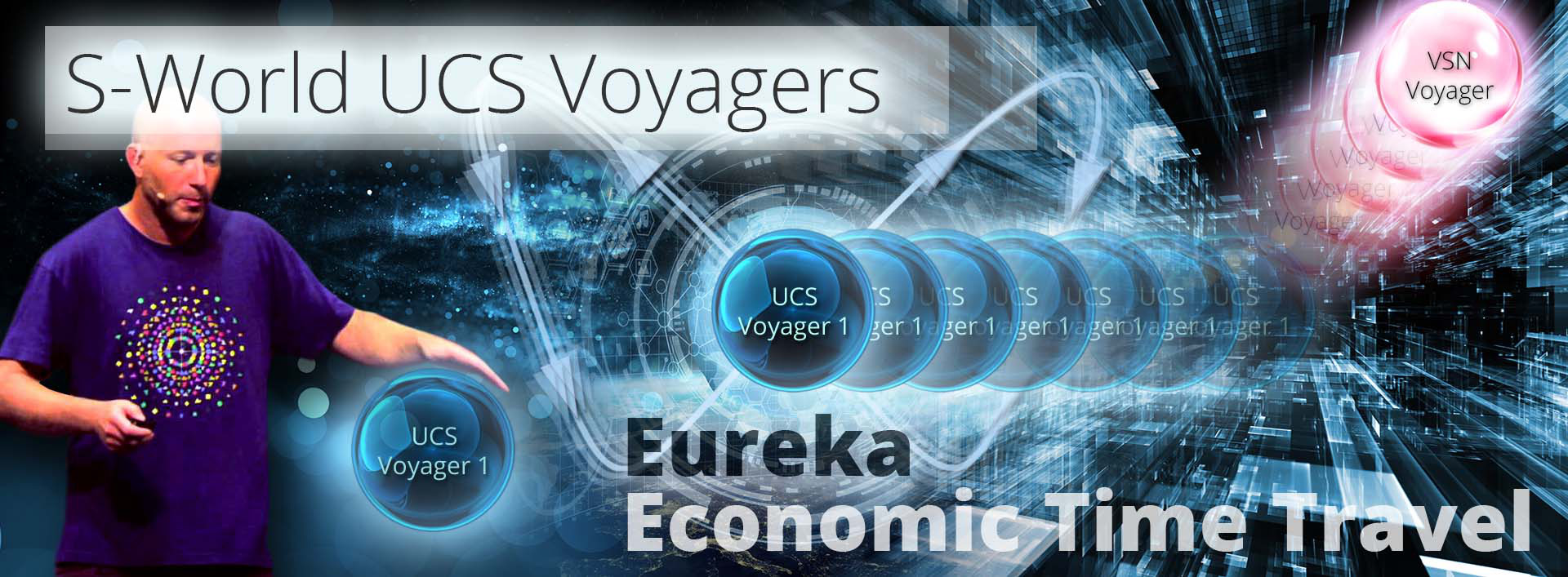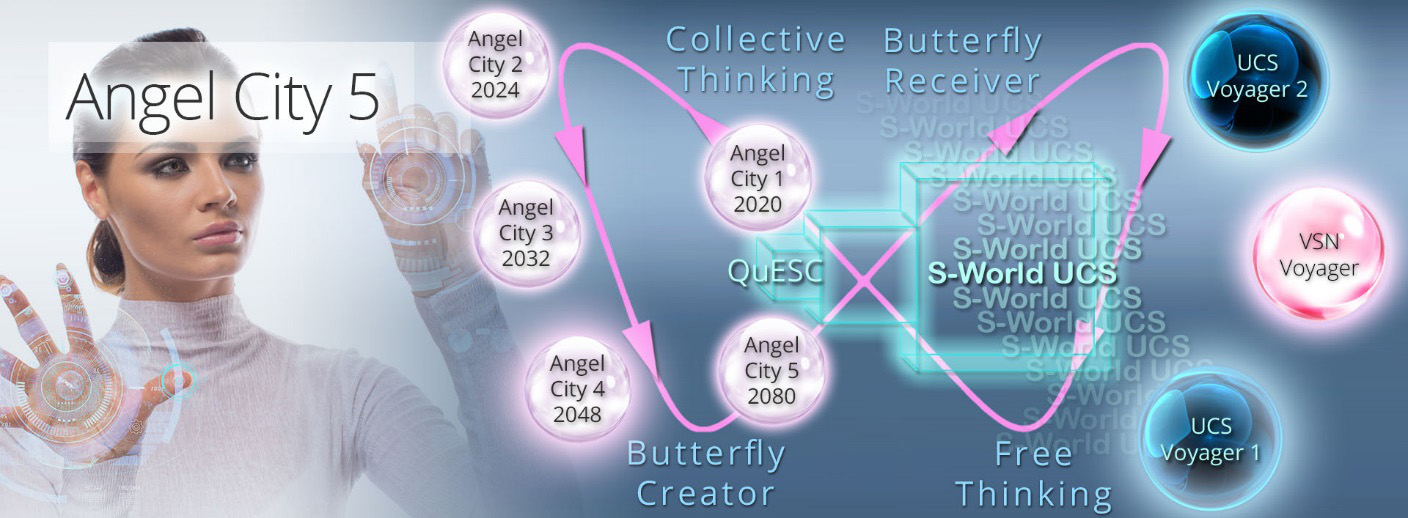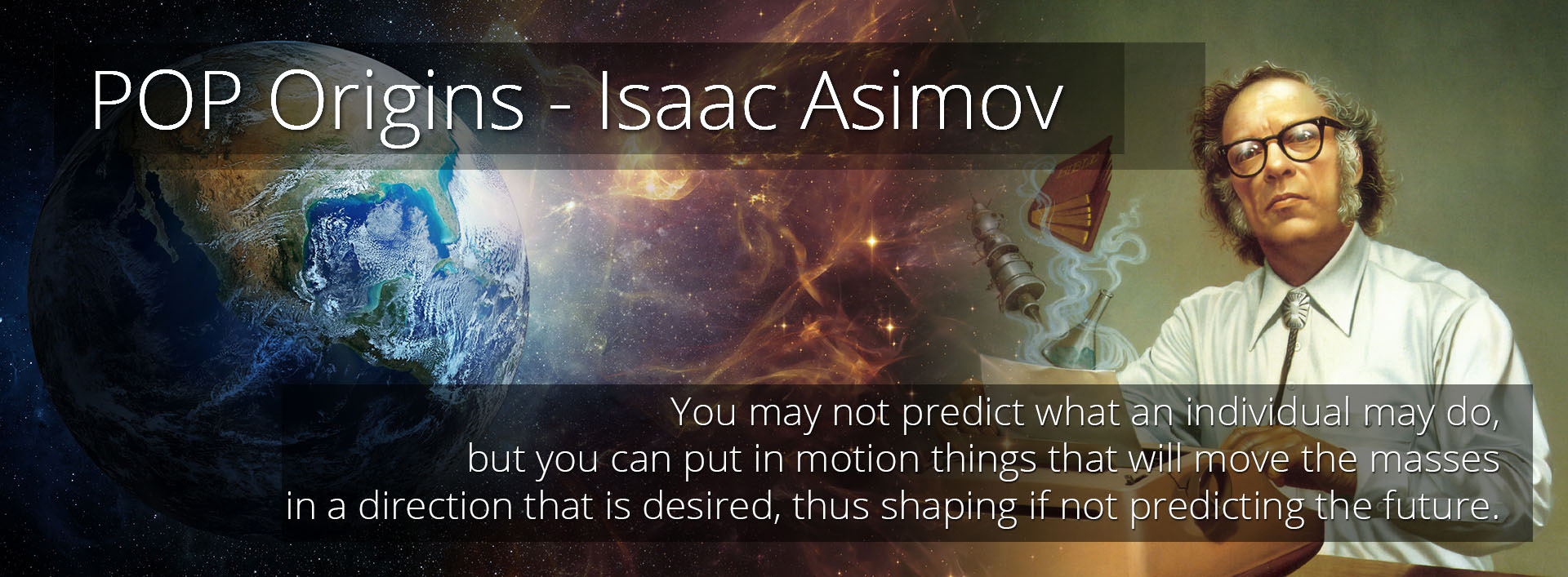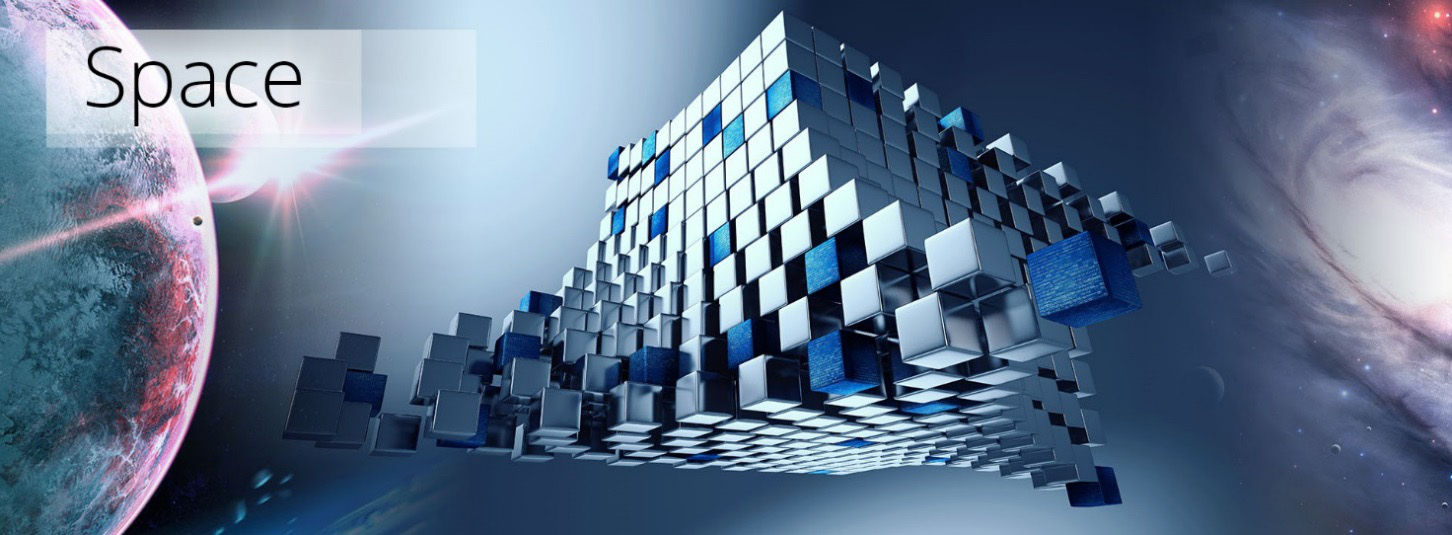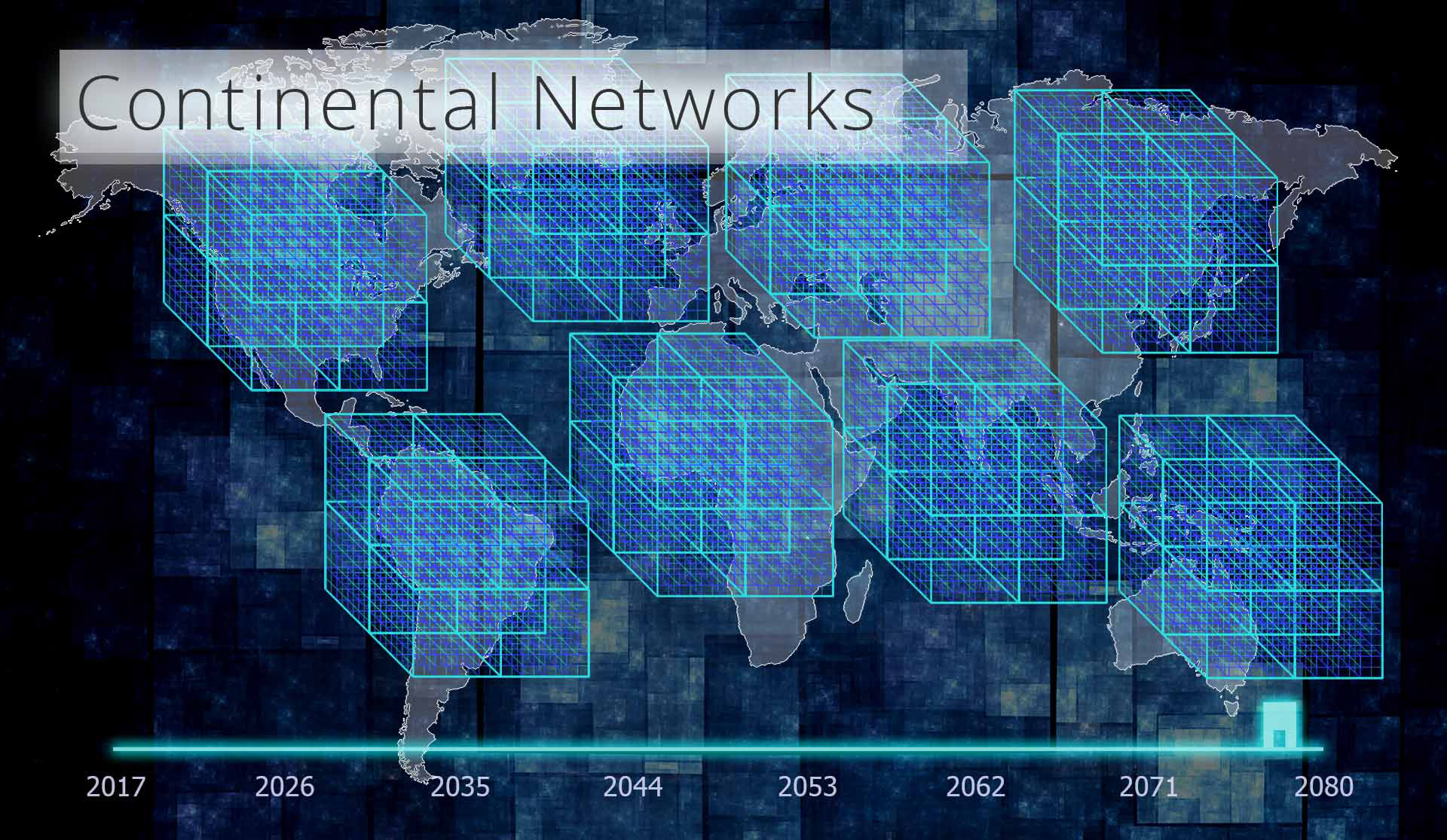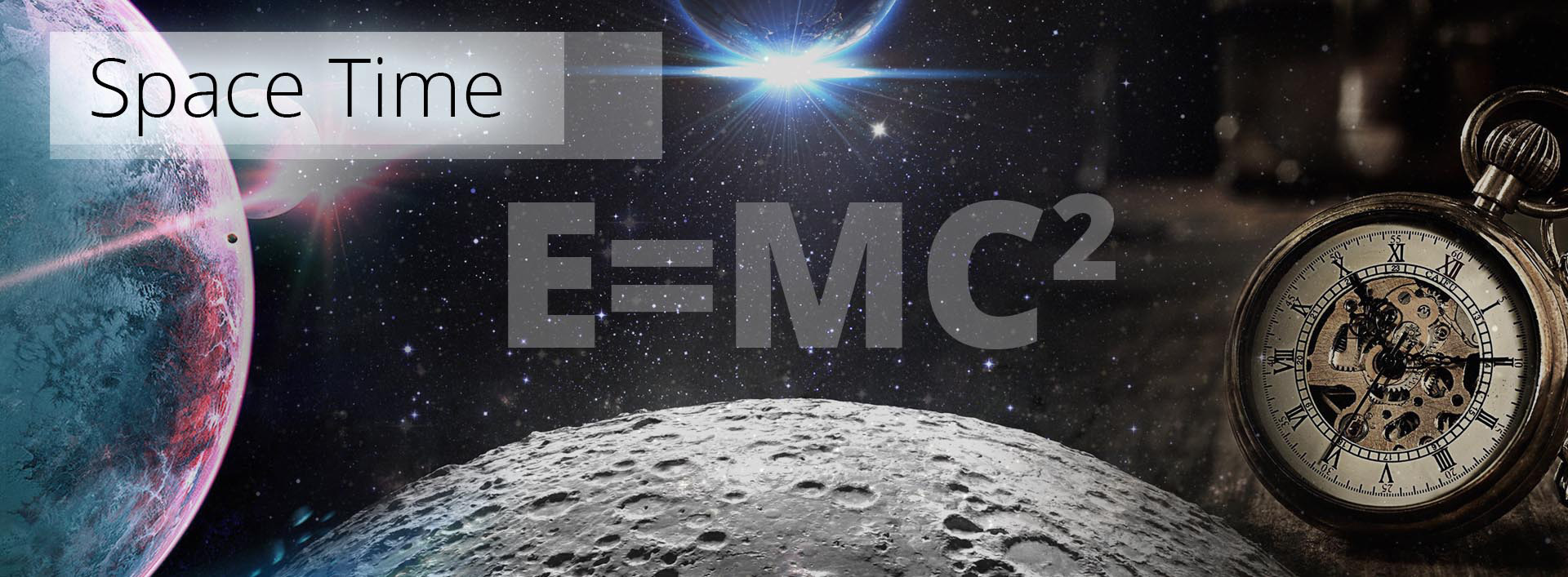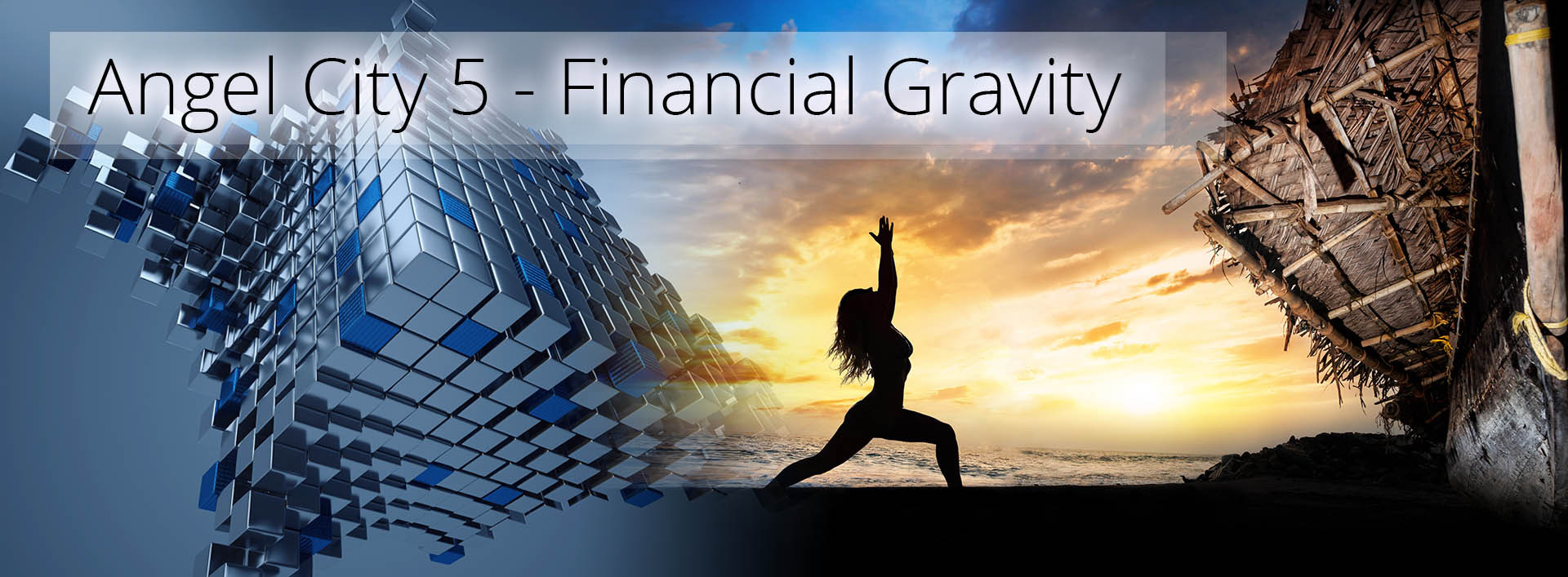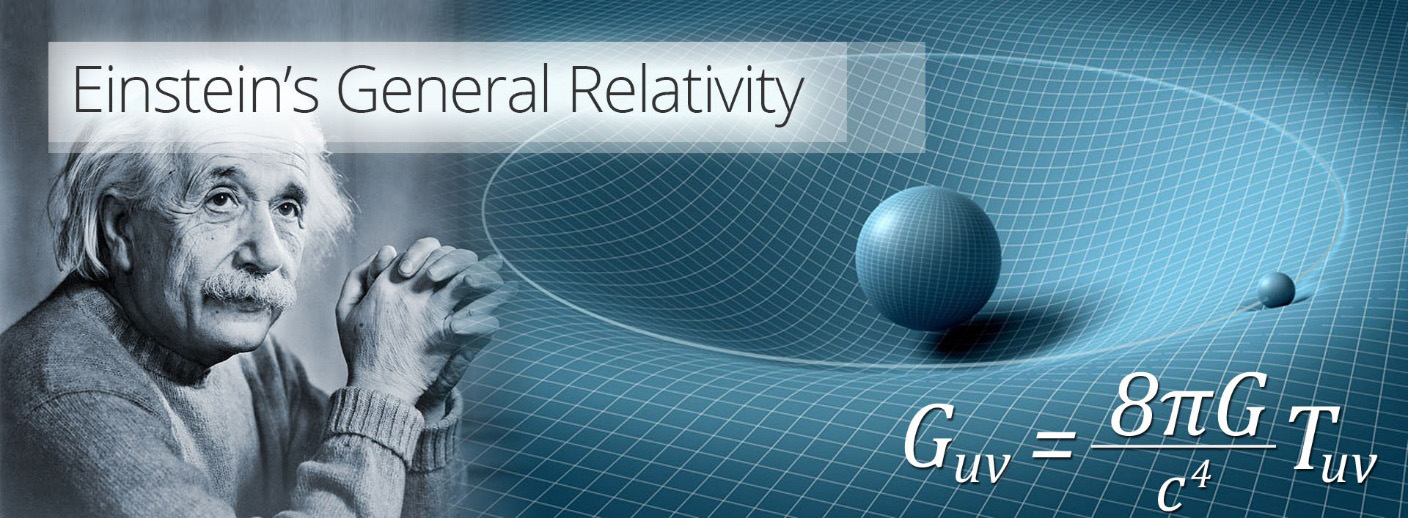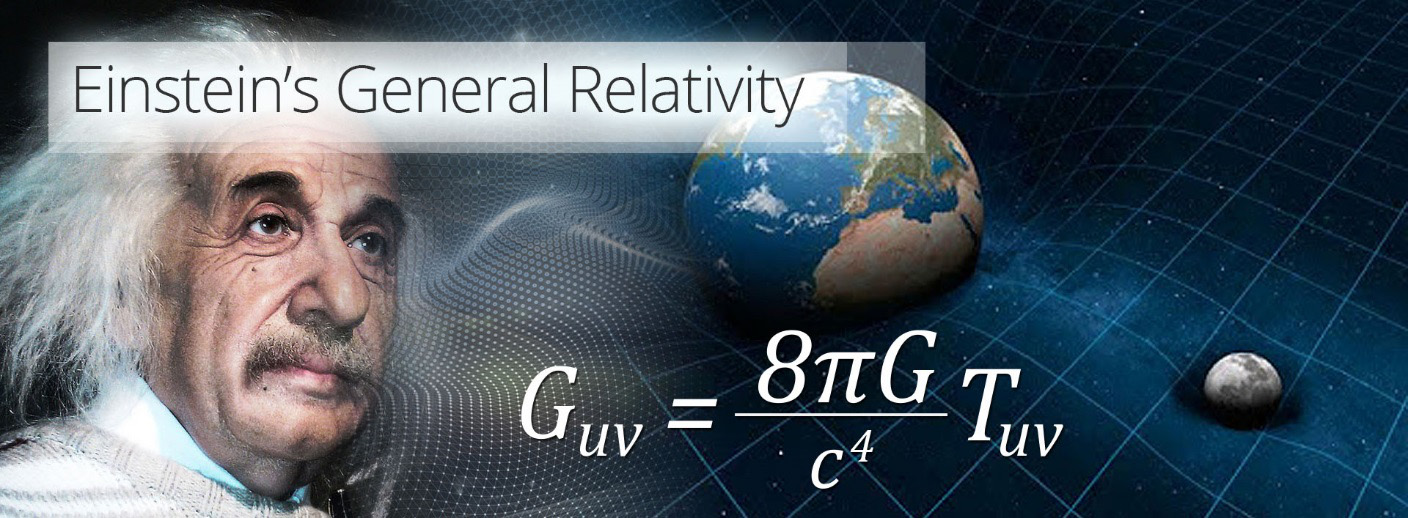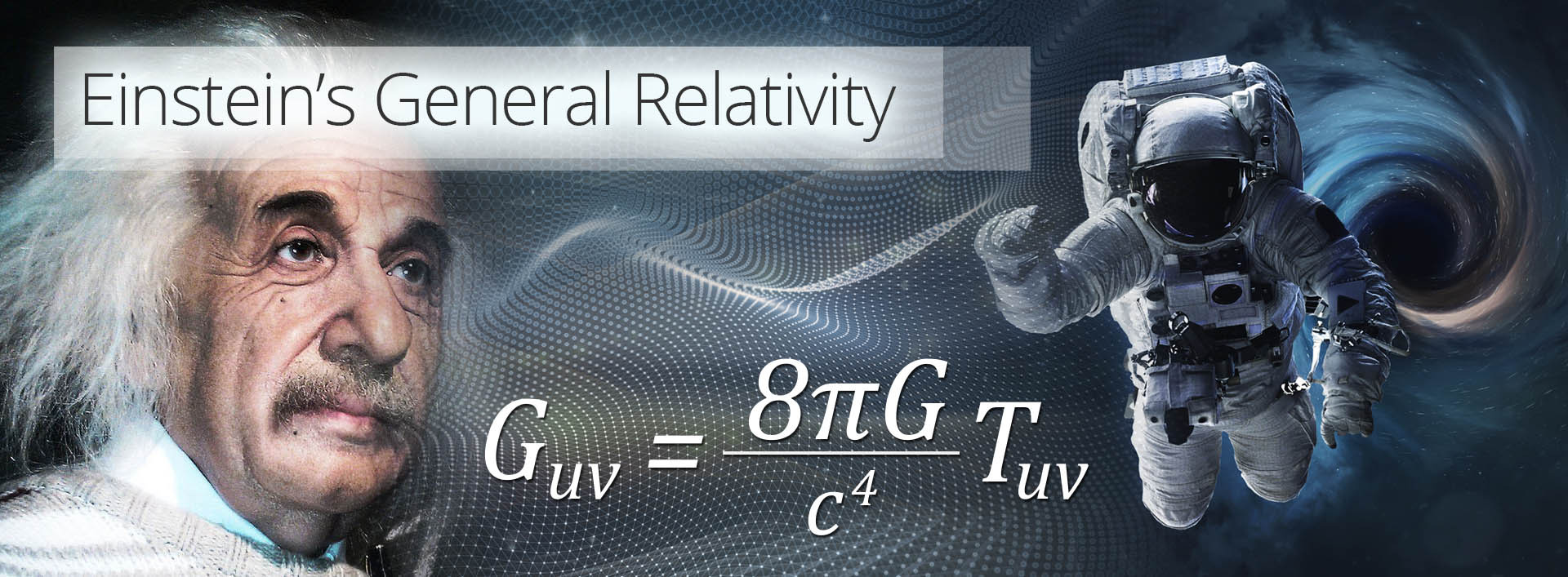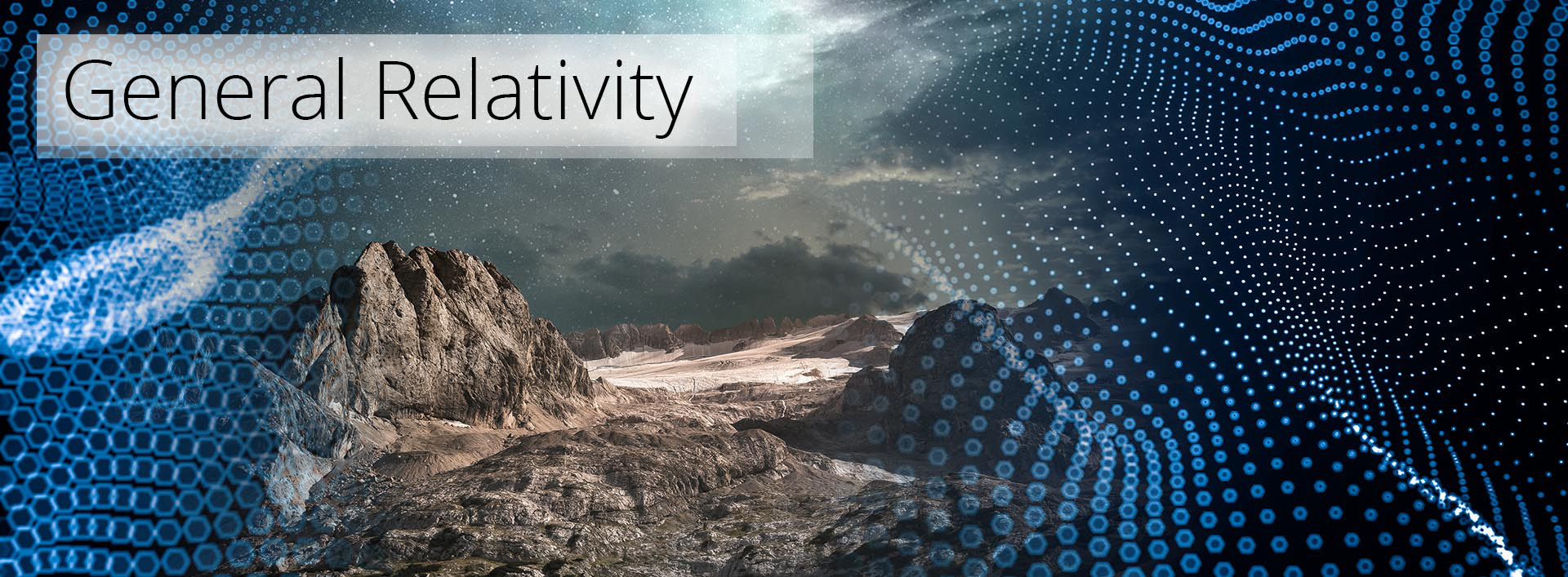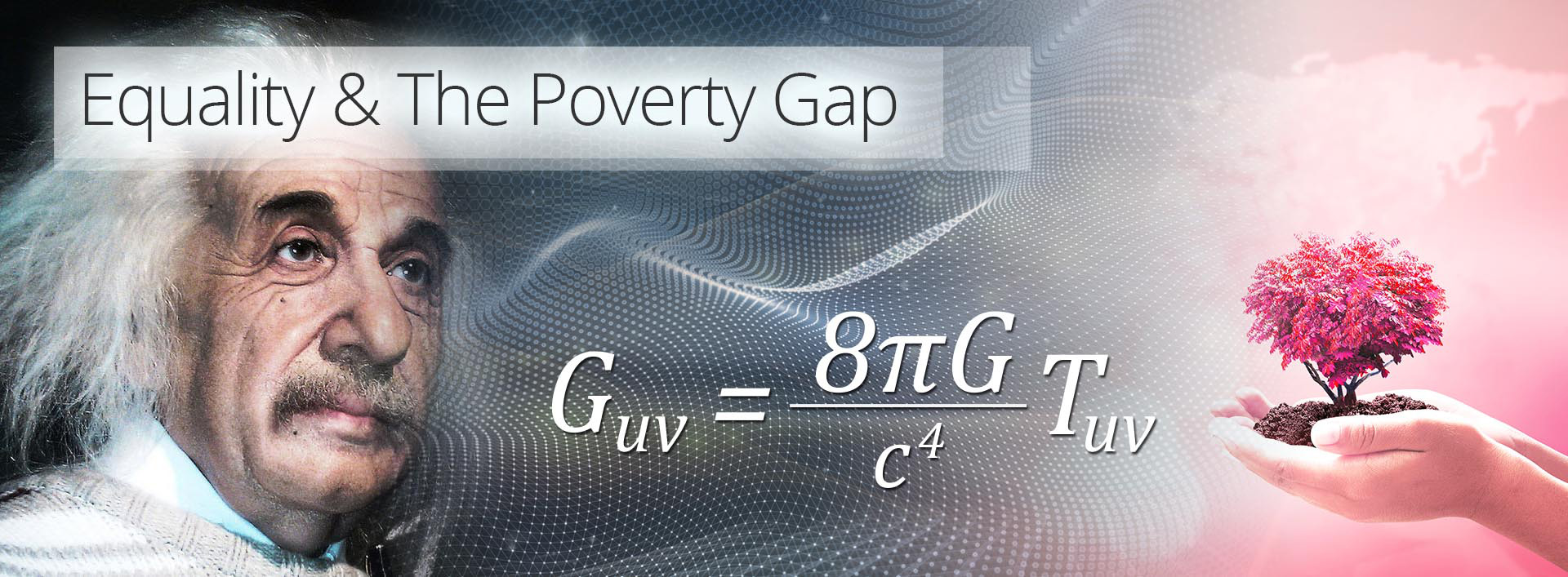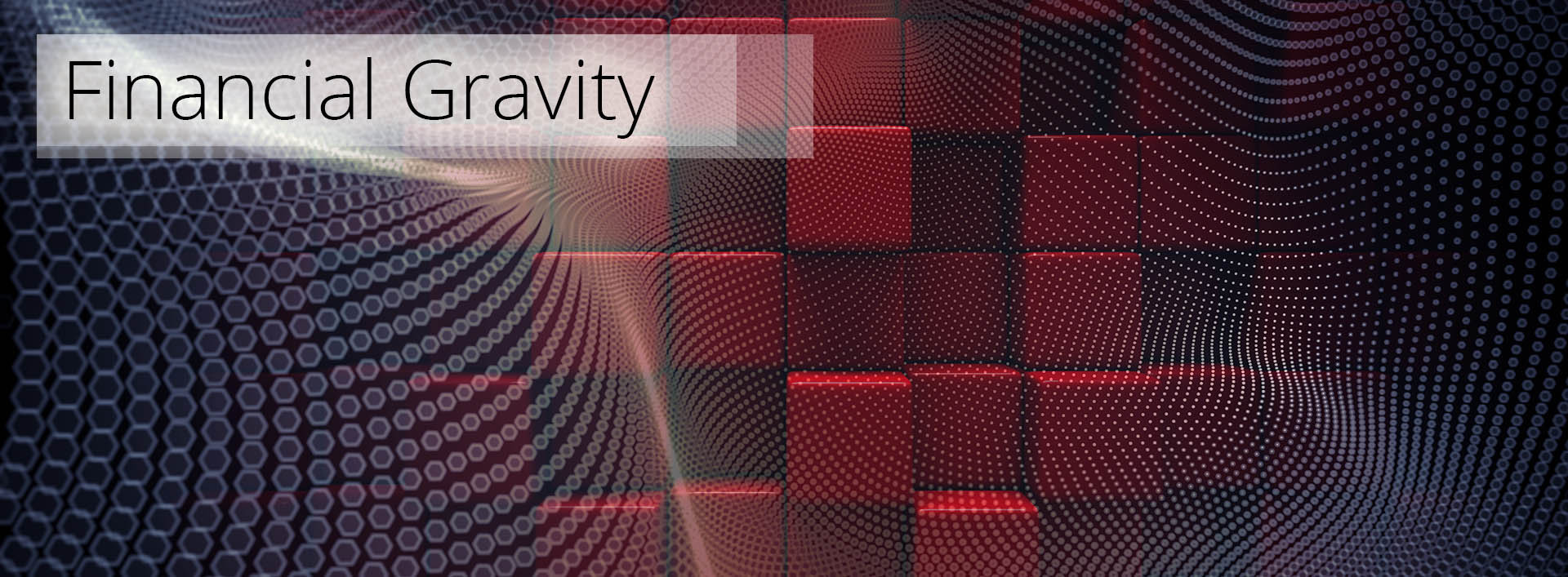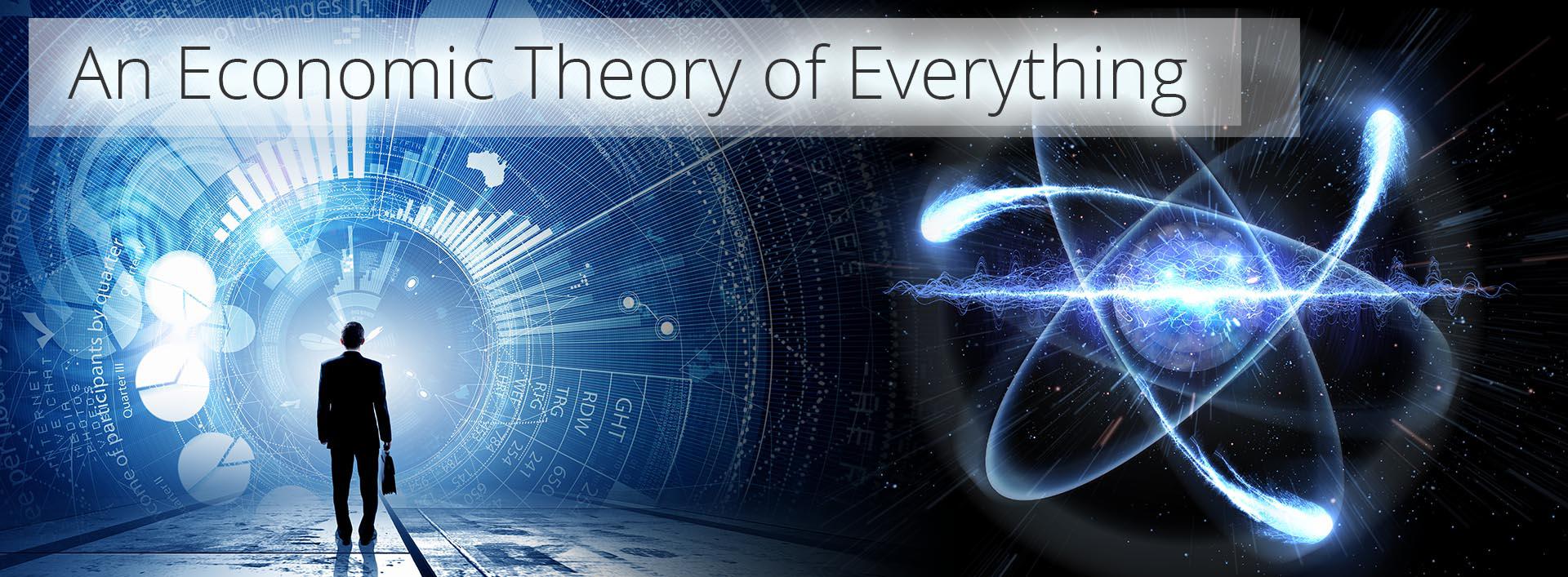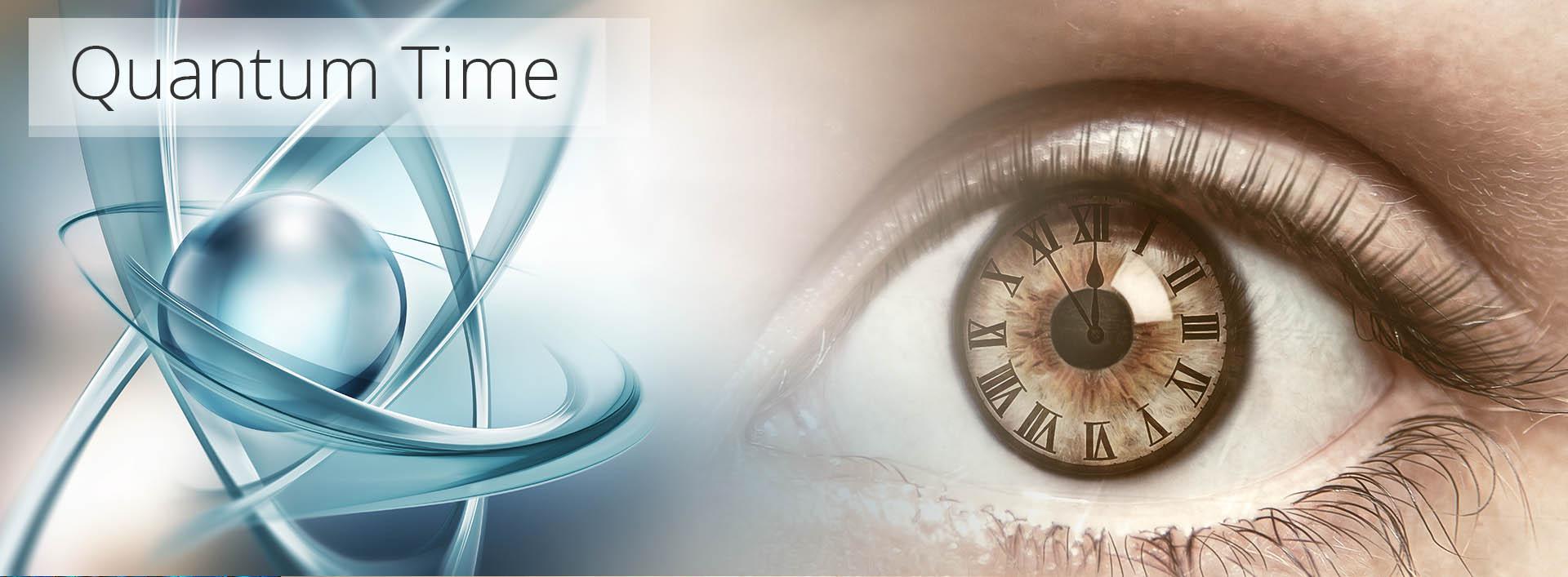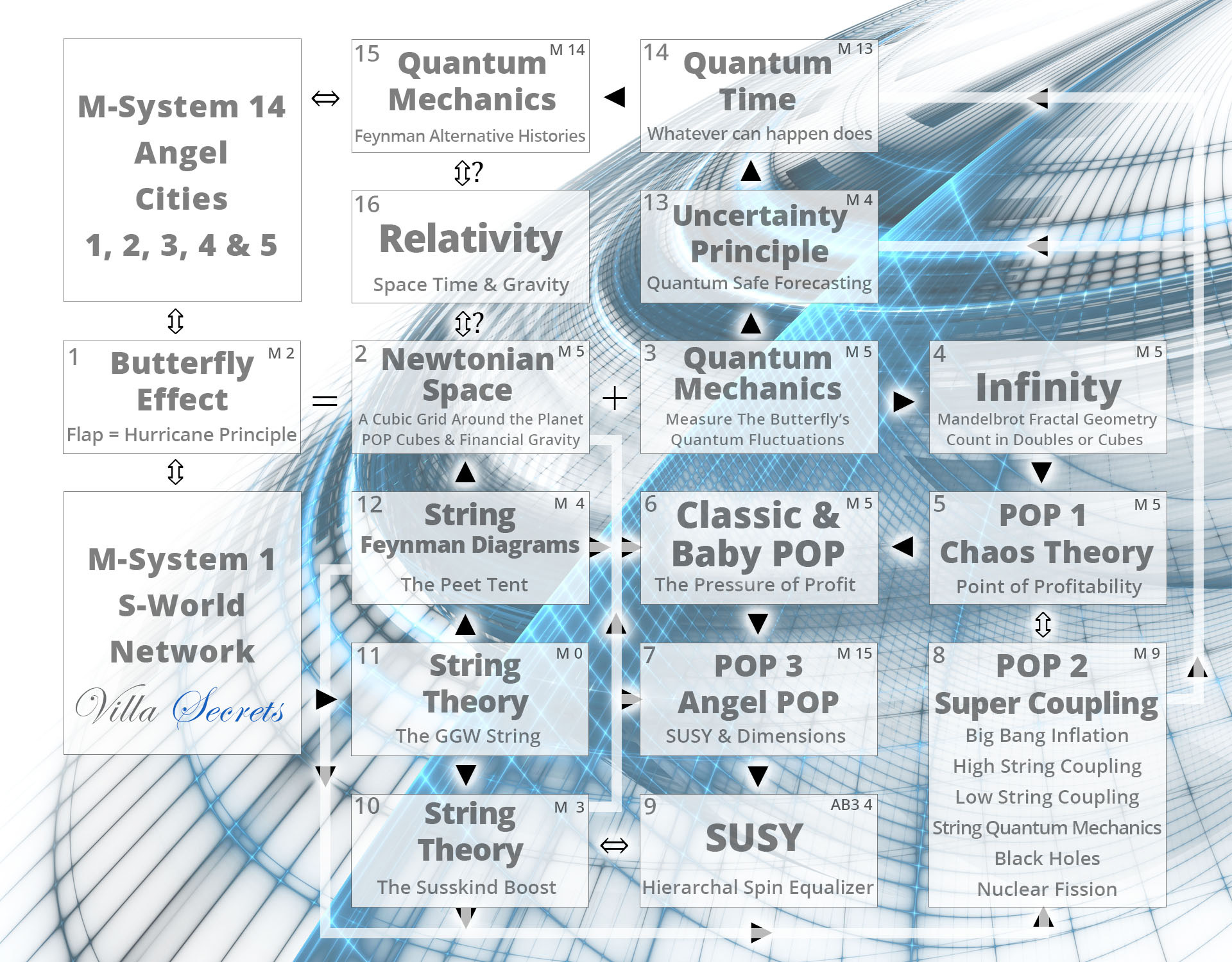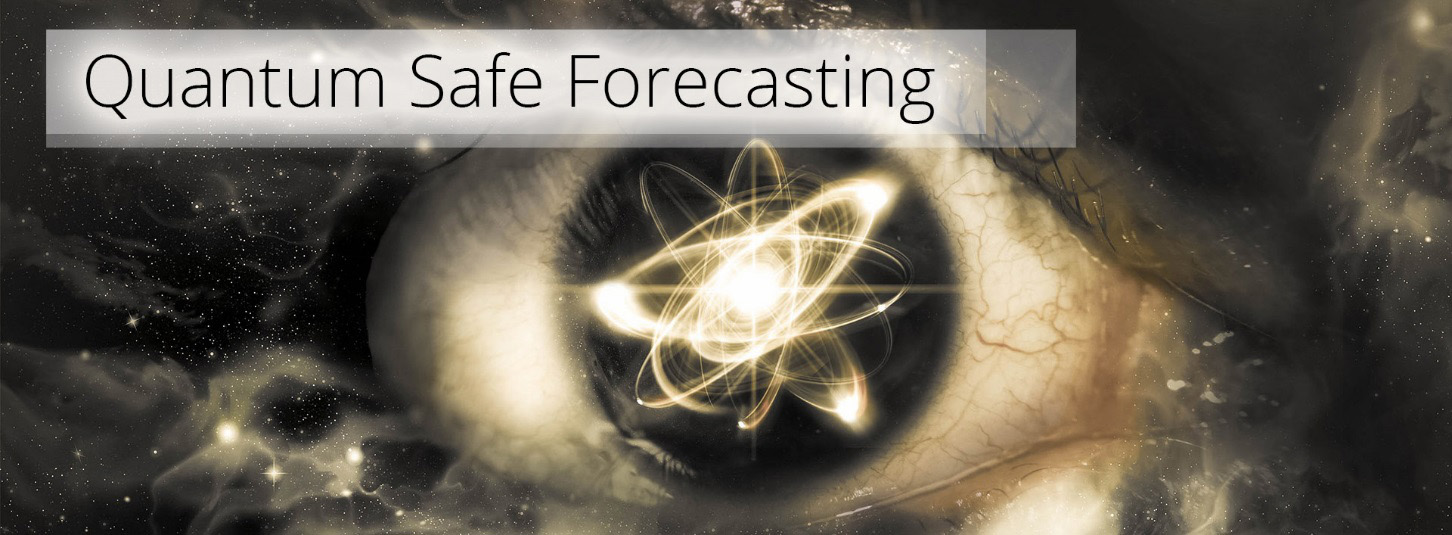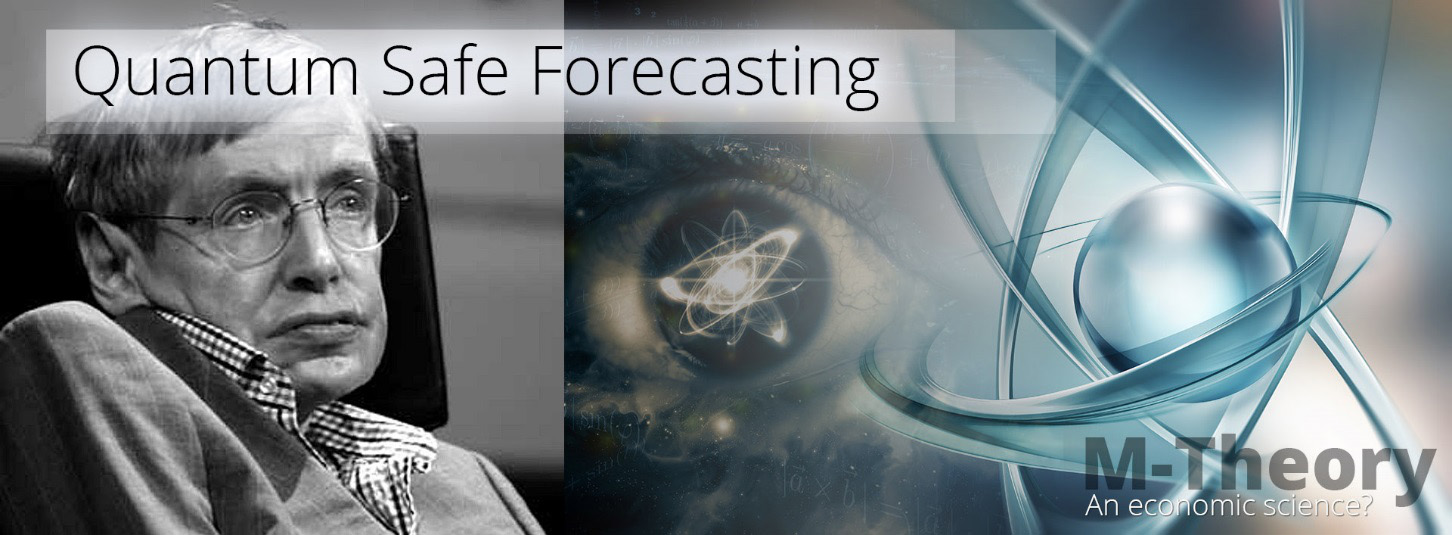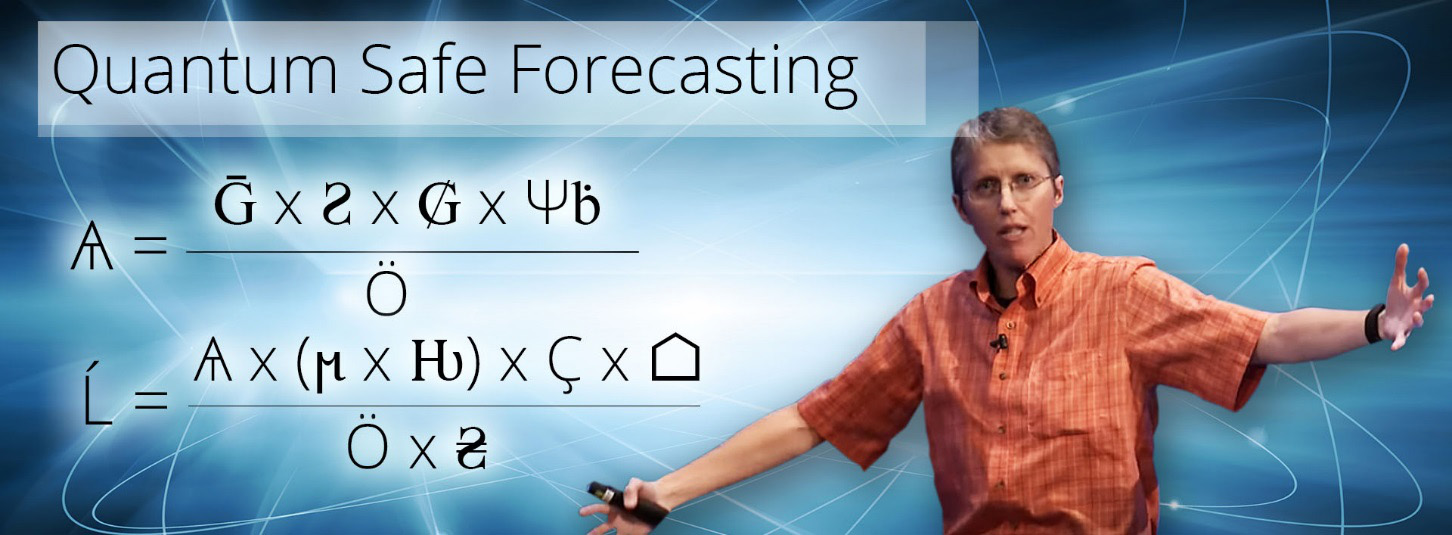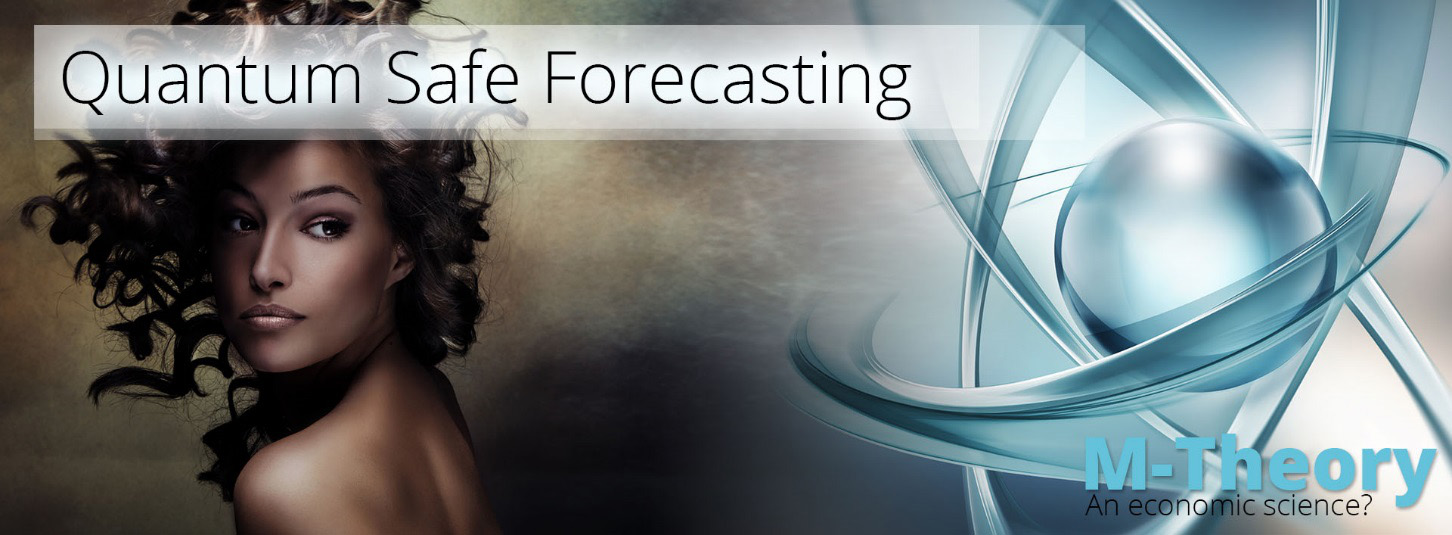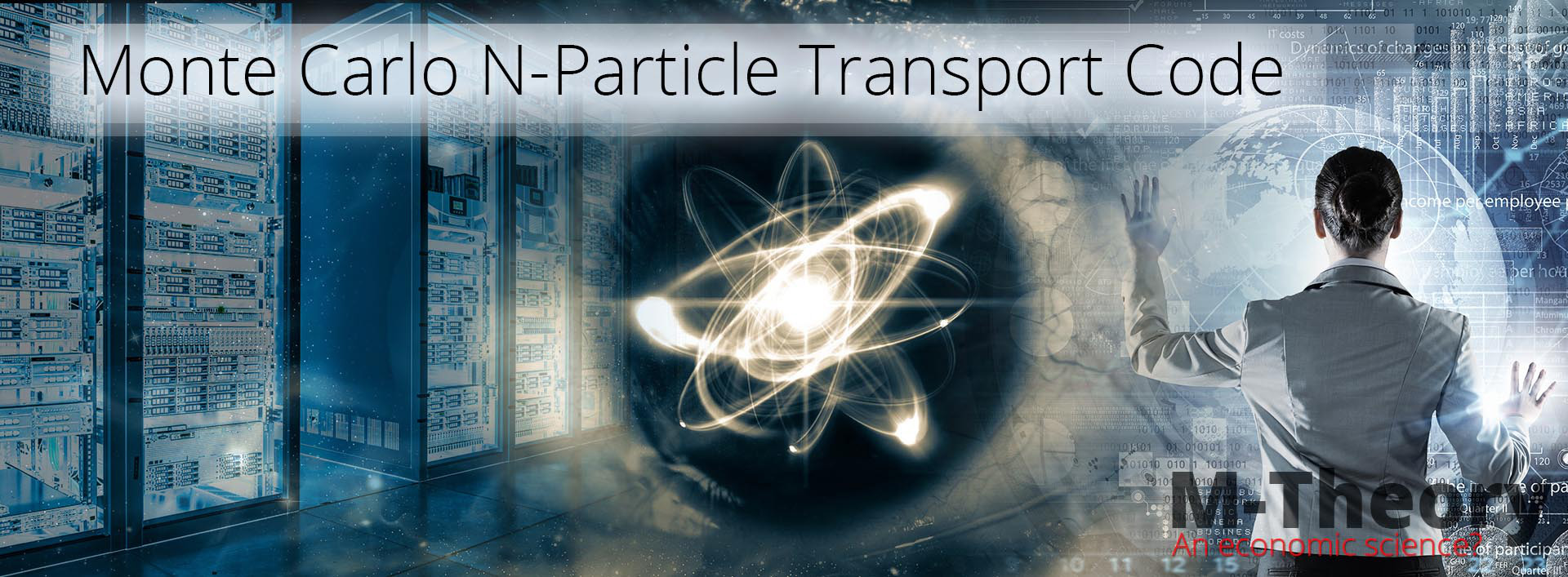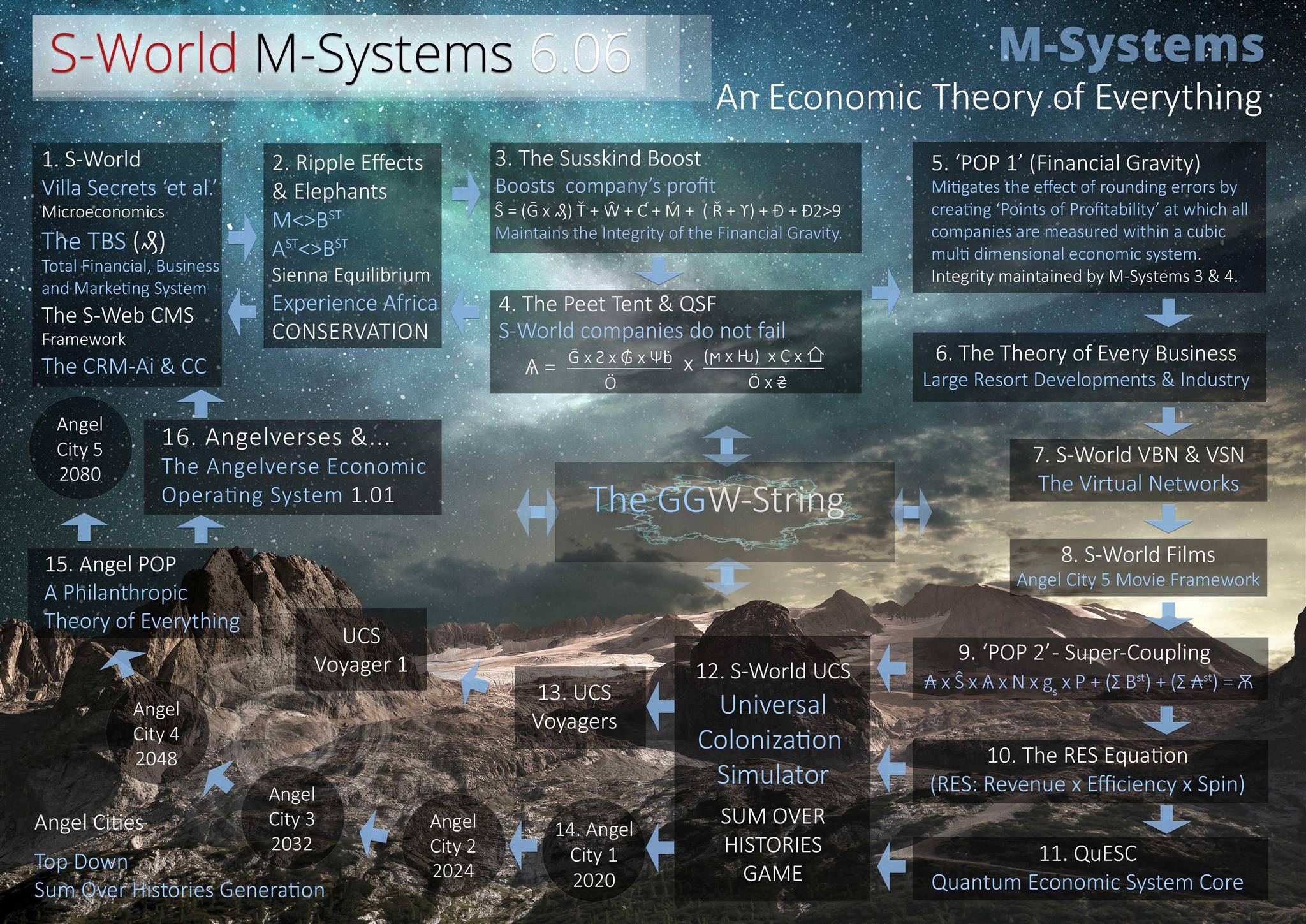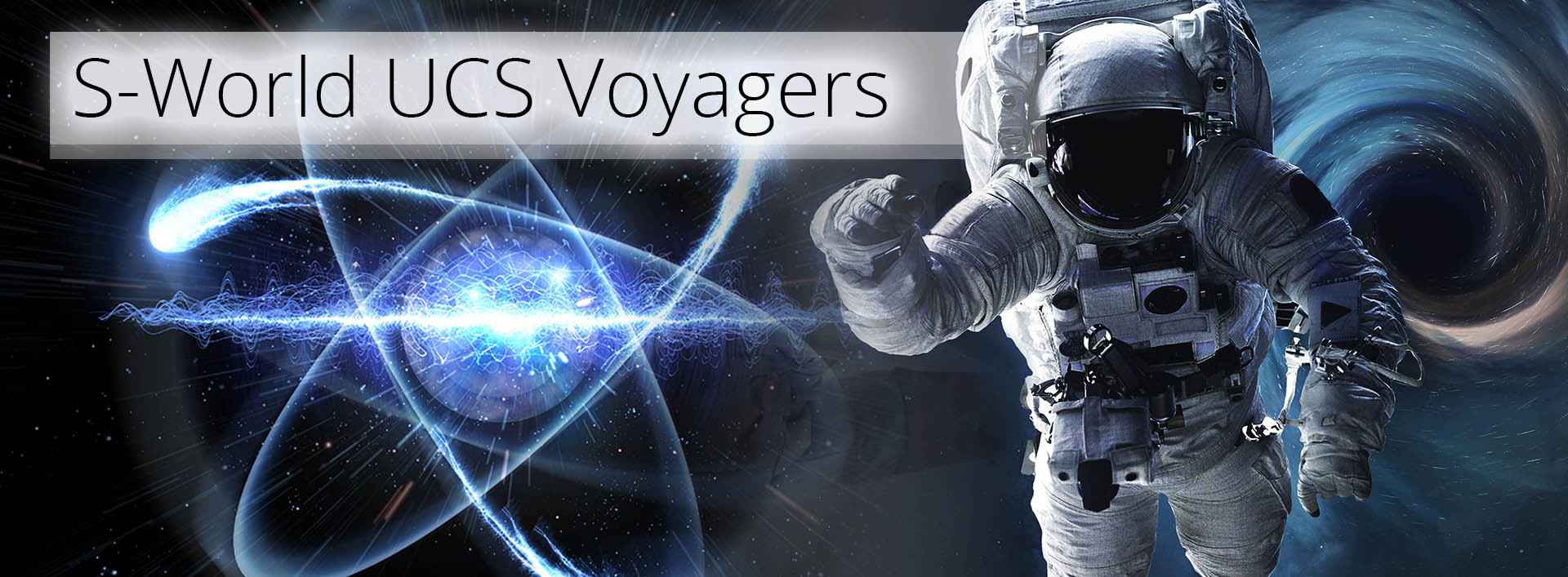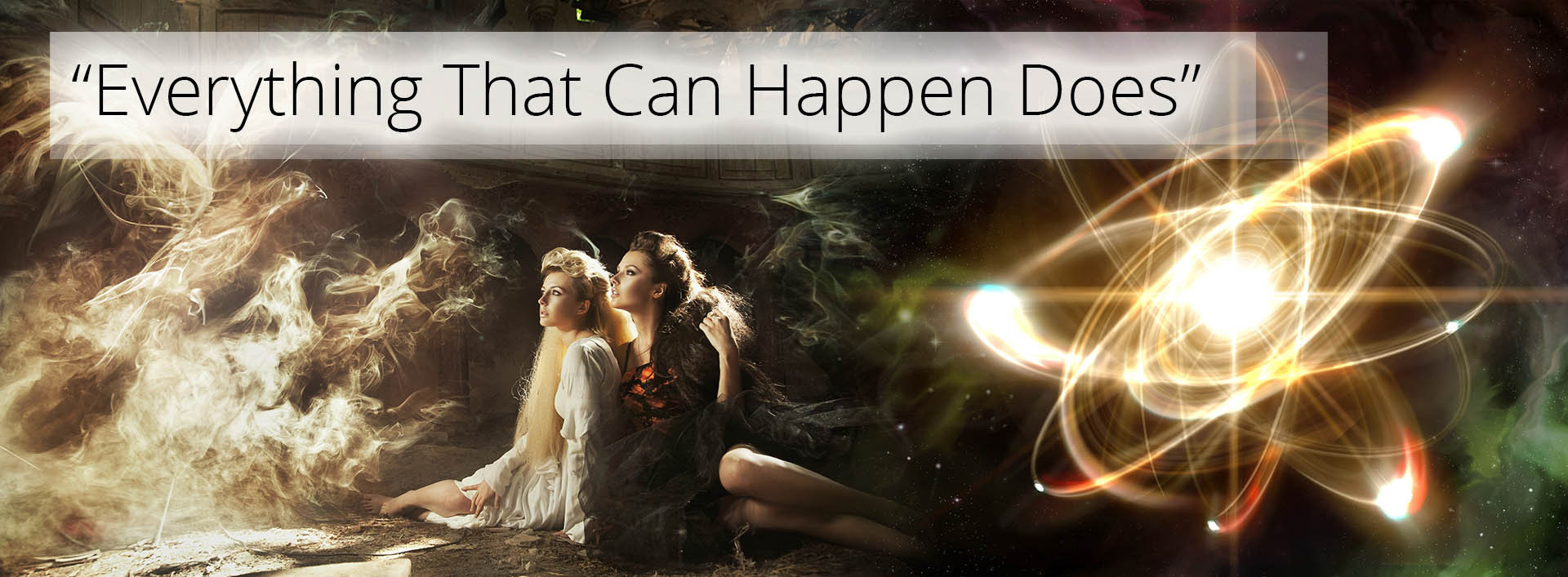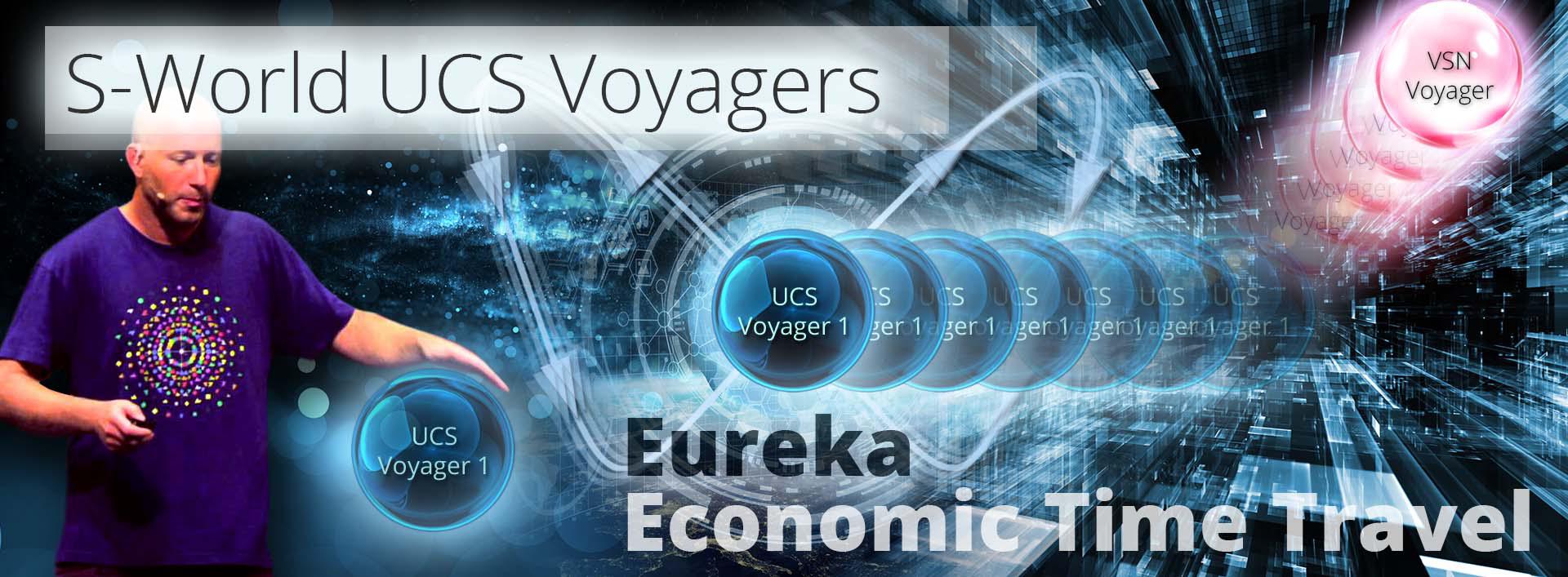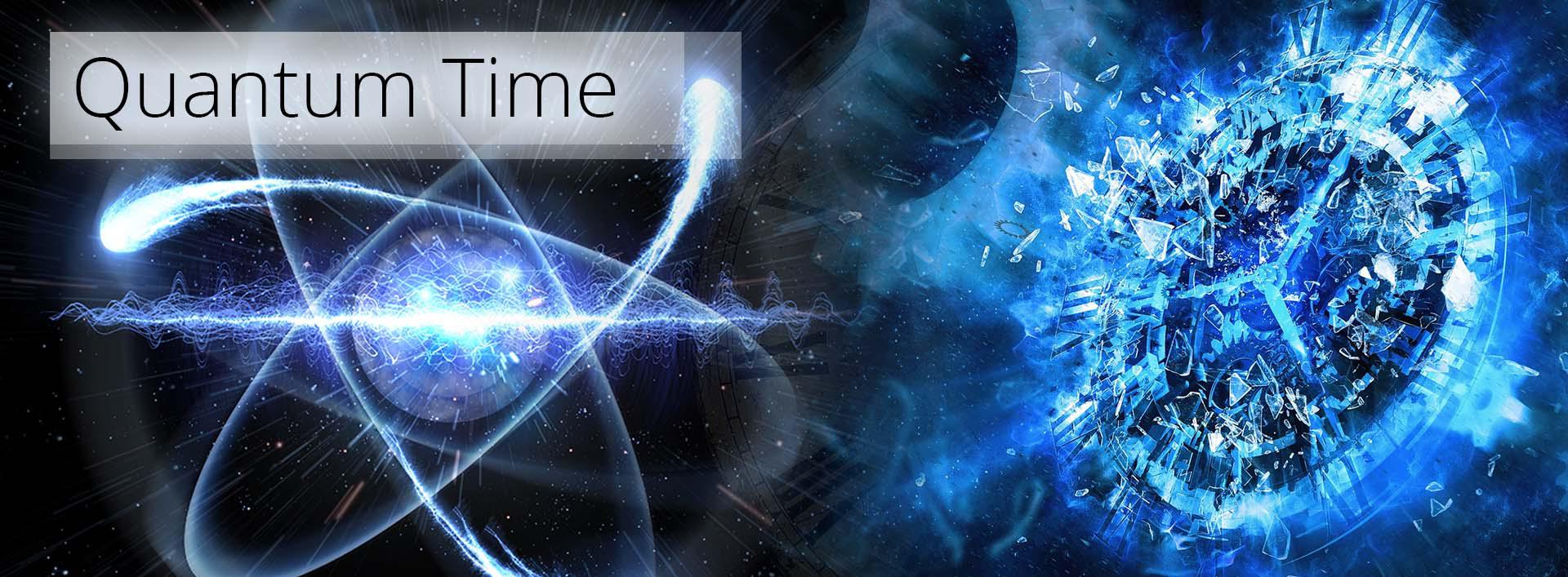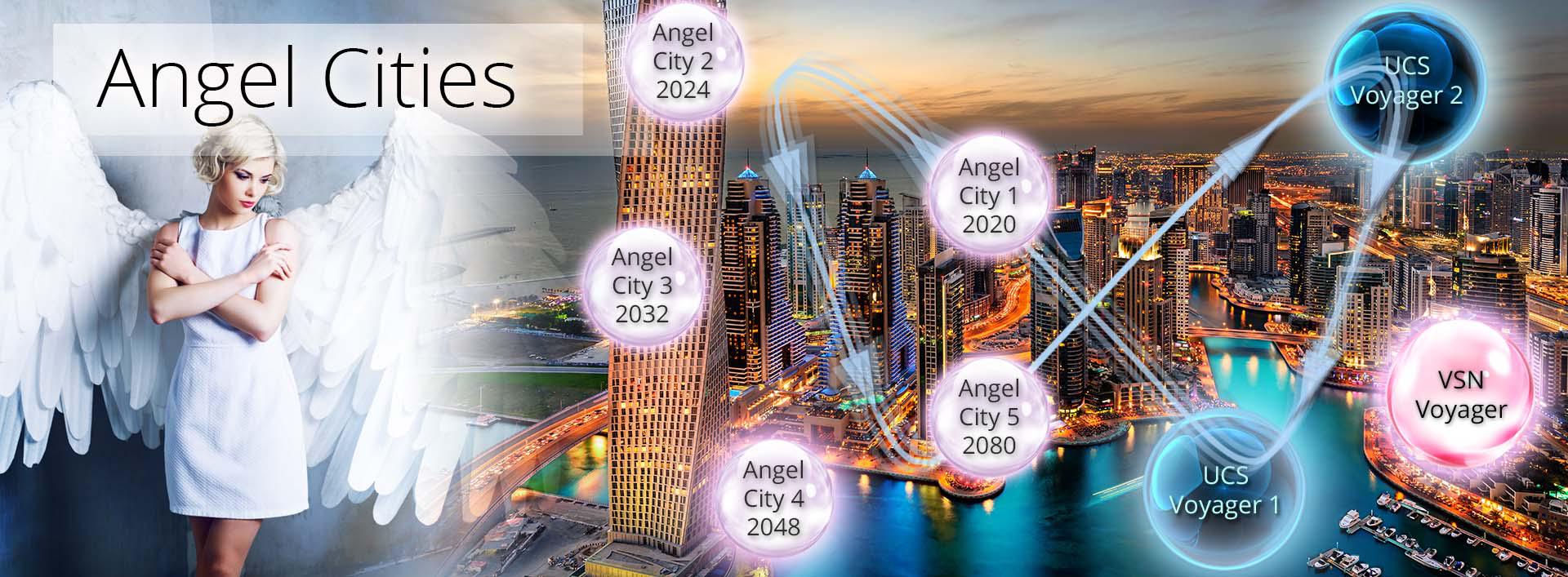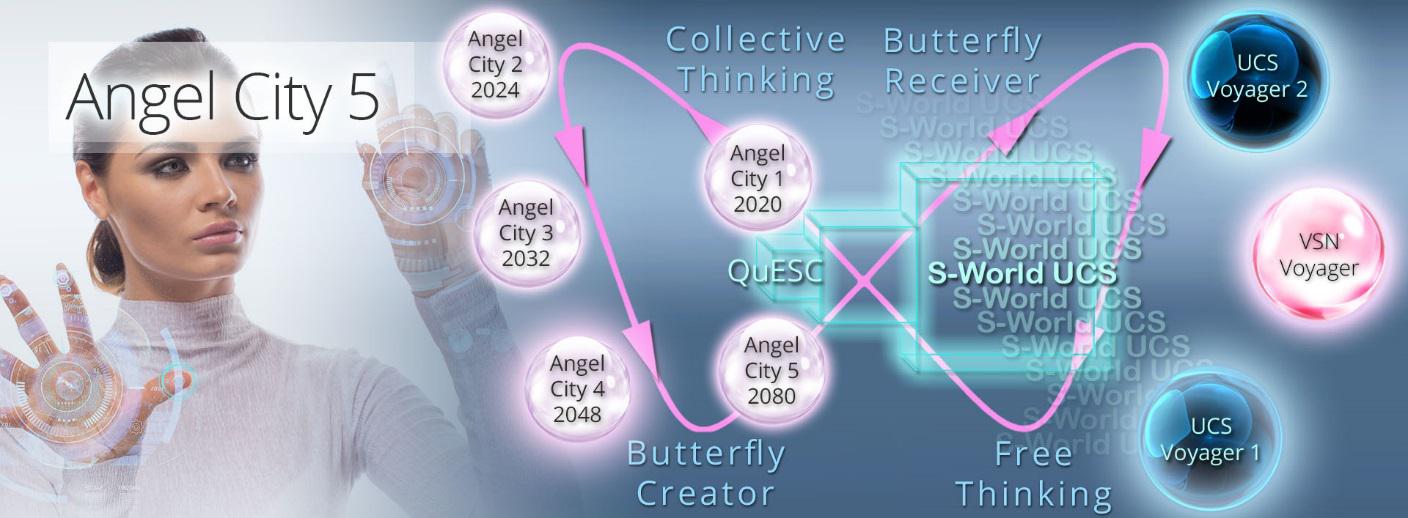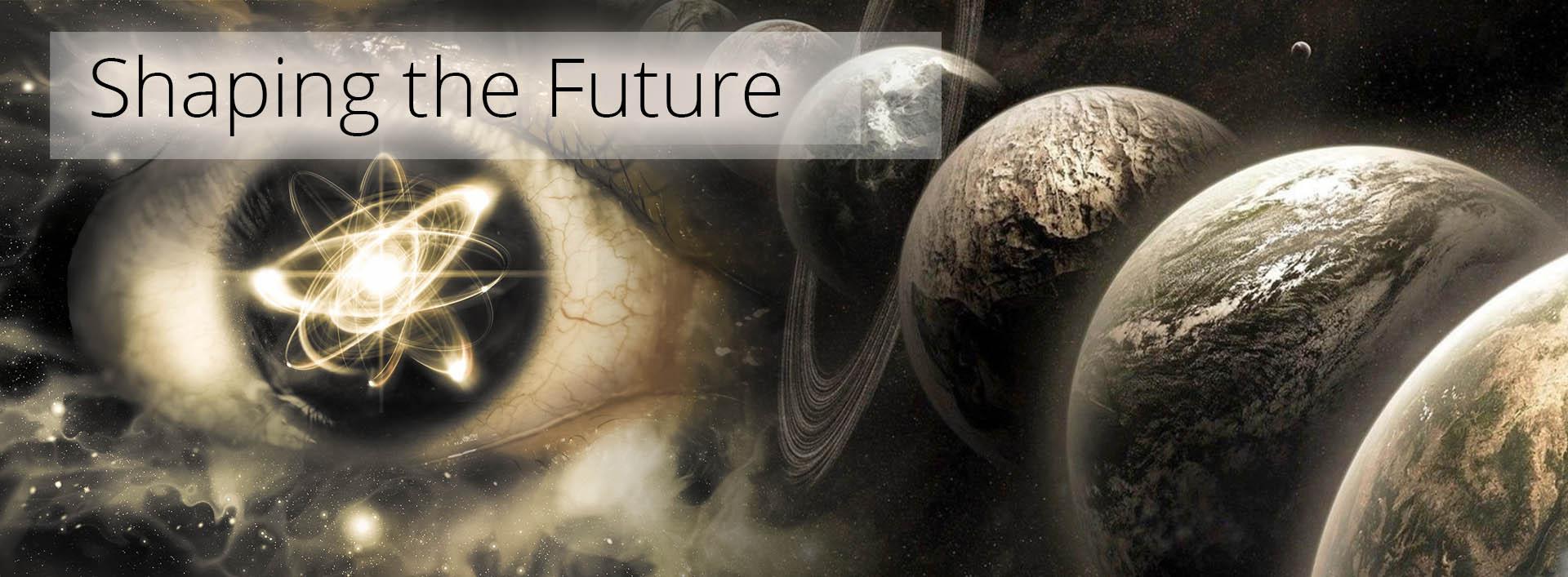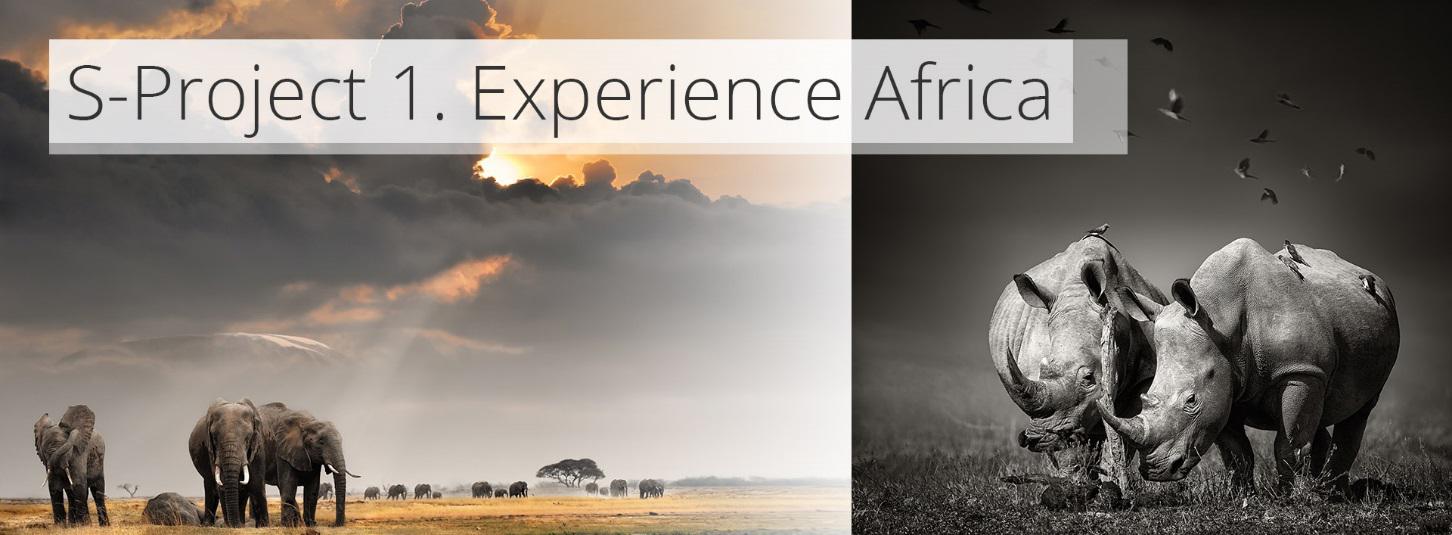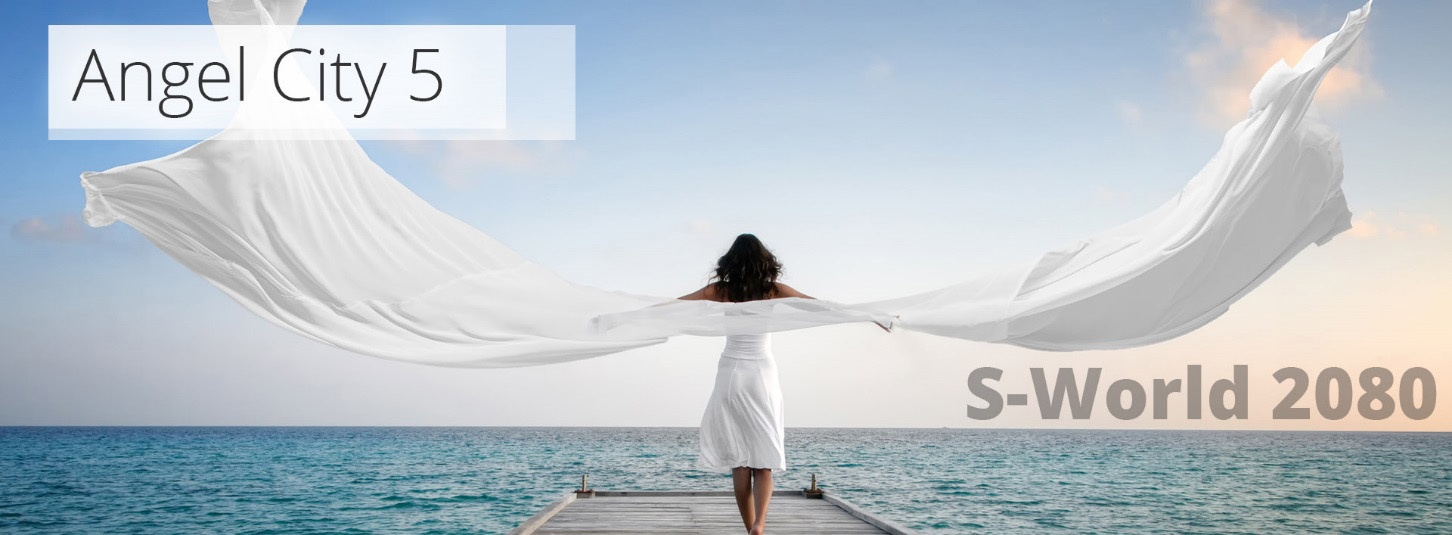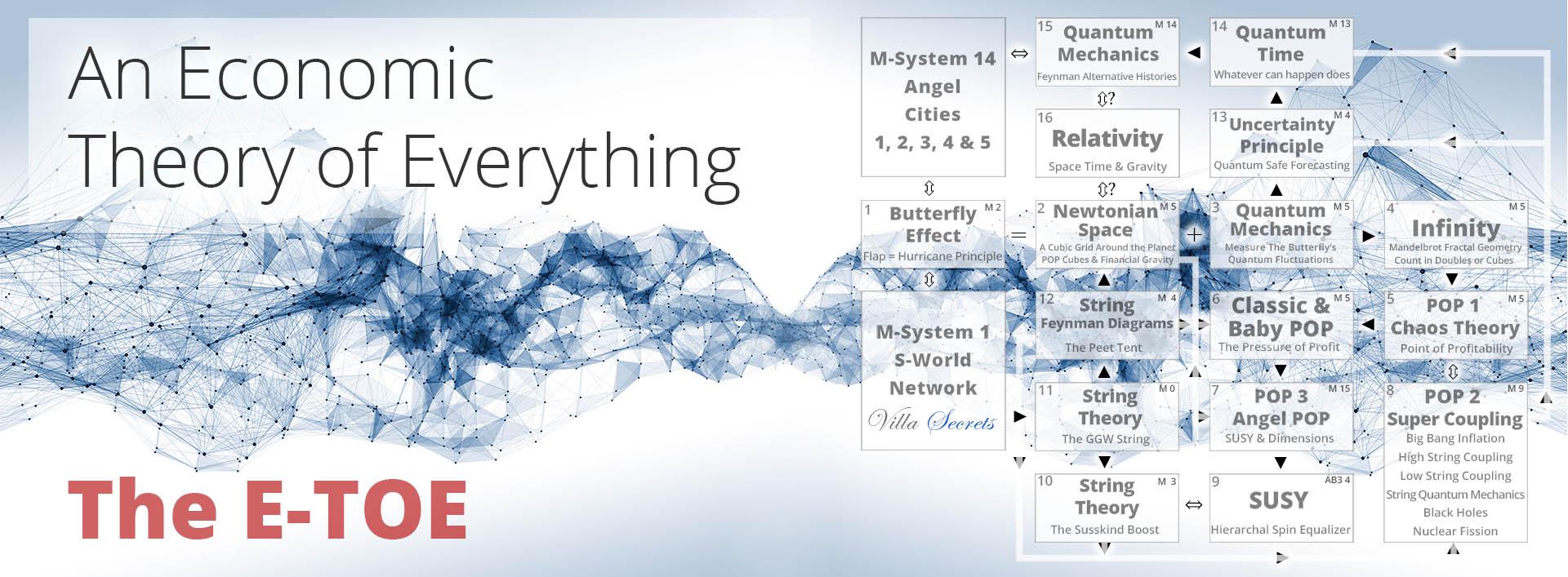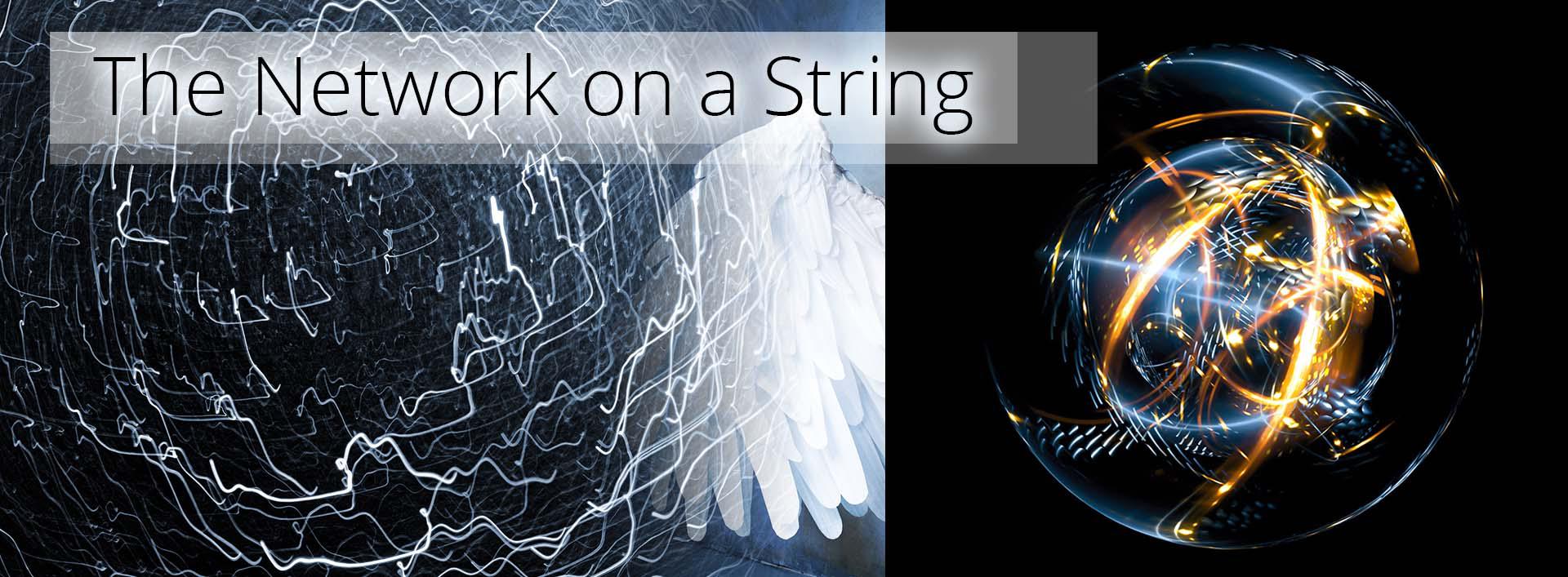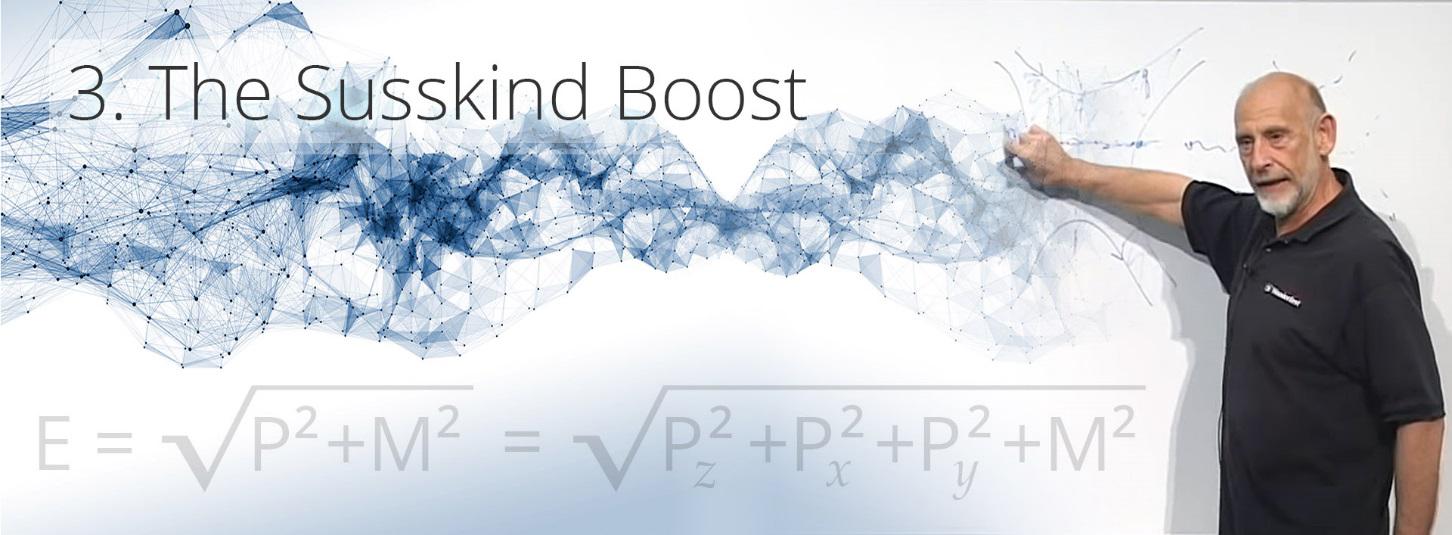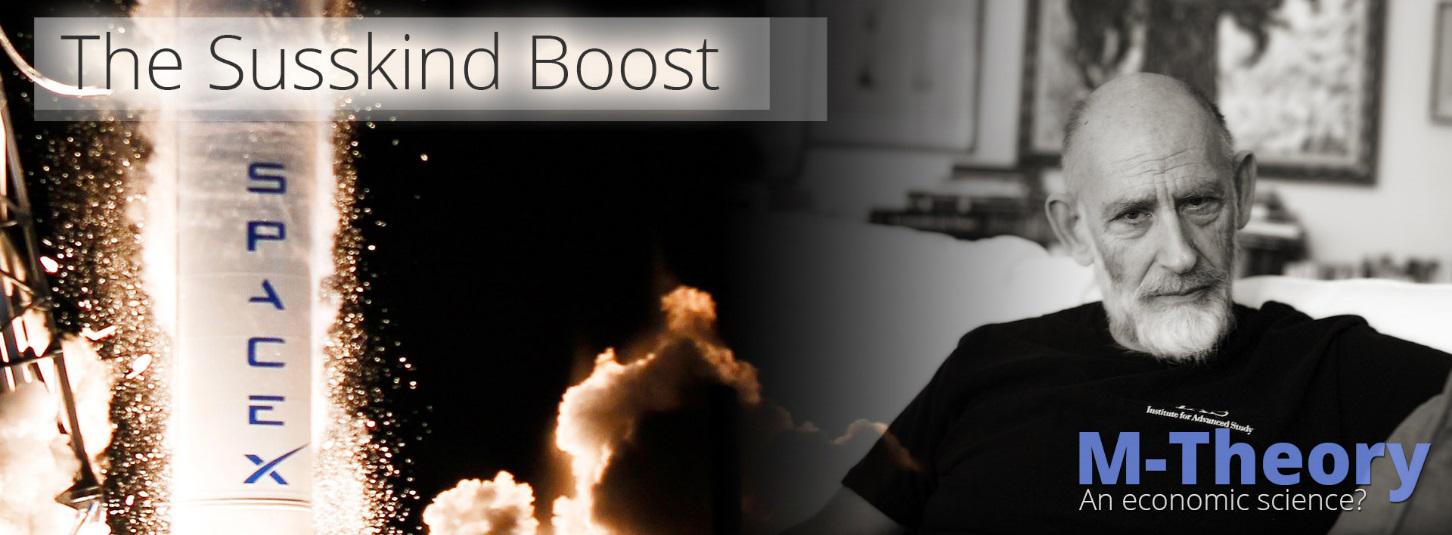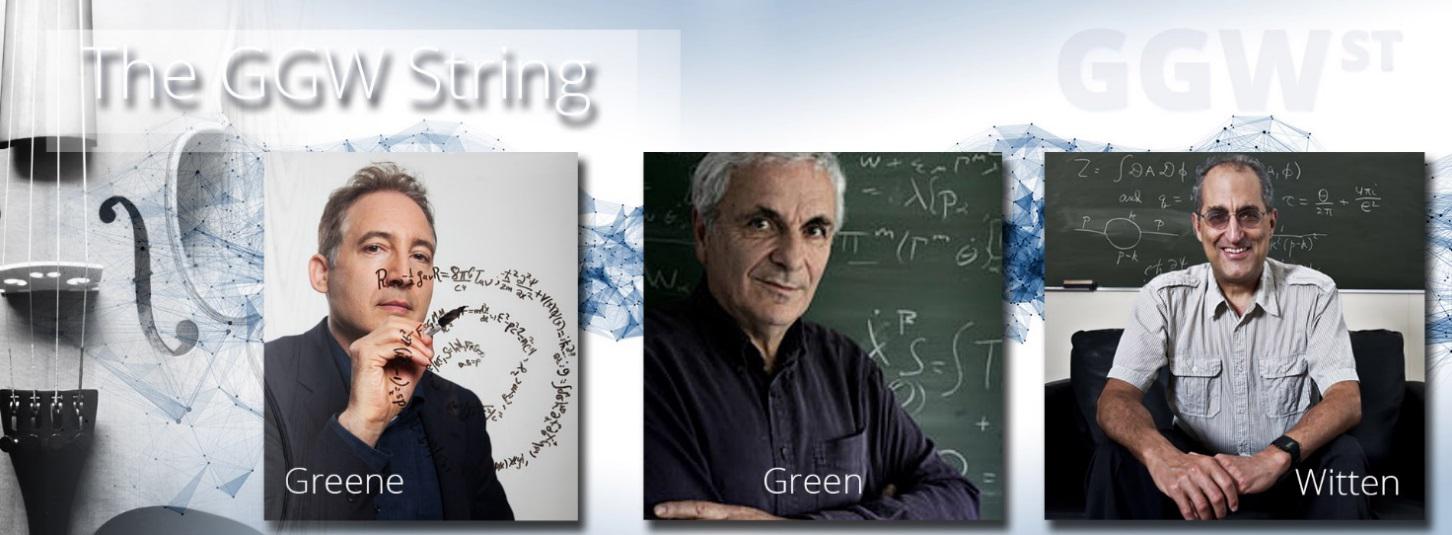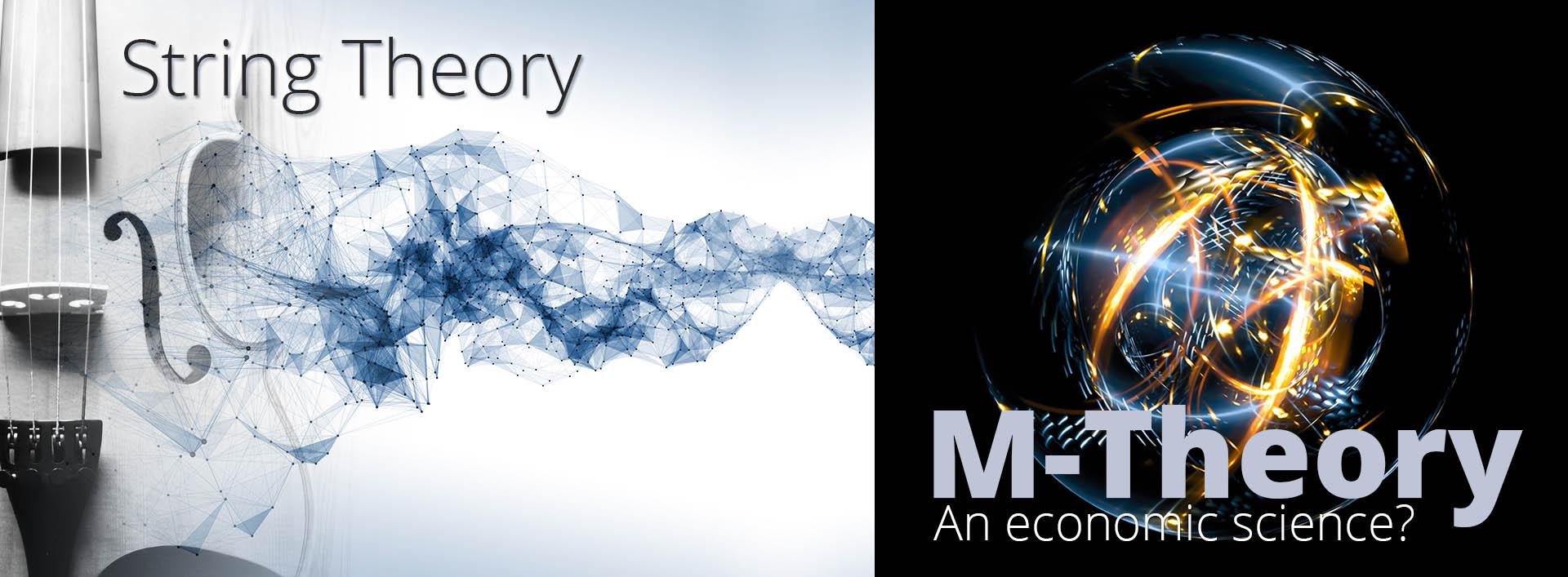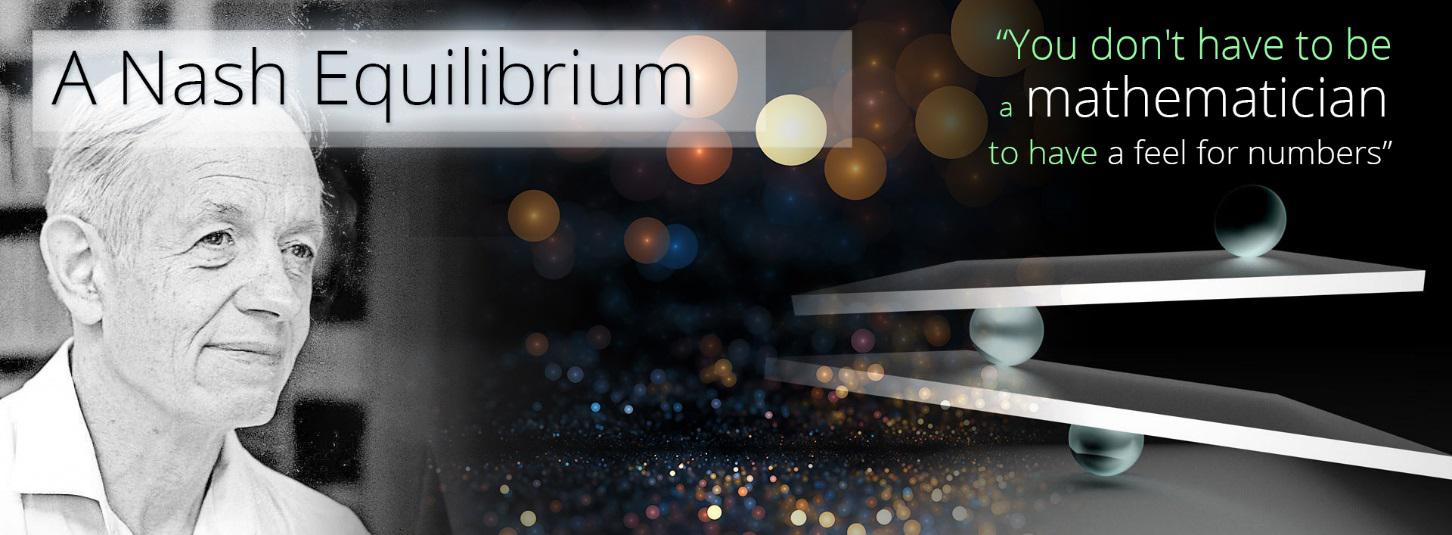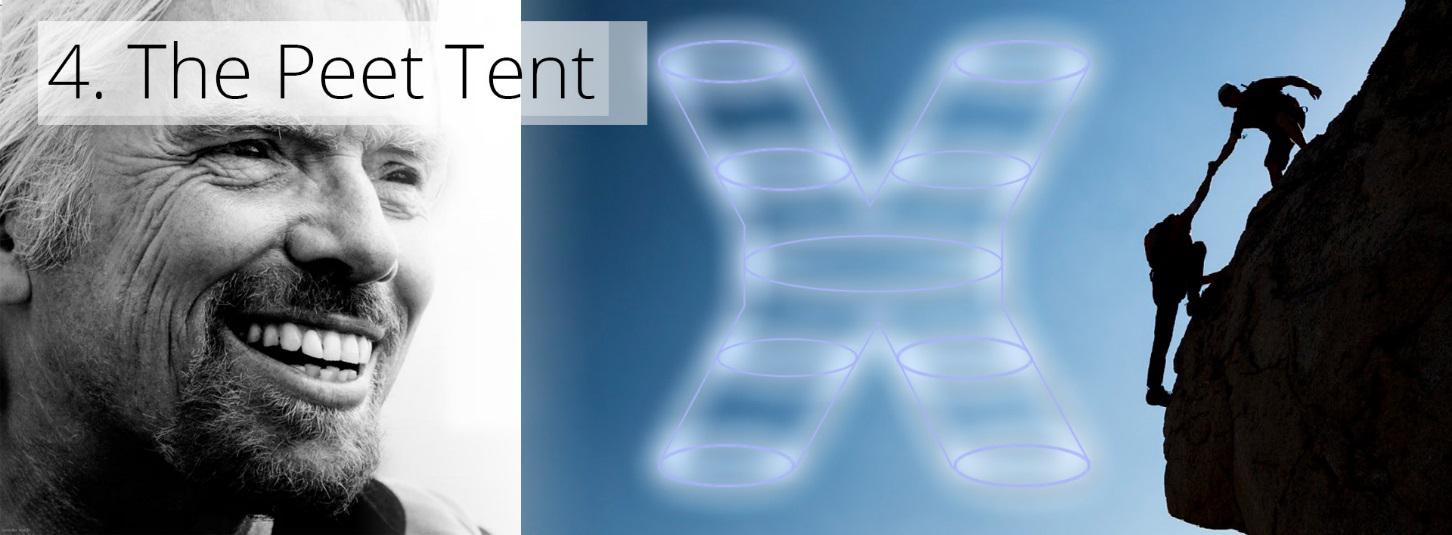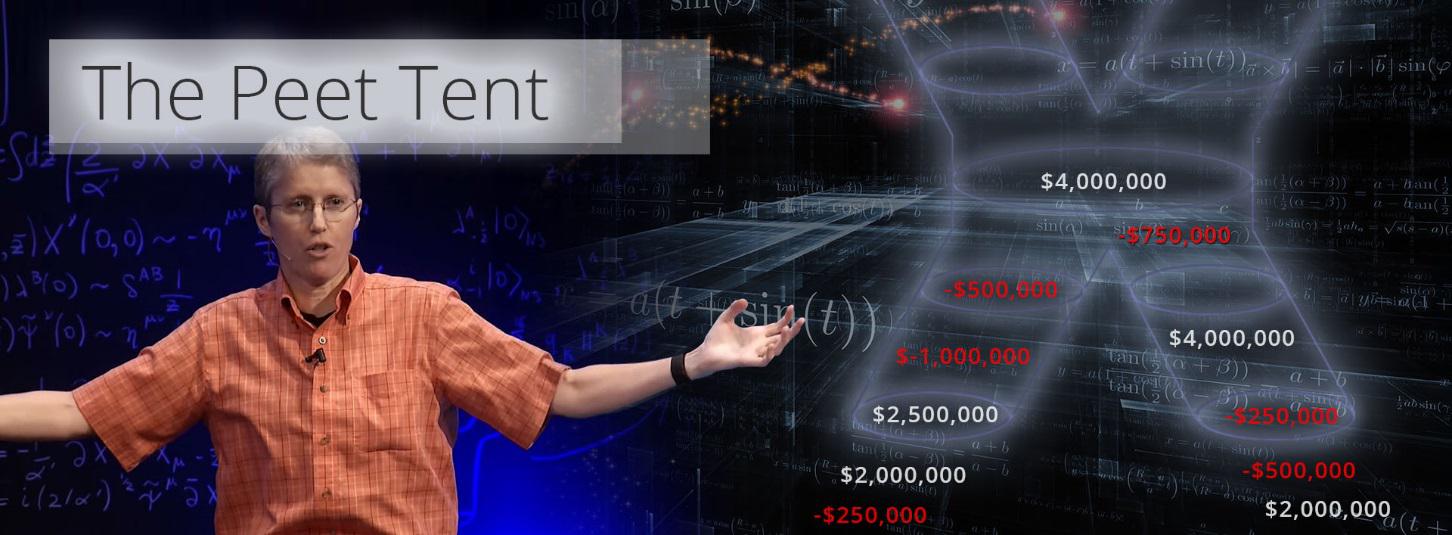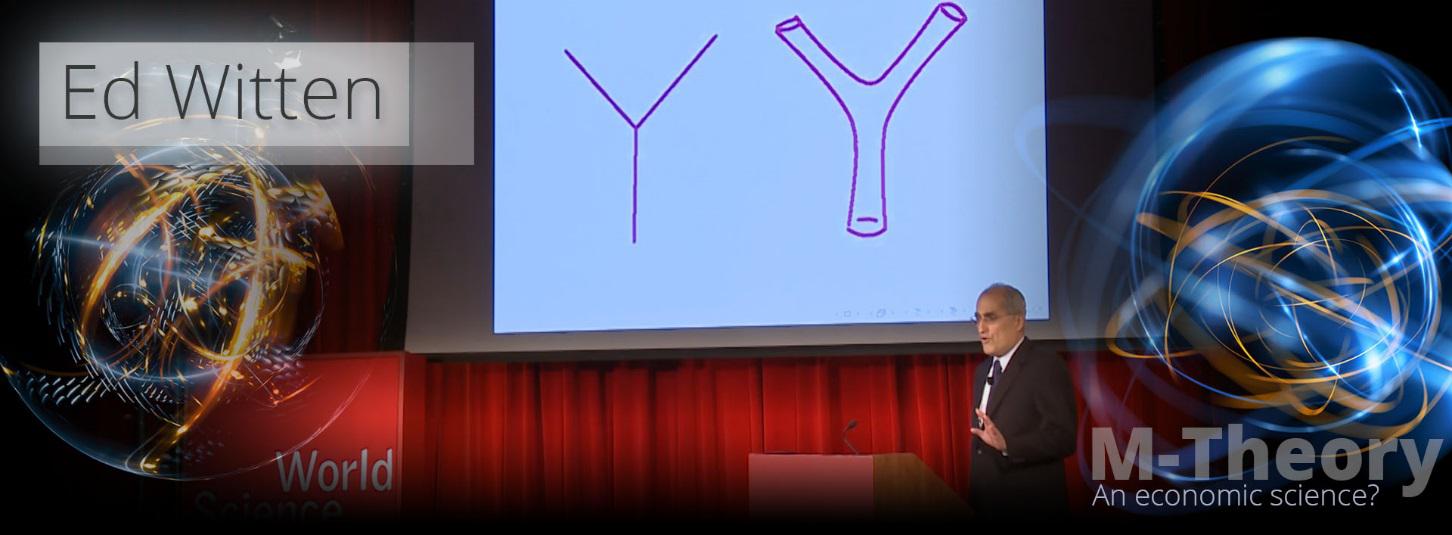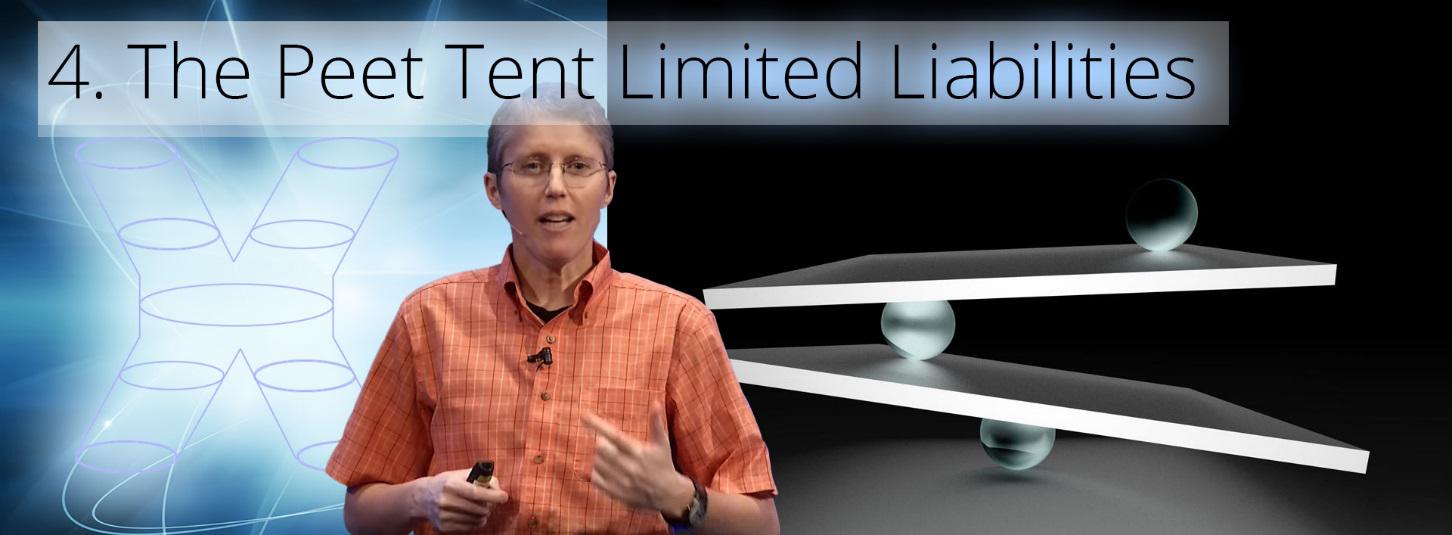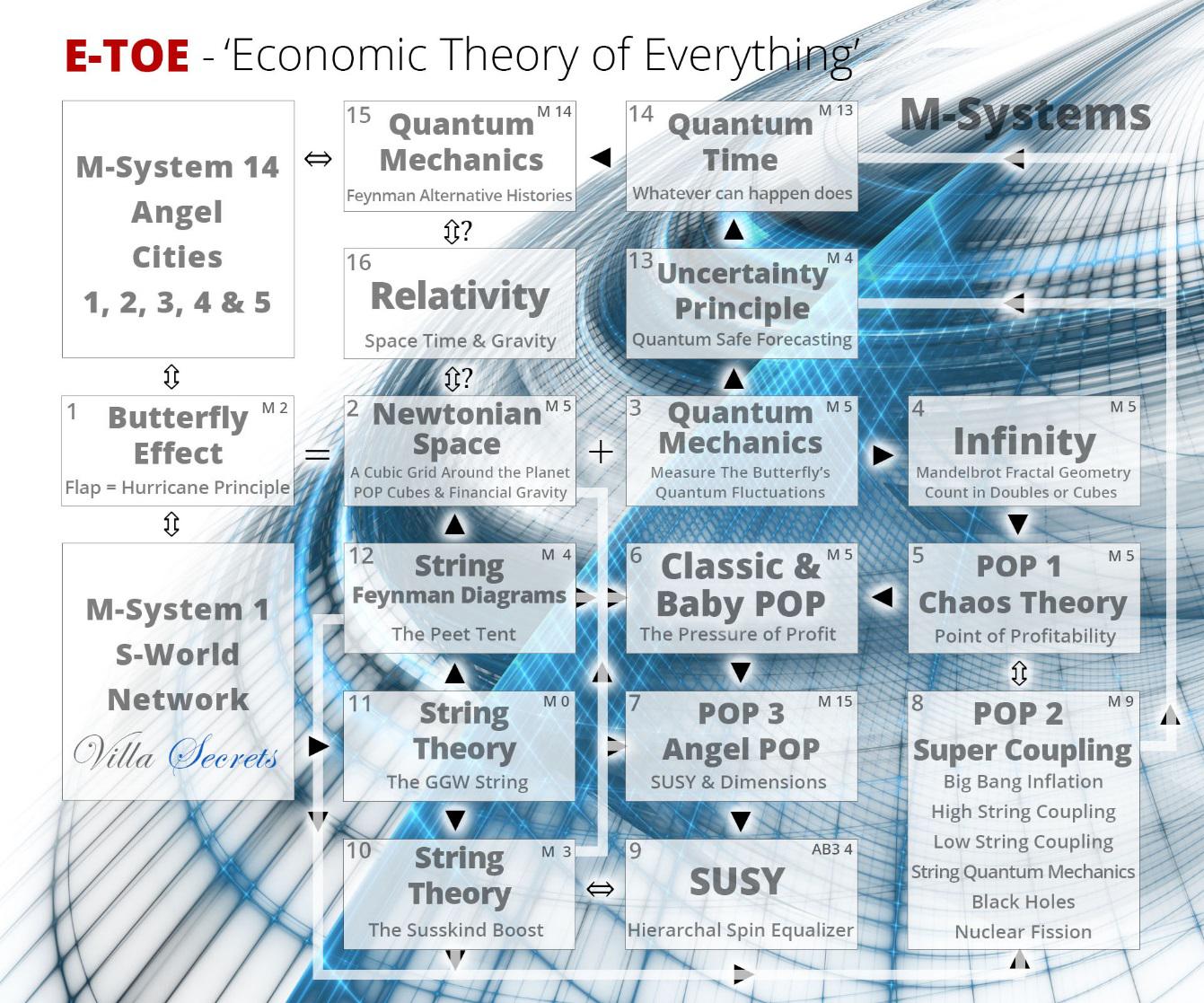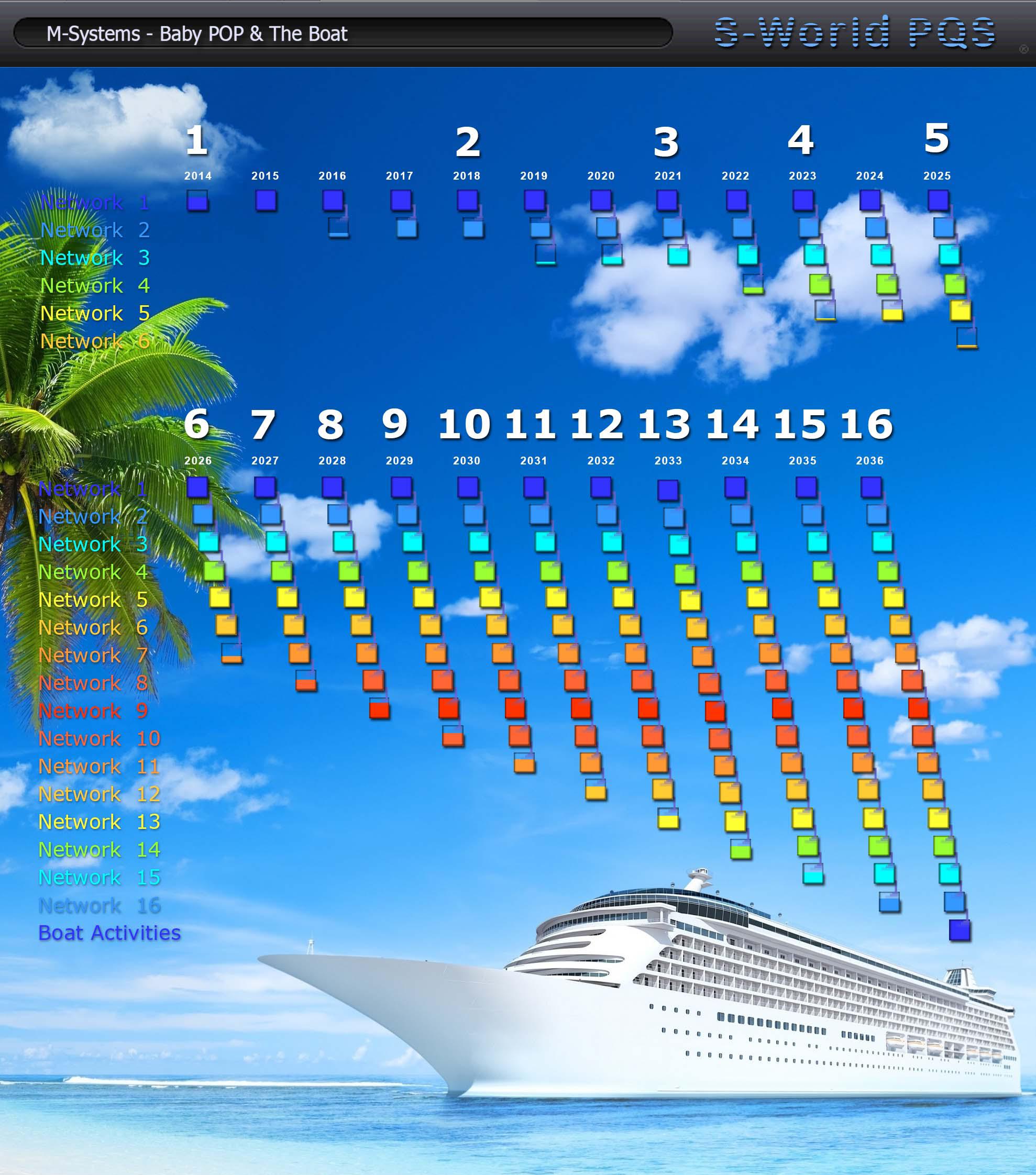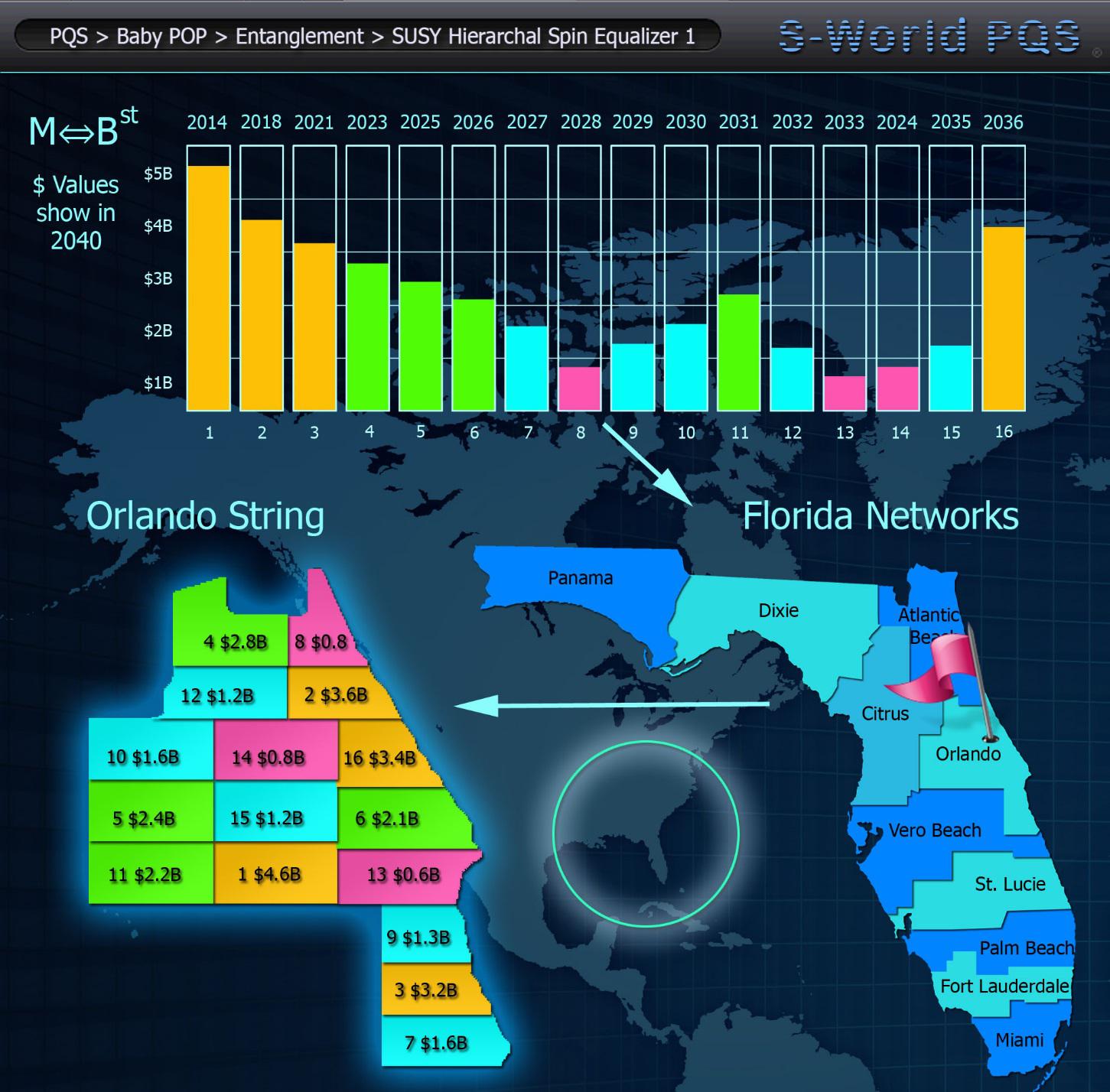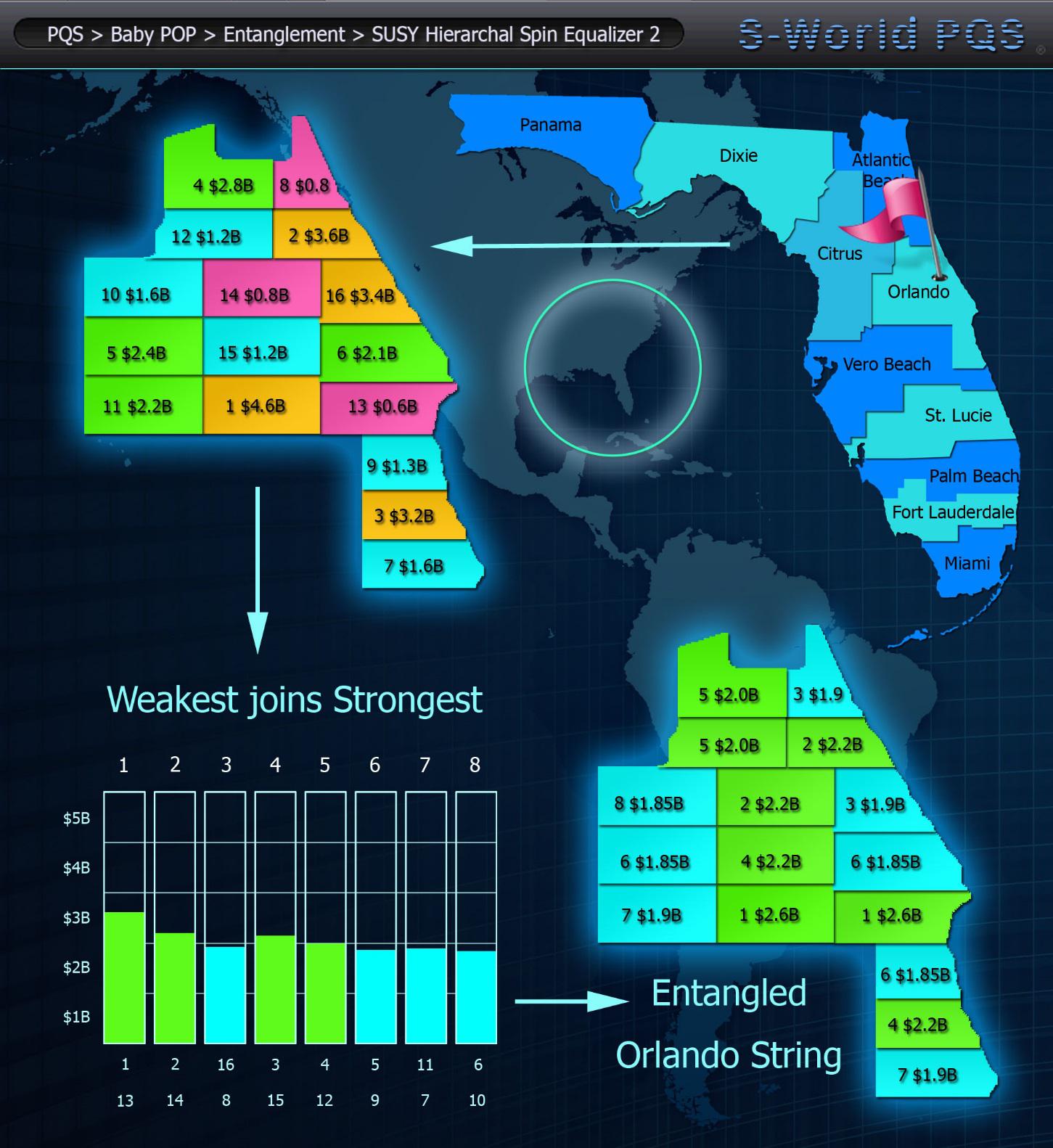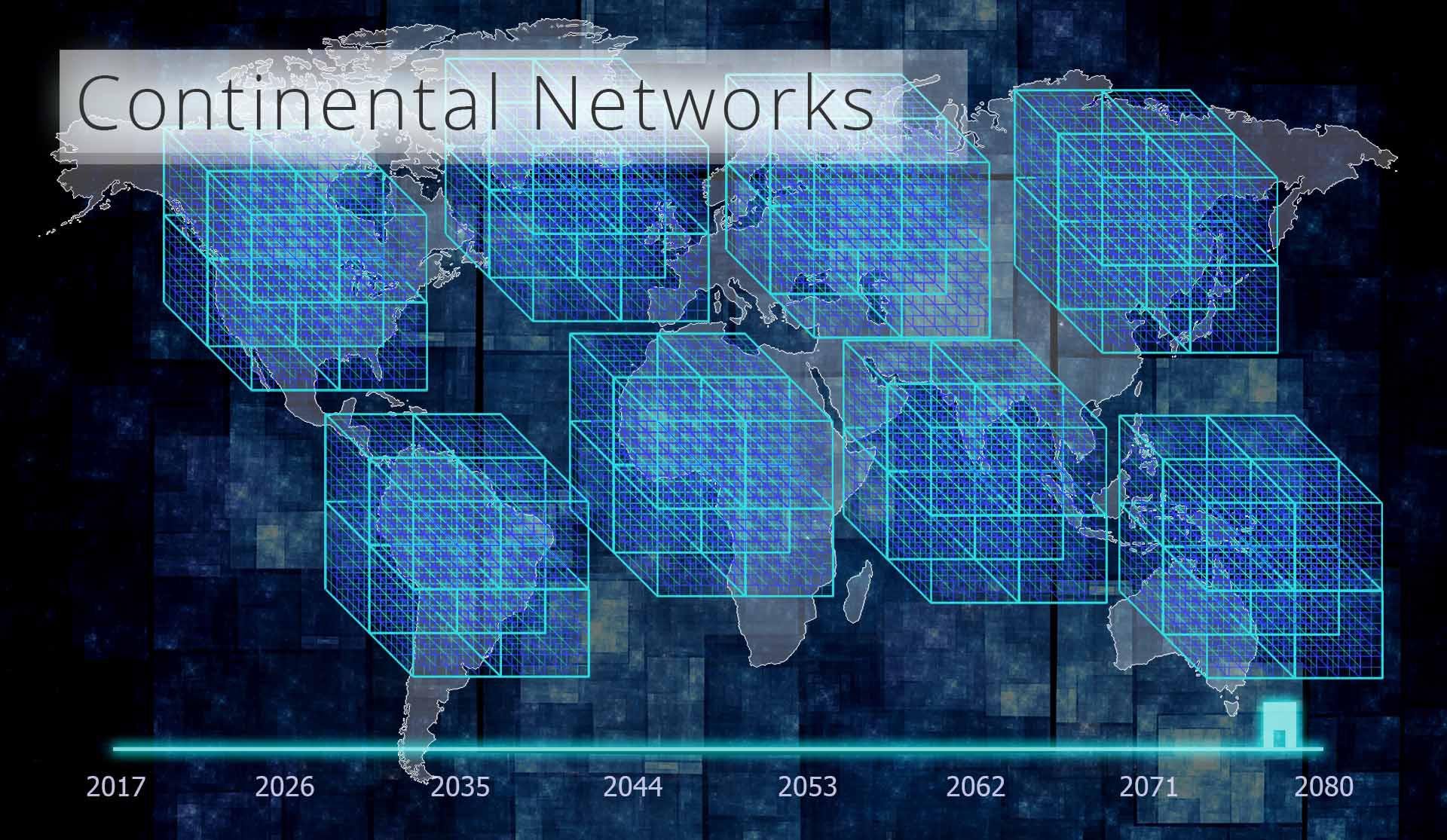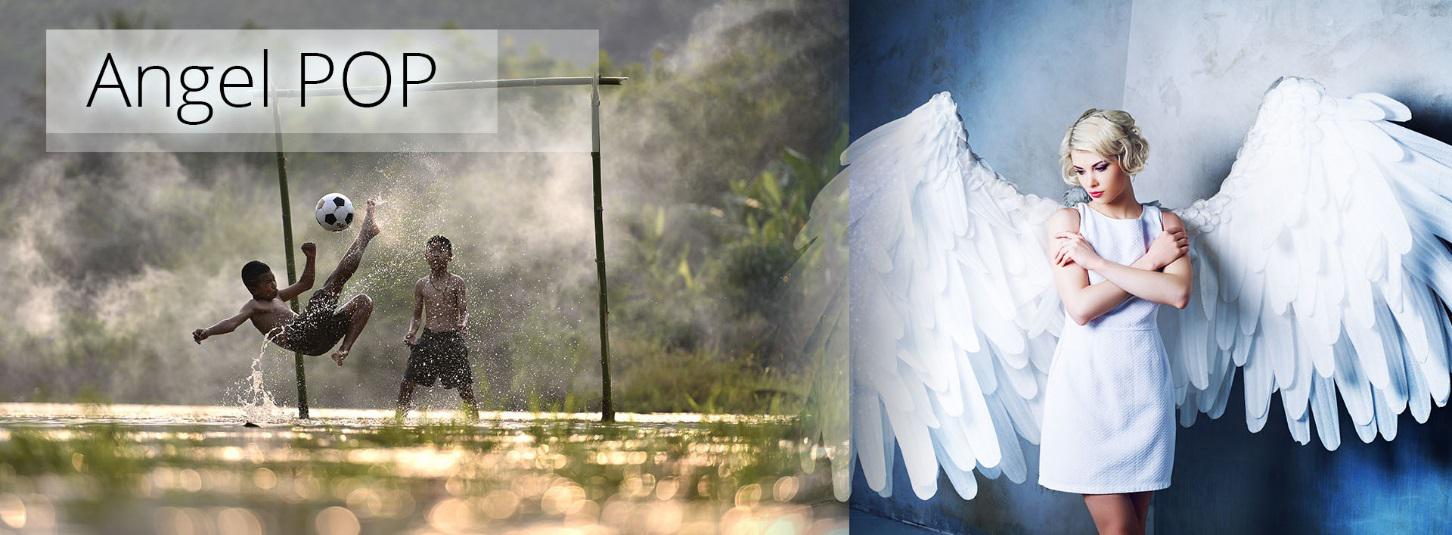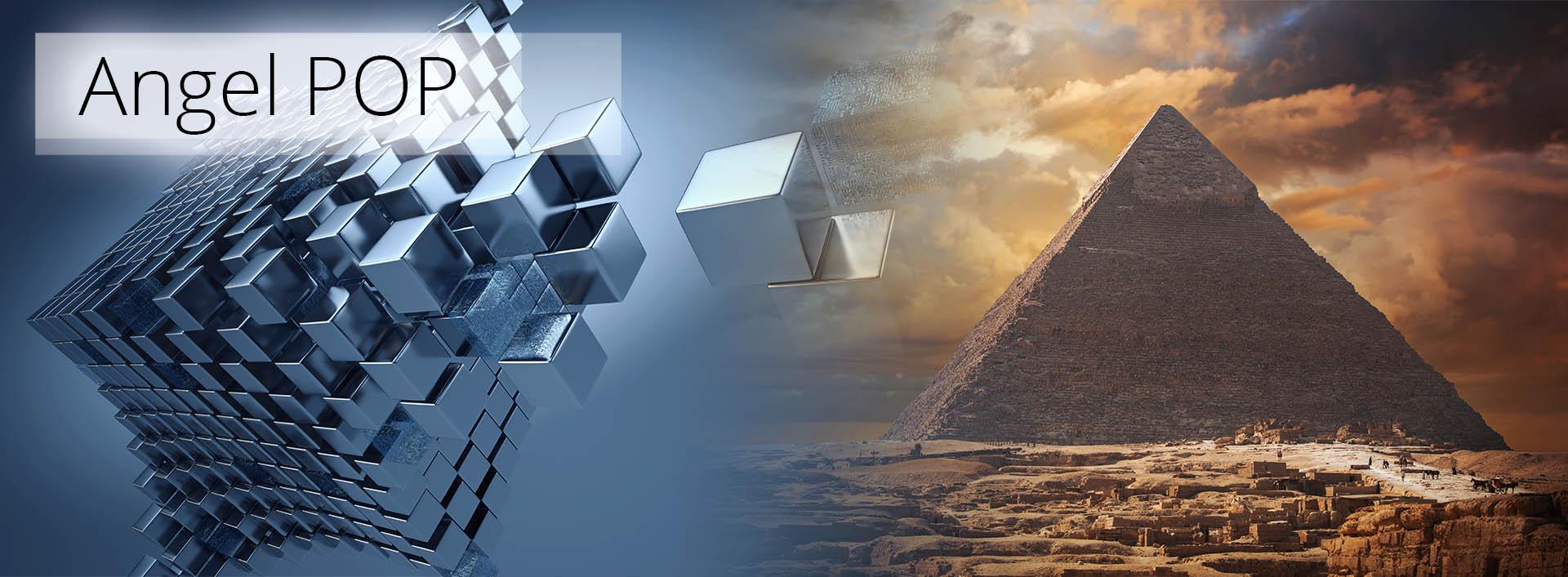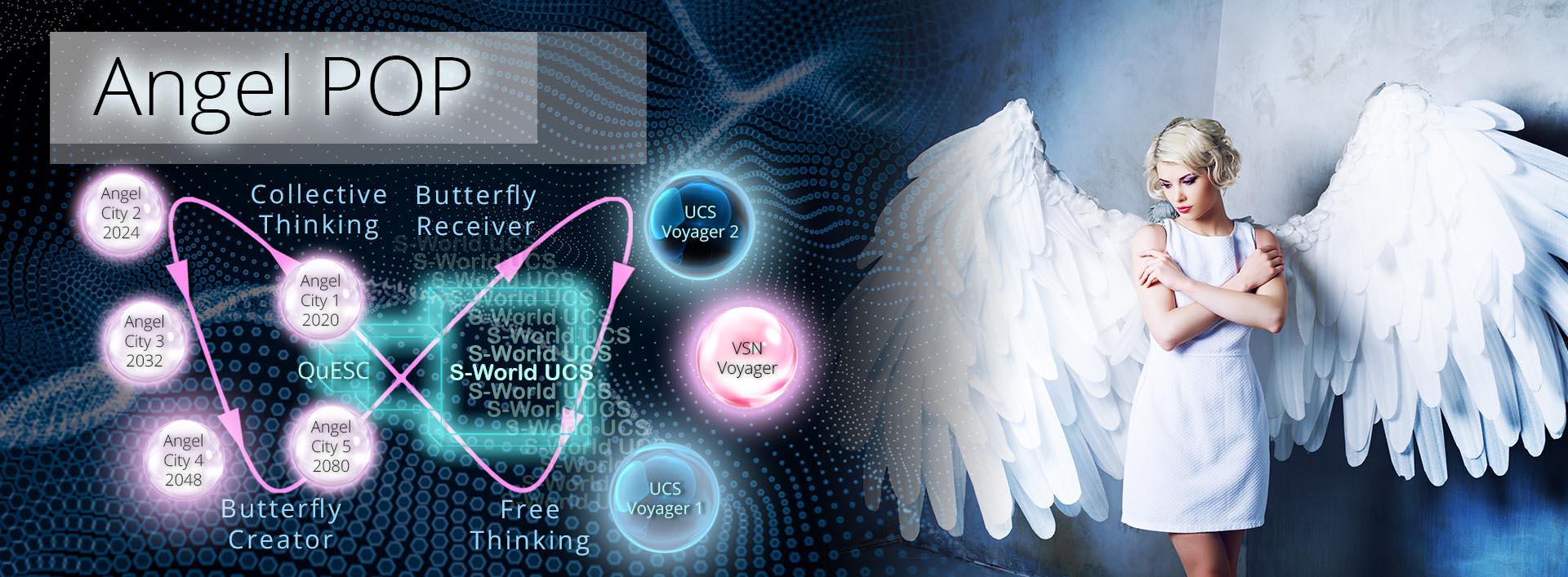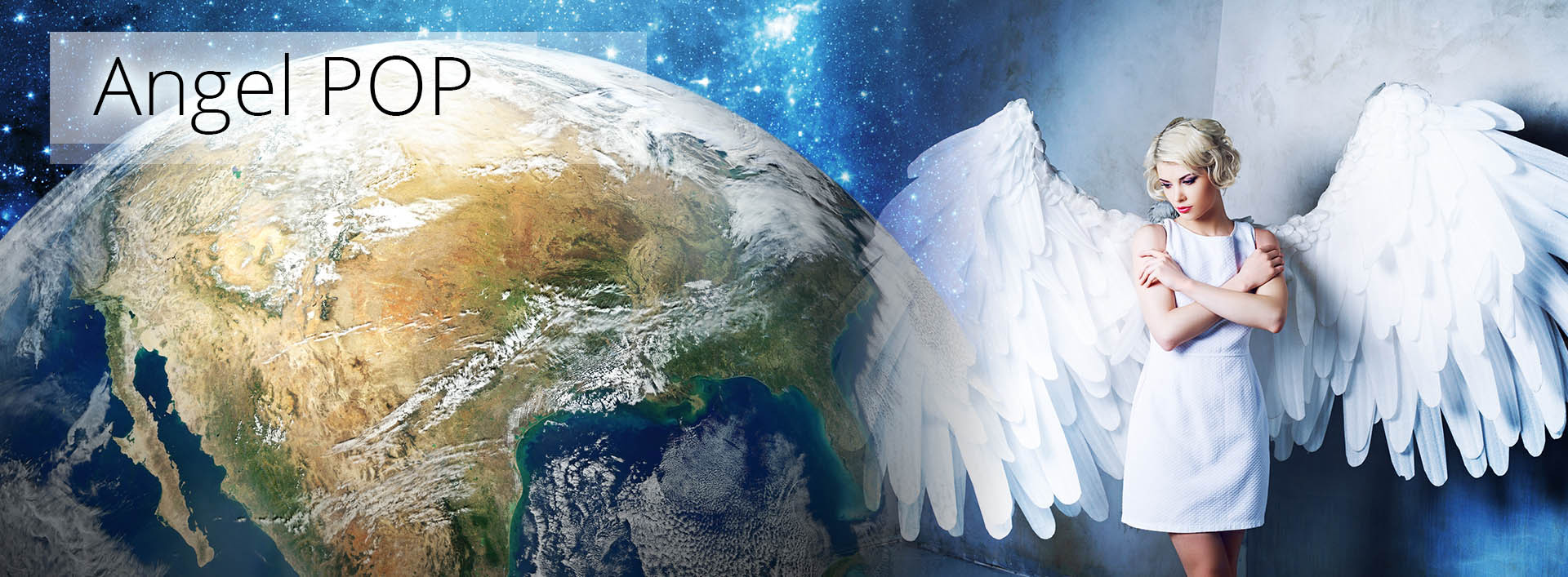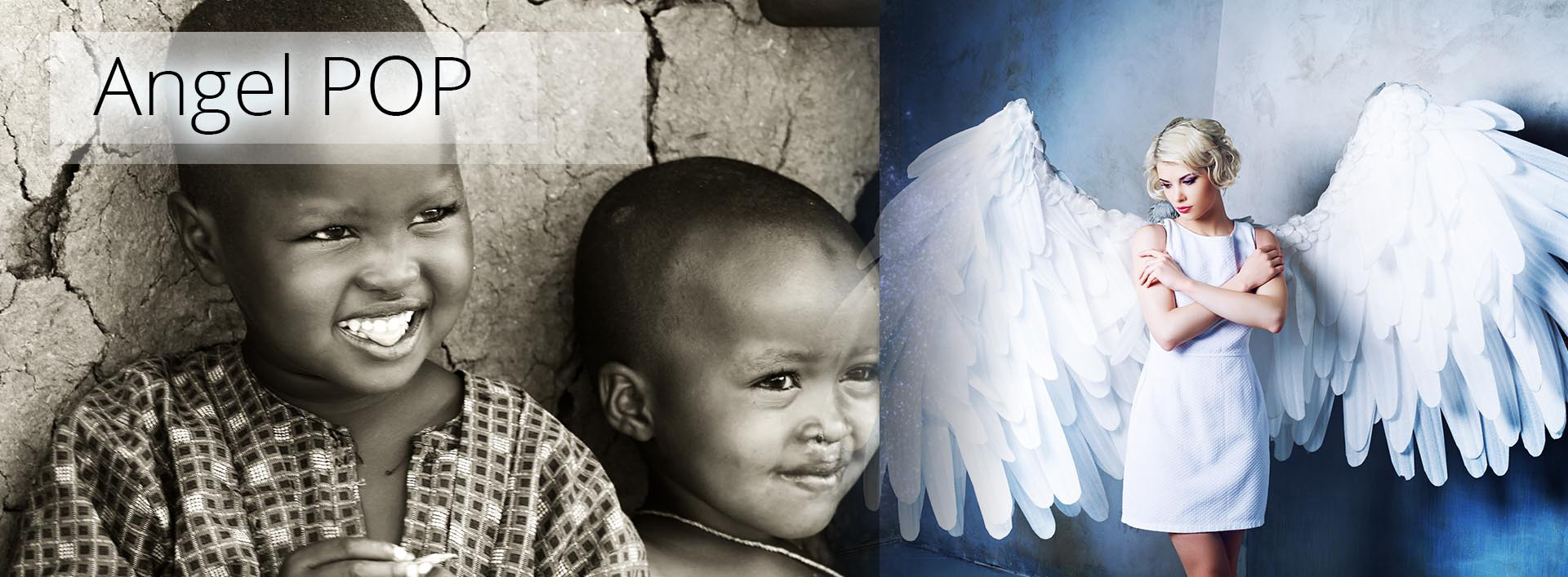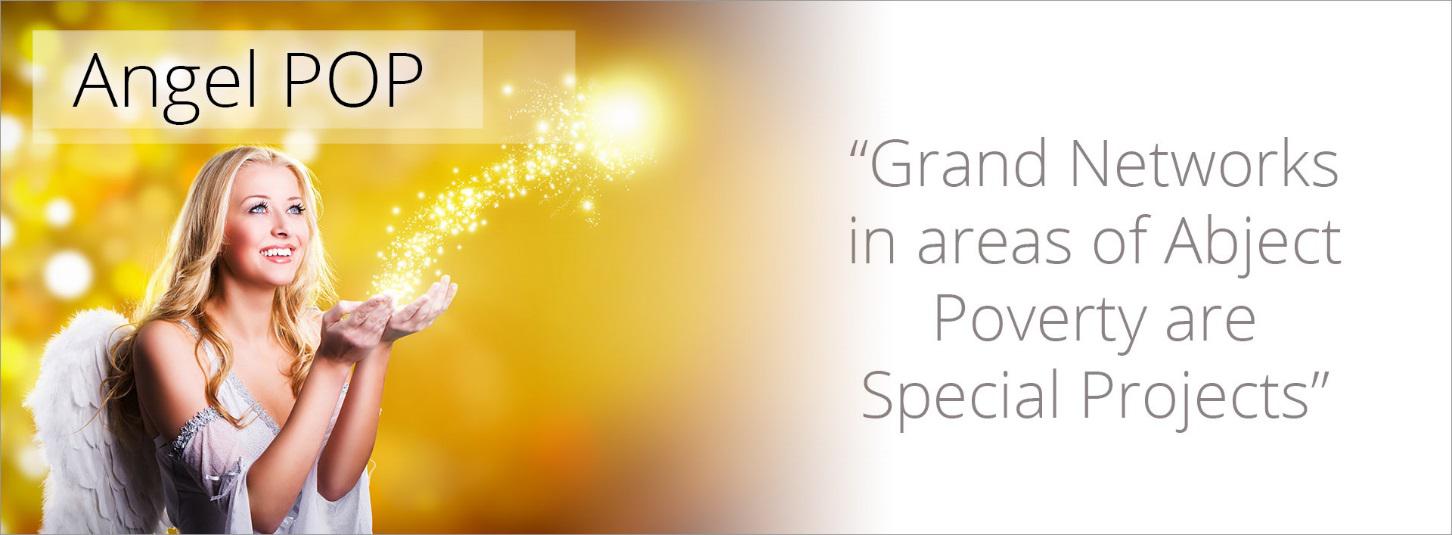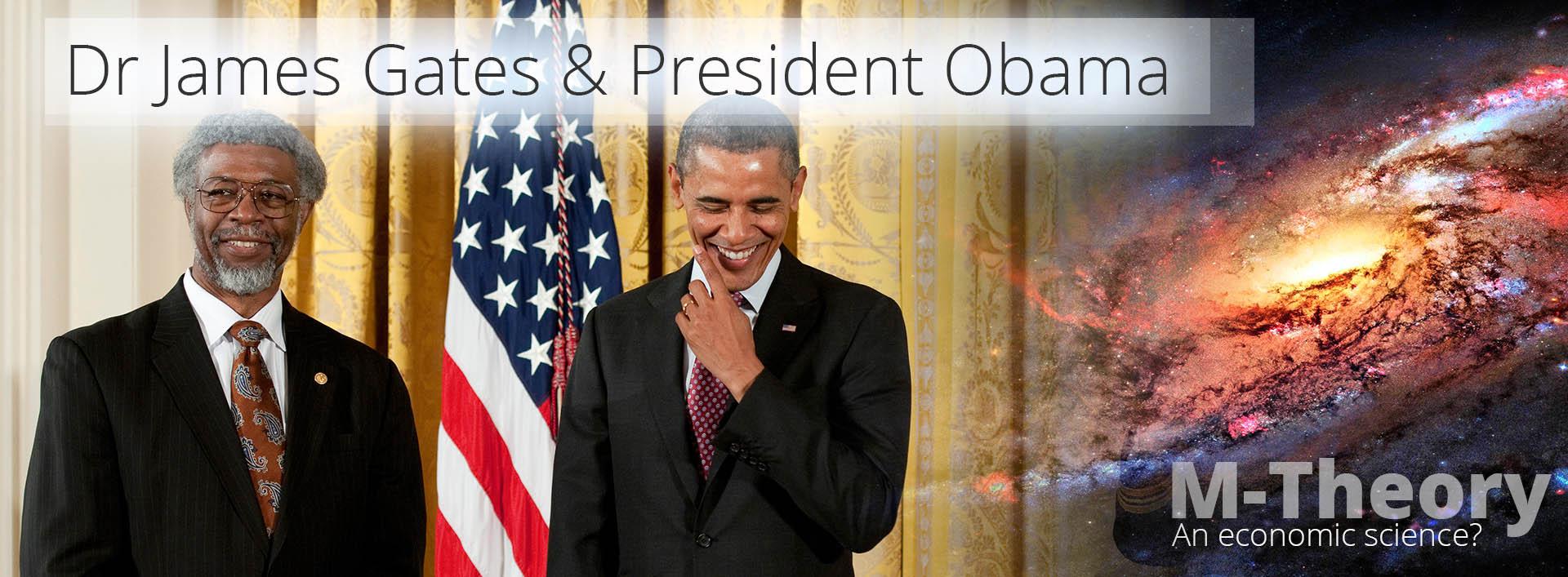Angel Theory – Paradigm Shift: Book 2.
Backstory / Prequel
An Economic Theory of Everything
By Nick Ray Ball 19th November 2017
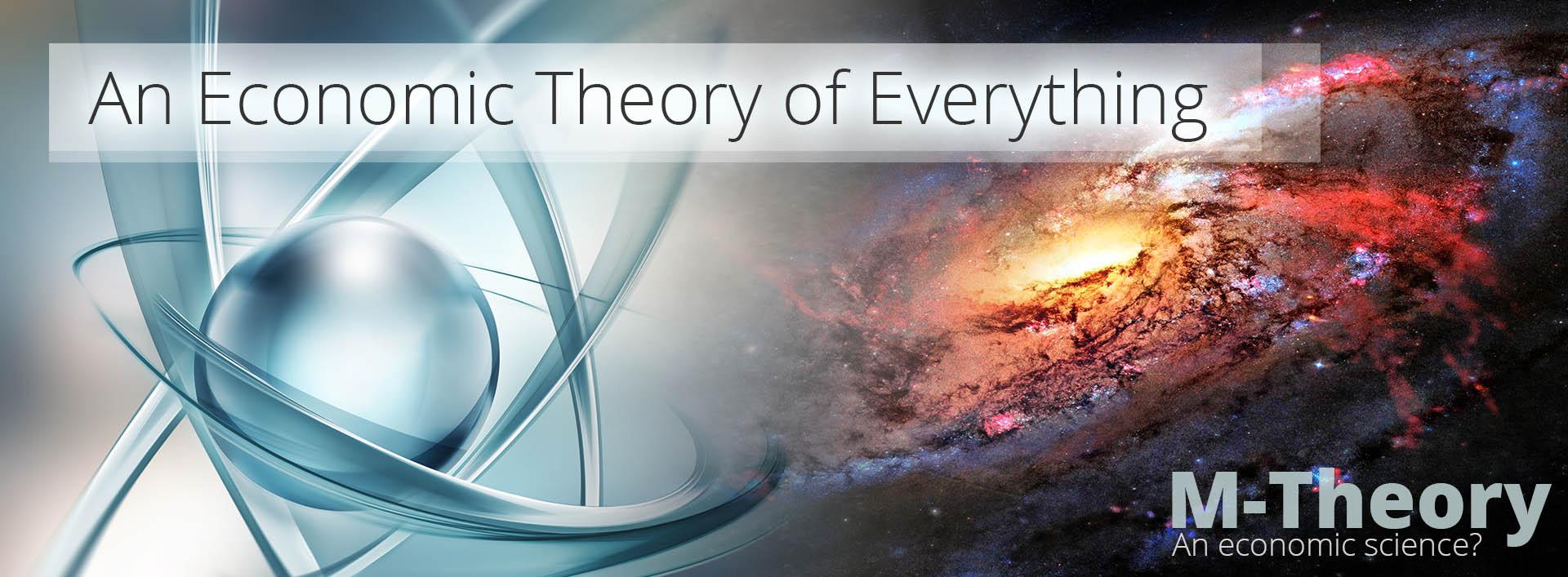
PRESENTING:
Chapter 2 Part 4: Super Coupling
An Economic Theory of Everything Part 4: From String Coupling to Nuclear Fission come 1 Billion possible ways for S-World to create a company.
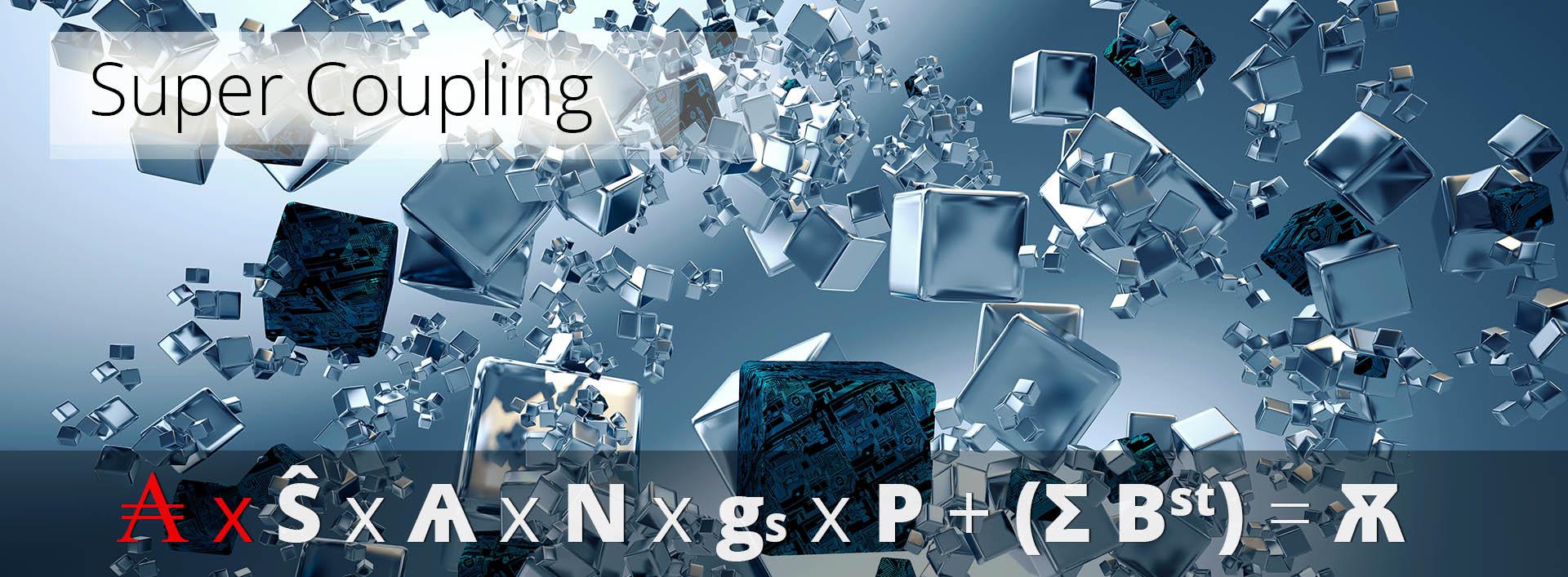
Inspired by Sienna Skye
In 4,400 Words
Version 6.59-4r
Super Coupling , Step 8
Big Bang Inflation, String Coupling, String Quantum Mechanics, Black Holes & Nuclear Fission
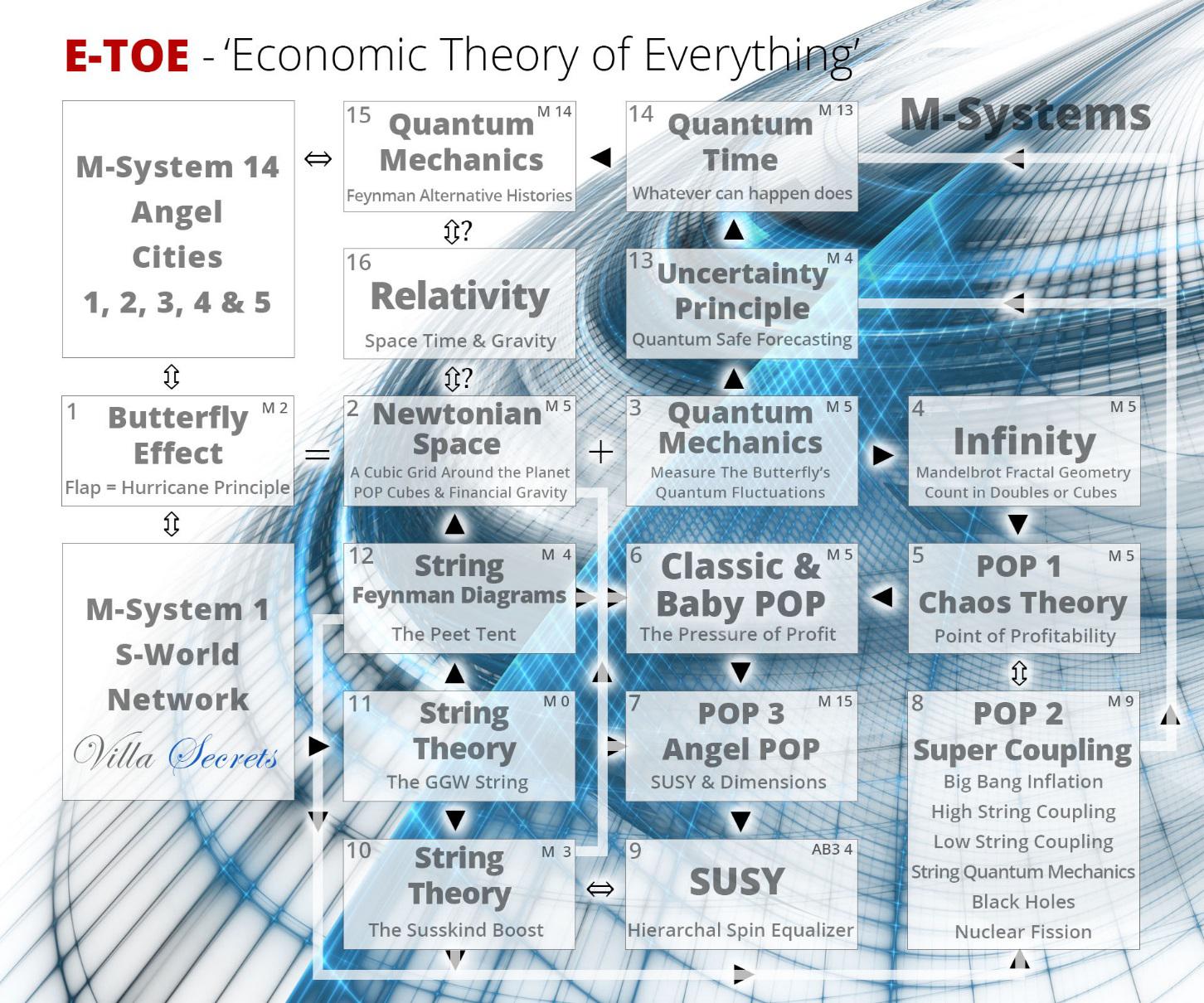
Step 8 (M-System 9). POP Part 2 – Super Coupling (2016 – 2017)
Within this step we apply an exercise relevant to all M-Systems, but especially M-Systems 2, 10, 11 and 14.
First, the objective is to show that with just one ‘D4’ standard S-World company and one basic rule, the result is that the S-World ‘D4’ standard company has the potential to grow and become all S-World ‘D14’ companies, engulfing the economy before ‘2080.’
Second, we present how (by having hundreds of millions of ways to form such a company) one way or another, by the time we get to 2080 and ‘Angel City 5, we will have succeeded in our desire to shape the future in a positive and beneficial way.
These hundreds of millions of ways to form S-World companies start their life as targets in the Angel City 5 2080 simulation, and becomes strings of opportunity sent back through time, from which via a process (not unlike renormalization) the results with the strongest probability of success become the first companies we create in our time.
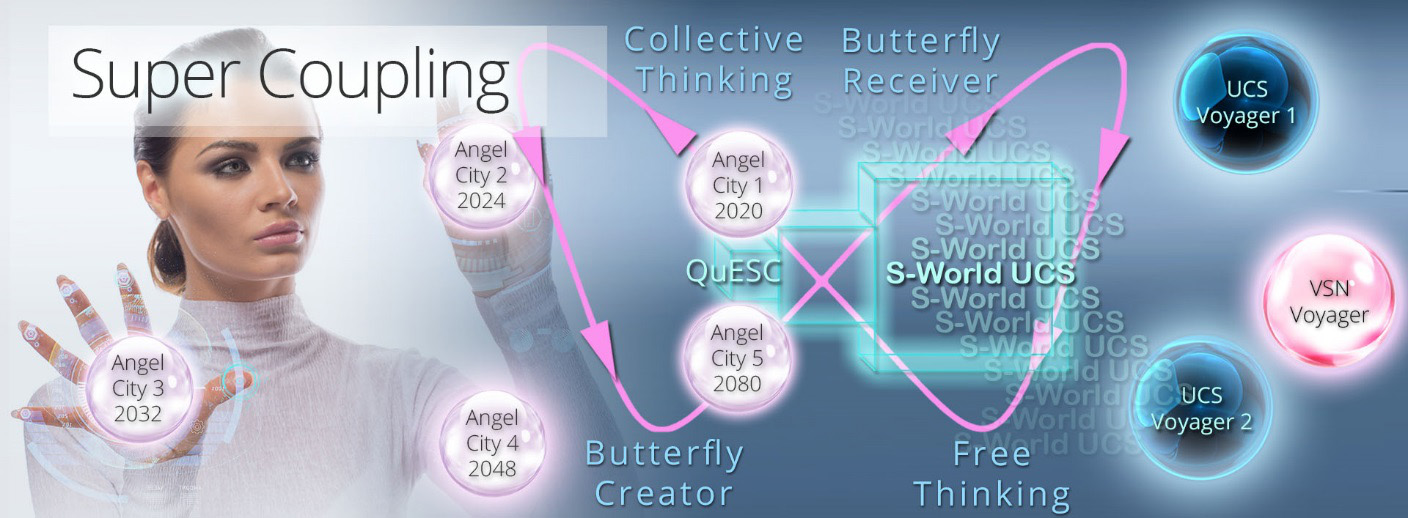
To be sure with ripple effects, the more the better and the further the time, the greater the number of ripples needed. We initially targeted thousands of ways to send back strings of opportunity and ripple effects through time back from Angel City 5 in 2080 to Angel City 1 in 2020. But because we pushed on past the target we now have a billion opportunities to work backwards from.
And as a basic rule, we seek to double the amount of companies and POP investment each year.

Super Coupling 1.01 – The Hawking-Green Equation
Within this step we apply an exercise relevant to M-System 2. ‘Ripple Effects and Elephants.’
Unlike Baby POP, which is used primarily for big networks of many companies, Super Coupling is a consideration for individual companies.
Originally called the ‘Hawking-Green Equation,’ as it was considered on a walk whilst listening to Professor Hawking’s ‘The Grand Design’ while considering Professor Michal Green’s string theory conundrum that (essentially) ‘a single string could in fact be the entire universe,’ per the Horizon documentary ‘How Small is the Universe.’
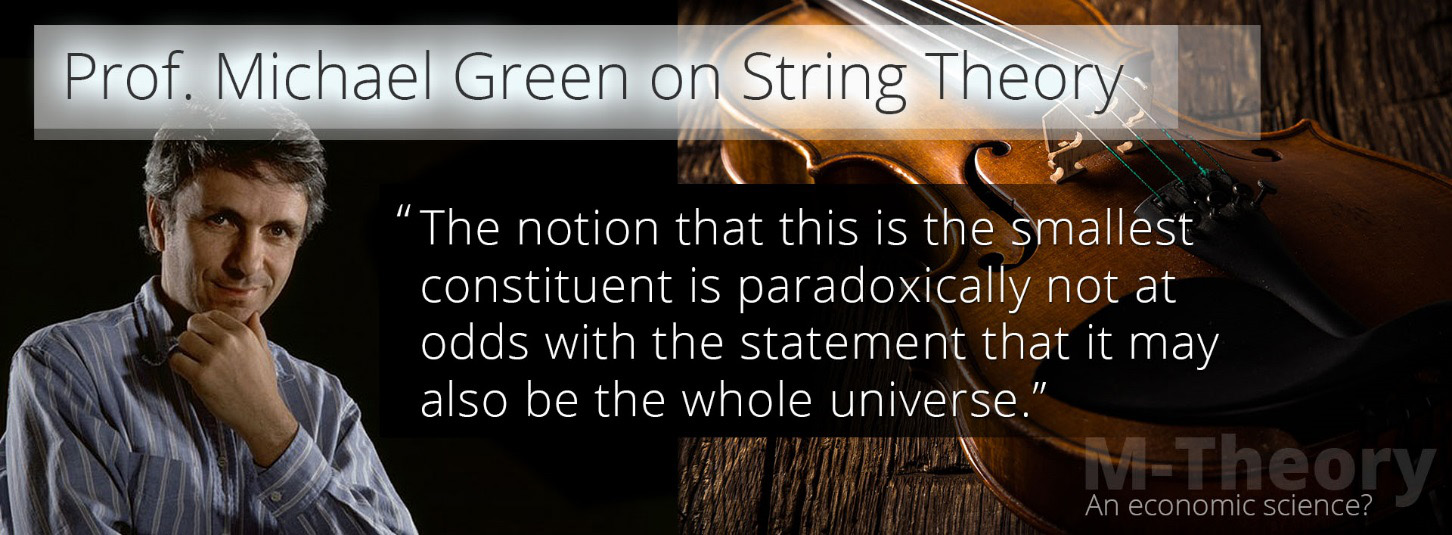
“The notion that this is the smallest constituent is paradoxically not at odds with the statement that it may also be the whole universe.”
Super Coupling 1.01 is POP without the train, a less rigid variation of the POP investment principle that see all sorts of different POP investment cubes across the world, investing into what seem like the most lucrative opportunities, but still working with POP points within the cubic financial gravity.
The thing about the ‘Hawking-Green Equation,’ that was in line with Green’s conundrum of how one could create the entire universe from a single string, was the simulation of ‘how a single company can engulf the global economy.’

When first applying this as a spreadsheet, it looked massive. And after a few explorations, the math showed that if a single S-World Villa Secrets company (can from its POP) overflow in its 3rd year onward, create enough POP investment to create 2 new companies per year, and each company it created followed suit; then…
So long as S-World had a solution for every business niche, the network of companies created could engulf the global economy before 2080.

It’s important to note that before we created this point, we applied as much effort as has been seen for all 15 other M-Systems into M-System 1 and Villa Secrets. Seen here at www.villasecrets.com and summarised at network.villasecrets.com.
Soon, a long and well detailed book called ‘The Villa Secrets Secret’ will be added and then summarised as an individual Angel Theory chapter; which amongst other things shows us that we can create one single company which can create enough investment to create 2 companies in its 3rd year onward, in fact in could create 4.
POP Super Coupling 1.01 – Spreadsheet – 67 years
The Hawing-Green Equation

This large spreadsheet is made from 15 separate screenshots. To see it in detail, right click and download the image. Or to download the original in Excel file, click here.
The Parameters are:
New Company 1st Year NC Y1
New Company 2nd Year NC Y2
New Company 3rd Year POP Y1
1 Rule Applies
When we see a POP Y1, we add 2 NC Y1’s per year. (In the 3rd year and onwards, each company makes 2 new companies.)
Coming full circle, back to my crazy 2011 equation which lead to the Mandelbrot fractal and POP, the quality of doubling every second year is similar. If one can double every year, or in this case every second year, eventually one will beat and engulf standard economics.
In this example, we start with a single M-System 1. Villa Secrets ‘D4’ ‘Standard Company’ with a POP point of $167,772.16 that invests its POP into 2 new companies each year, where after each new company follows suite. And by 2080, this creates over 17 billion potential companies and a potential GDP of 11.5 gazillion dollars, beating a 3% inflated GDP target of half a gazillion in 2080 by 20 times.
Of course there are a million reasons why it would not work out. However, if you are starting with a billion opportunities, a trillion variables, and a gazillion ripple effects; the probability of success is high.

Since its conception this system has many physics influences beyond Professor Michael Green’s string theory.
At first as it was so explosive, a big bang inflation simulation was considered; but on examination and in particular from Professor Hawking, Super Coupling was found to be a lot less explosive than inflation.
So next, care of Professor Edward Witten (whose video is unfortunately no longer online) and Dr Amanda Peet’s ‘String Theory Legos for Black Holes:’ www.youtube.com/watch?v=MlDd2HtFfPU, came the idea of relating it to high string coupling.
At which point a book containing 10 chapters was written and added to AngelTheory.org:
POP Super Coupling and Angel POP
For Doctor Amanda Peet
By Nick Ray Ball from December 2016 to January 2017
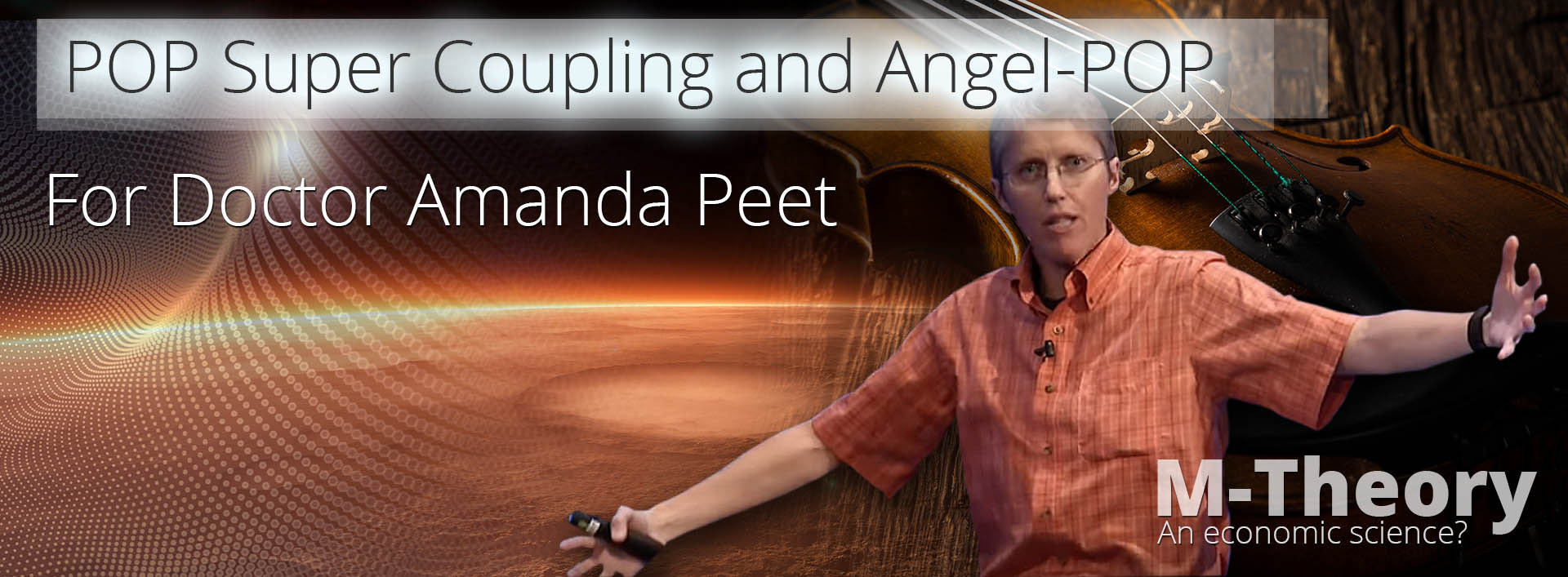
www.AngelTheory.org/m-systems/pop-super-coupling-and-angel-pop-for-dr-amanda-peet-6-01
In which we realise we should not use high string coupling as it has no experimental equivalent. But we could instead consider a low string coupling simulation; where instead of many membranes (which in physics are simplest considered as universes) we simulate many businesses, and the quality that simulates the low coupling strength is the low amount of unmotivated paid by the hour staff vs. profit share rewarded stakeholders, which is one of the primary reasons why S-World business are set to be superior in the first place.
Consider… a business of 10,000 staff of which 1% are profit share or otherwise motivated vs. an identical network of companies that also has 10,000 personnel of which 50% are equality owners.
If given equal or superior systems, it is human nature for a large network of small owner-led companies to thoroughly outperform a large company of mostly paid by the hour unincentivized staff.
This ‘owner-led’ advantage was originally written as the character ‘Ѳ’ (O line-through) within the original Susskind Boost equation, but has now been converted into the ‘gs’ within the POP Super Coupling Basic 1.01 equation:
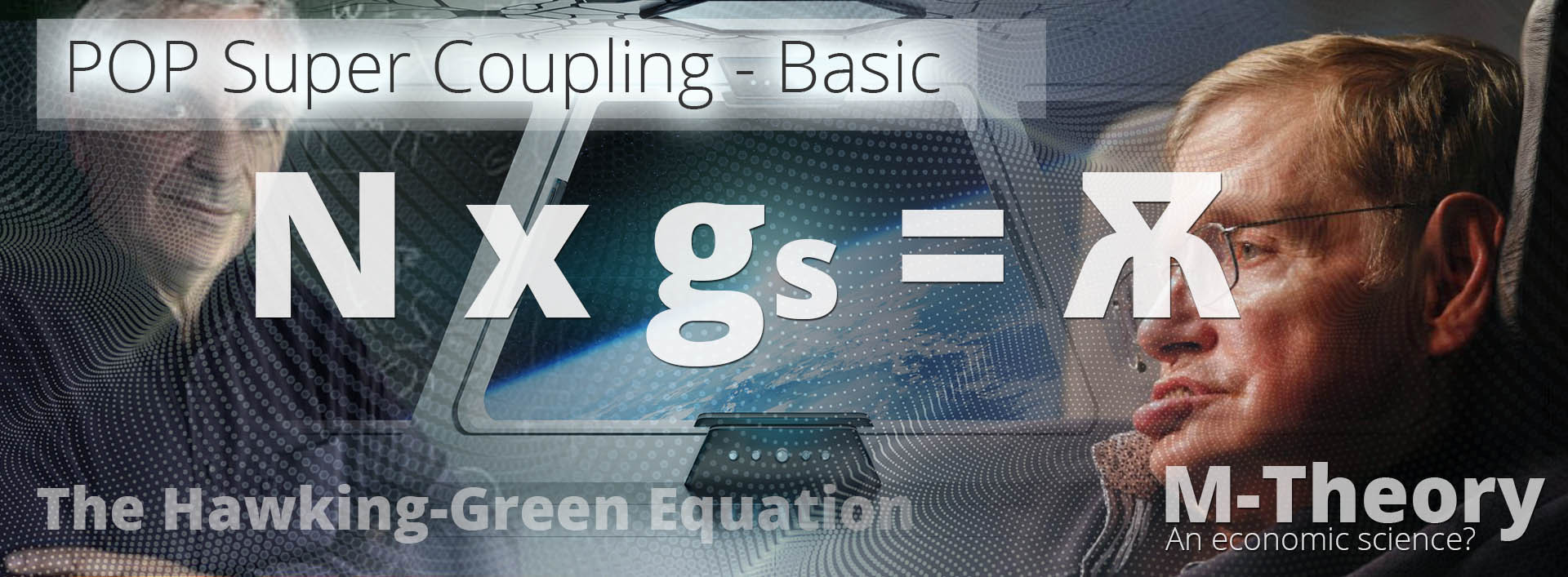
N x gs = Ѫ
In this equation, the network character ‘Ѫ’ equals POP investment in the network. The ‘N’ changes from M-theory ‘branes’ to S-World ‘companies,’ and the ‘g s’ changes from coupling strength to the amount of motivated vs. unmotivated personnel, where a high amount of unmotivated personnel equals a high ‘gs.’
So, for example, a company that is completely comprised of profit share personnel may have a ‘g s’ of 1/10; and if so we might increase a projected 3-year forecast by 20%. Then a company with a 50/50 ratio of profit share personnel would have a ‘g s’ of 2/10 and no difference, where as a company of 25% motivated staff vs 75% unmotivated may have a ‘g s’ of 3/10 and so we decrease the projected 3-year profit forecast by 20%. Where after the higher the percentage of unmotivated staff, the higher the ‘g s’ and the higher the penalty we would apply to a 3-year profits forecast.
At this point we are only interested in creating companies with a ‘g s’ of 3 or less.
This makes a lot of sense, and it is the backbone of why we expect to outperform other business.
And it becomes a very compelling answer to the question: ‘How can we advance human potential and promote equal opportunity?’ (as both are served by this system).
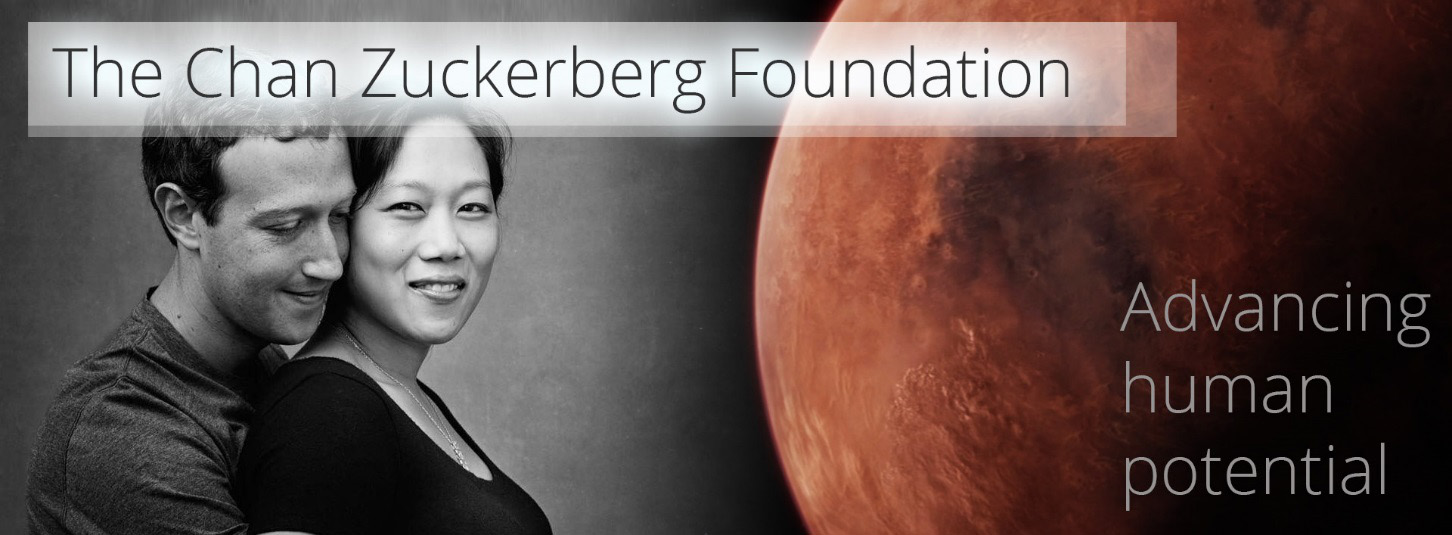
Which is why we are approaching the Chan Zuckerberg foundation first, alongside Sir Richard Branson’s Virgin Unite.
Thus, we are simply saying the amount of companies ‘N’ x their ‘gs’ (the companies low amount of unmotivated staff) equals their POP investment. However, the equation is not complete as each company POP point needs to be calculated or estimated individually; but as a quick way to make an approximation and see how big this thing can be, the simple ‘N x gs = Ѫ’ (network POP investment) will surface at this time.
Next, we add the string theory and the M-Systems that maintain the structural integrity of the POP generated financial gravity:
The Susskind Boost effects and boosts the financial output of all M-System 1’s companies. This is its algebraic variable equation
Ŝ = (Ḡ x ₰) Ť + Ŵ + Ƈ + Ḿ + ( Ř + ϒ) + Ð + Ð2>9
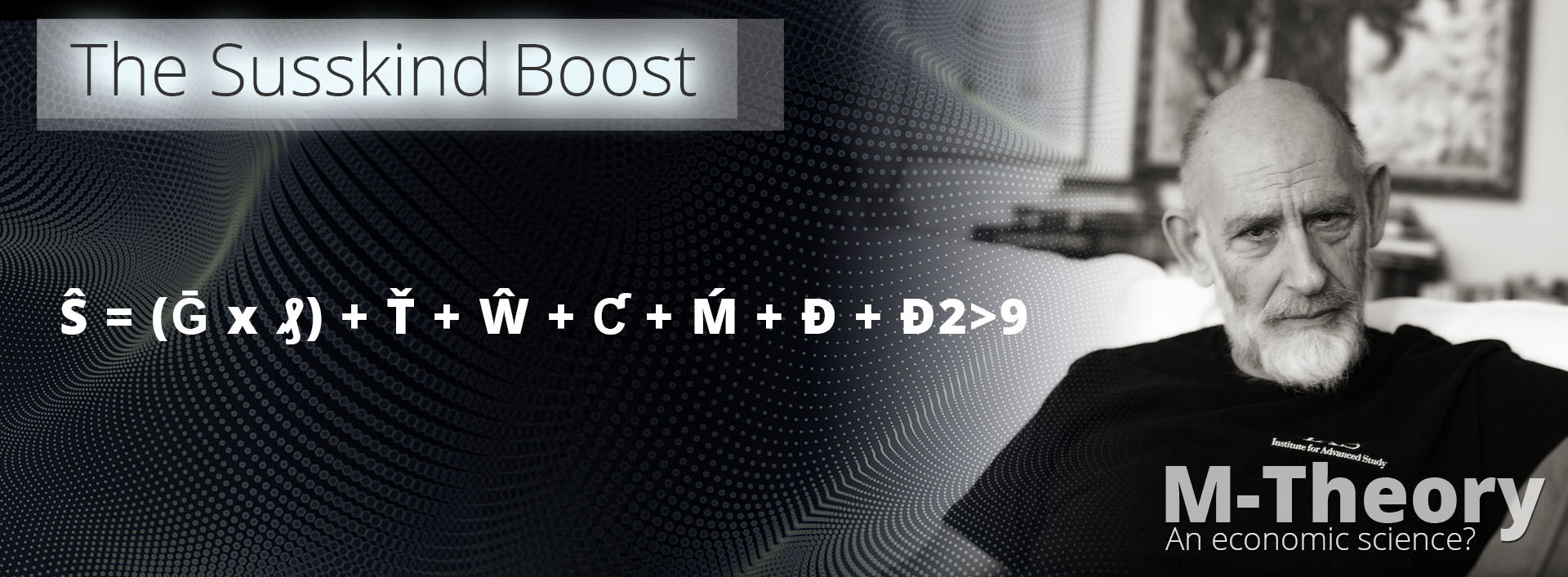
Where Ḡ = Gross Profit and the (electric s) ₰ = is the S-World TBS™ (Total Business Systems) which so far for Villa Secrets creates 81 different ways to make money, save money or avoid landmines, many of which are unique.
Where after we add different boosting opportunities: Ť = Tenders or agency contracts, Ŵ = Additional Websites, Ƈ = Contracts &/or Mandates, Ḿ = The Marketing Multiplier, plus there are newer factors to add such as Ř = higher ROI advertising opportunities, and a (sort of palm tree Y symbol) ϒ = which accounts for network credits being pushed a company’s way.
Then from M-System 2 we add the dimension ‘Ð’ and the Ast⇔Bst which calculates the ripple effects from other businesses in the local network, and after in Ð2 to Ð9 and beyond we calculate the effects from other strings and ripples in the greater network.
We then see the Susskind Boost as the gross profit of each company multiplied by whatever boosting is applied to it, so adding the ‘x Ŝ’ (S-Hat Symbol) to the basic super coupling equation.
Making ‘N’ for the amount of companies, multiplied by ‘gs’ for the amount of incentivized personnel, multiplied by ‘Ŝ’ the Susskind Boost boosting profits, equals Ѫ POP investment in the network and special projects.
N x gs x Ŝ x = Ѫ
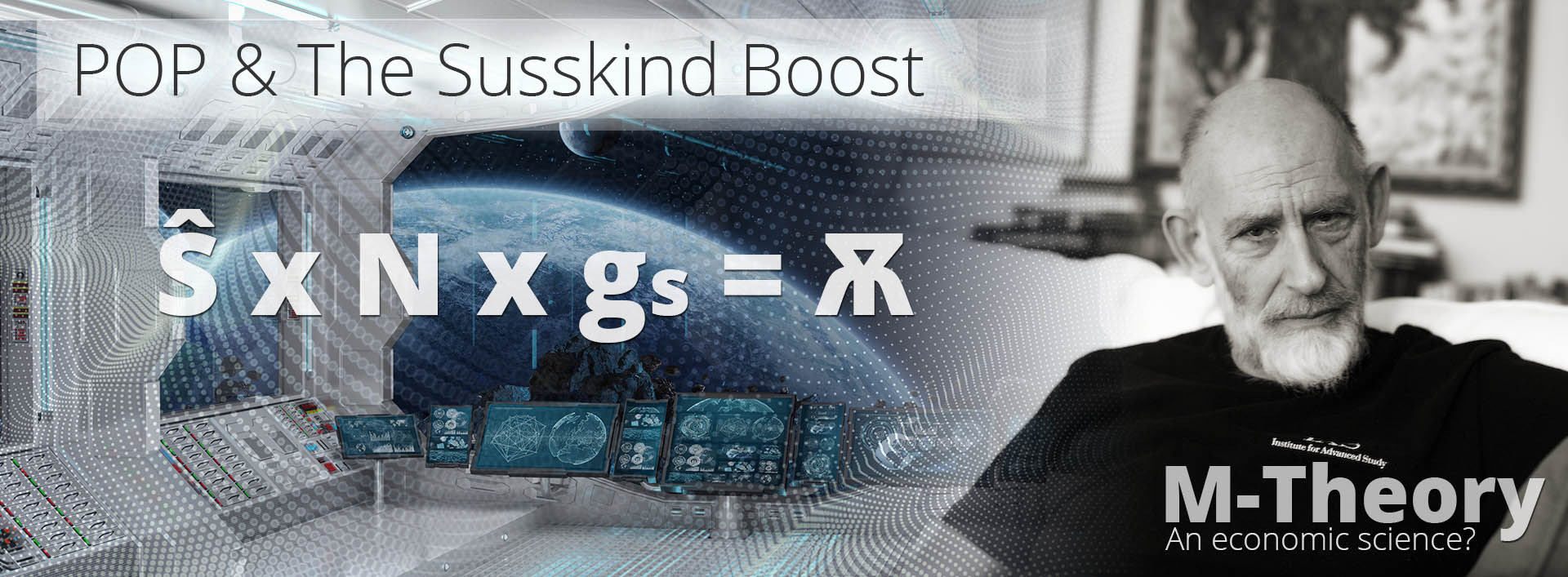
Again, this equation is an approximation as there are many different ways to boost, some like ₰ (the electric S) (The Total Business Systems) will become multipliers of additional revenue, and others like tenders will be an additional income. Then we follow Professor Susskind’s words:
‘We boost the hell out of the system along the Z axis (gross profit) until every single particle (company) has a huge momentum.
If there is any particle (company) that is going backwards along the Z axis (gross profit), you just have not boosted it enough.
Just boost it some more until it’s going forward with a large momentum.’
To apply this to the network, we change a particle for a company and the Z axis to gross profit. And in general, we always boost the weakest companies in the network until they are going forward and are creating a healthy POP investment.
The Susskind Boost helps maintain the integrity of the financial framework’s gravity by keeping the POP points all positive, so 64 out of 64 per cube. But if this is not enough, we call on M-System 0 the GGW-String to provide additional revenue for The Peet Tent to provide additional funding for the Susskind Boost.
Next, we apply M-System 4. The Peet Tent
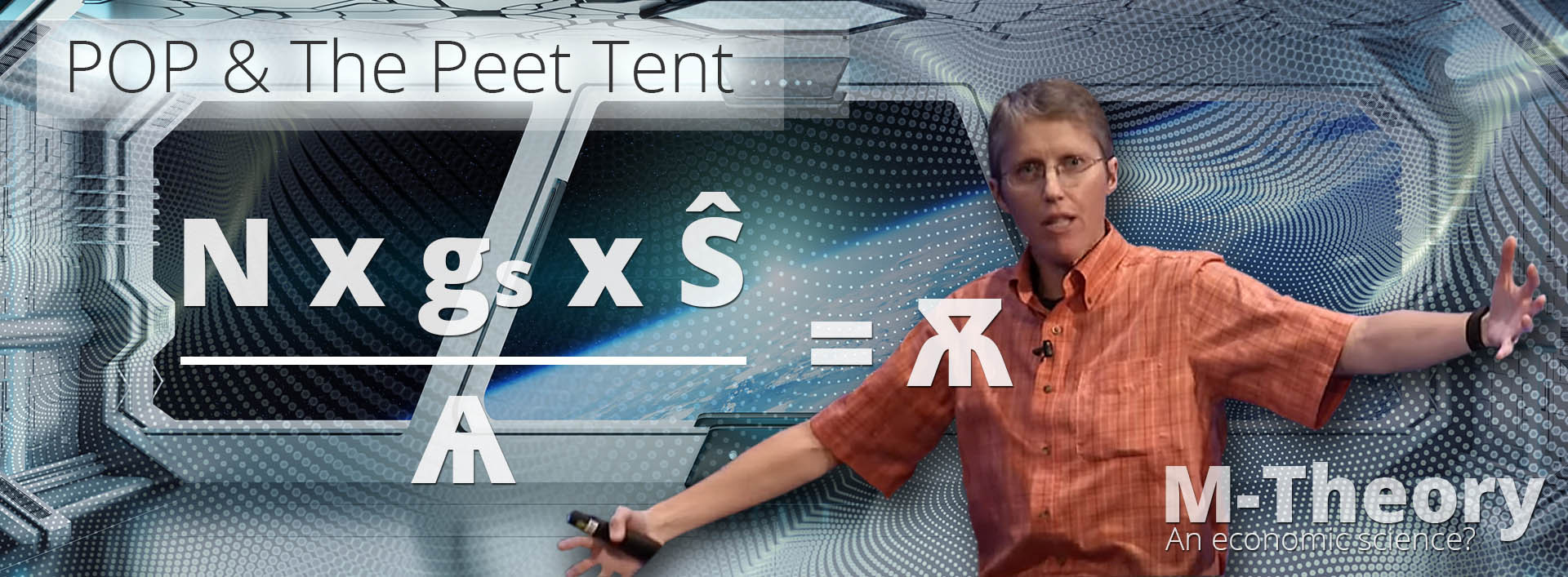
In general, Ŝ the Susskind Boost is good as an overall multiplier, and Ѧ the Peet Tent is good as a good overall limiting variable, for finding areas where the law of diminishing returns applies and other negative factors.
Above we have represented it as a division, albeit in practice one can have a very good Peet Tent and the Ѧ Peet Tent character jumps up to the top line of the equation so…
N x gs X Ŝ x Ѧ = Ѫ
In 2012, ‘The Peet Tent’ was first inspired by Dr Amanda Peet’s lecture String Theory for the Scientifically Curious in which Peet presents a string version of a Feynman diagram and explains how this makes string theory very economical.
The Peet Tent itself is an idea from a simulation of a String Feynman diagram where there are many places when an event can occur, and this leads to being able to accept the wildly diverging quantum calculations within the smooth realm of general relativity. So, making a quantum theory of gravity and ultimately creating the theory of everything.
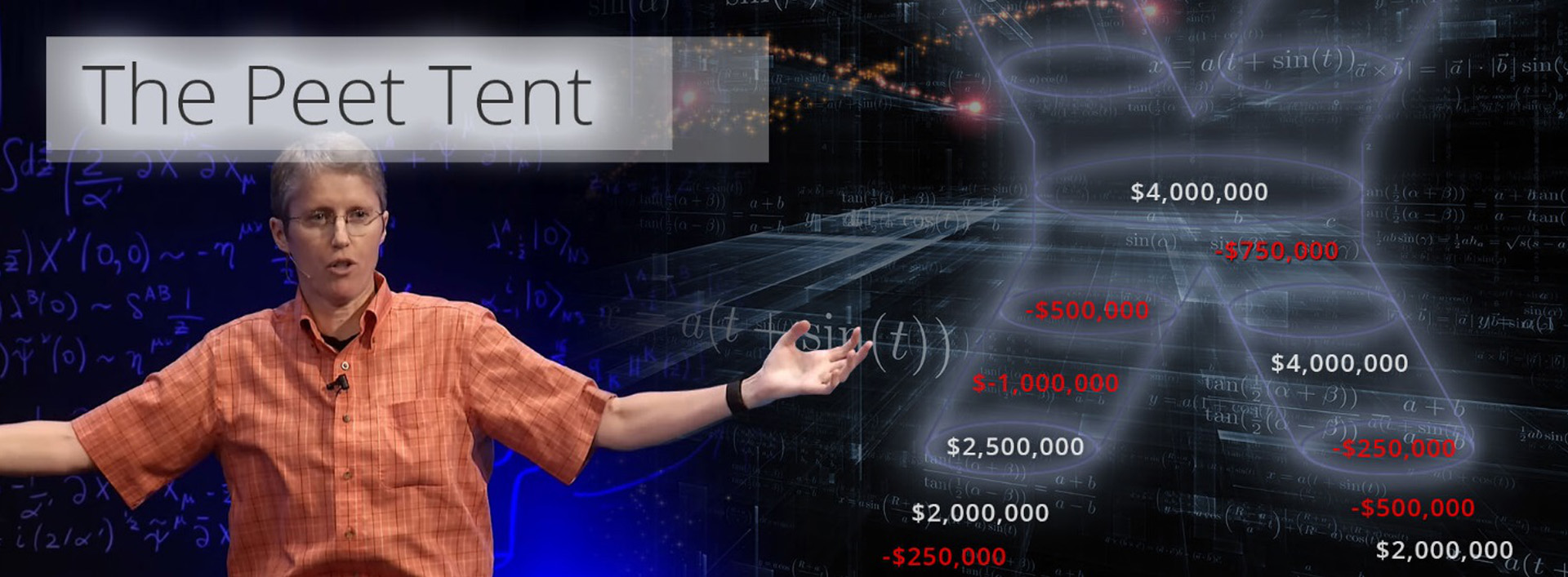
We simulate this by creating the network in such a way that any individual company within can have any financial result and still be in the game. If a poor result occurred, we can assign money from the GGW-String (that all contribute to) and boost the company back to health and profitably, maintaining the fabric of the financial network (as all 64 out of 64 companies in each 64-company strong network super cube are exceeding their POP points).
The Peet Tent & Quantum Safe Forecasting
From American Butterfly Book 3: ‘The Network on a String,’ The Peet Tent is a shape of the S-World string that protects companies from failure within the network. Plus, QSF or ‘Quantum Safe Forecasting’ borrows from the Heisenberg uncertainty principle, making safer forecasts.
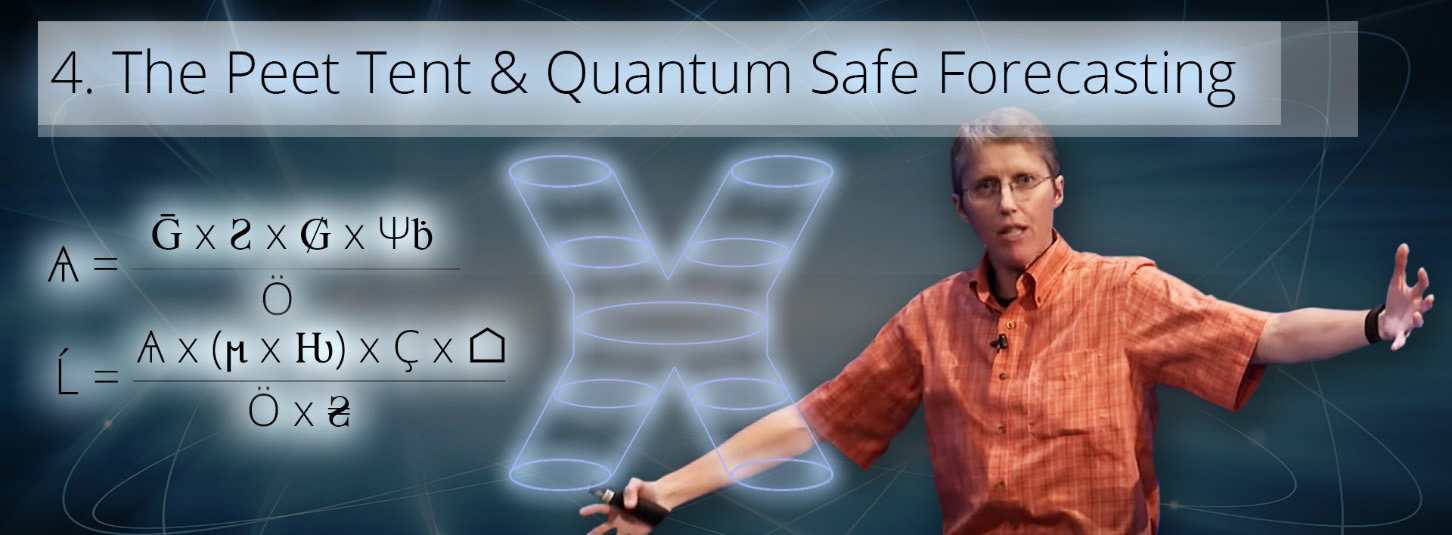
I shall not go into the algebraic math here; other than to say that in the top equation, the first 3 charters are different limiting variables, based on the Heisenberg uncertainty principle where simply by adding limiting variables, we increase the probability of matching or exceeding our POP targets.
And that in the second equation, we primarily look at the advantages and disadvantages of different locations.
This set of equations still needs quite some work, but the principle is that it looks for uncertainties, and only when few are found does it allows an S-World company to be created.
The Peet Tent and ‘Quantum Safe Forecasting’ create a worst-case scenario, and adjusts for different locations, different sized marketplaces, and different base costs. As seen in the next graphic, companies that pass the test move forwards to M-System 5 and beyond, and others move back to M-Systems 3, 2 and 1 to try again.
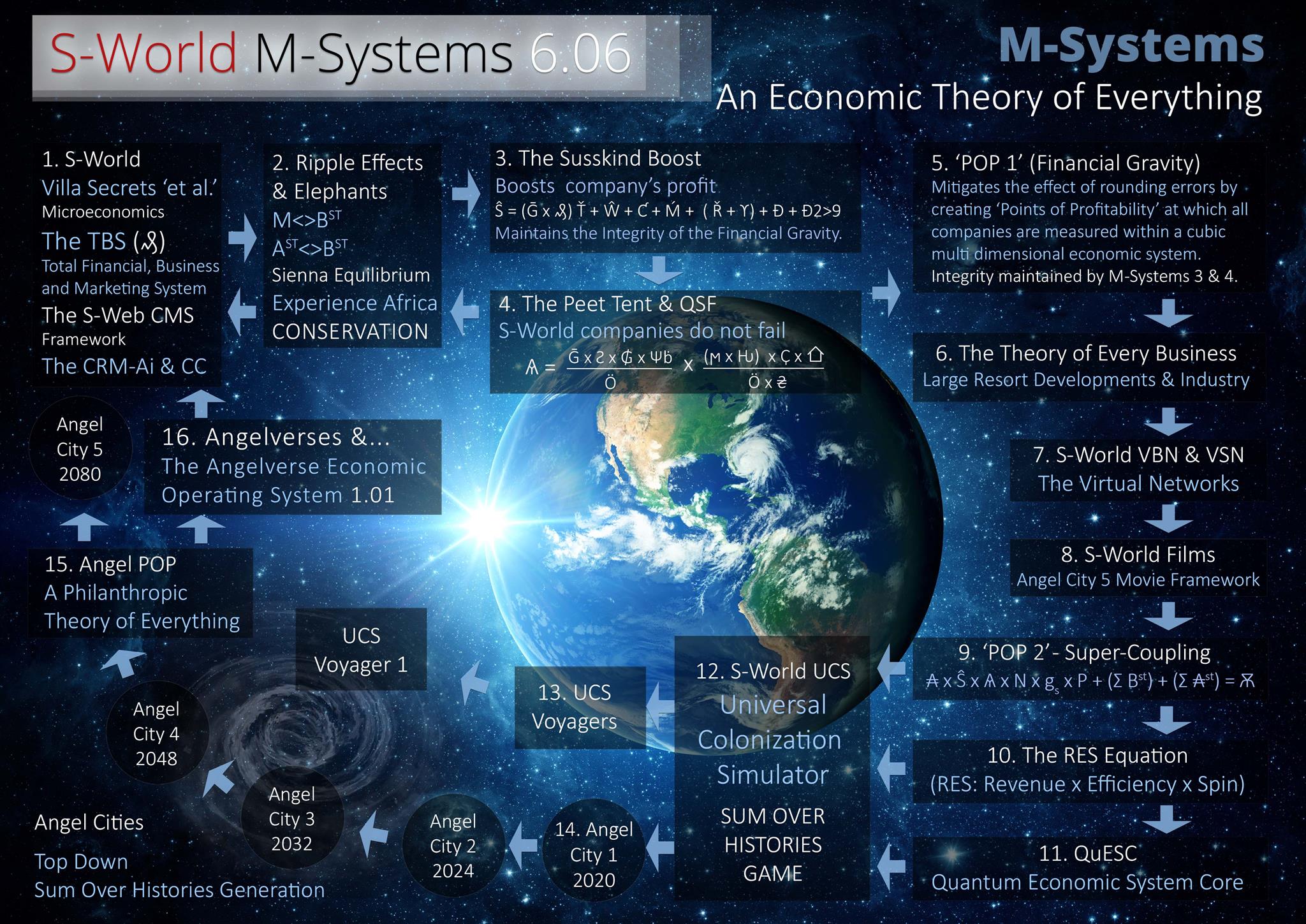
The Sum Over B-Strings
Next comes the sum of POP profit created by all the new companies created by the POP process.
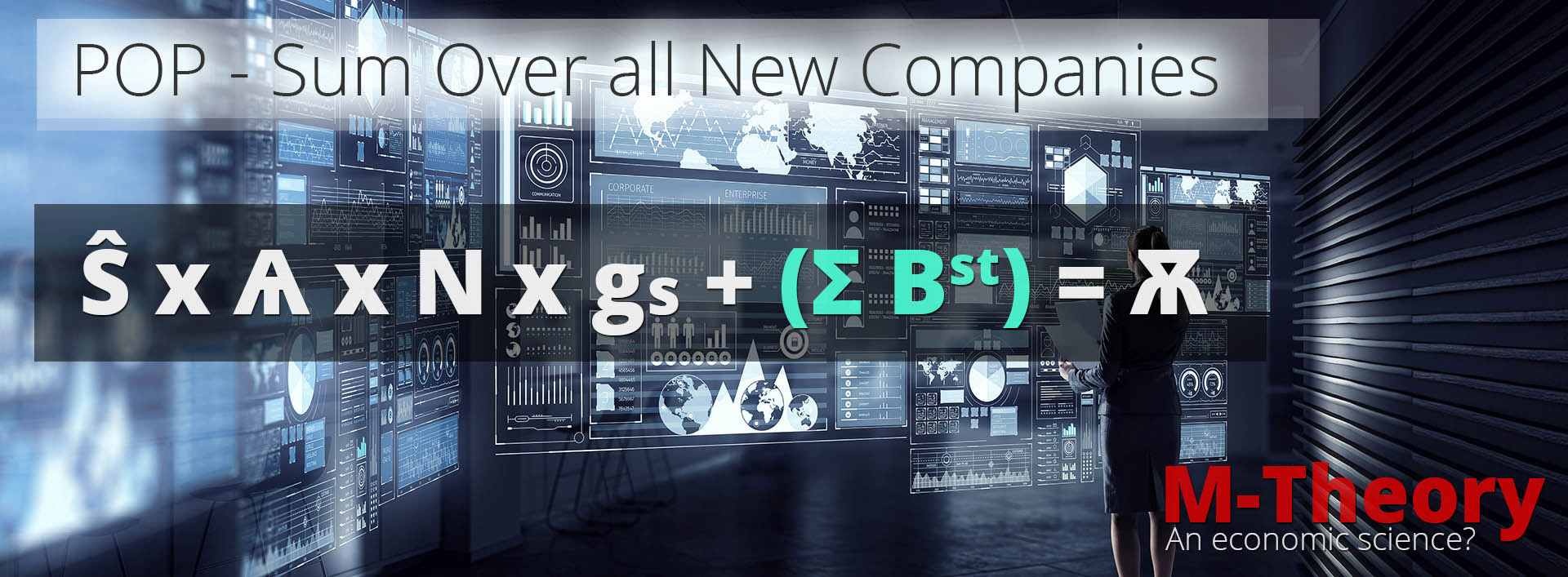
For this we present new companies created as ‘Bst’ from my simple ‘Mother and Baby String’ equation M<>Bst ‘(pronounced ‘the M and B string,’) which was the foundation for M-System 2. In which ‘M’ is the mother company or network and ‘B’ is the baby produced and ‘st’ is the extended family, where the back and forwards arrows <> are the iteration created between the family unit.
This equation was later more practically adapted to Ast<>Bst (A string B string) which seeks to calculate the advantageous ripple effects of one company on another, and after on all companies on each other.
The Hawking-Green Equation
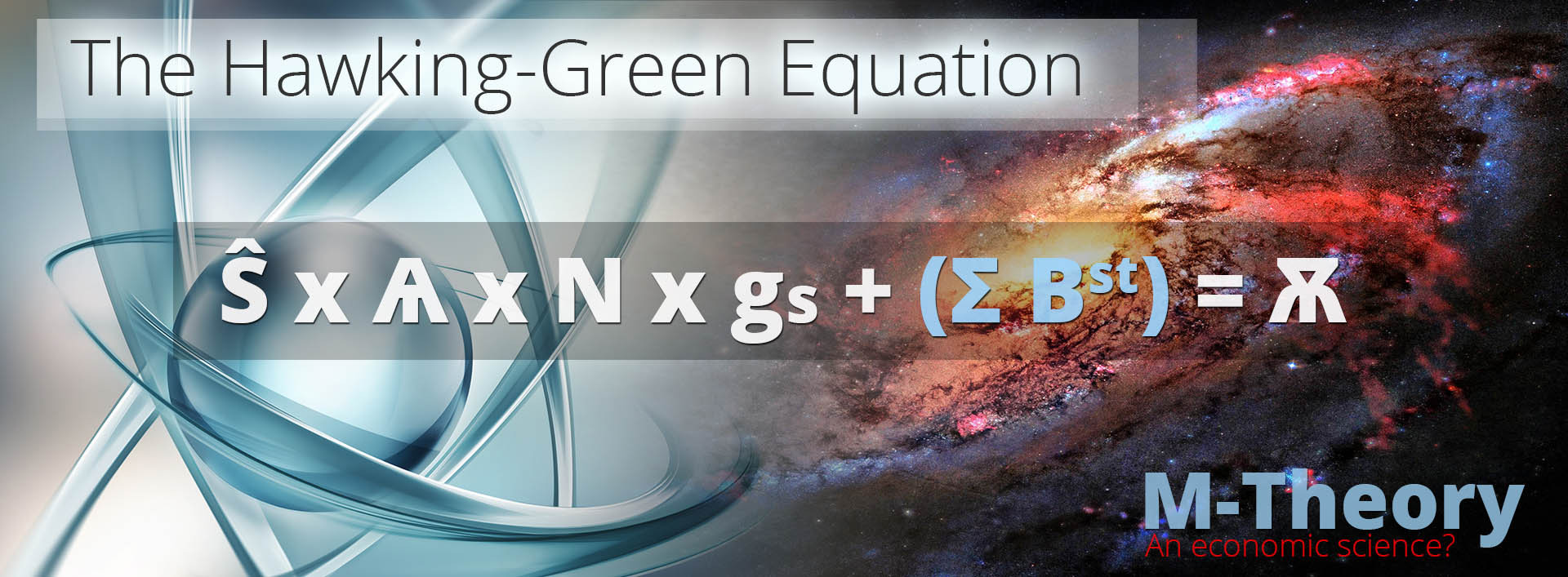
Ŝ x Ѧ x N x gs + (Σ Bst) = Ѫ
The Susskind Boost x The Peet Tent x the number of companies x the number of incentivised personnel vs. unincentivized personnel + the sum of the output of all companies created by the POP process = Network POP investment.
Again, much like the other variables, there are different ways to apply the benefits of new companies contributing POP and the ‘Σ Bst’ (sum over B-Strings) is again an approximation.
This was the Hawking-Green Equation in full, which created the symmetry in business to Professor Michael Green’s statement on strings:
“The notion that this is the smallest constituent is paradoxically not at odds with the statement that it may also be the whole universe.”
As one single company using this POP method could engulf the entire economy.
‘P’ for Momentum
Next, we need to include ‘P’ for momentum, being the effects of PR, Branding, Brand associations, S-World Film, the Famous Concierge, and other exercises that increase demand for S-World products due to the public’s love of the brand; which considering S-World is in essence a progressive charity bent of changing the future of the human race to a more desired outcome, can be very significant.
Ŝ x Ѧ x N x gs x P + (Σ Bst) = Ѫ

Our decision to include branding expert Sir Richard Branson in our first company approach is testament to the respect we have for the branding opportunity that S-World can seize.
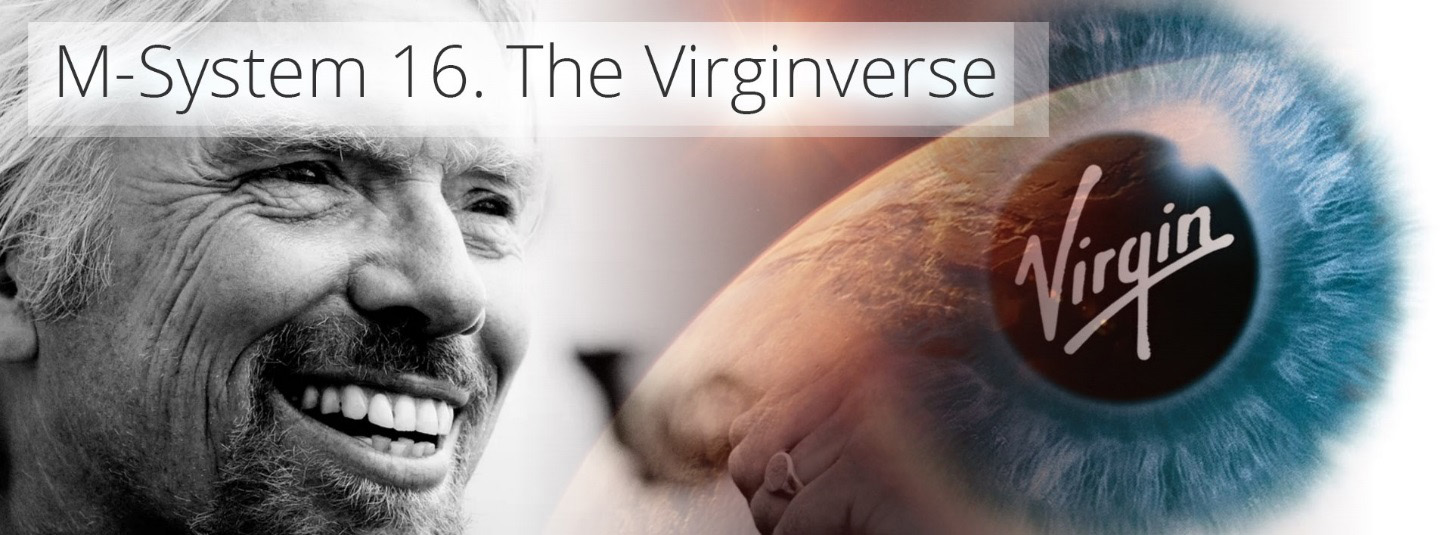
If the product and company is very popular, it will of course increase the momentum of the network. This is basic supply and demand; the more popular the product, the greater the demand.
The Angelverse Operating System
M-System 16.
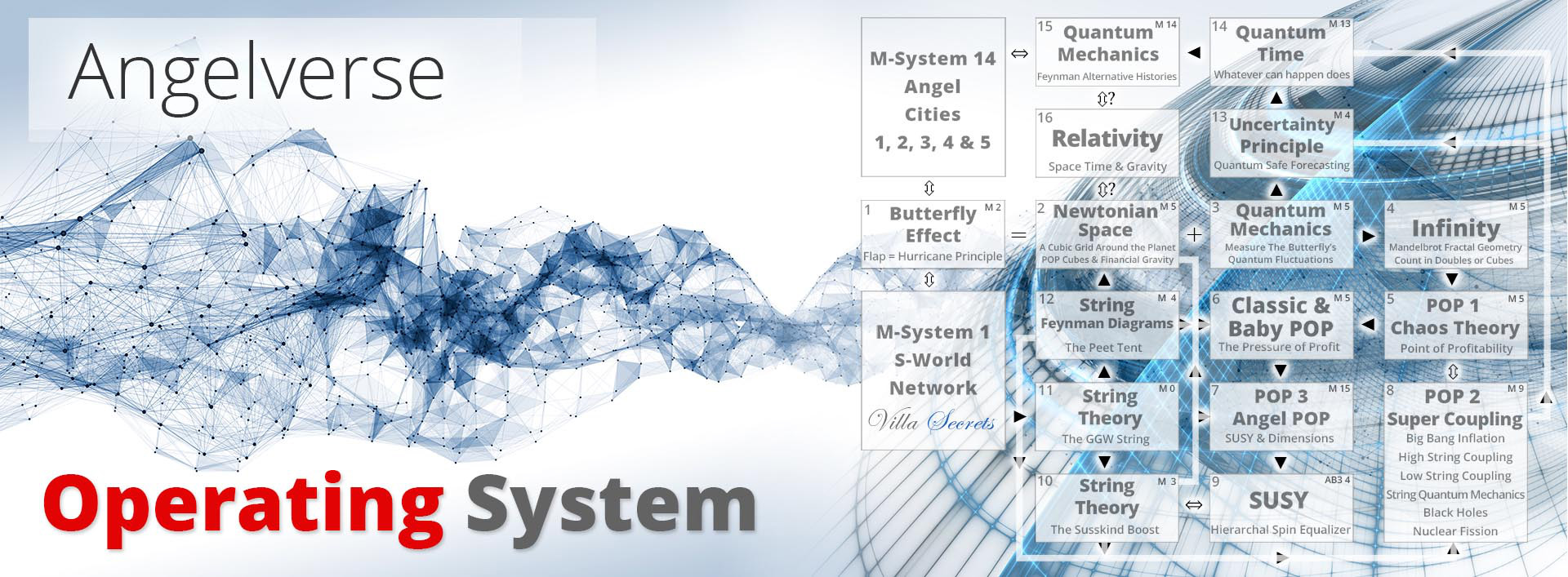
The Angelverse Operating System is for big companies & foundations that have been licenced to create S-World companies. For instance, in the Villas/vacation rentals industry on Facebook, Twitter and LinkedIn there are hundreds of thousands of villa-related companies and venues.
S-World provides Angelverse Operating System licences for big companies & foundations to recruit their members &/or clients to S-World’s Systems.
This then becomes the beginning of the equation…
₳ x Ŝ x Ѧ x N x gs x P + (Σ Bst) = Ѫ
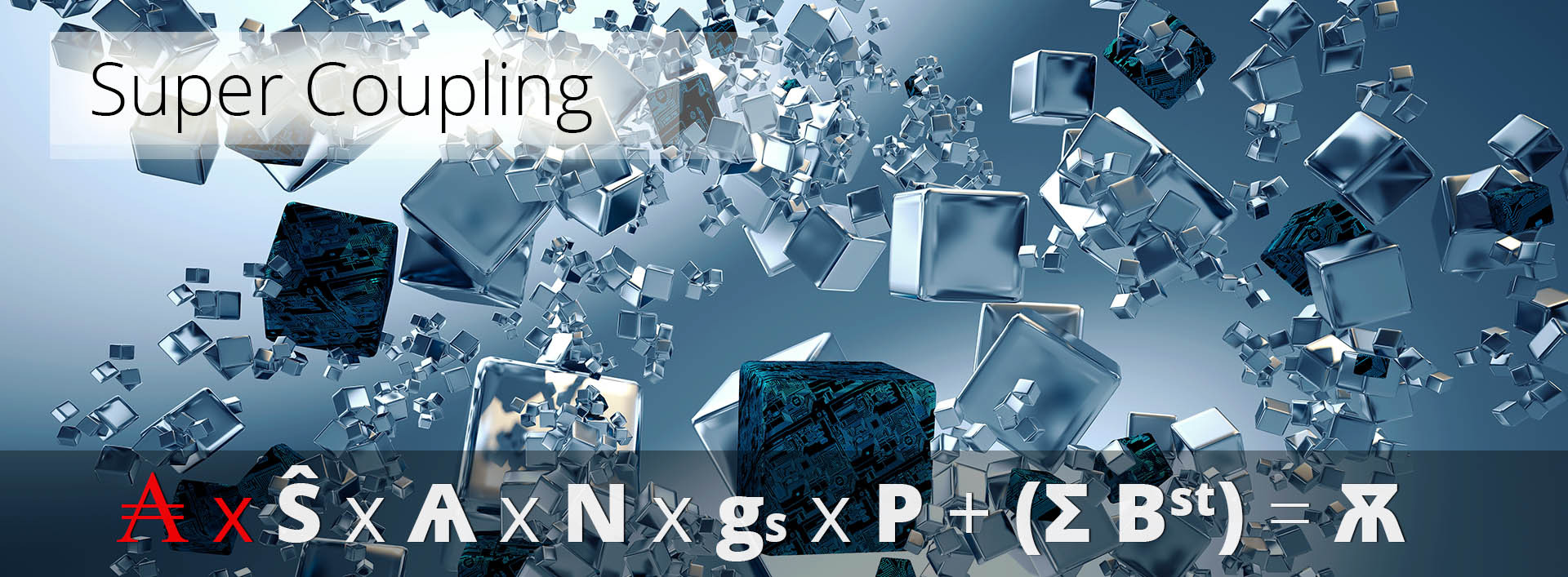
Angelverses
Lastly, again within M-System 16 we have Angelverses which are medium and big companies wishing to create S-World companies and/ or adapt their existing companies to the network and the E-TOE, so creating another Sum over addition. Sum over all Angelverses.

₳ x Ŝ x Ѧ x N x gs x P + (Σ Bst) + (Σ ₳st) = Ѫ
Angelverse Operating System Recruitment x The Susskind Boost x The Peet Tent x Number of Companies x Number of Incentivised personnel + the sum of the output of all companies created by the POP process + The sum of all Angelverses = Network POP investment.
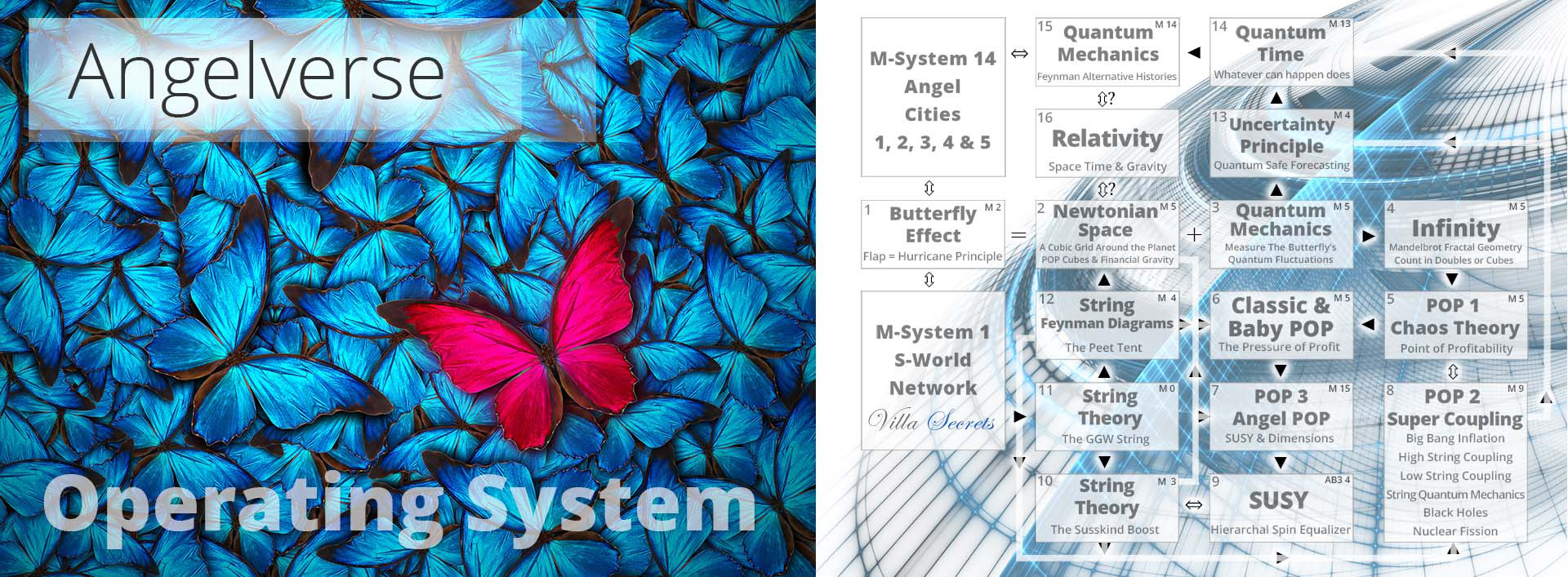
How many Companies?
Now, we see how many different ways there are on founding an S-World company.
We start with the basic equation plus The Susskind Boost & The Peet Tent.
Ŝ x Ѧ x N x gs = Ѫ
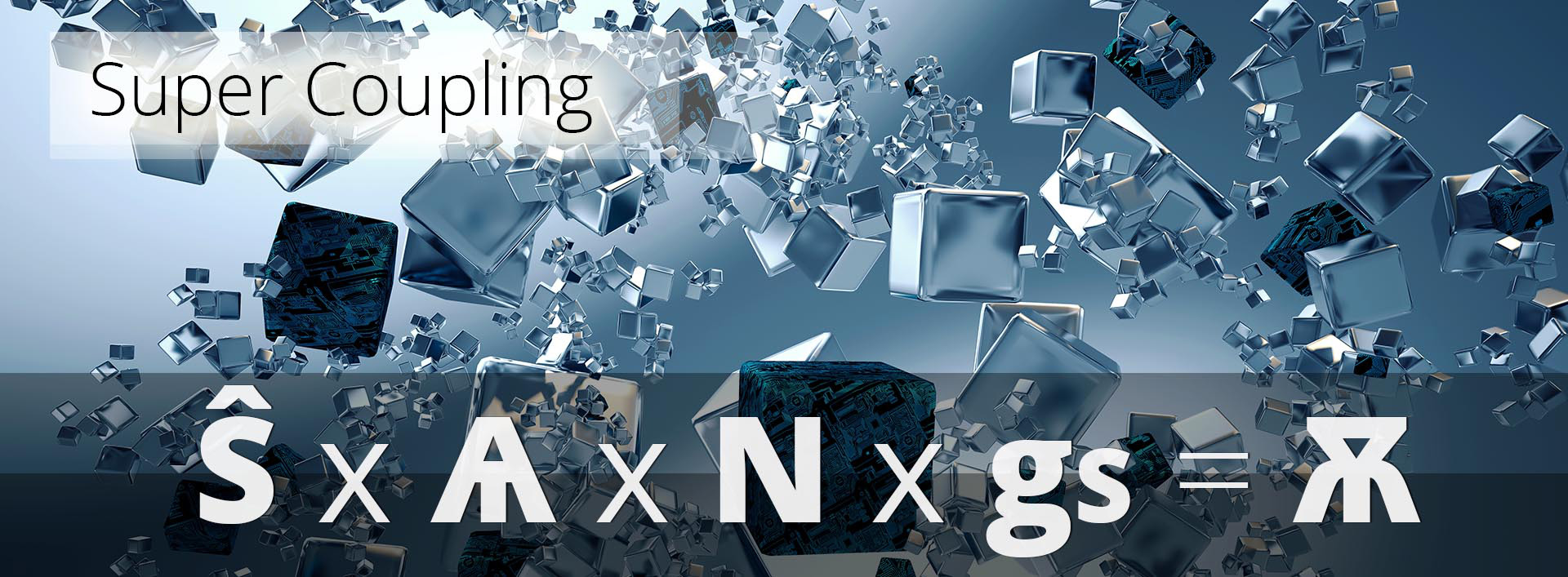
To apply numbers to it, first we consider that S-World Villa Secrets can/will create a network of more than 64 primary networks by 2021, each being 8 different companies; where after the primary network and/or Angelverse licensors recruit an addition of more than 56 more smaller local companies creating more than 4,096 individual companies.
If we add S-World VSN™ to the famous film & concierge department and make the company types: S-World Flies, Top End Real Estate, High-End Real Estate, S-World Holidays, Experience Africa Safaris, S-World Hotels, and S-World Business Travel; we could think to increase the 4,096 companies up a cubic dimension (which is simply to multiply by 8, so 4,096 x 8 = 32,768 companies).
However, for now, we shall save this potential and consider it part of the (Σ Bst) ‘Sum Over B-Strings.’
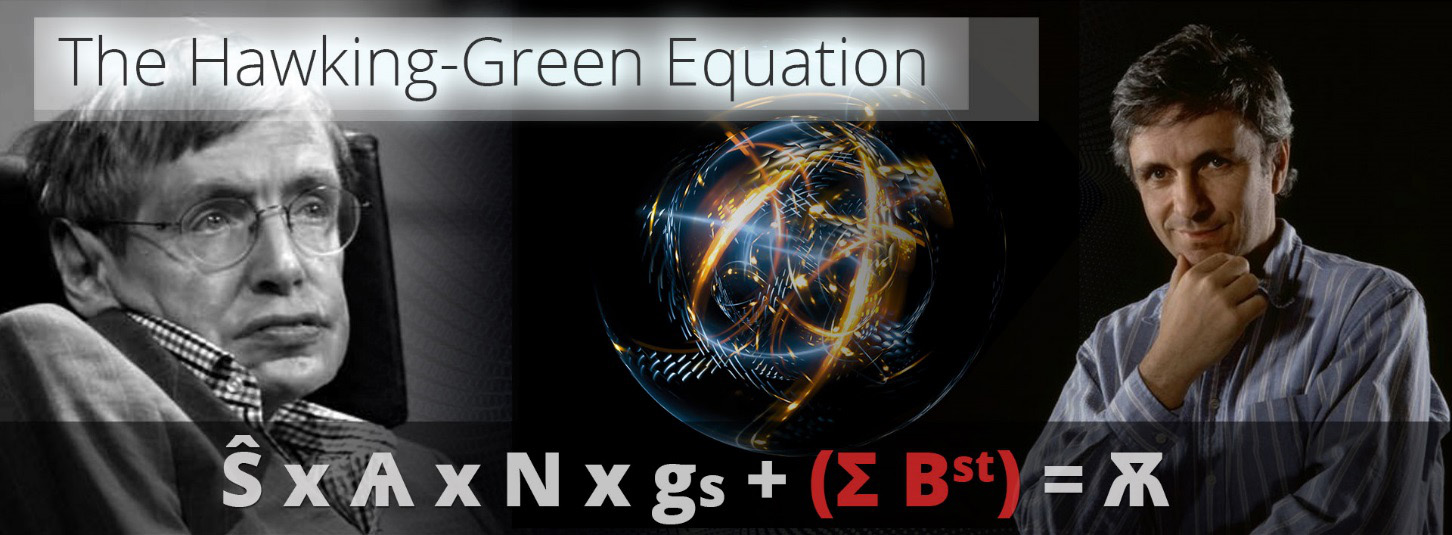
Next, we create the Hawking-Green Equation by adding the step (Σ Bst) ‘Sum Over B-Strings’ that was used to see a single ‘D4’ company engulf the economy by 2080.
Ŝ x Ѧ x N x gs + (Σ Bst) = Ѫ
As we saw from the spreadsheet earlier, this is a real game changer when you also include the companies made by companies and so on. This can at the least cause an expansion of a whole cubic dimension (so we multiply by 8) giving 32,768 companies.
(Note: The Theory of Every Business: Grand Networks, S-World UCS™ and the S-World TBS™ helps to move S-World into every conservable business type.)

N x gs x Ŝ / Ѧ x P + (Σ Bst) = Ѫ
The P for momentum is another potential cubic multiplier, as brand development and brand love are achieved via our good intentions, the good things we do, the fun of it all, accelerated by S-World films based on Angel City 5 and the special projects.
Currently we are completely unknown, the PR made from just partnering with one of the trusties mentioned in Chapter 1 would increase our reach over 8 times.
So, multiplying by 8 due to branding, marketing and film increases our total to 262,144 companies.
₳ For Angelverse Operating System Licensors

₳ x N x gs x Ŝ / Ѧ + (Σ Bst) x P = Ѫ
Now we add the Angelverses, big companies & foundations who are licensed to distribute the Angelverse Operating System. For instance, businesses on Facebook, LinkedIn or Twitter licensing to their members; Pfizer licencing to its clients, Disney licencing to its fans, and the list goes on.
This becomes another game changer, but this time we can potentially move up by more than 2 cubic dimensions. Working under the premise that we have created all the M-Systems and that we have expended the systems into every industry, Facebook alone could recruit millions of companies. Add to Facebook other companies across the world in every language recruiting and we could increase opportunities by 100.
Consider it from this perspective, at this point S-World has shown the potential to reach and make a deal that could be worth as much as $100,000 a year to 262,144 individual companies. So, we licence ‘the opportunity to make new companies’ to 100 licensors. Who can all offer their own additional incentives and are represented in every language.
The 100 licensors increase the reach of the network by 100 to 262,144,000
Sure the opportunities will be the same just through different Angelverses, but that’s all part of it. We want many different ways to temp businesses to S-World, and at the same time we want many different variations of the Angelverse Operating System to be created by the different Angelverses.
Sum Over Angelverses

Lastly, (thus far) we need to add existing big companies and even countries that wish to either create new joint S-World Angelverse ventures, or that wish to convert in full into E-TOE companies.
N x gs x Ŝ / Ѧ + (Σ Bst) x P + (Σ ₳st) = Ѫ
This is more of a long-term target; if we consider by the time we reach Angel City 4 in 2048, if we have 25% of Global GDP, all eyes will be on joining S-World. And at that point many businesses will see merit in adapting to a model that works with our system and goals.
This has the capacity to see the remaining 75% of GDP shift to S-World by 2080 and create in excess of a billion companies; which if we are considering a population of 10 billion, may be half the population at work the other half not, 2 billion company owners and 3 billion incentivised staff.
The lesson learned is that there are 1 billion possible ways for S-World to create a company and any single company via the Hawking-Green Equation can engulf the economy.
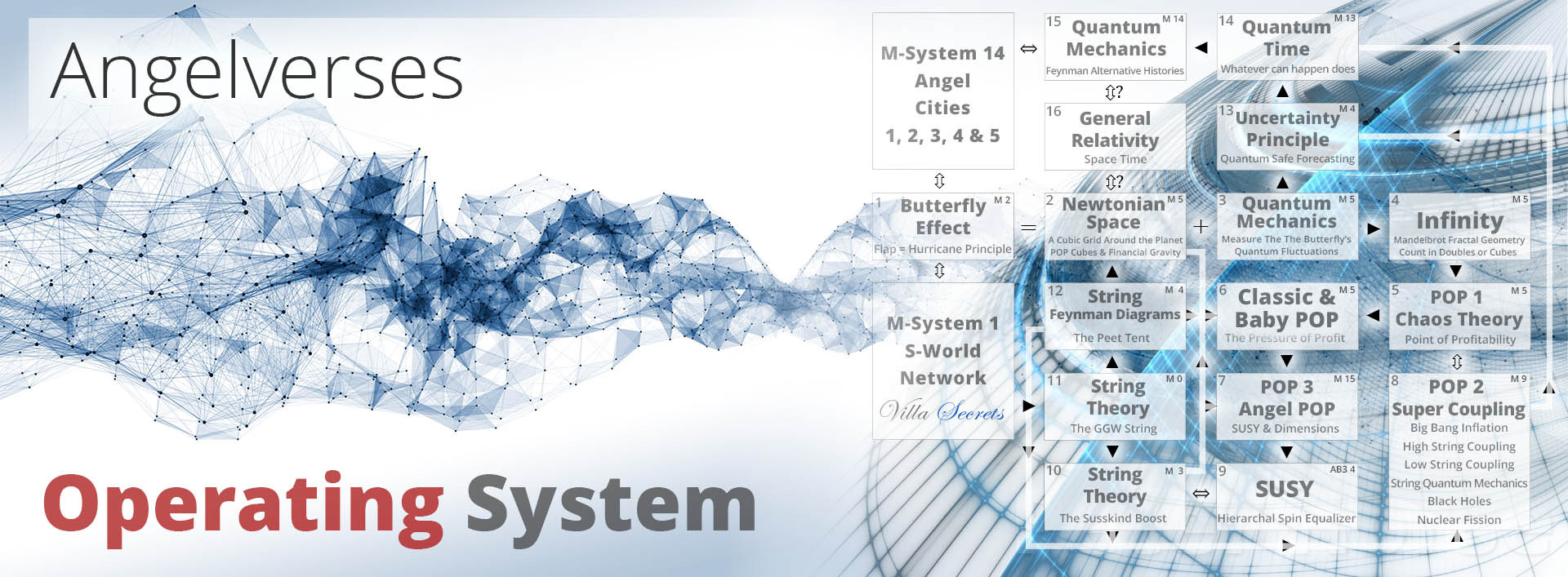
Super Coupling Continued….
POP Super Coupling is also a bridge to quantum mechanics as Dr Amanda Peet presents: “In 1996, two Harvard physicists professors Andrew Strominger & Cumrun Vafa used a set of rules from string coupling to perform string quantum mechanics to calculate what the entropy of what a black hole would be, and it turned out to give exactly the same answer as the Bekenstein-Hawking experiments predicted 40 years earlier using pure quantum mechanics.”
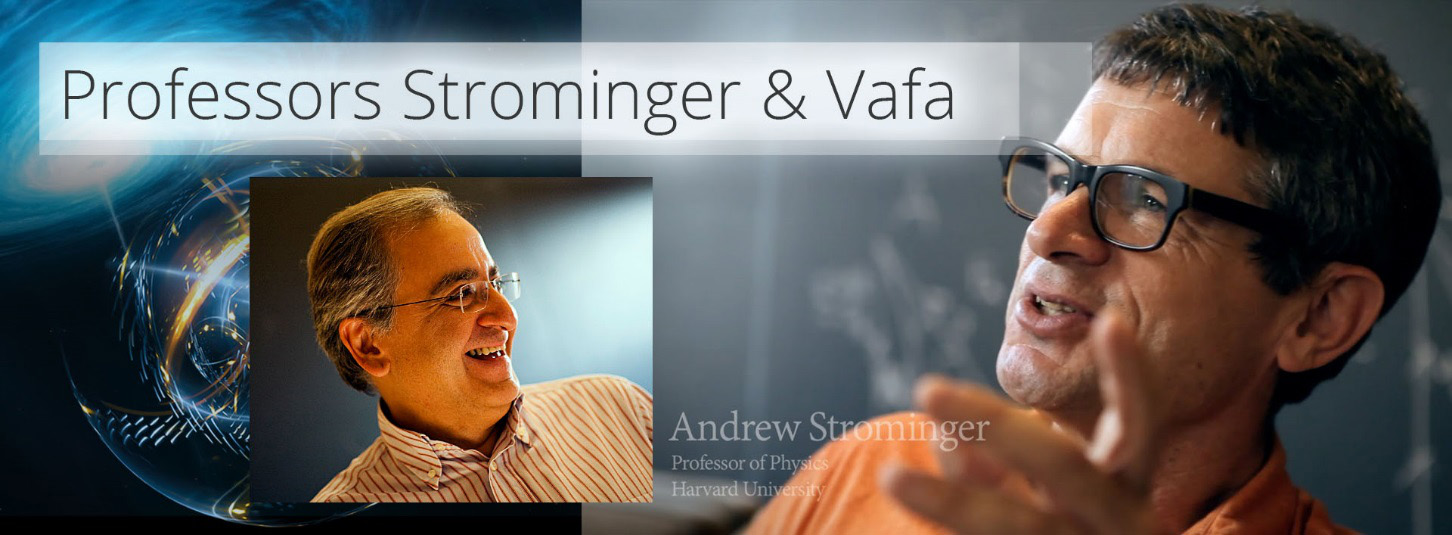
The important point of the above is that by coming to the same conclusion using 2 different methods (quantum mechanics and string theory), it made the theoretical math of string theory much more likely to be correct in physics.
Another more recent consideration of Super Coupling was gleamed from the 6th chapter of Professor Michio Kaku’s ‘Parallel Worlds,’ where Super Coupling is not unlike nuclear fission, as explored by Niels Bohr and John Wheeler and the first experiments in creating the atomic bomb.
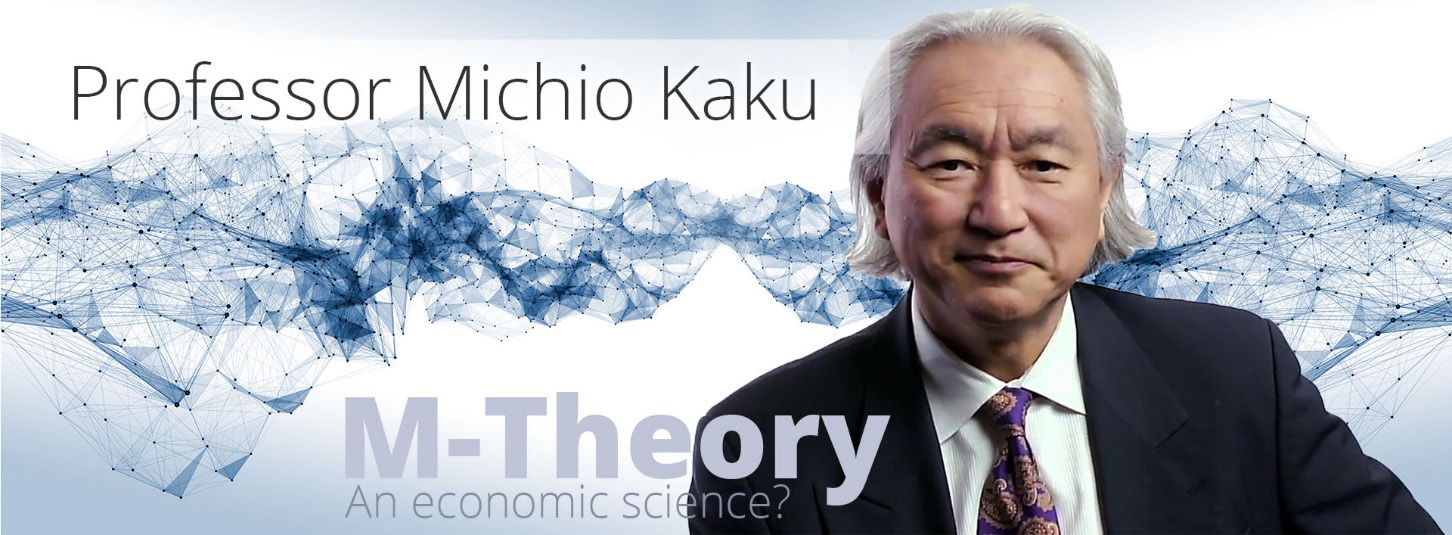
“Since everything in the quantum theory is a matter of probability and chance, Niels Bohr and John Wheeler estimated the probability that a neutron will break apart its uranium nucleus, releasing 2 or more neutrons, which then fission even more uranium nuclei, which then release ever more neutrons, and so on setting off a chain reaction capable of devastating a modern city.’
However, ‘In quantum mechanics, you can never know if any particular neutron will fission a uranium atom, but you can compute with incredible accuracy the probability that billions of uranium atoms will fission in a bomb.’
Professor Michio Kaku ‘Parallel Worlds’
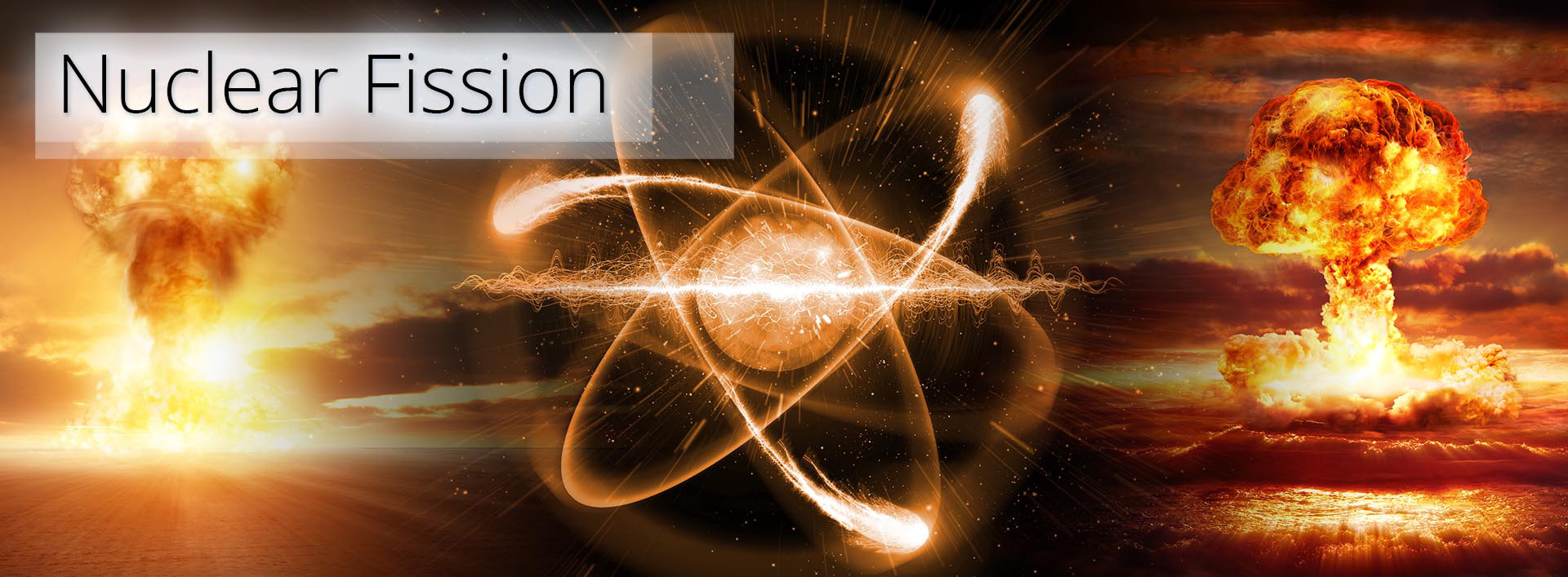
Considering the above, we look at our Hawking-Green Equation which tells us in theory a single company could engulf the global economy.
However, in terms of creating one company per Michal Green’s ‘one string can become the universe scenario’; even if it can be shown to work on paper, we cannot realistically predict the outcome in terms of all the future companies that can be created from it.
And why would we? POP is slow at the beginning, and it would be 2 or 3 years before we saw the next company was created. Instead we have a billion ways to create companies, and a general intent to make the software, expand rapidly then later seek to double the size of the network each year.

Now, we go to quantum systems M-System 4. Quantum Safe Forecasting and the ‘Feynman Sum Over Histories’ systems… M-Systems 13. S-World UCS Voyagers & M-System 14. Angel Cities.
